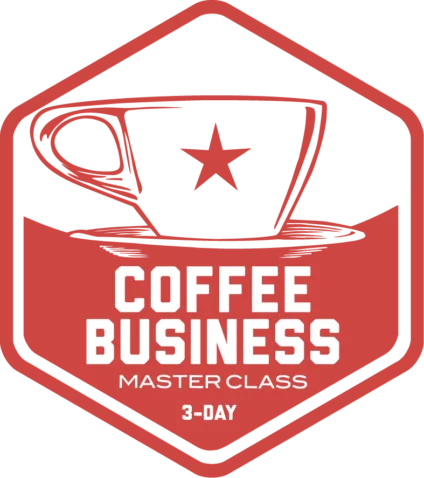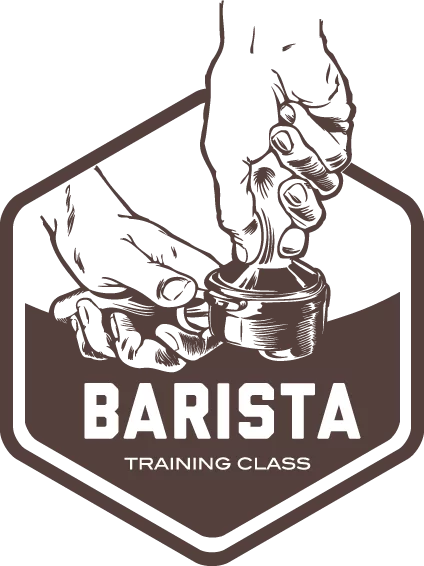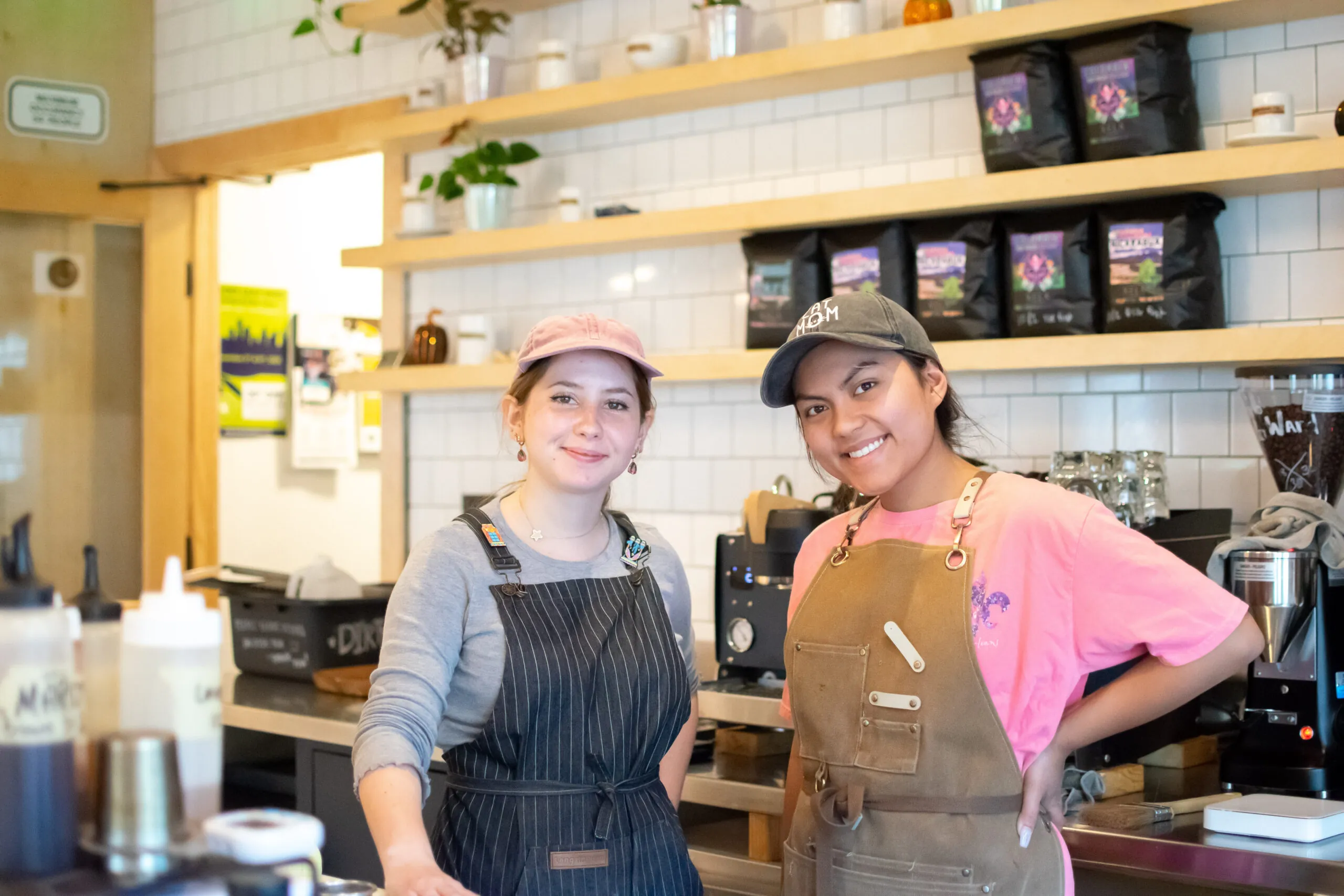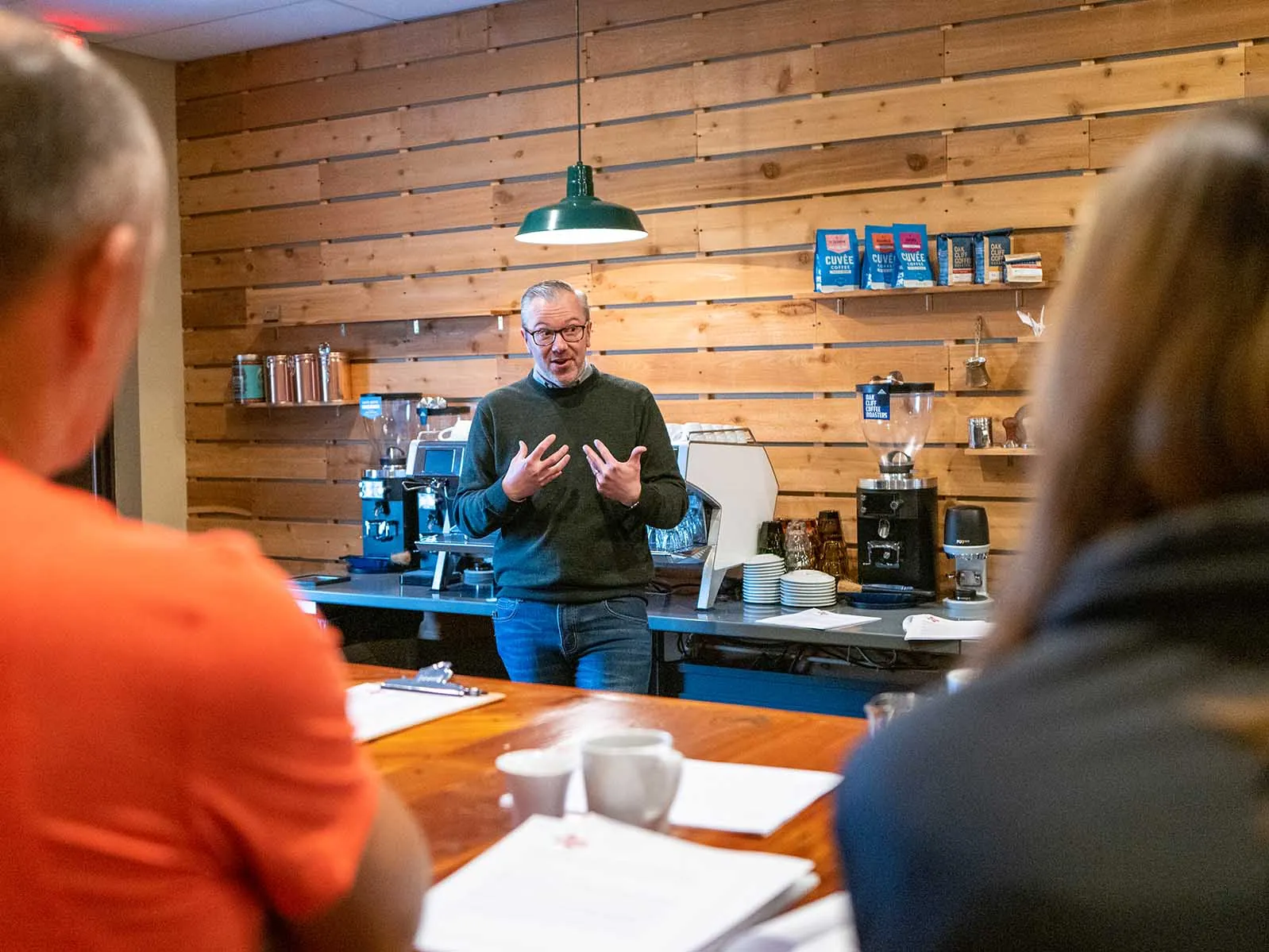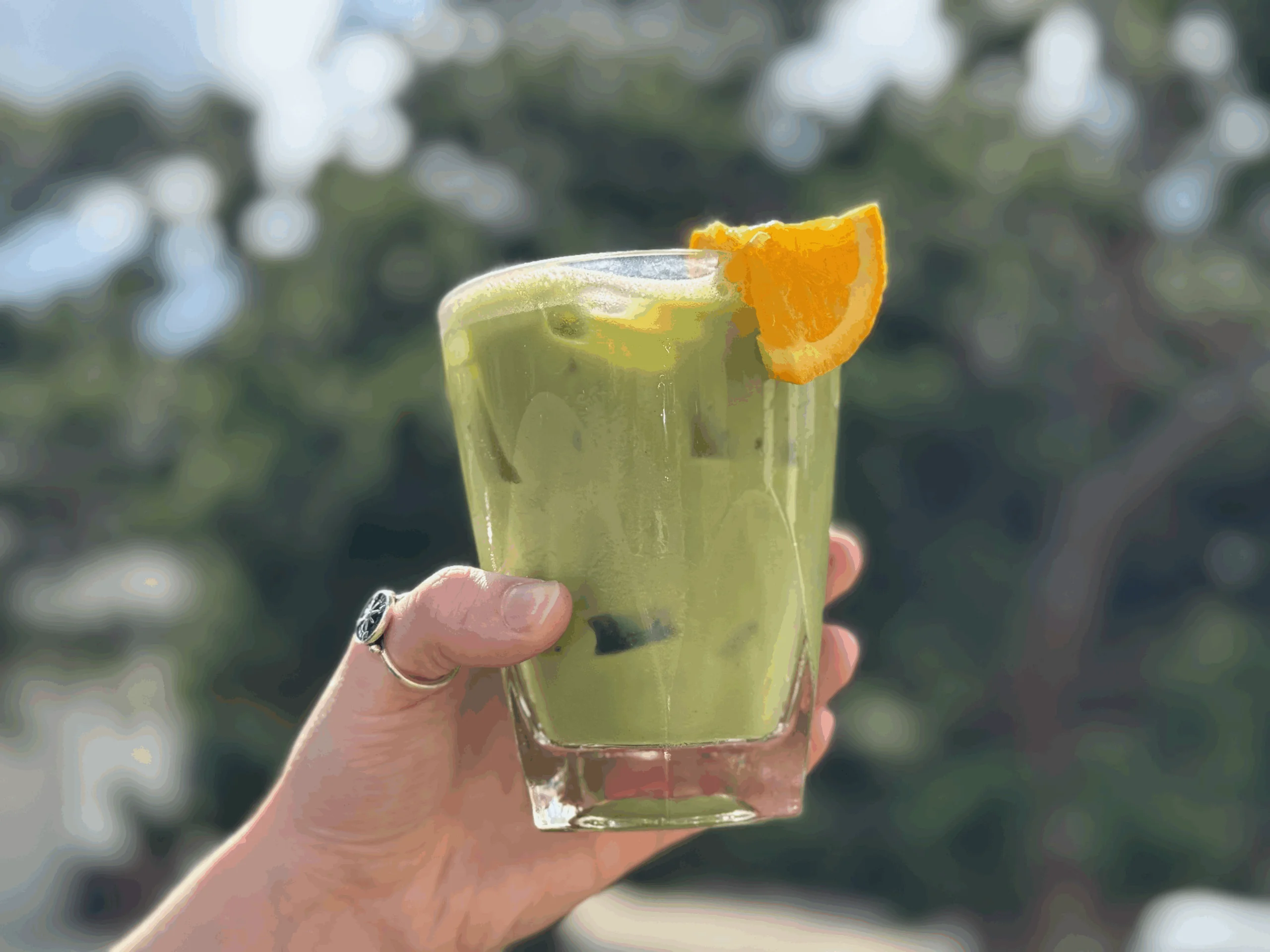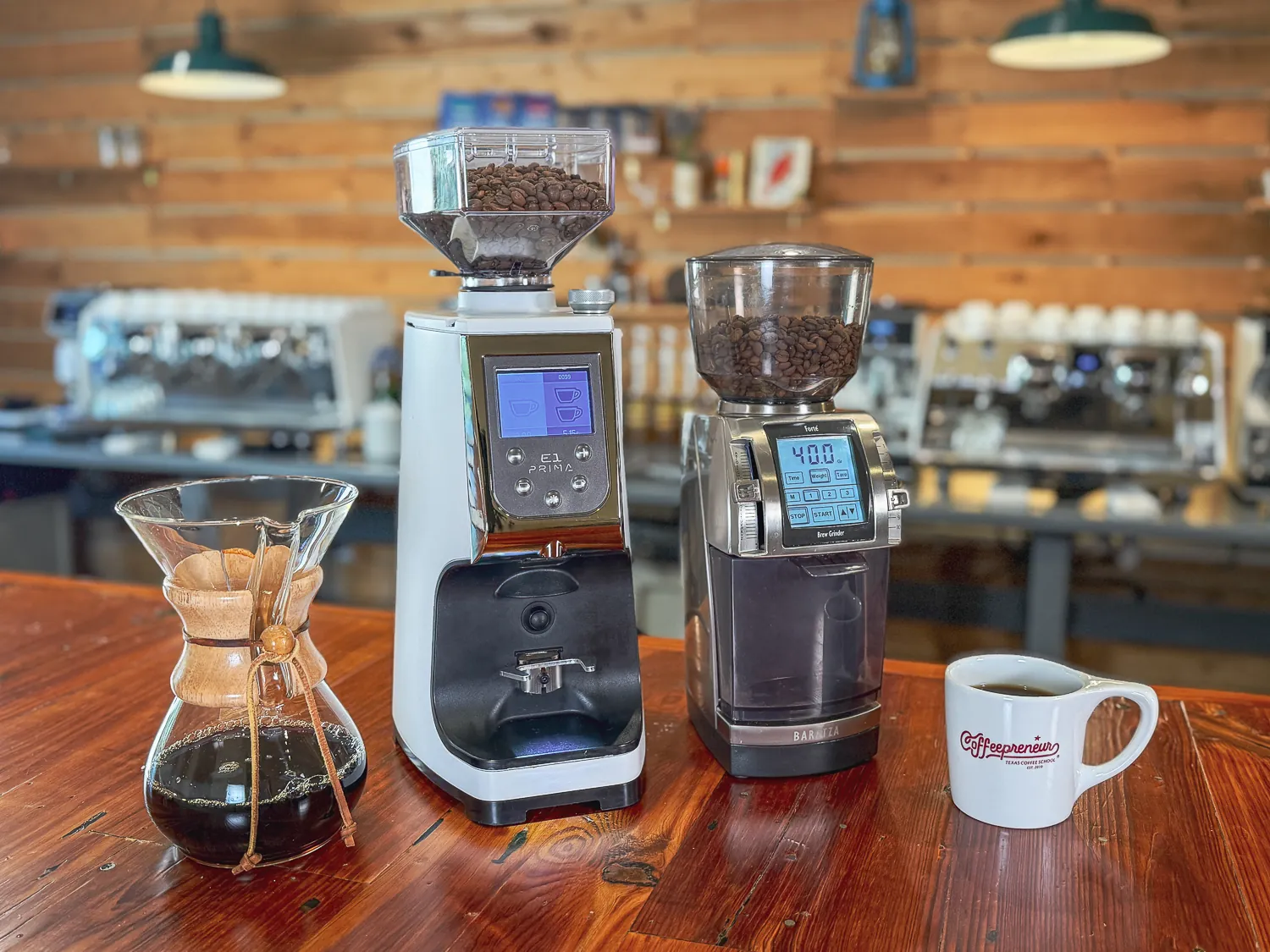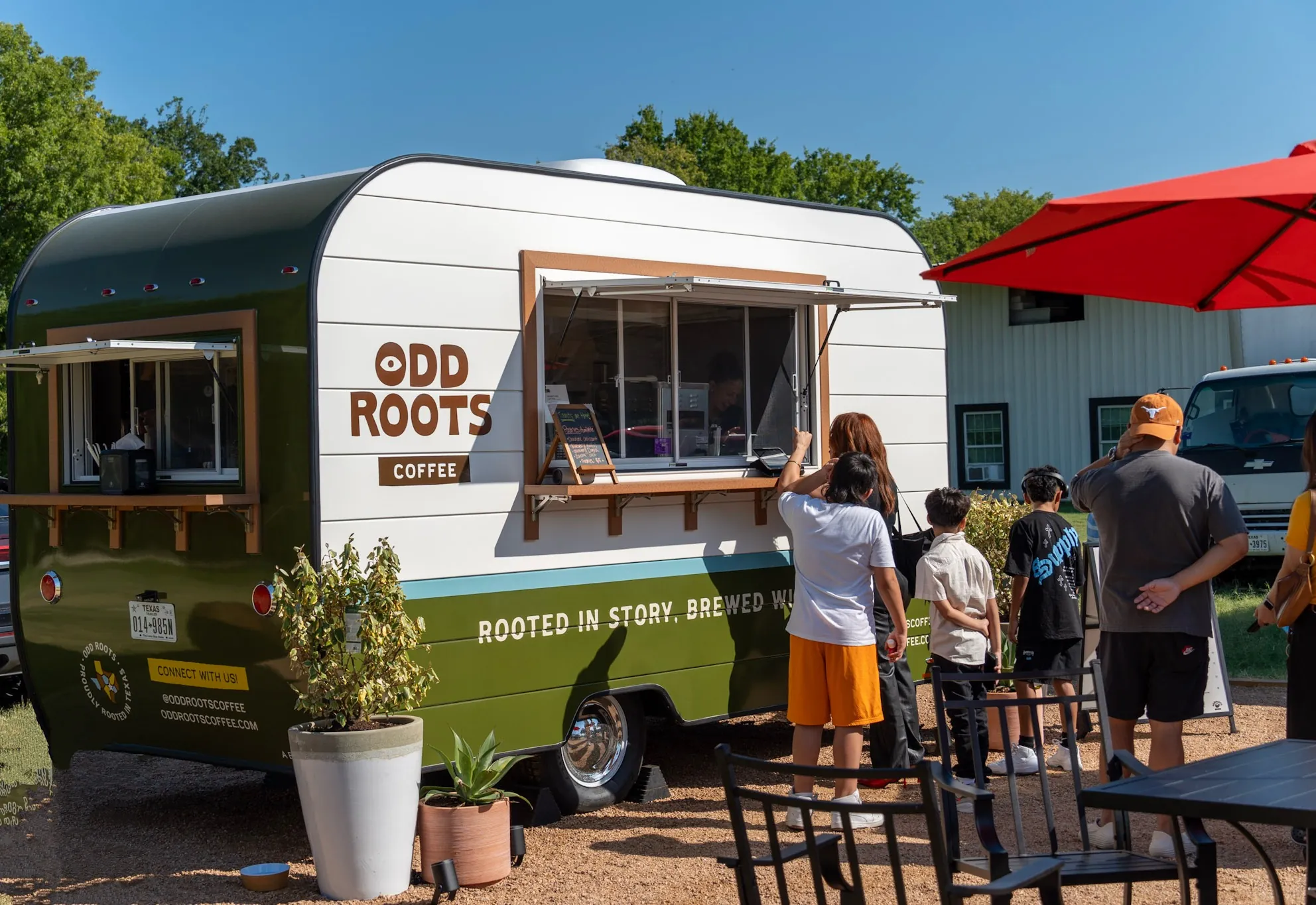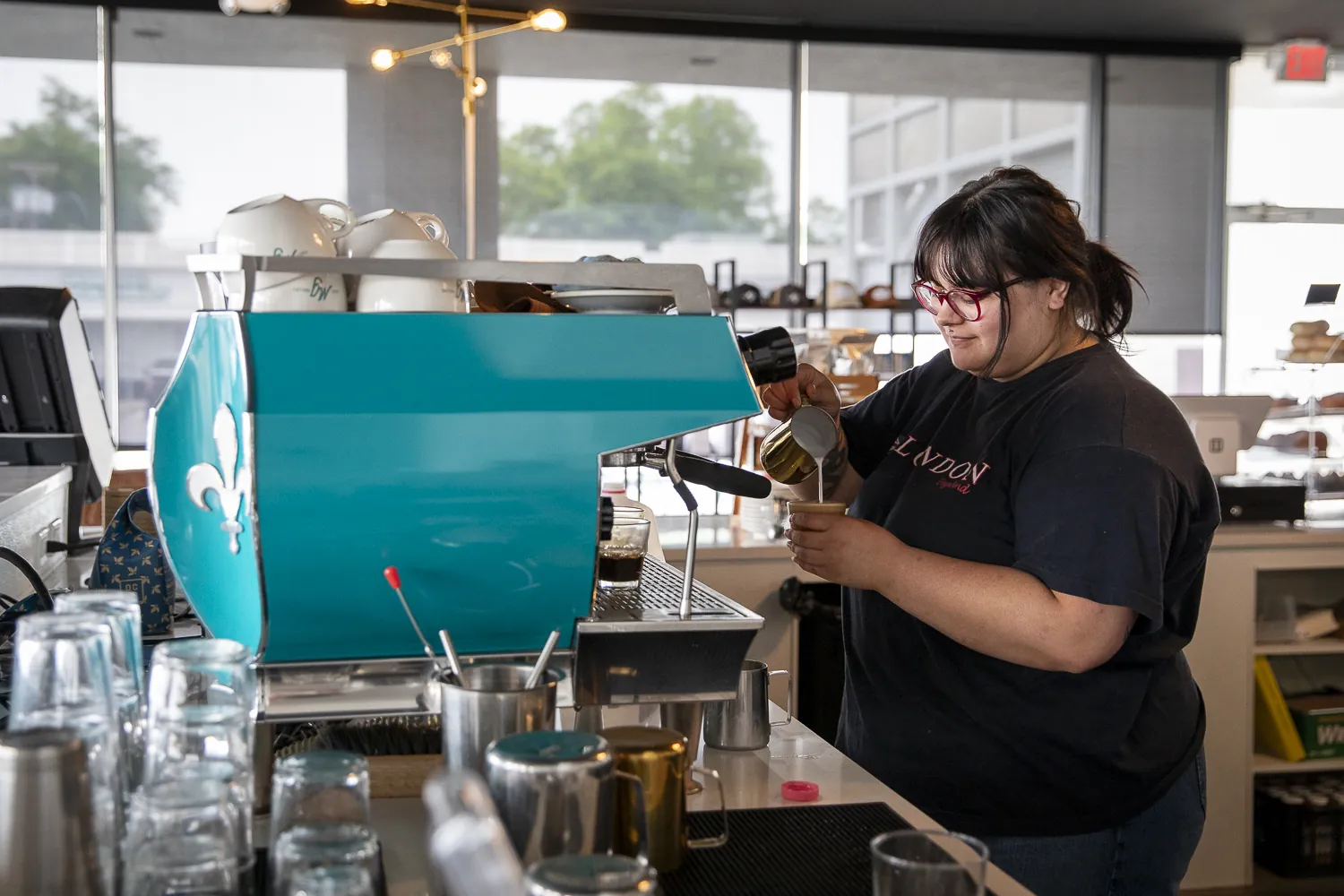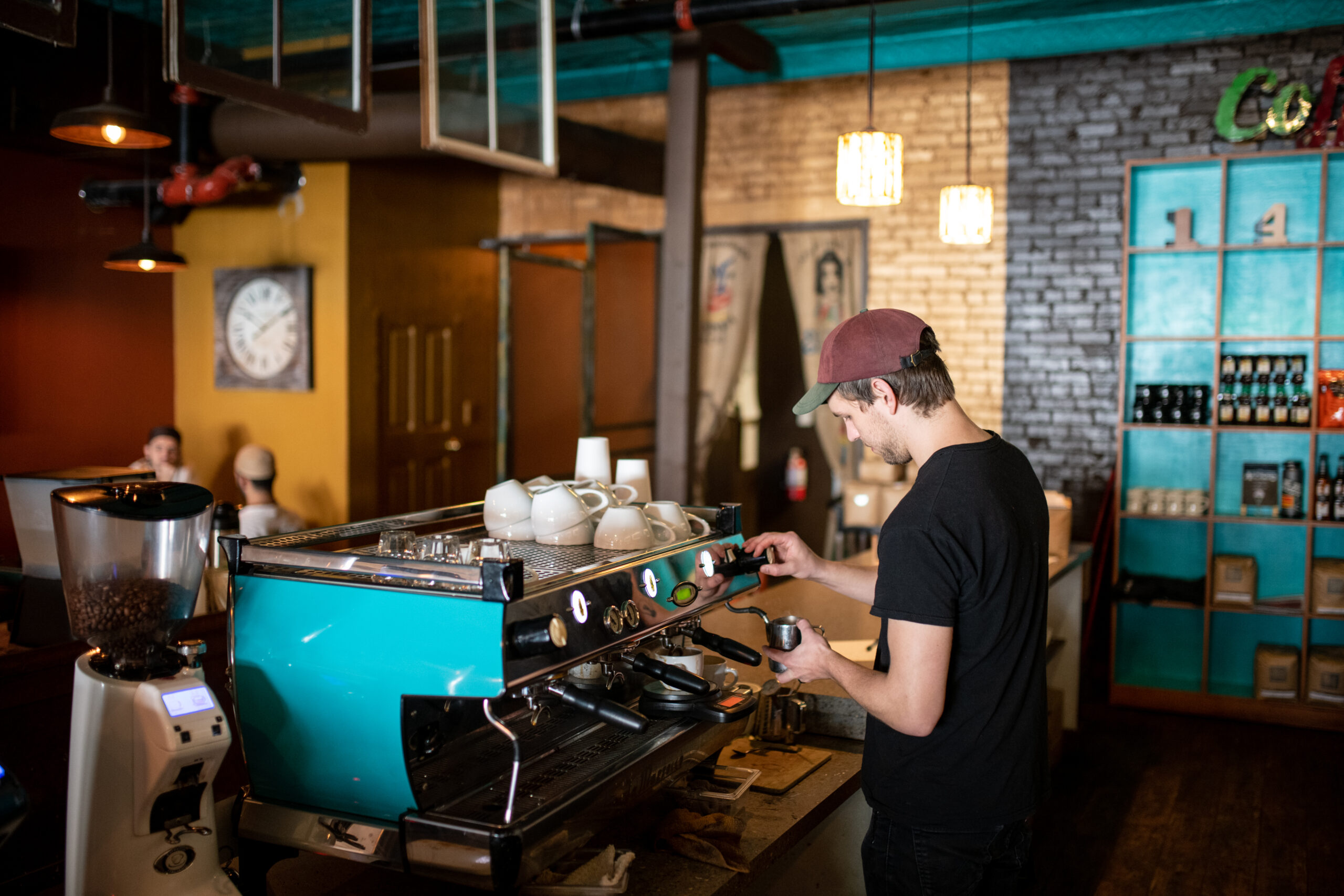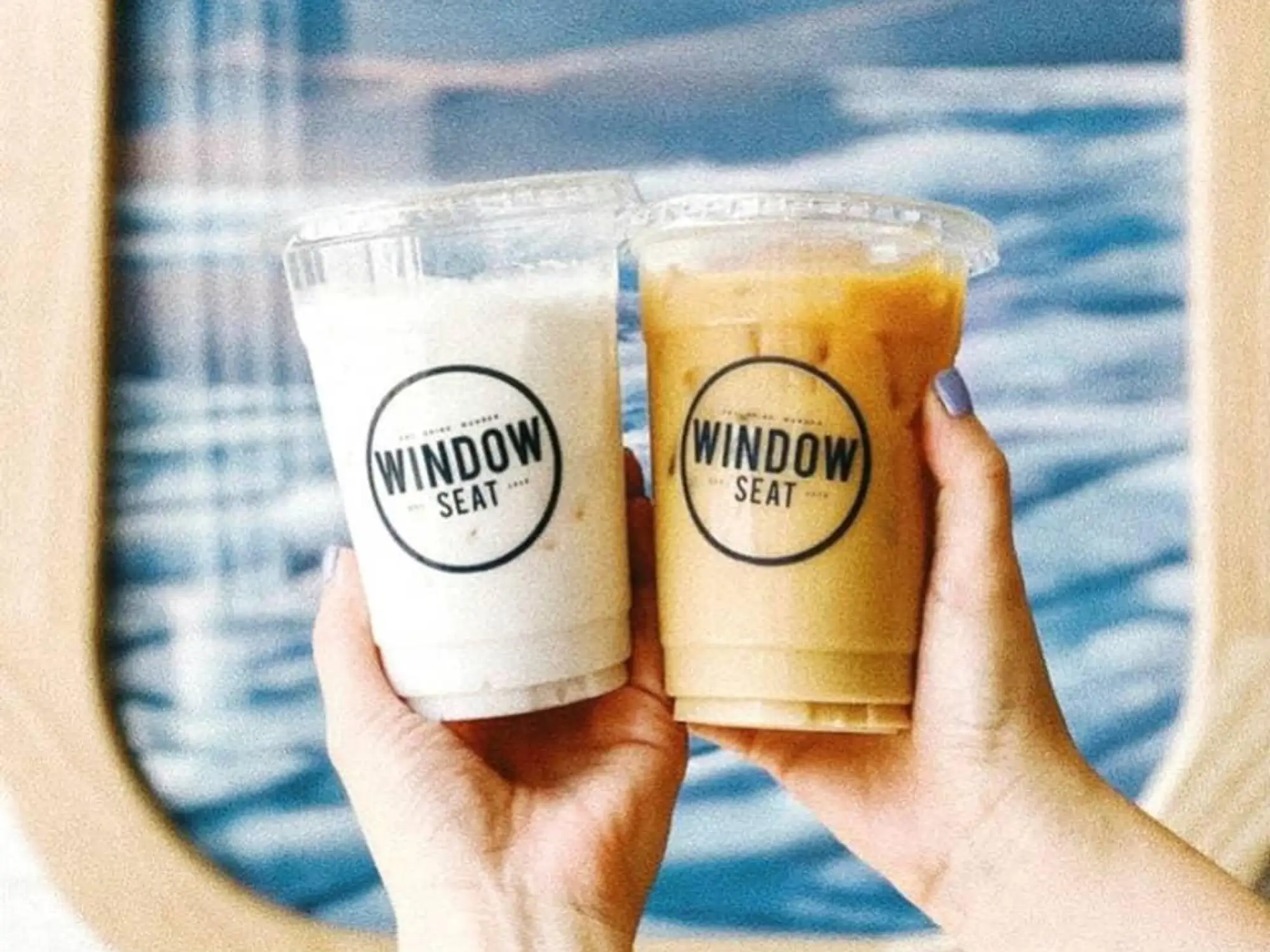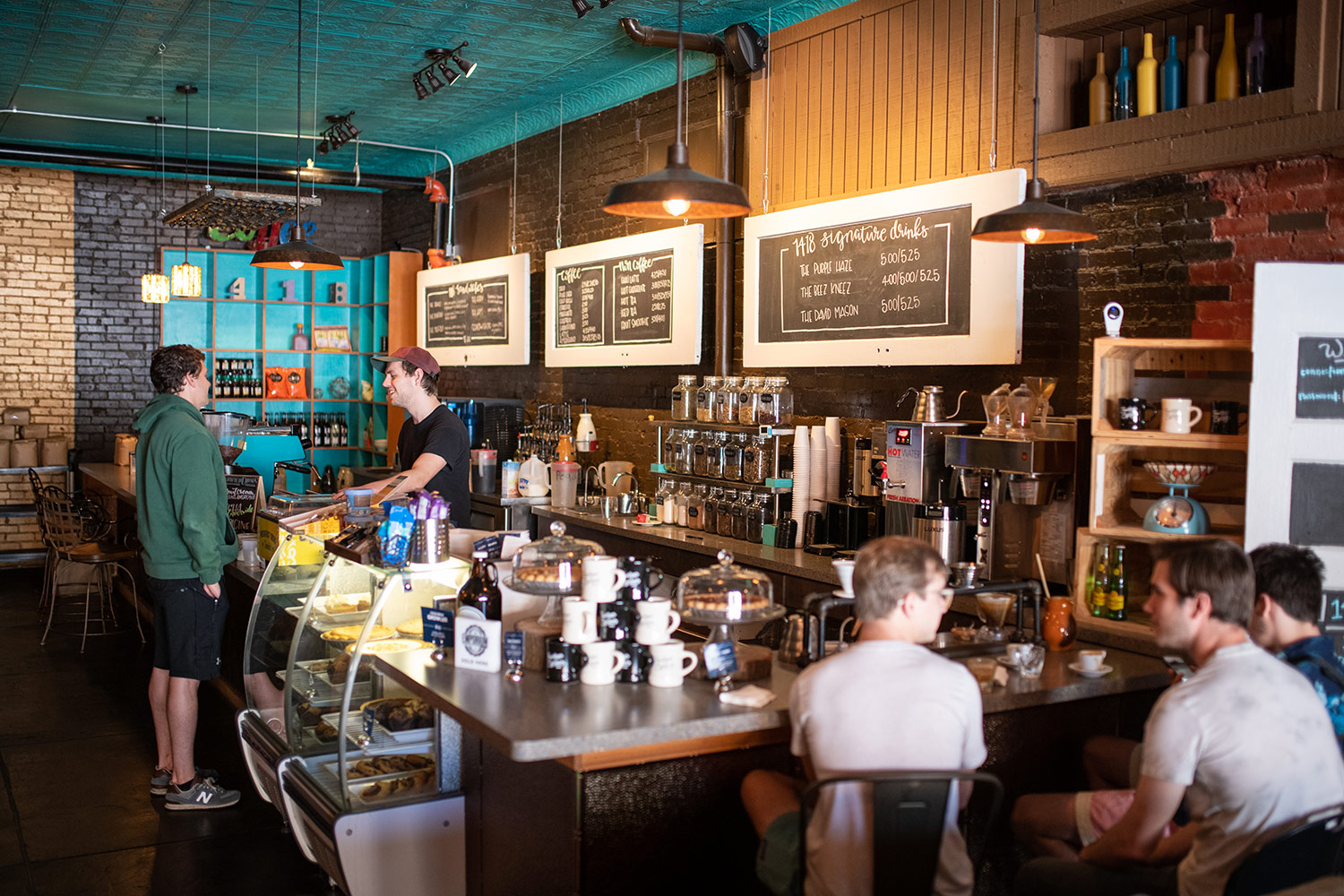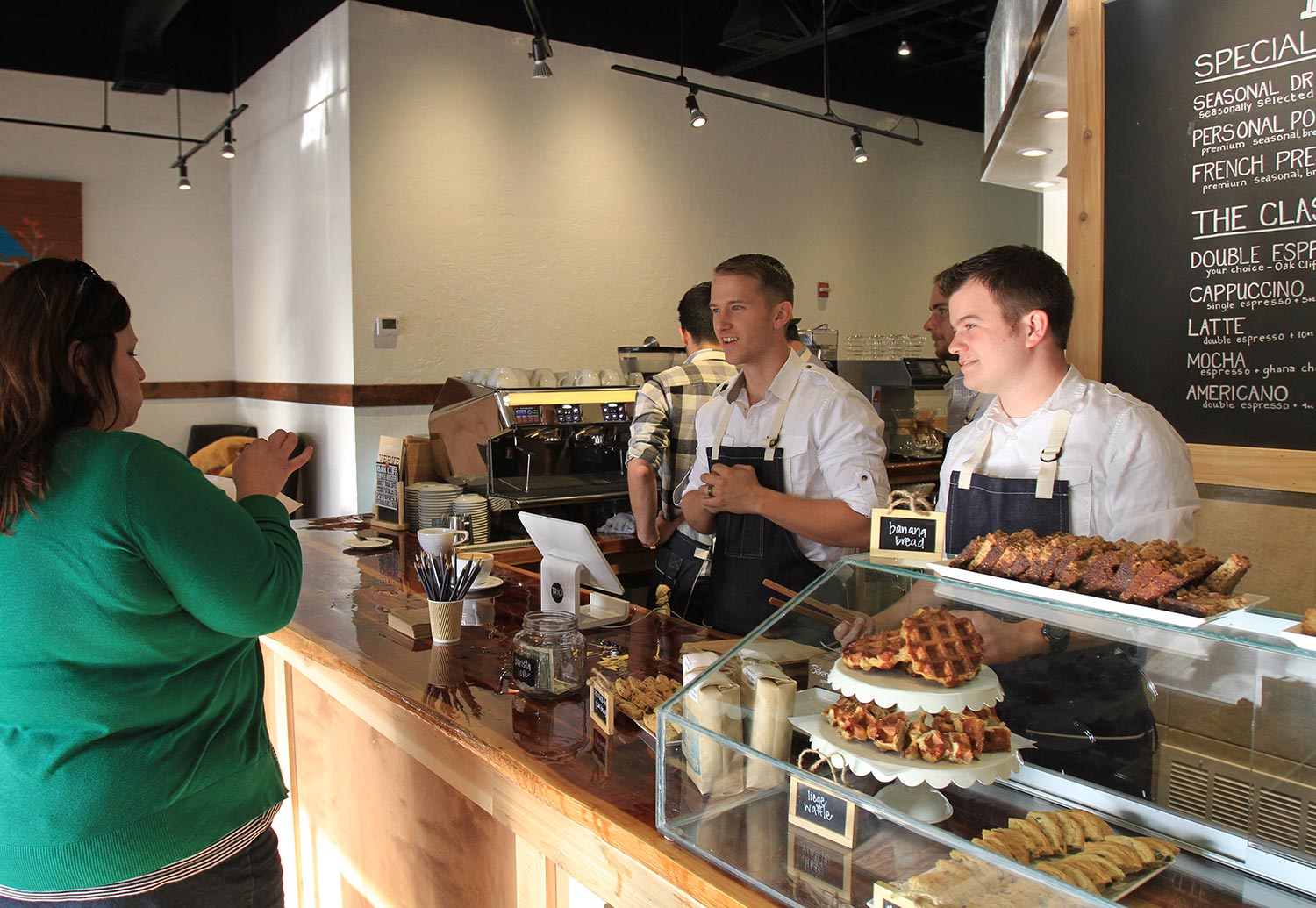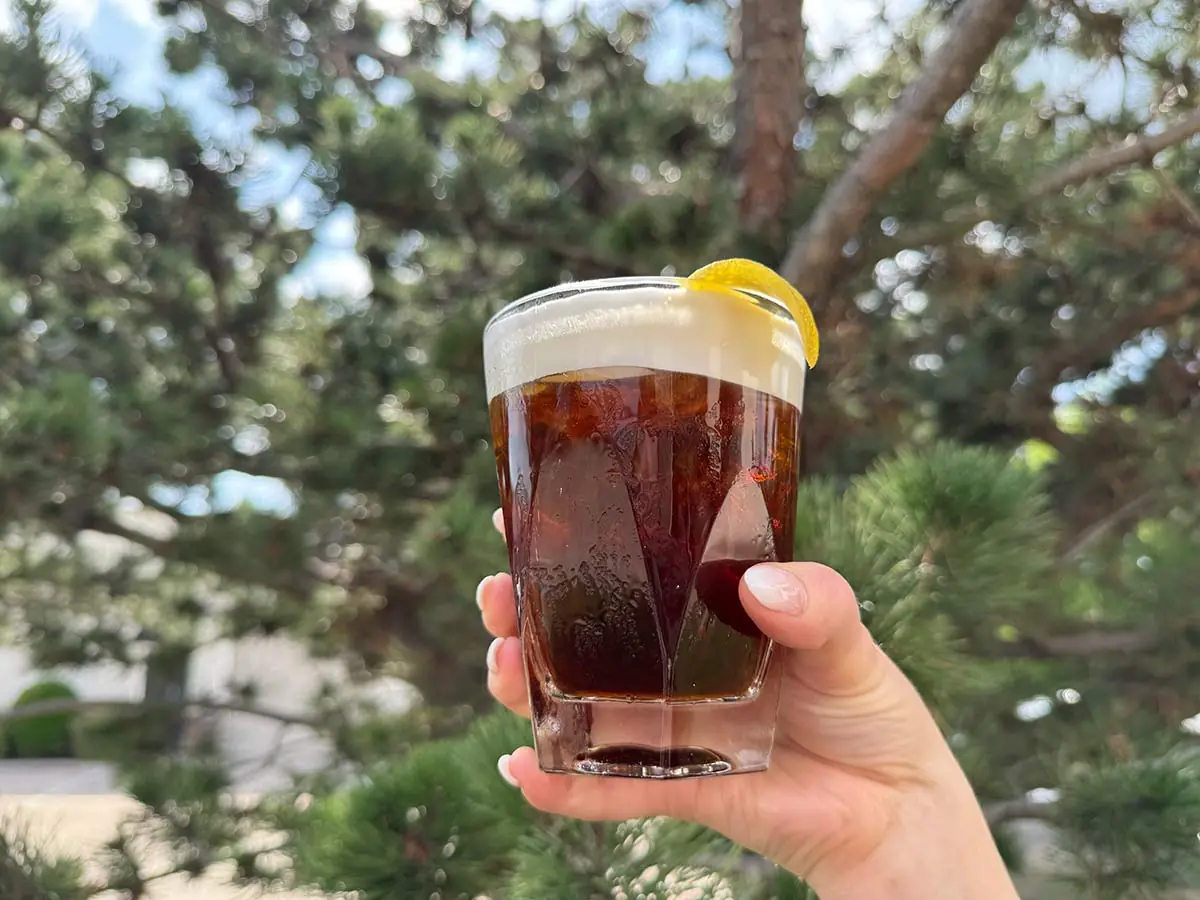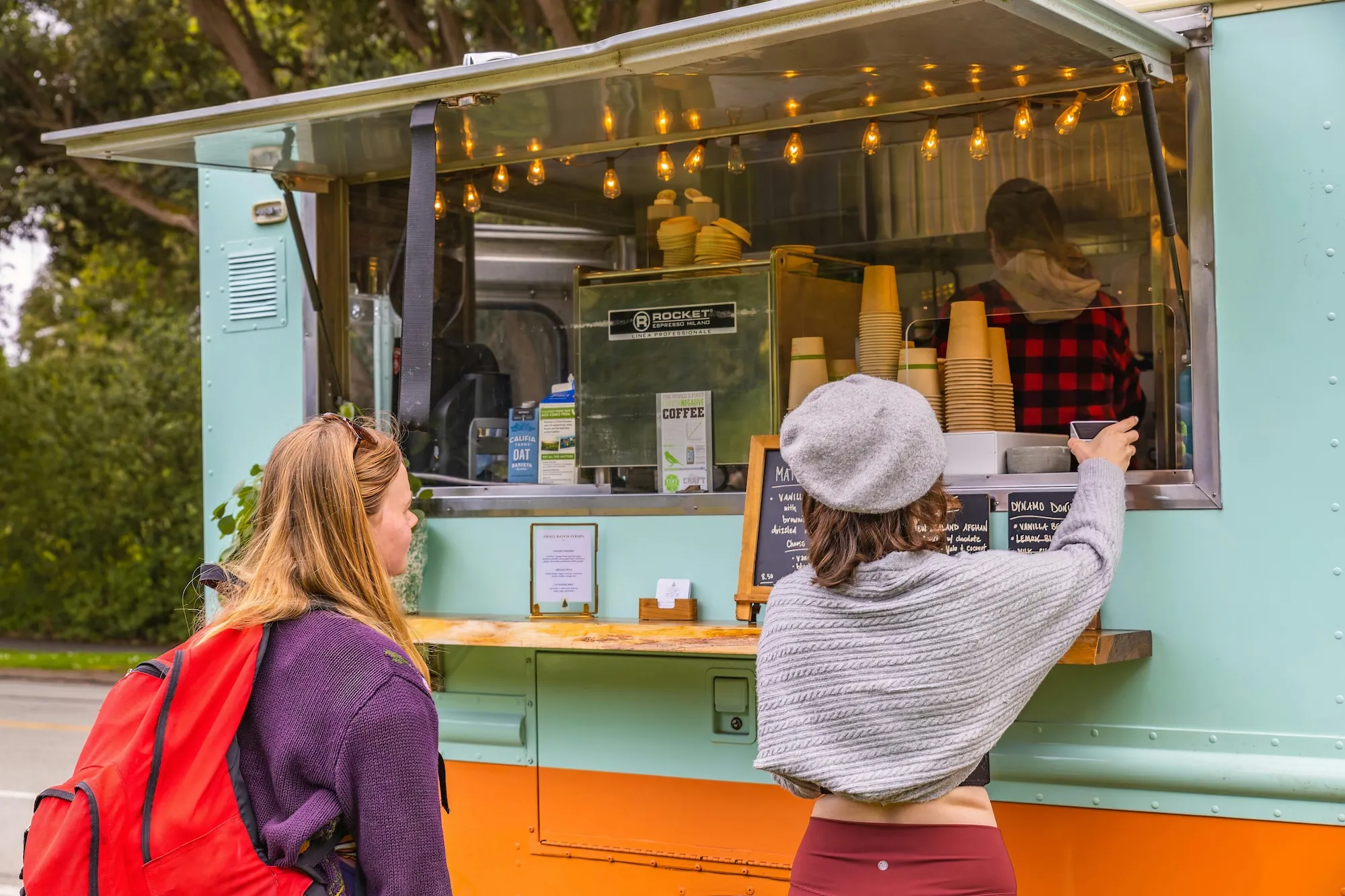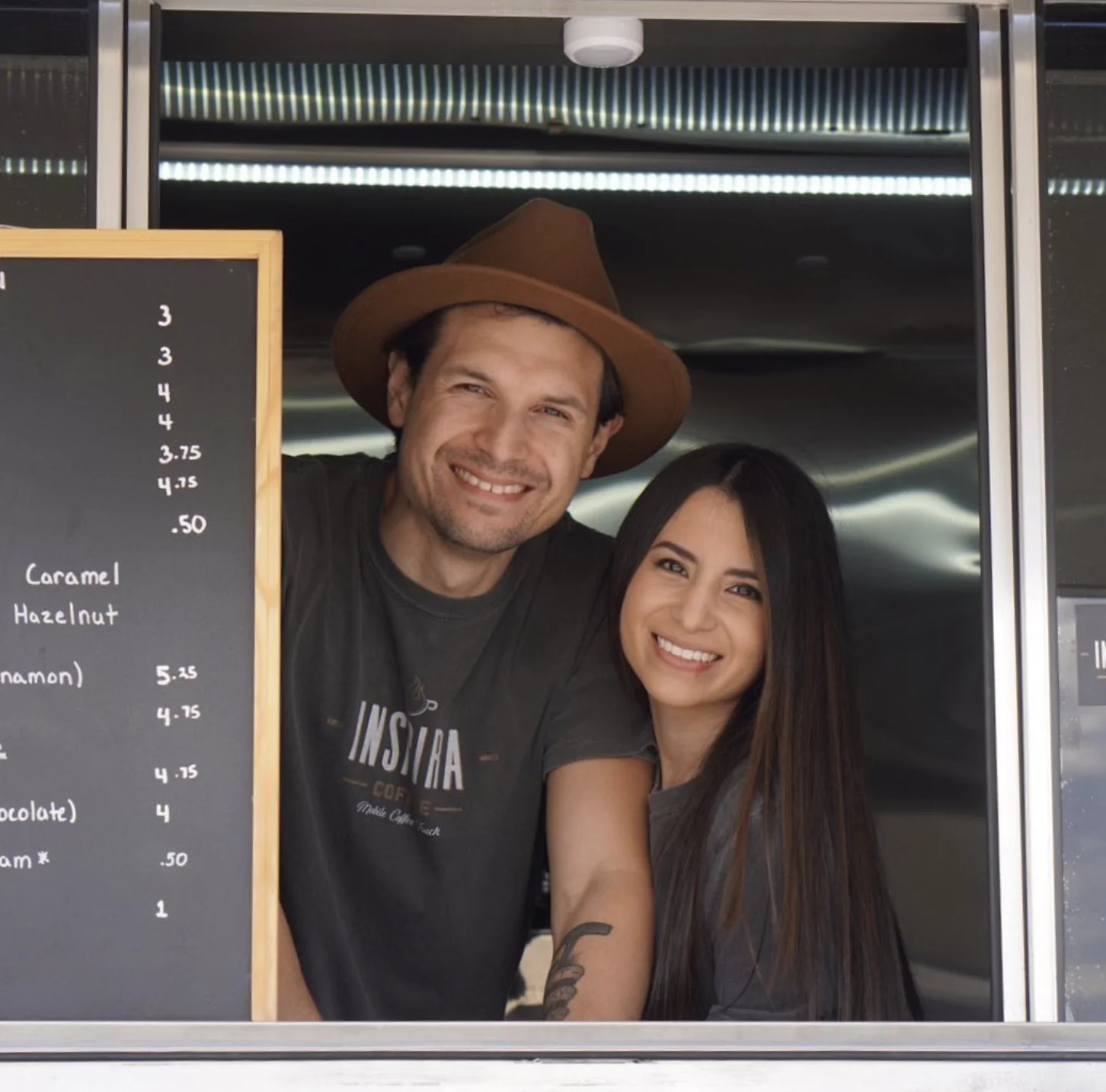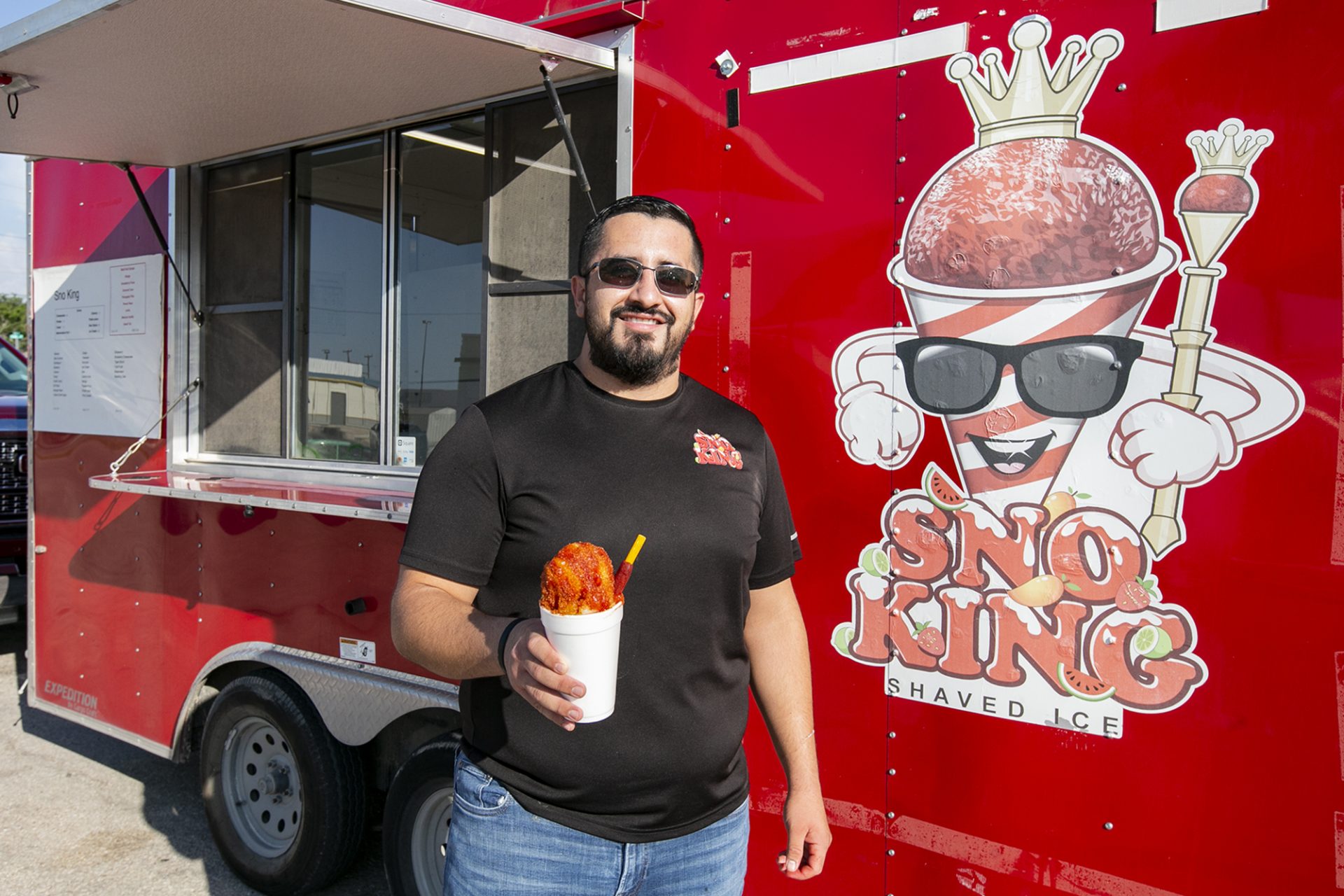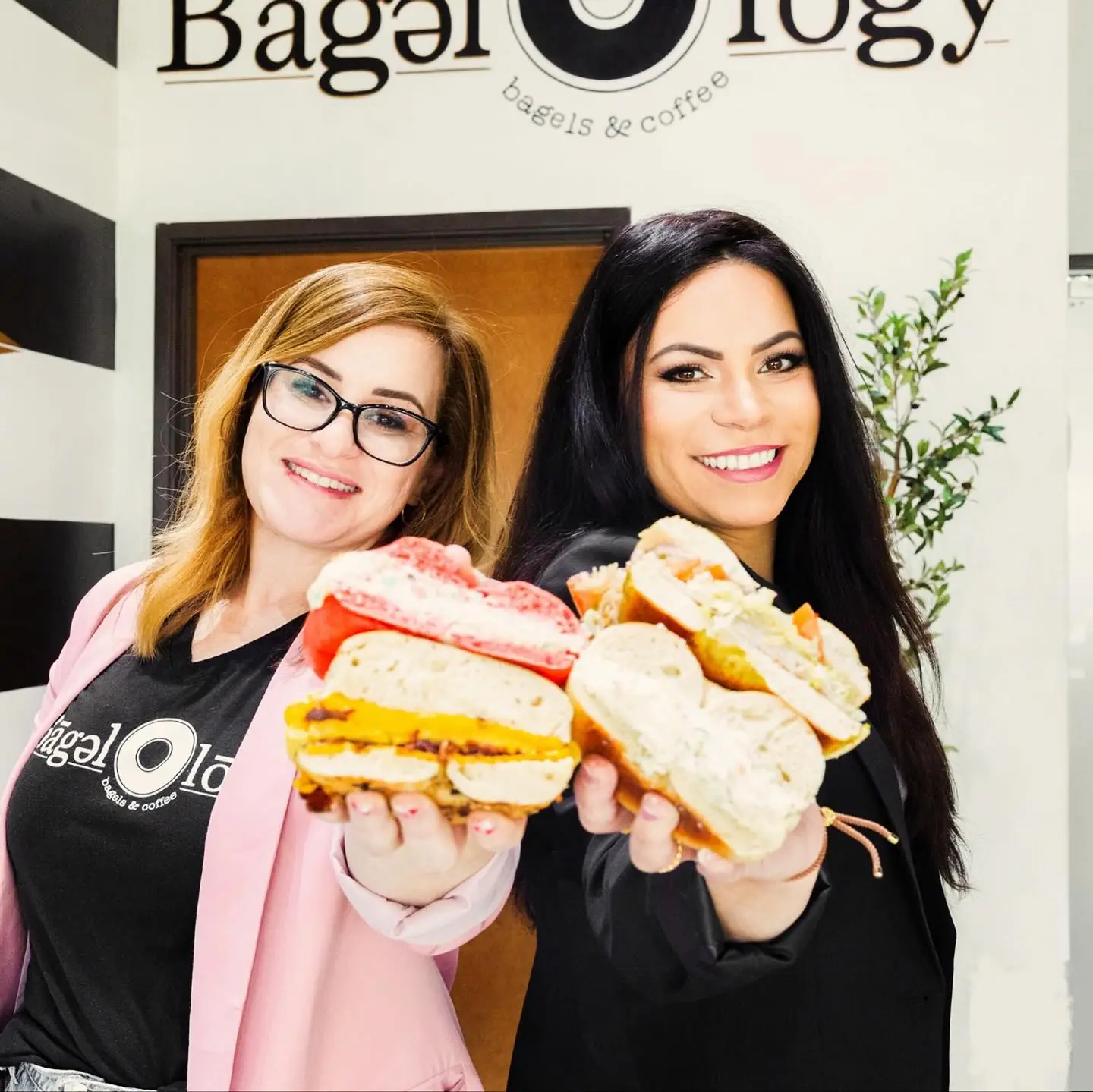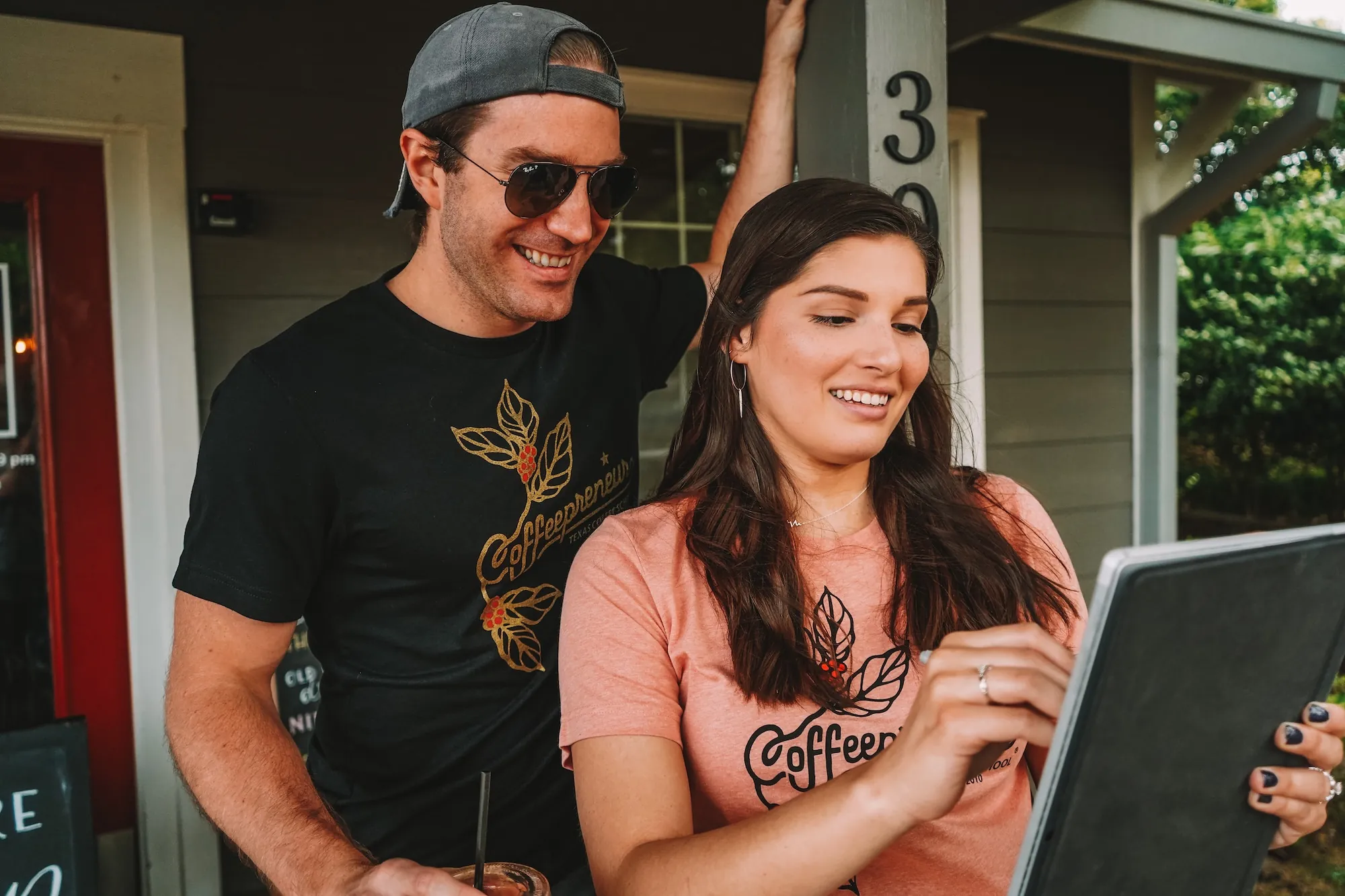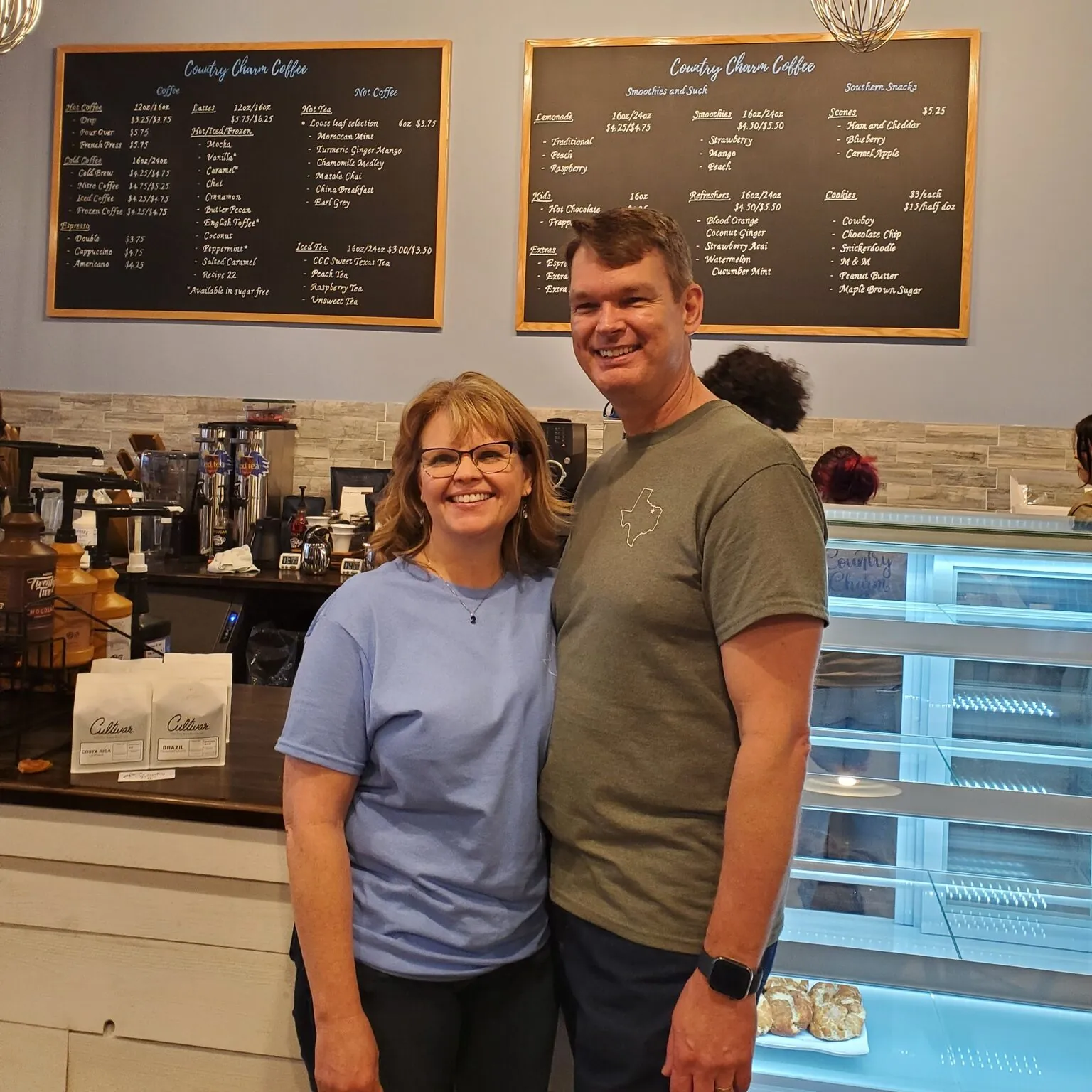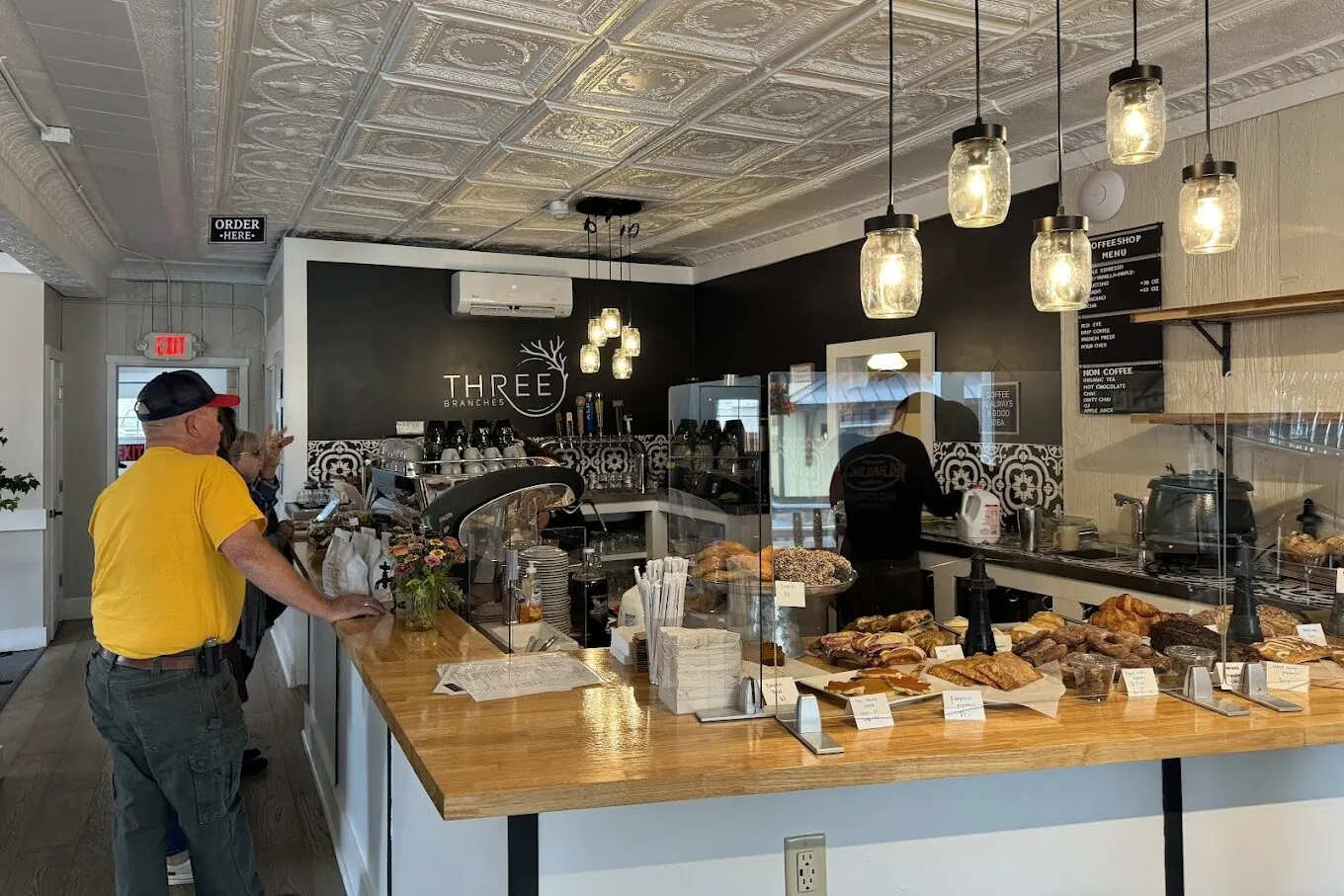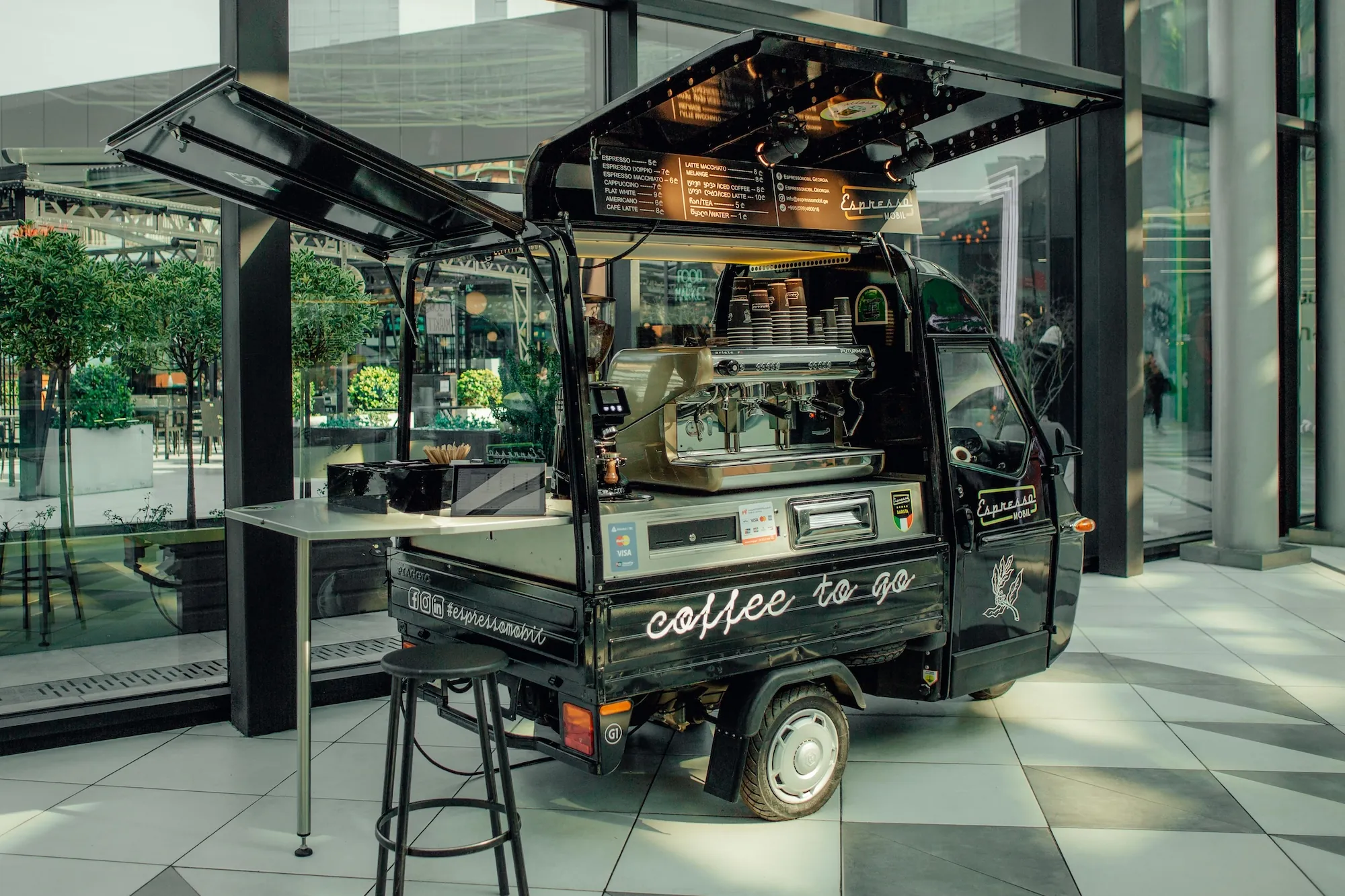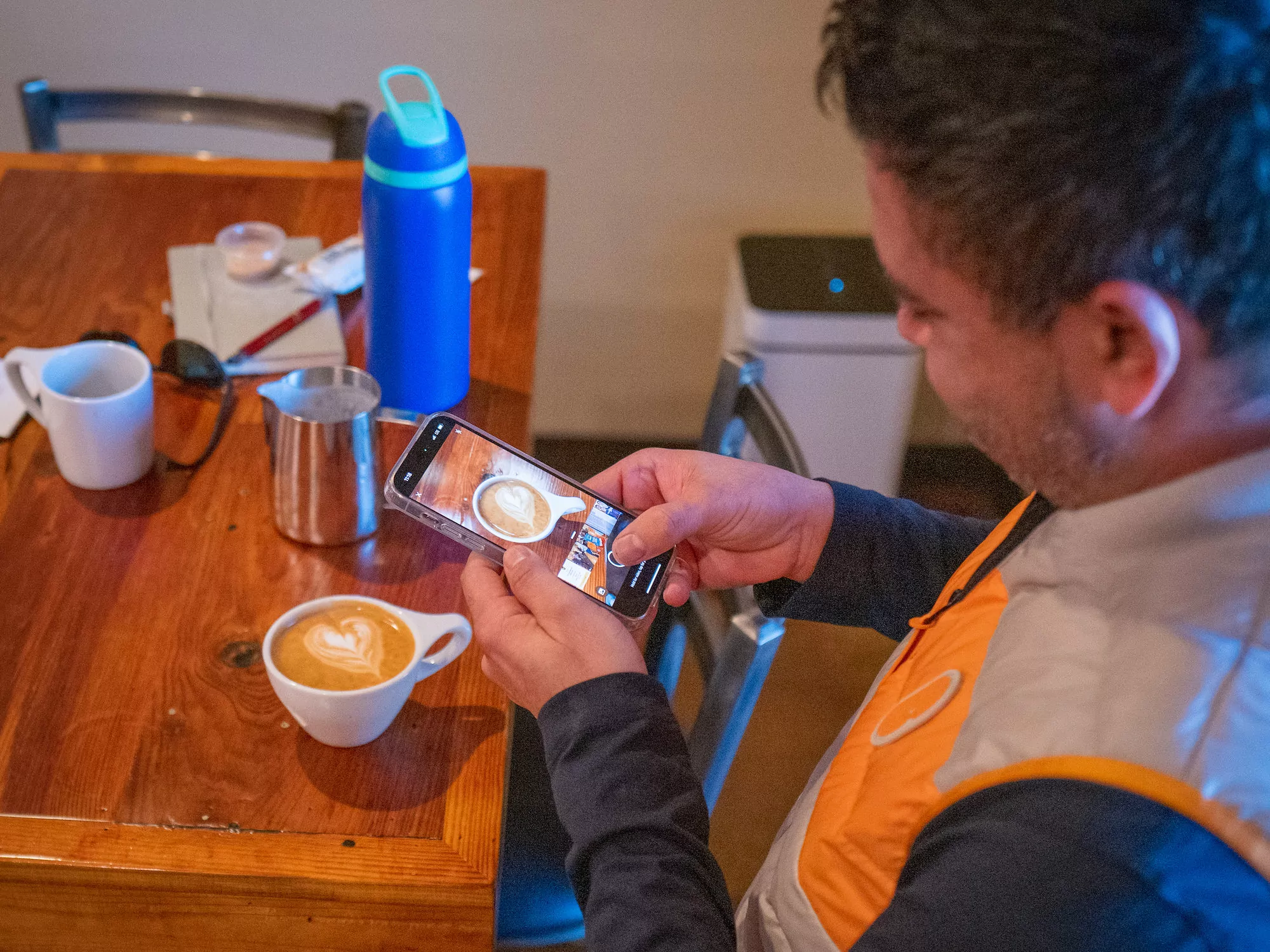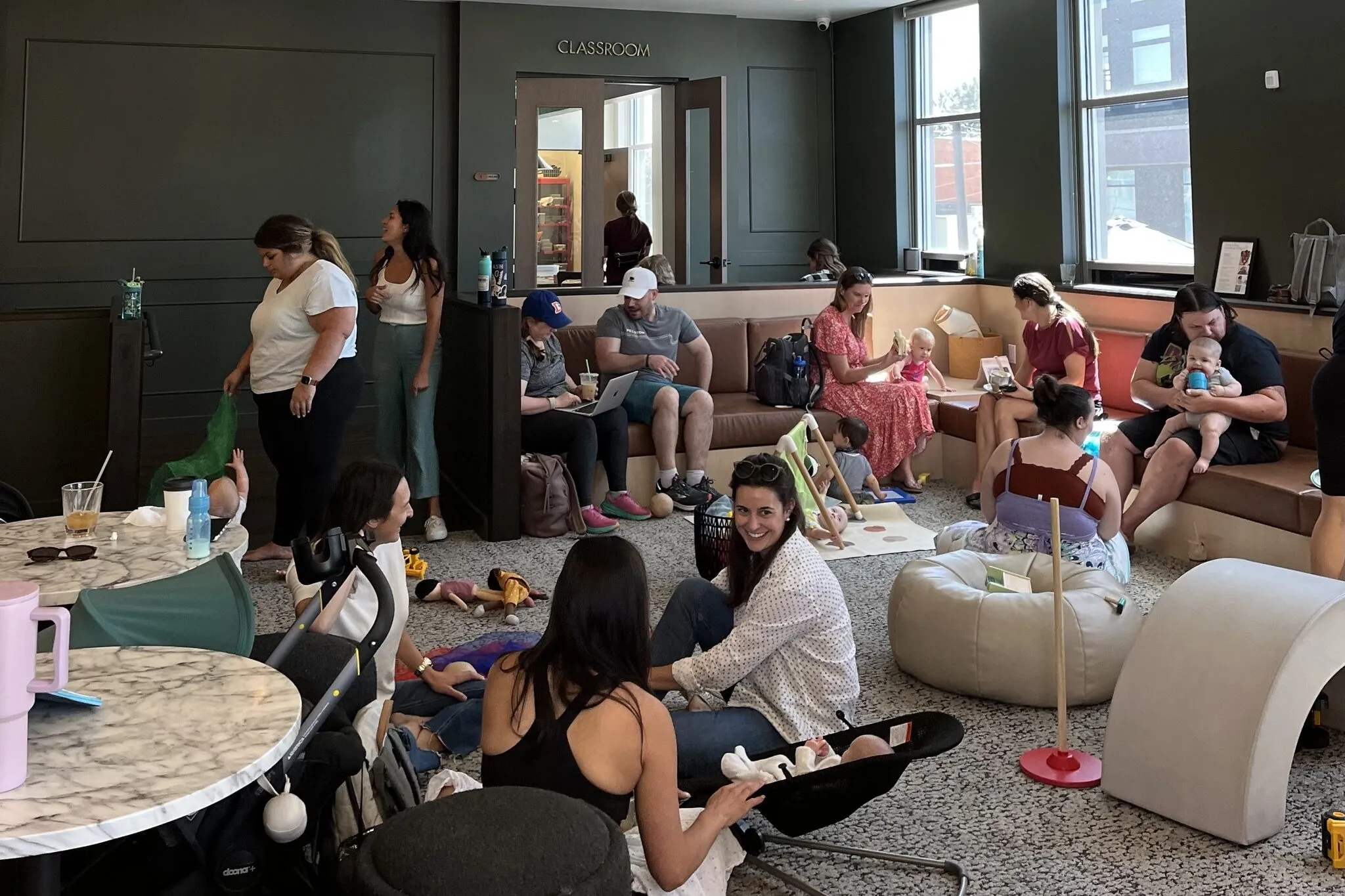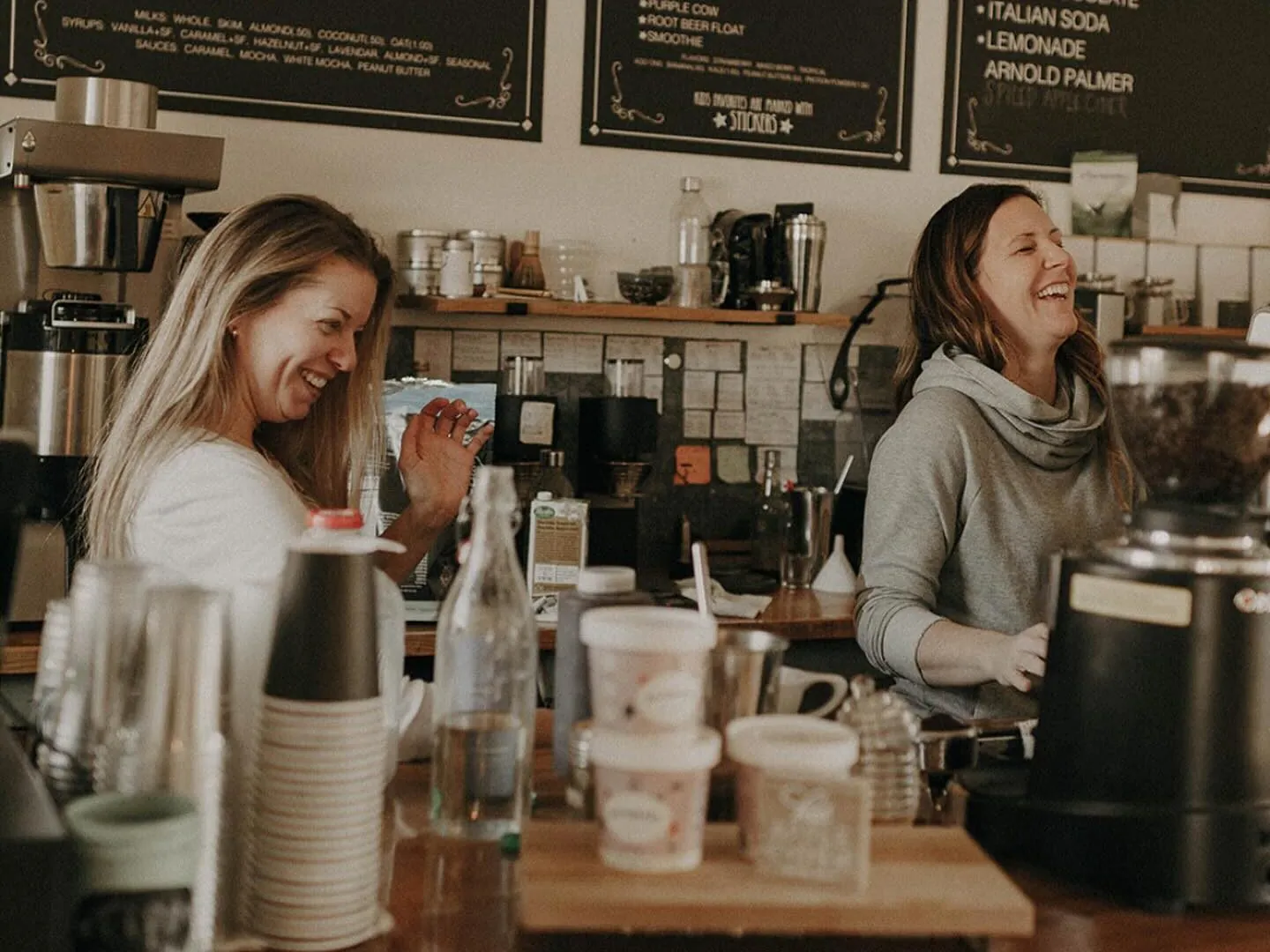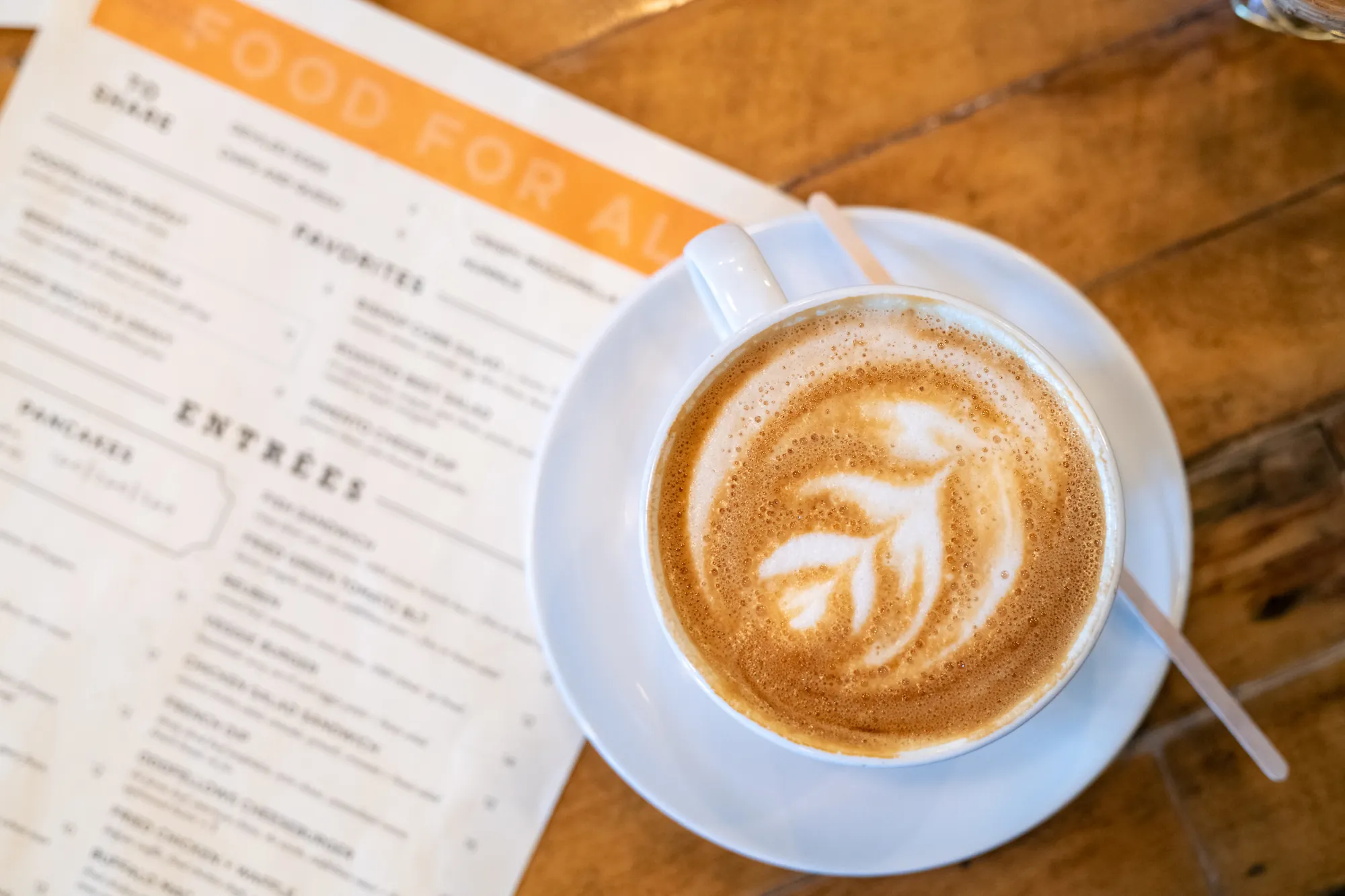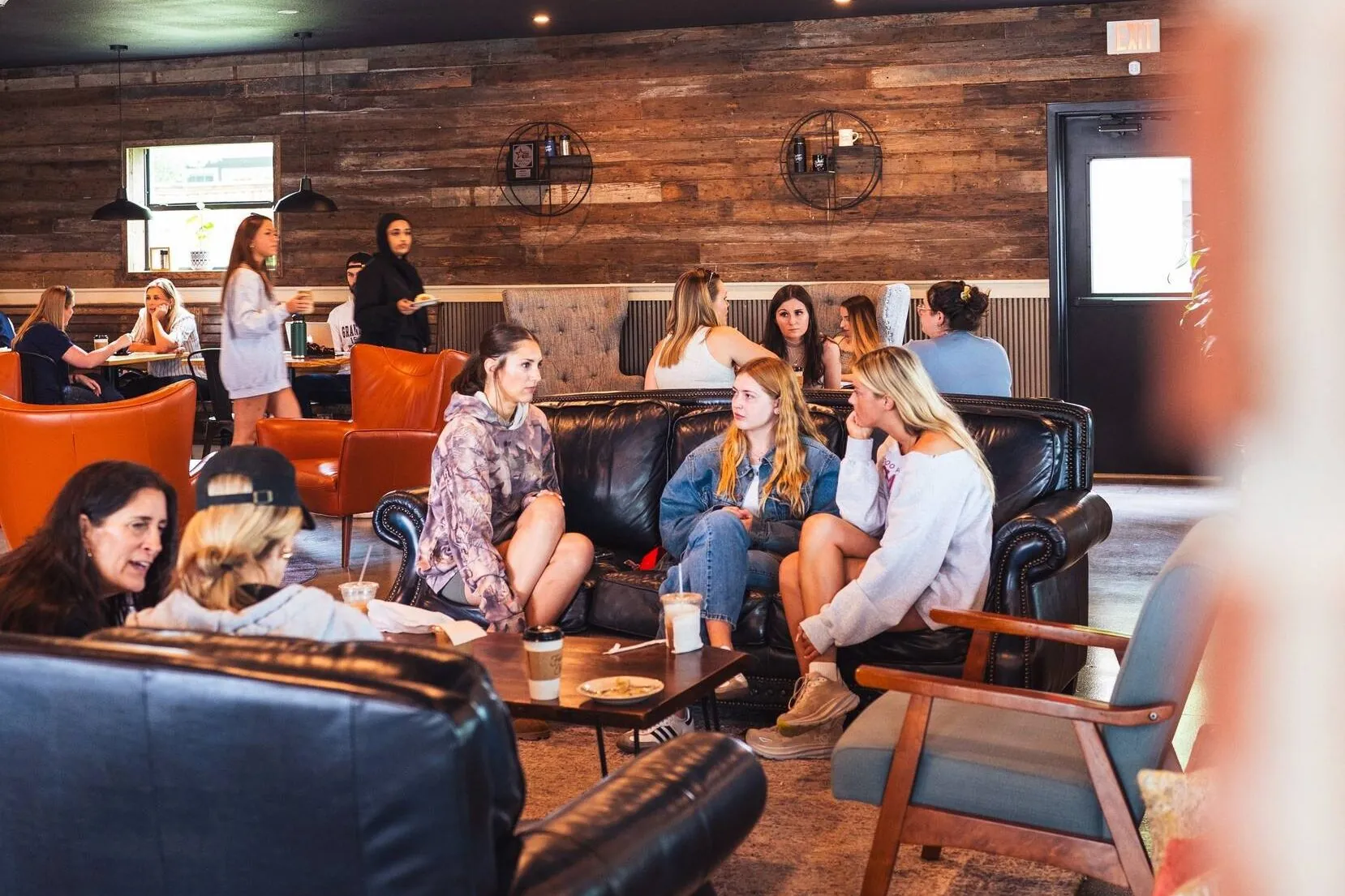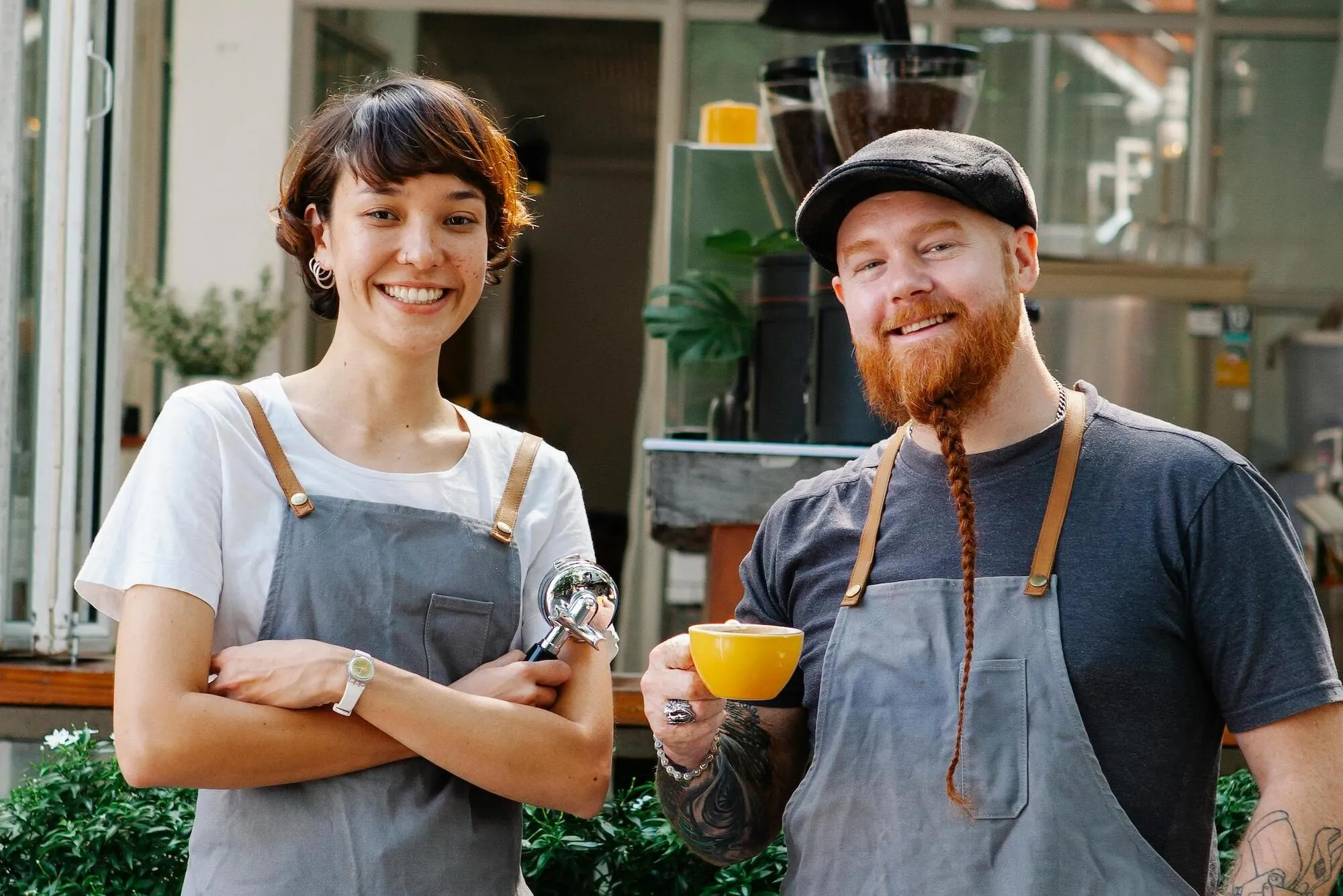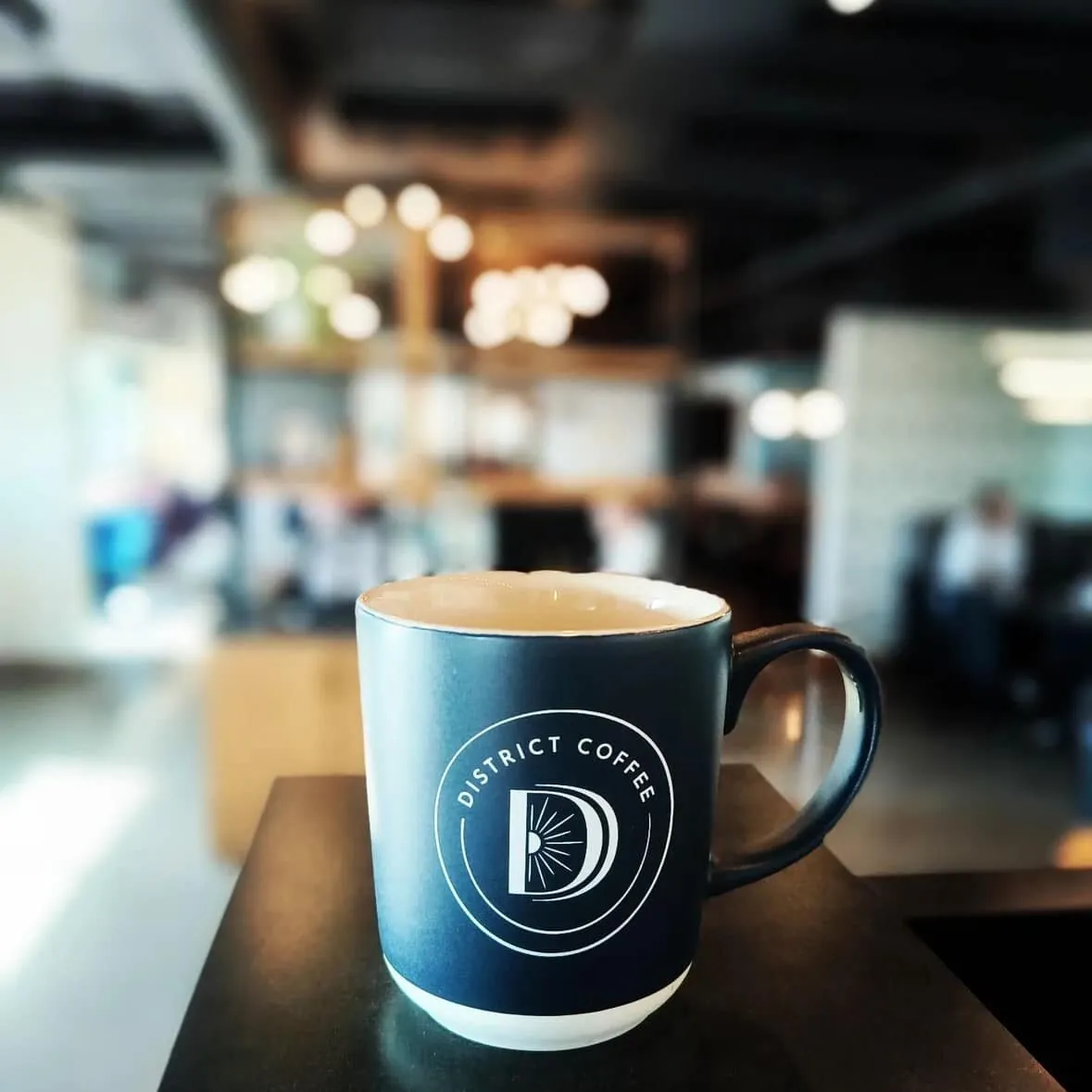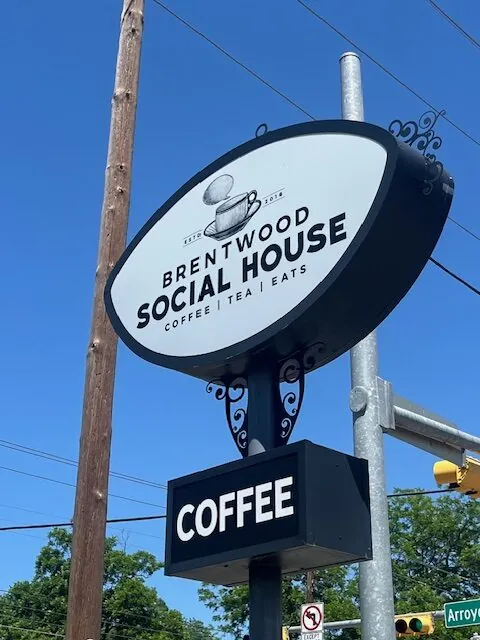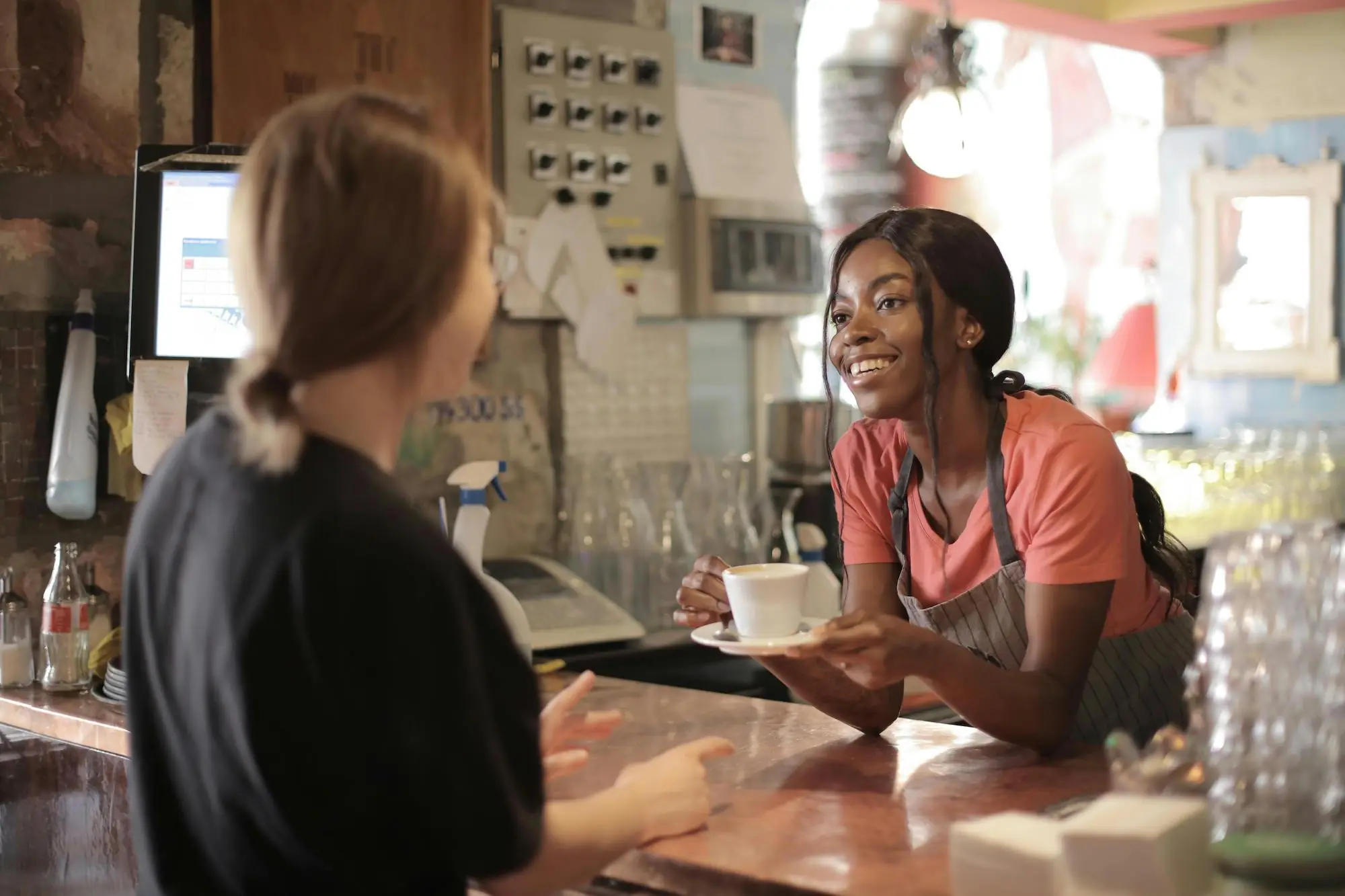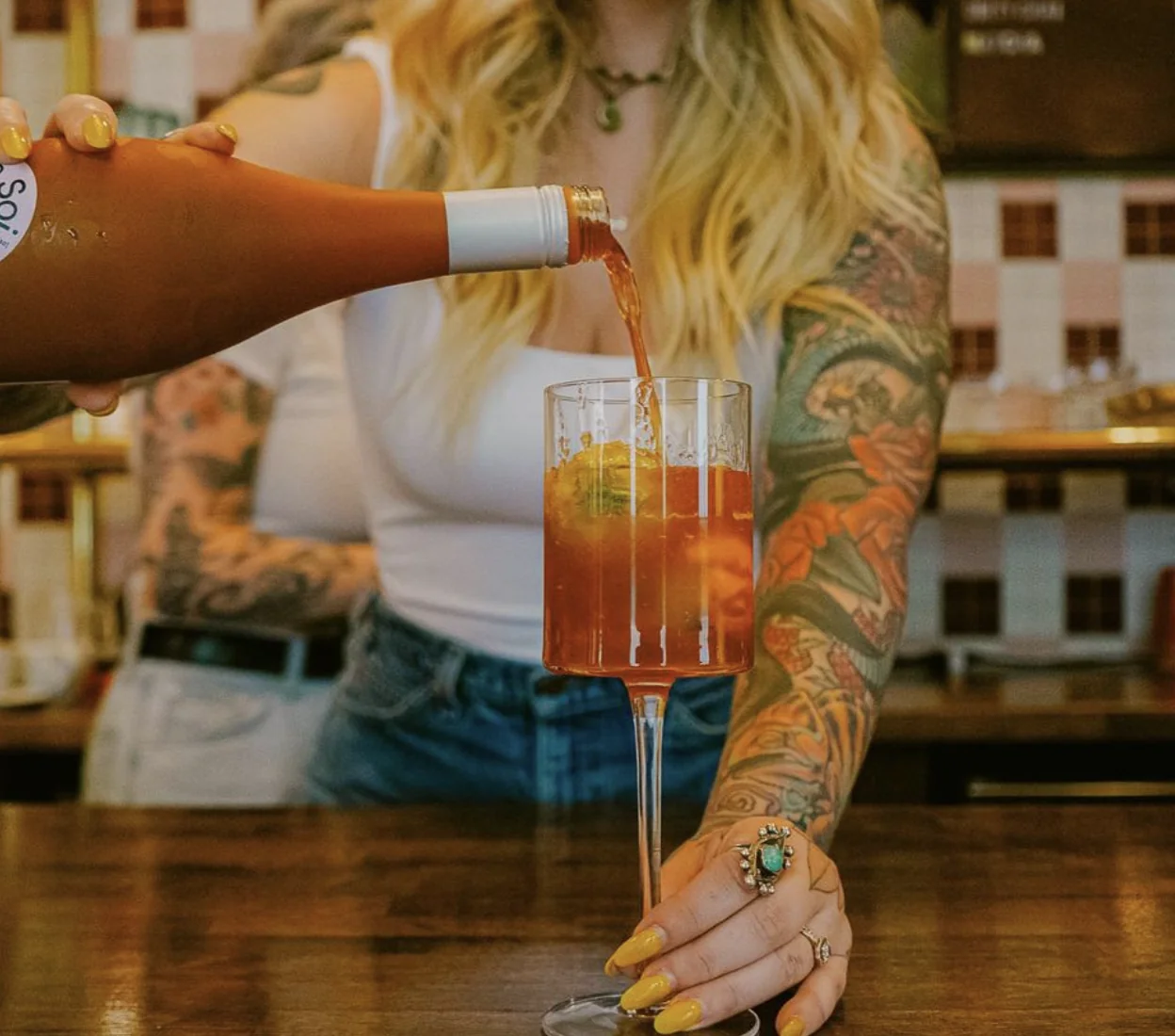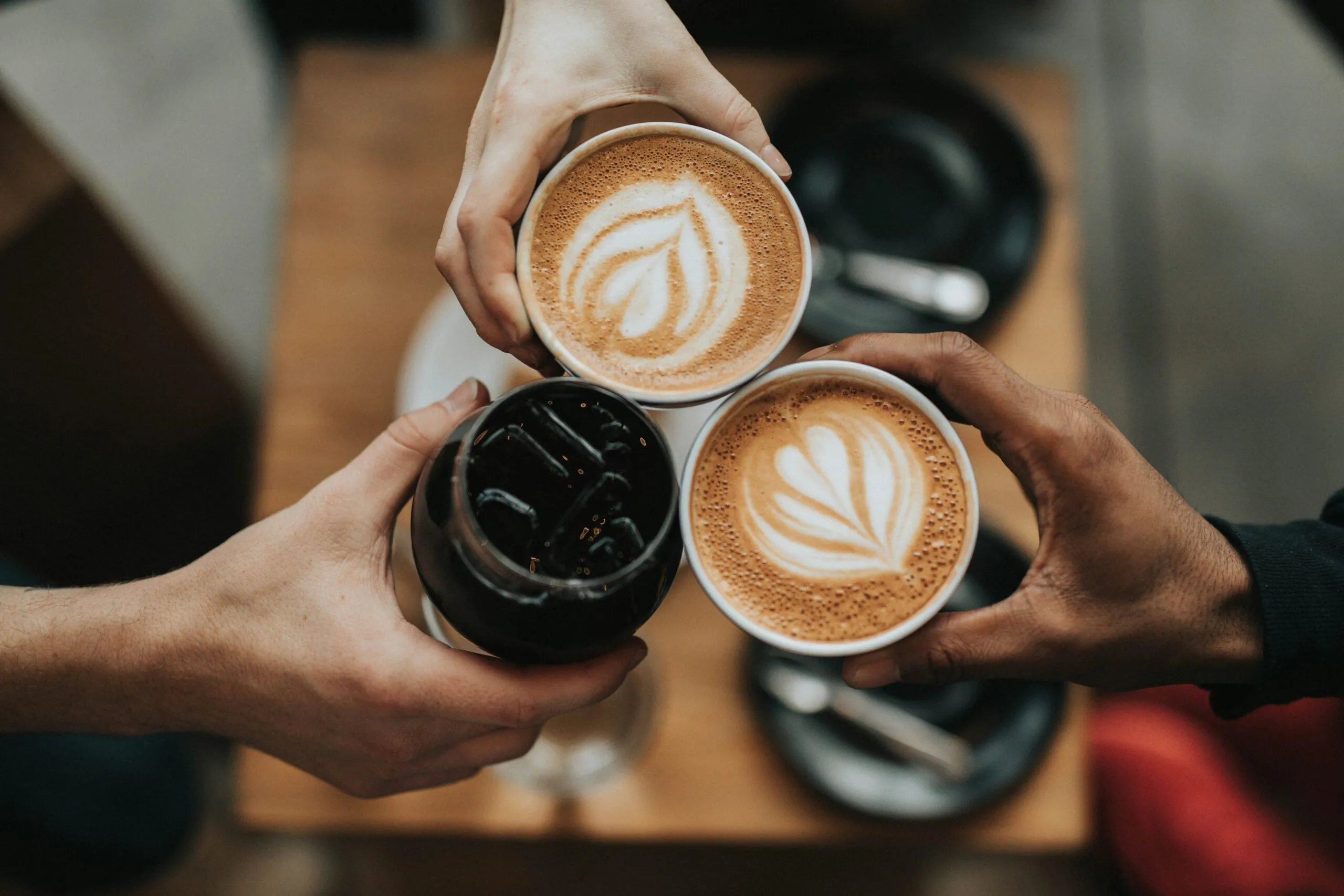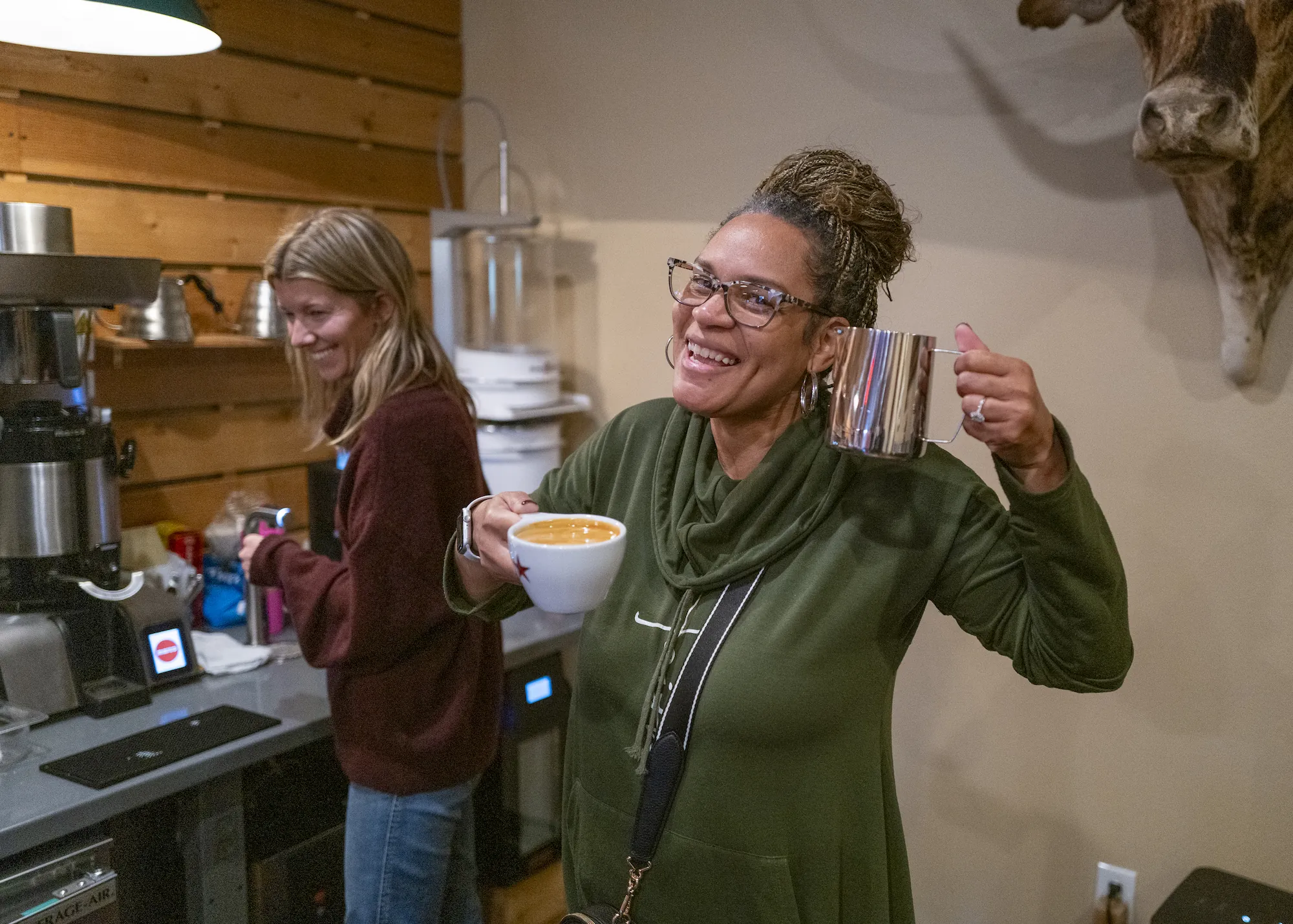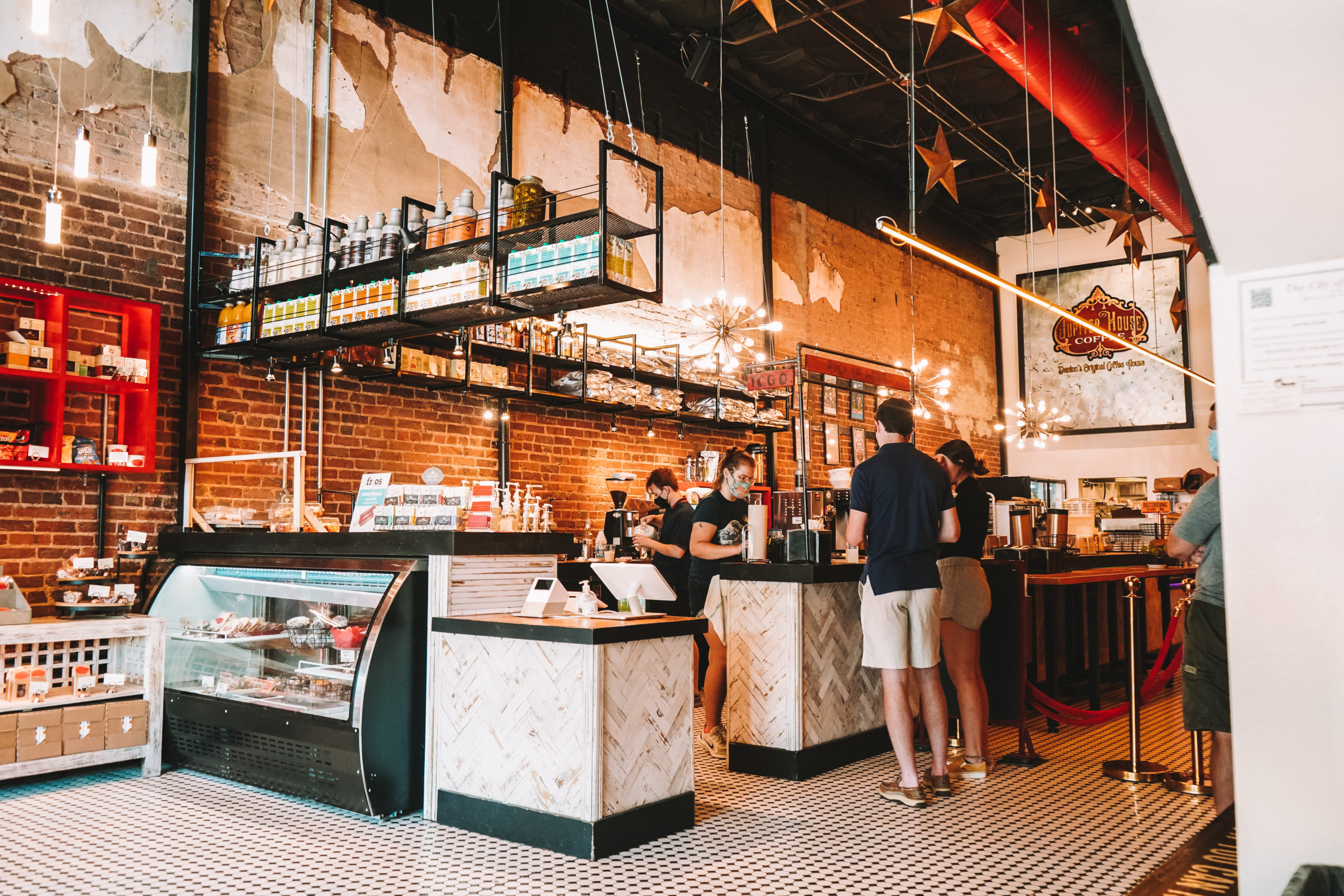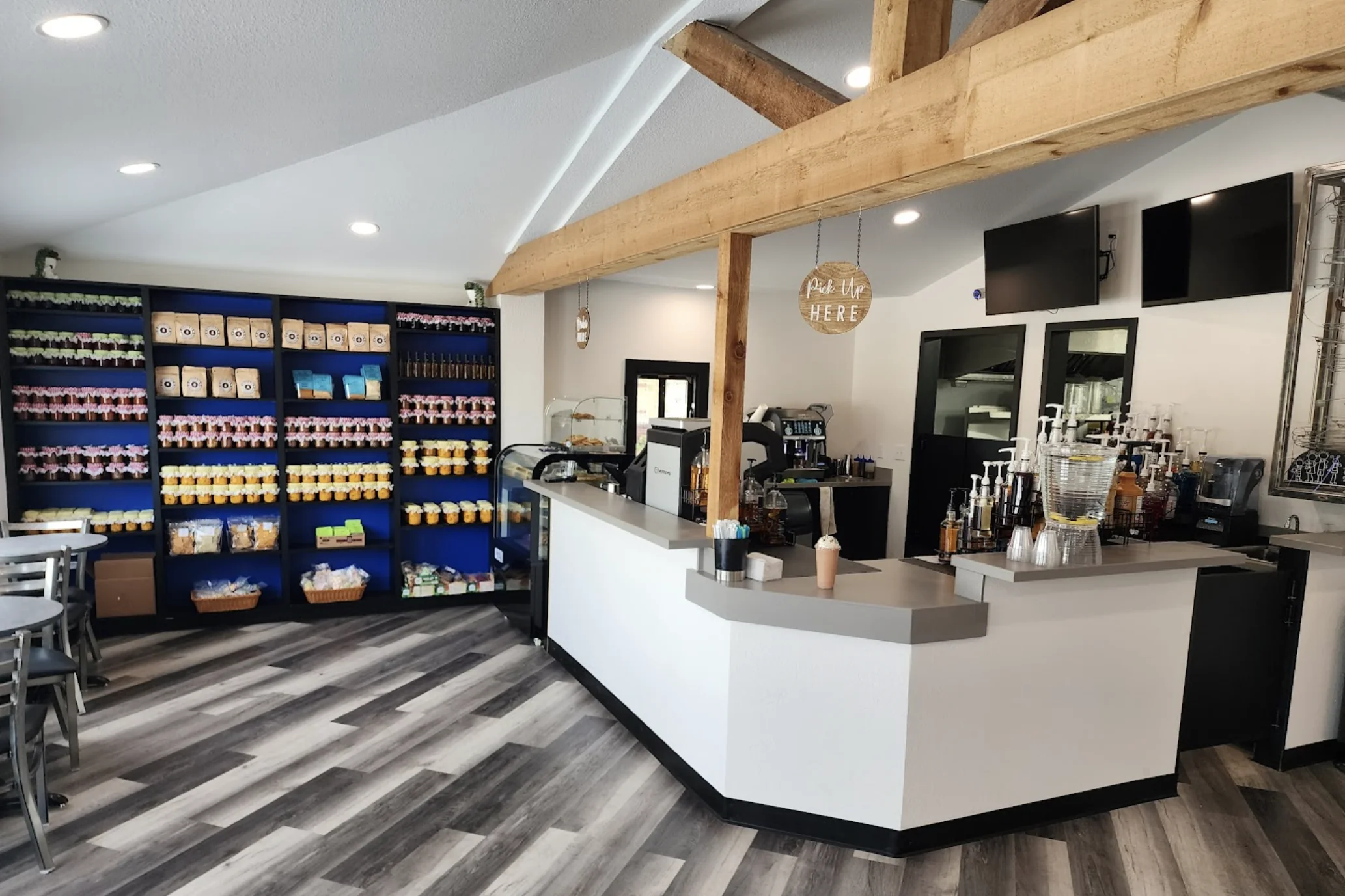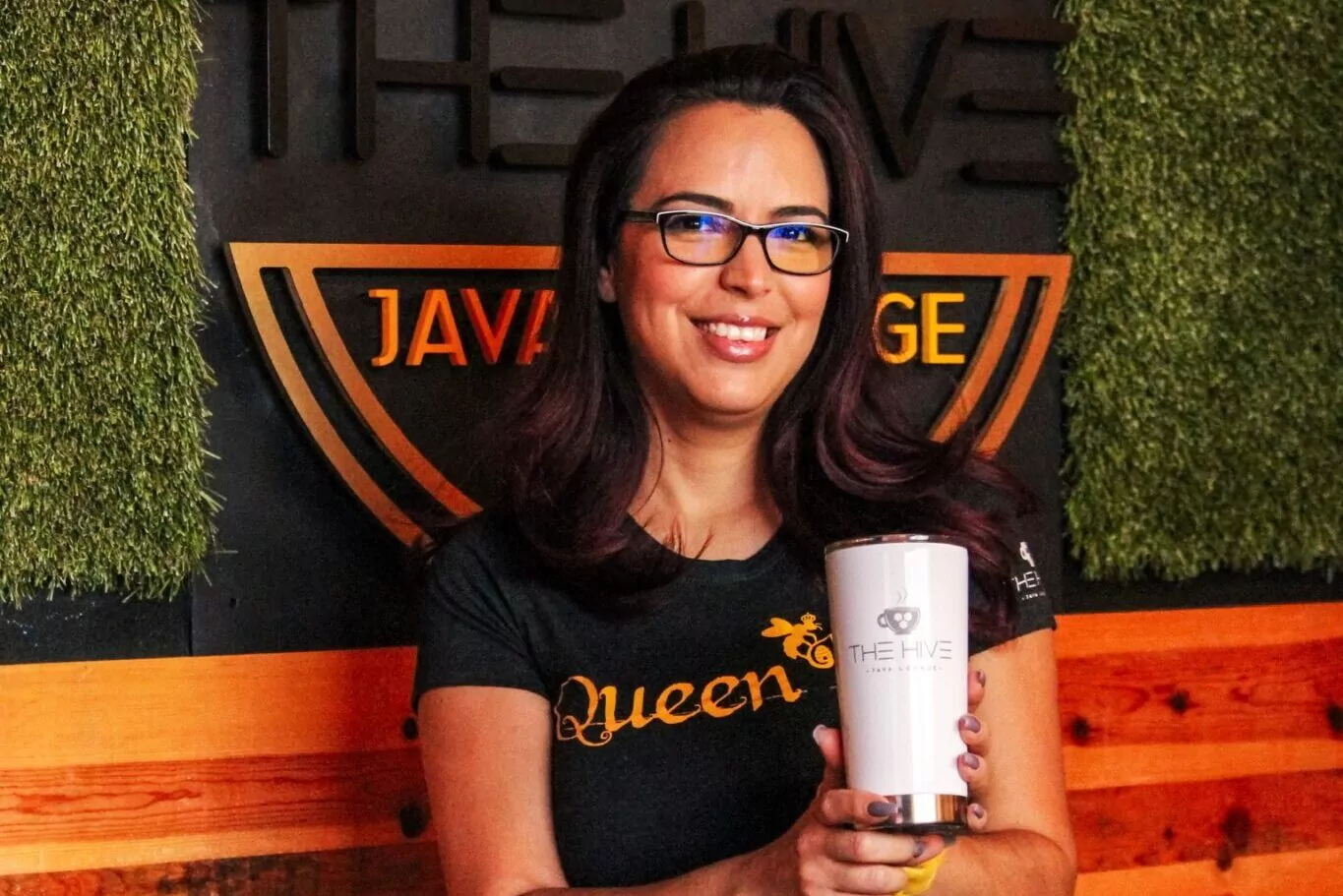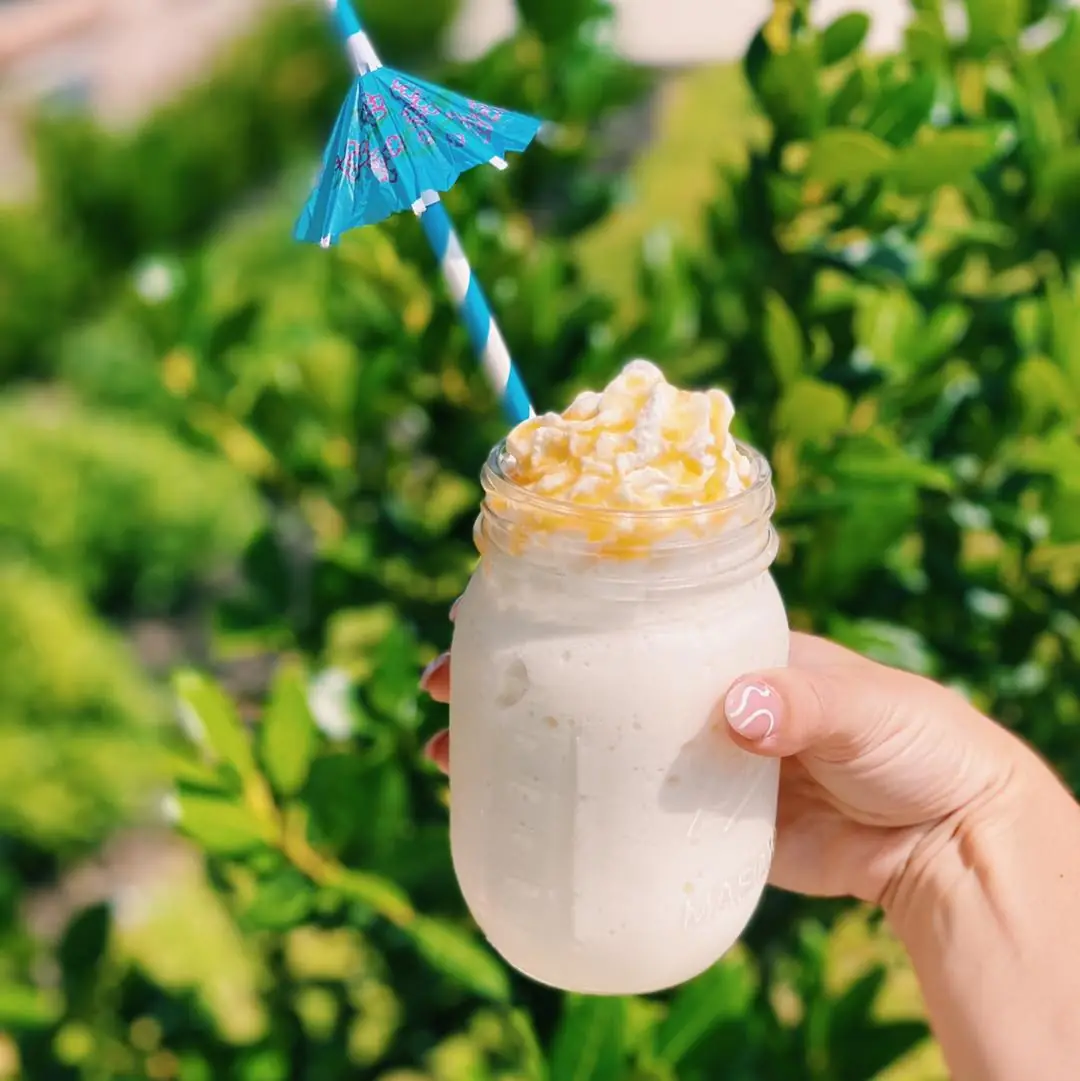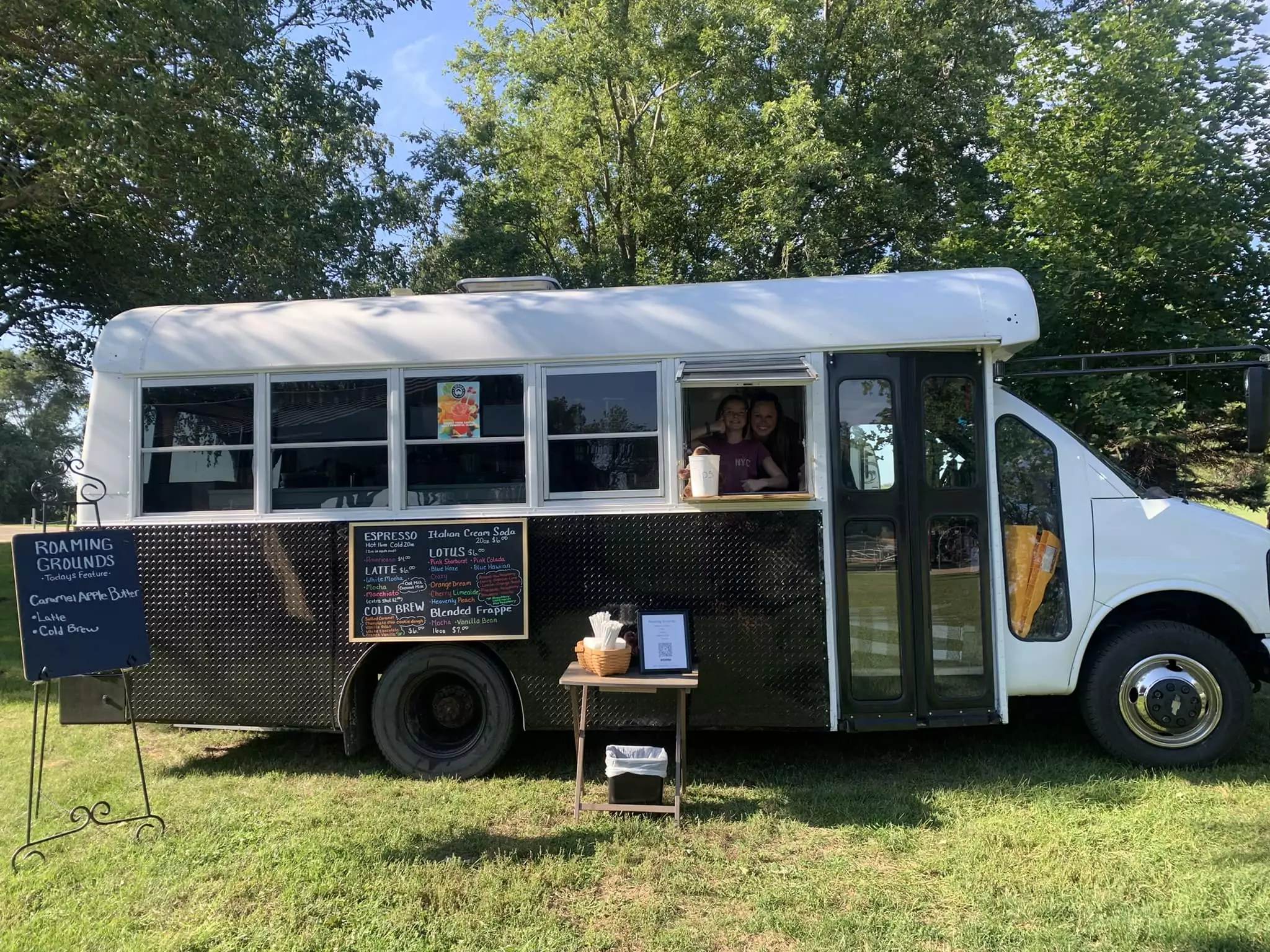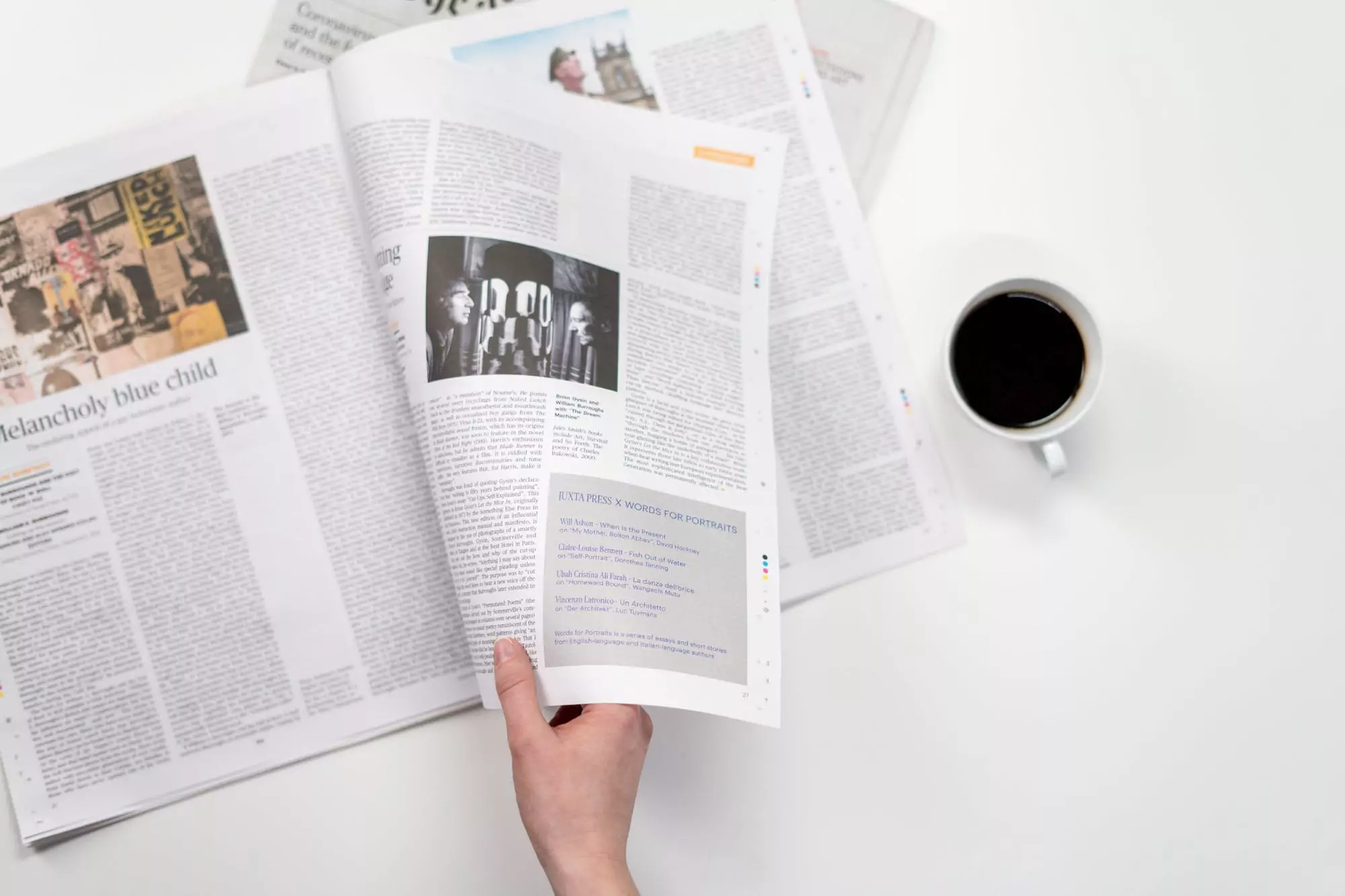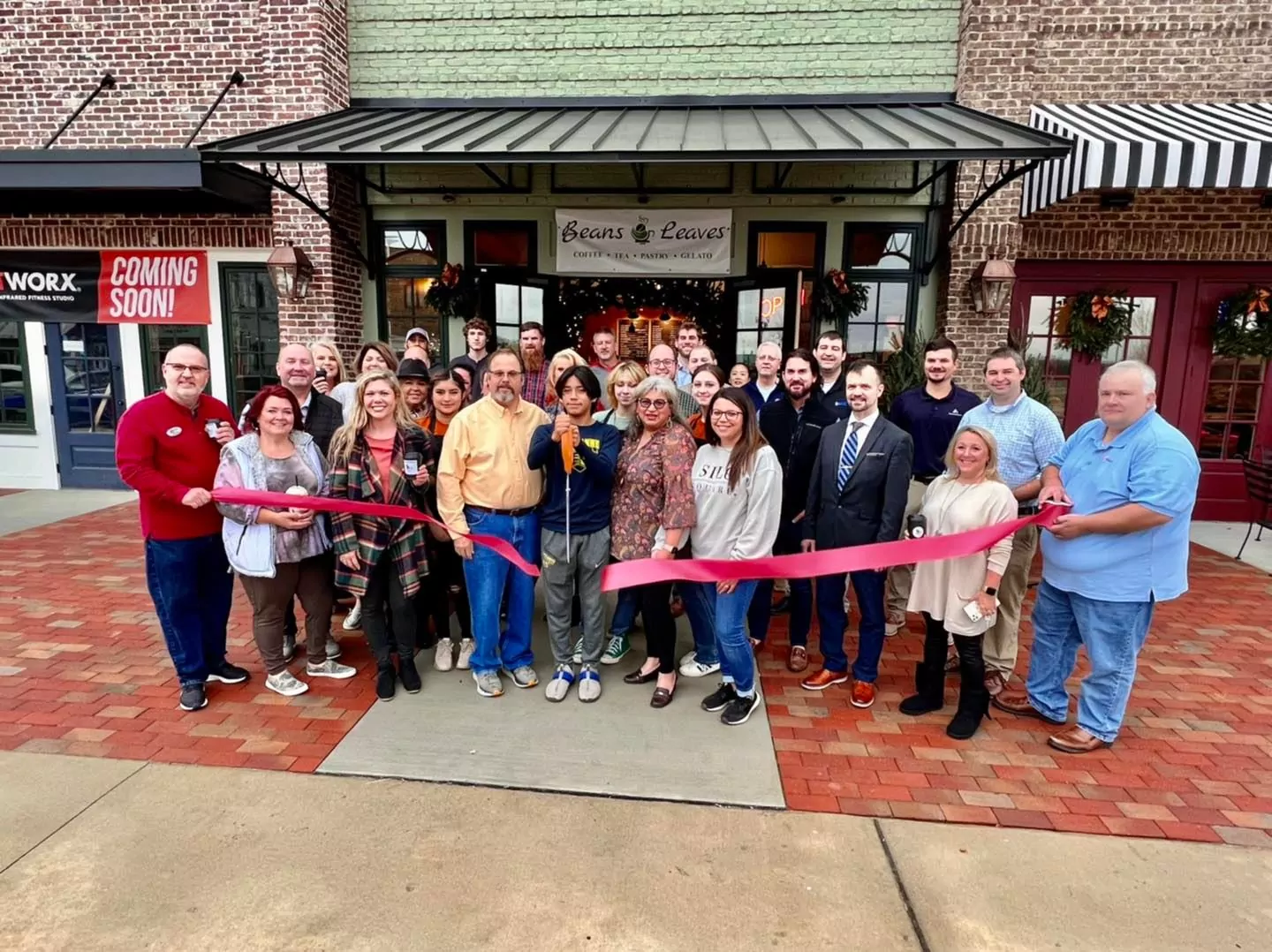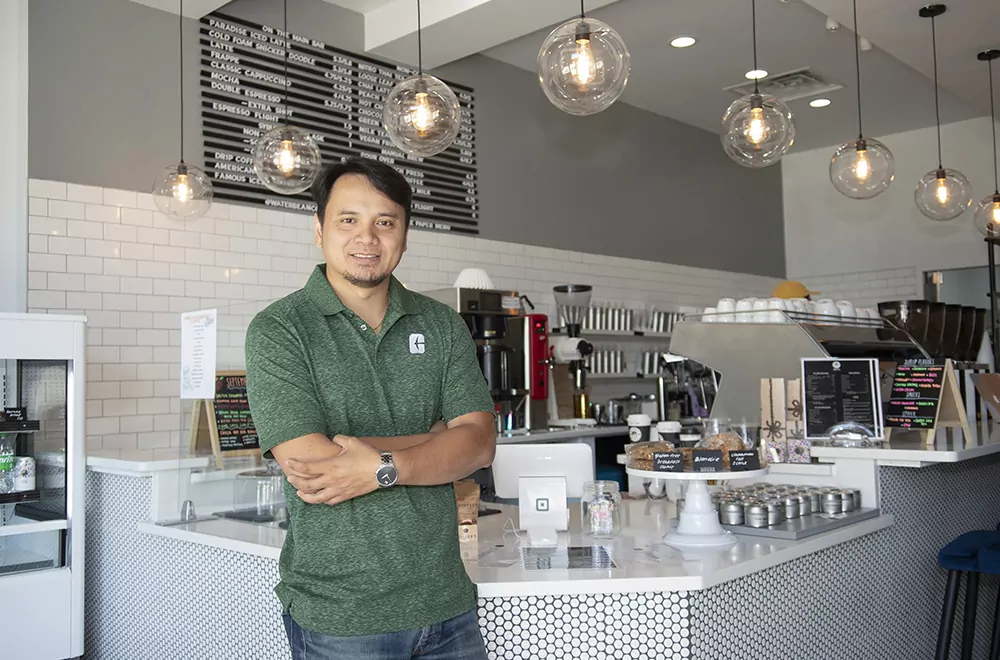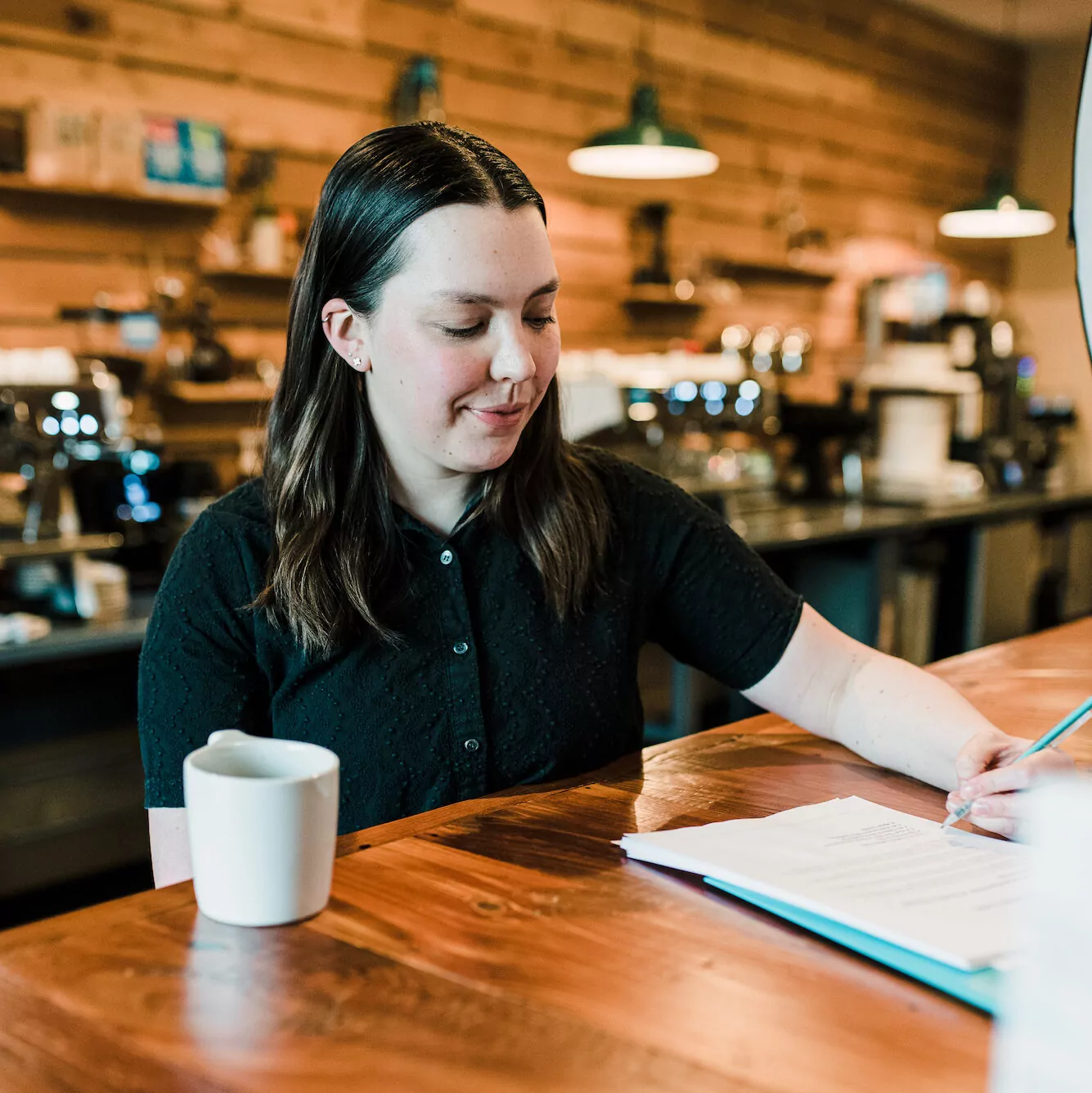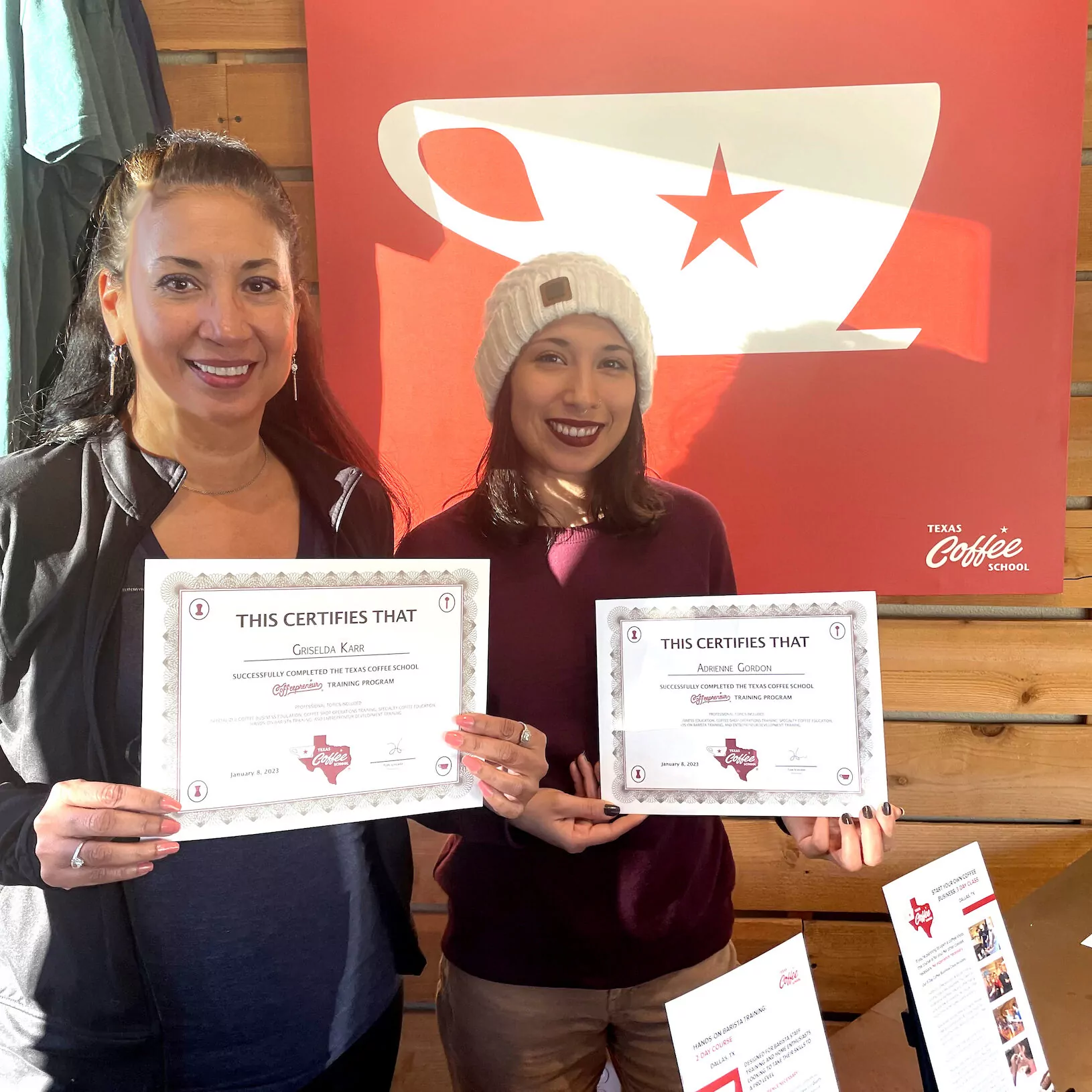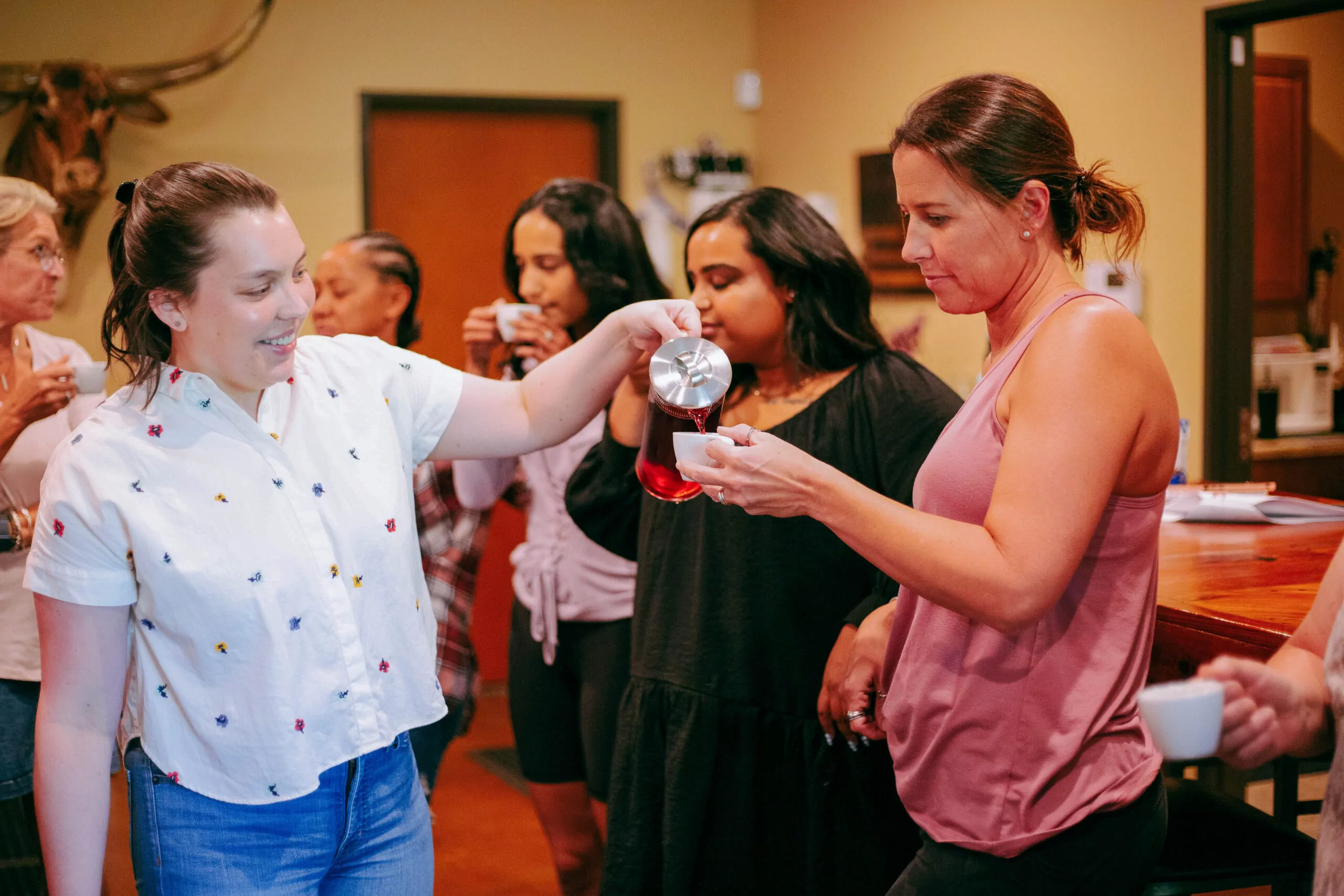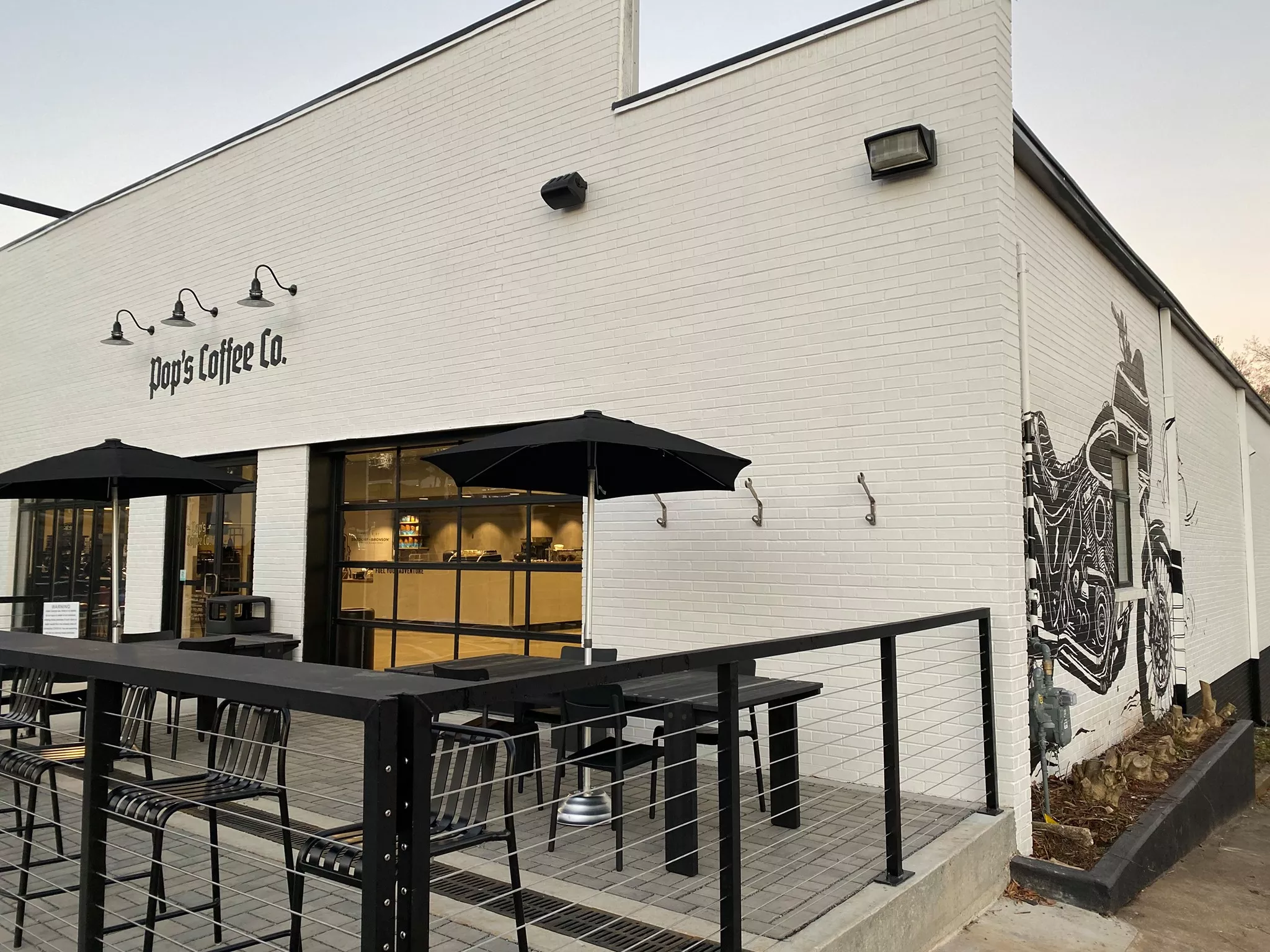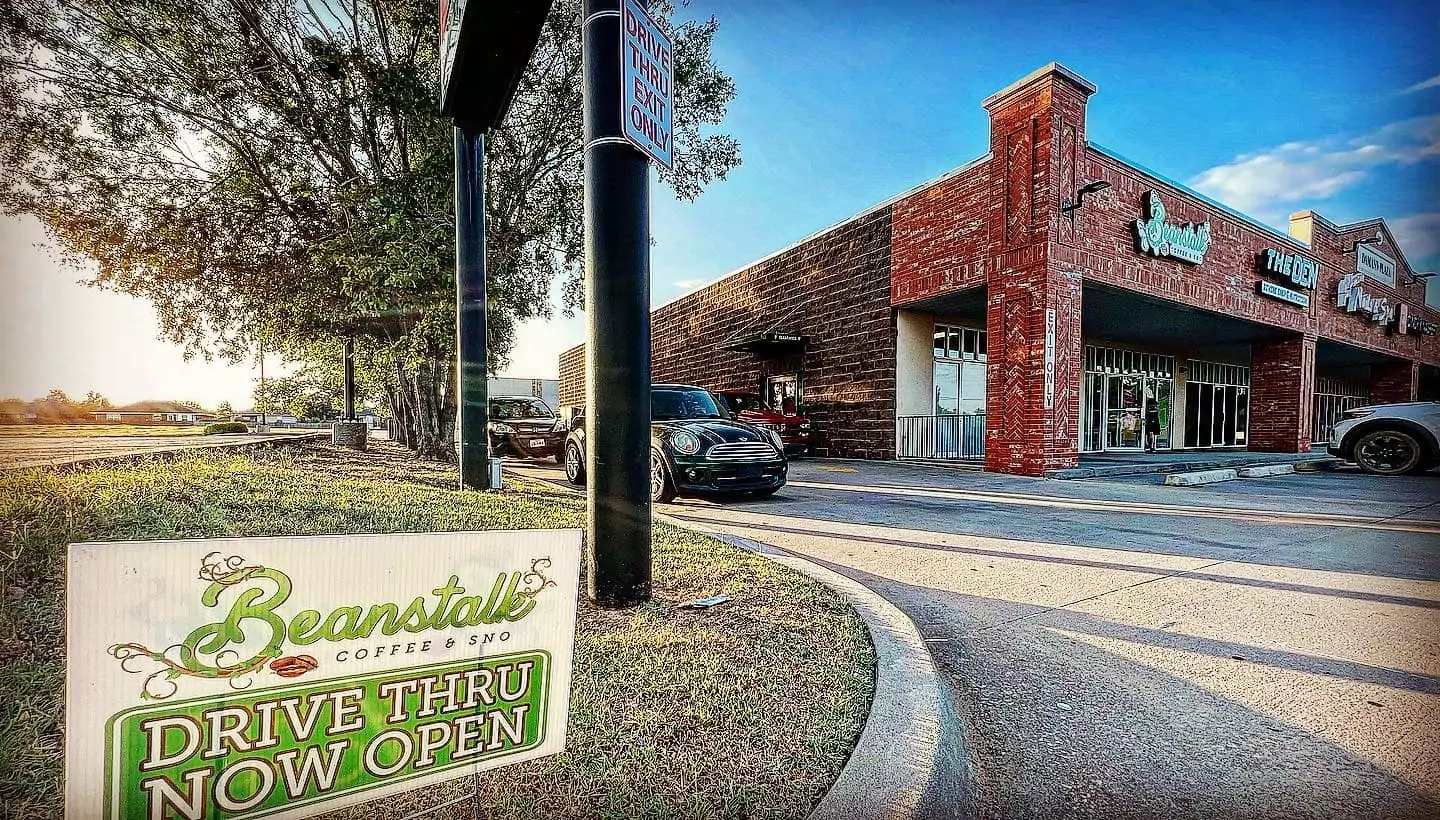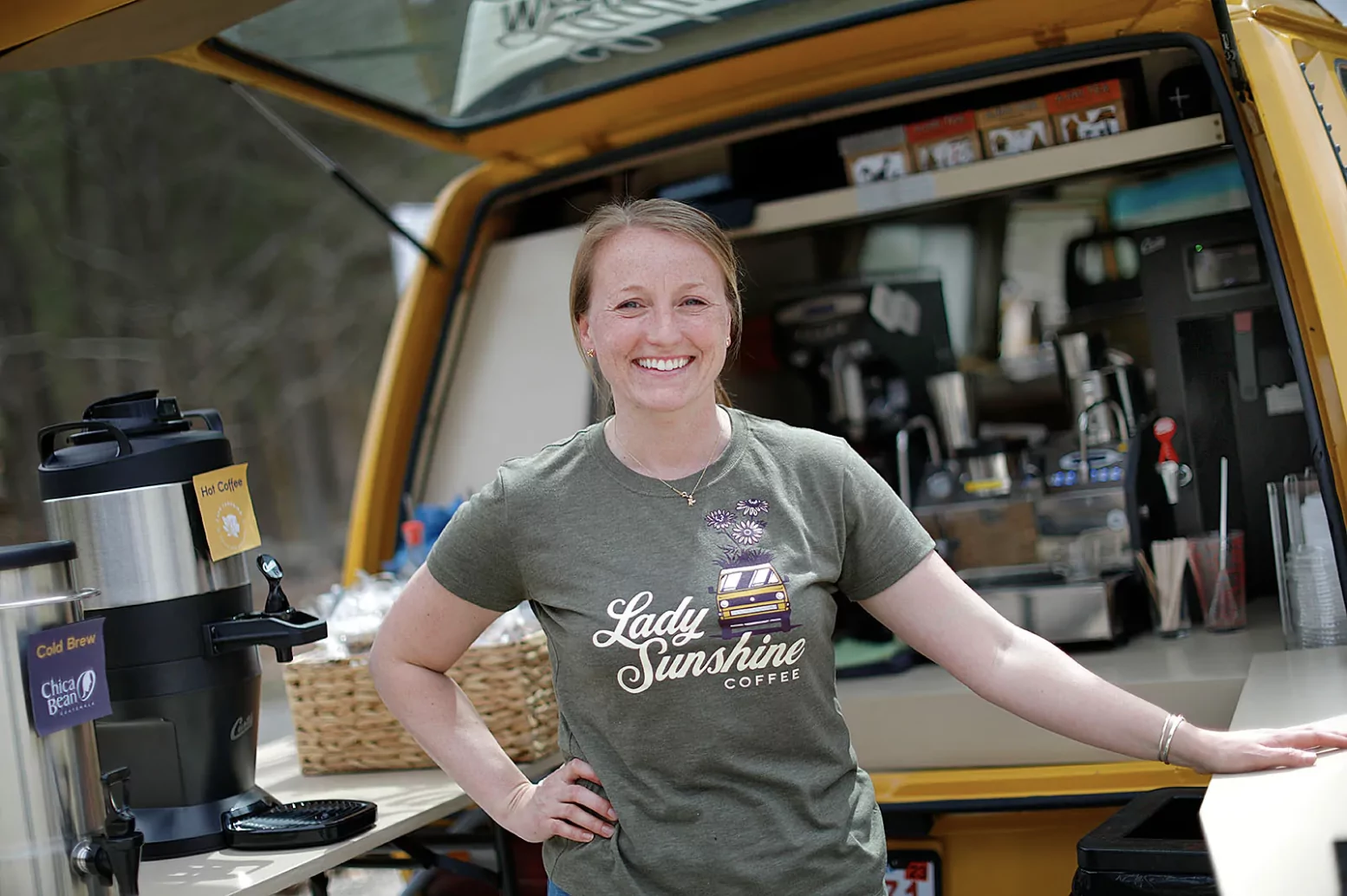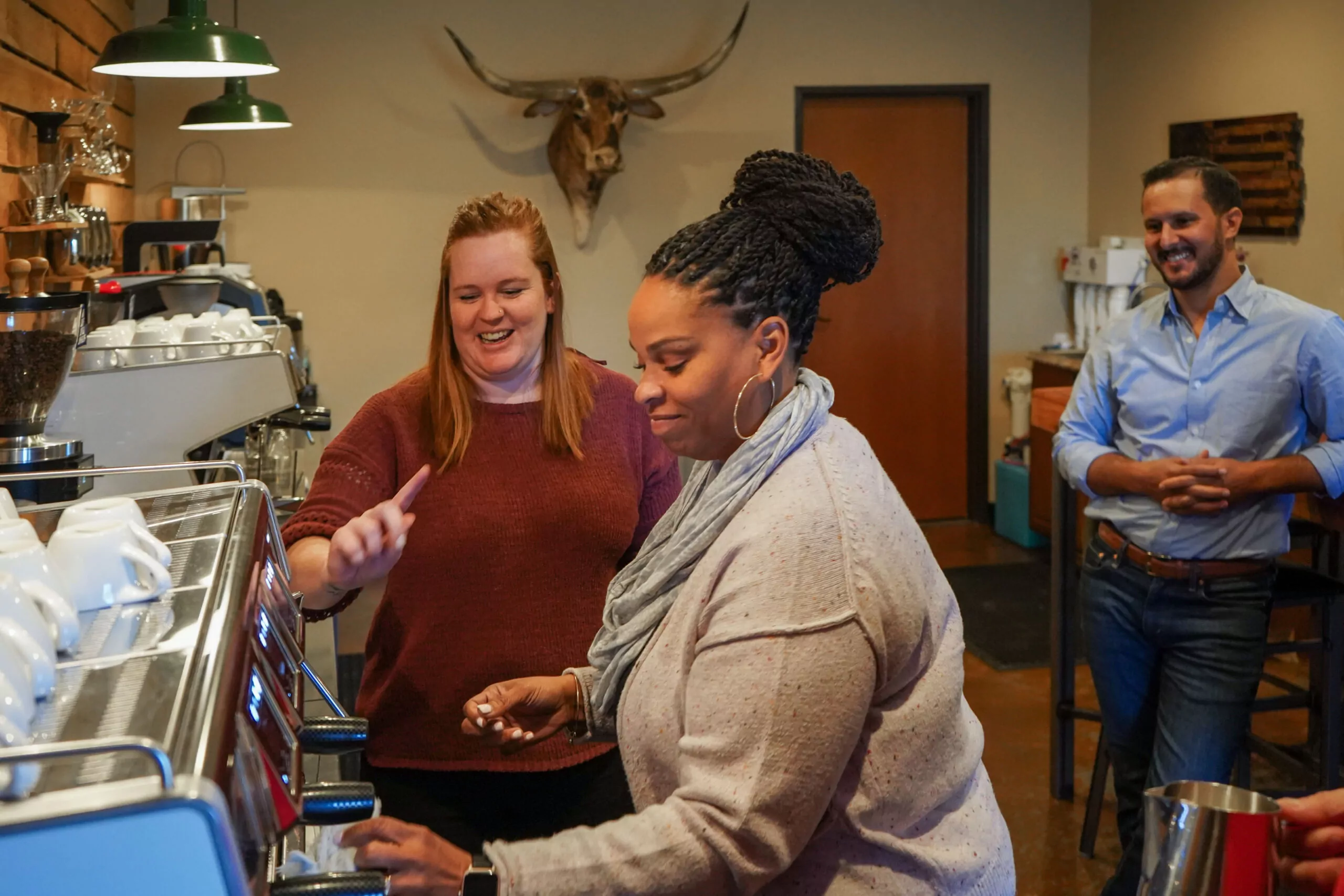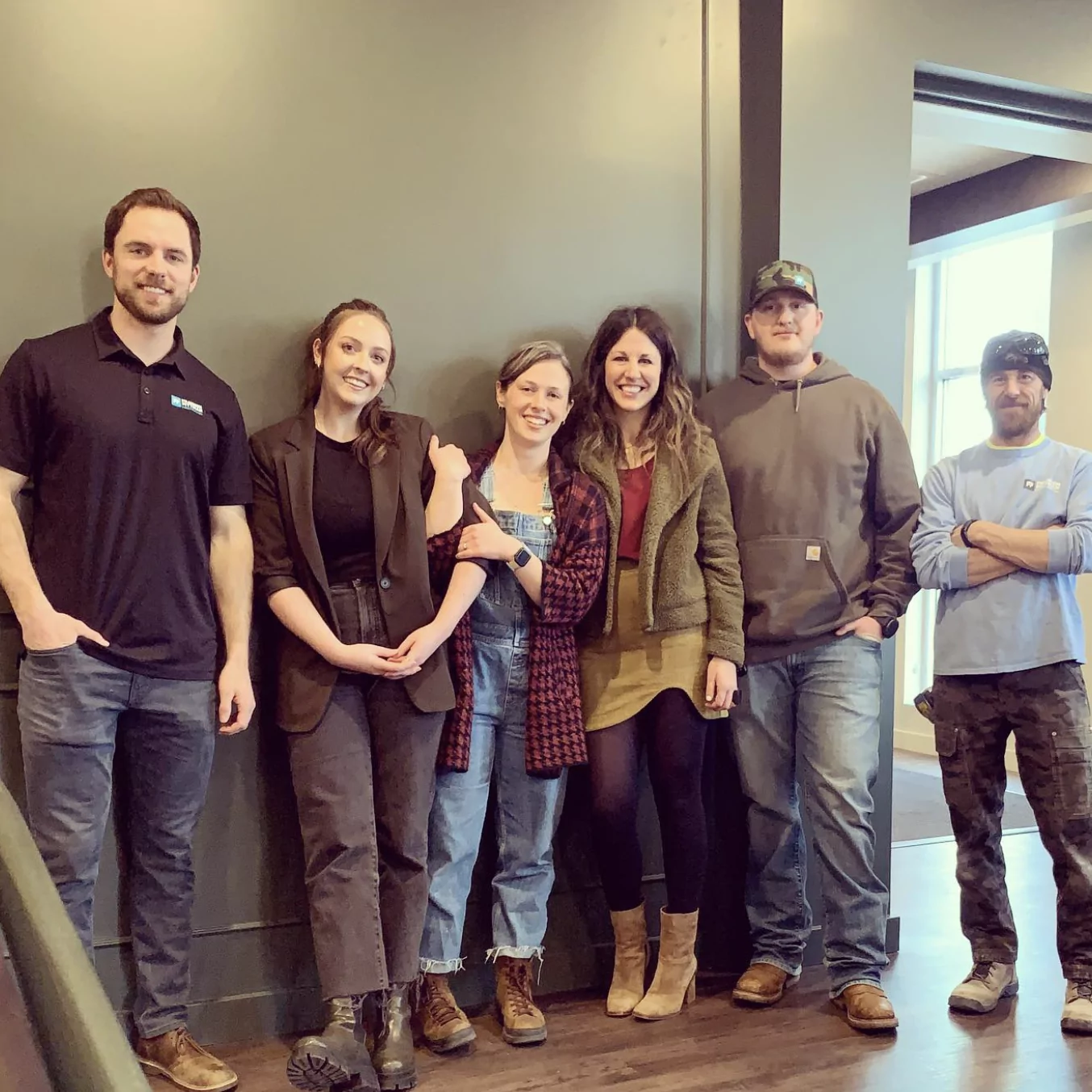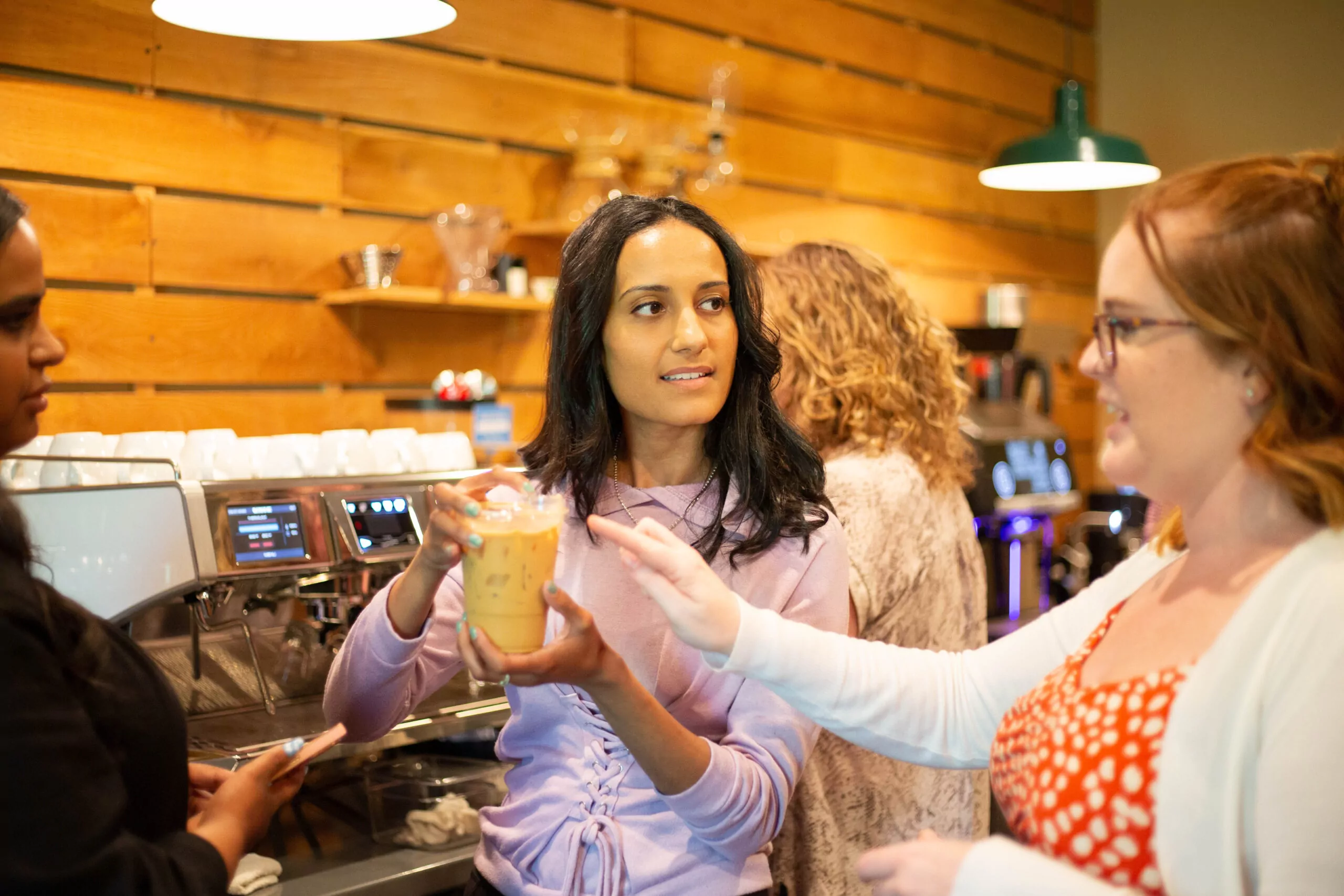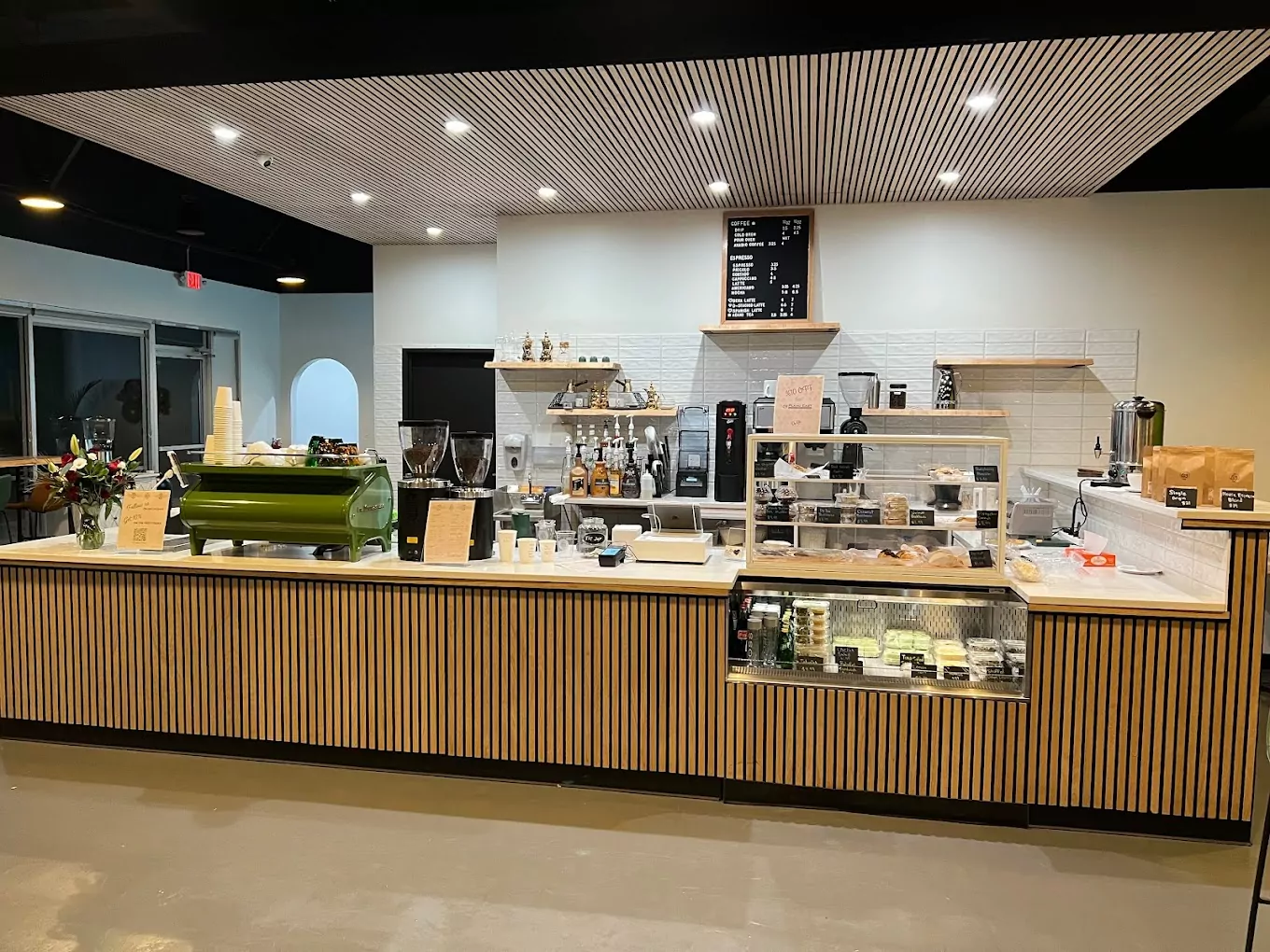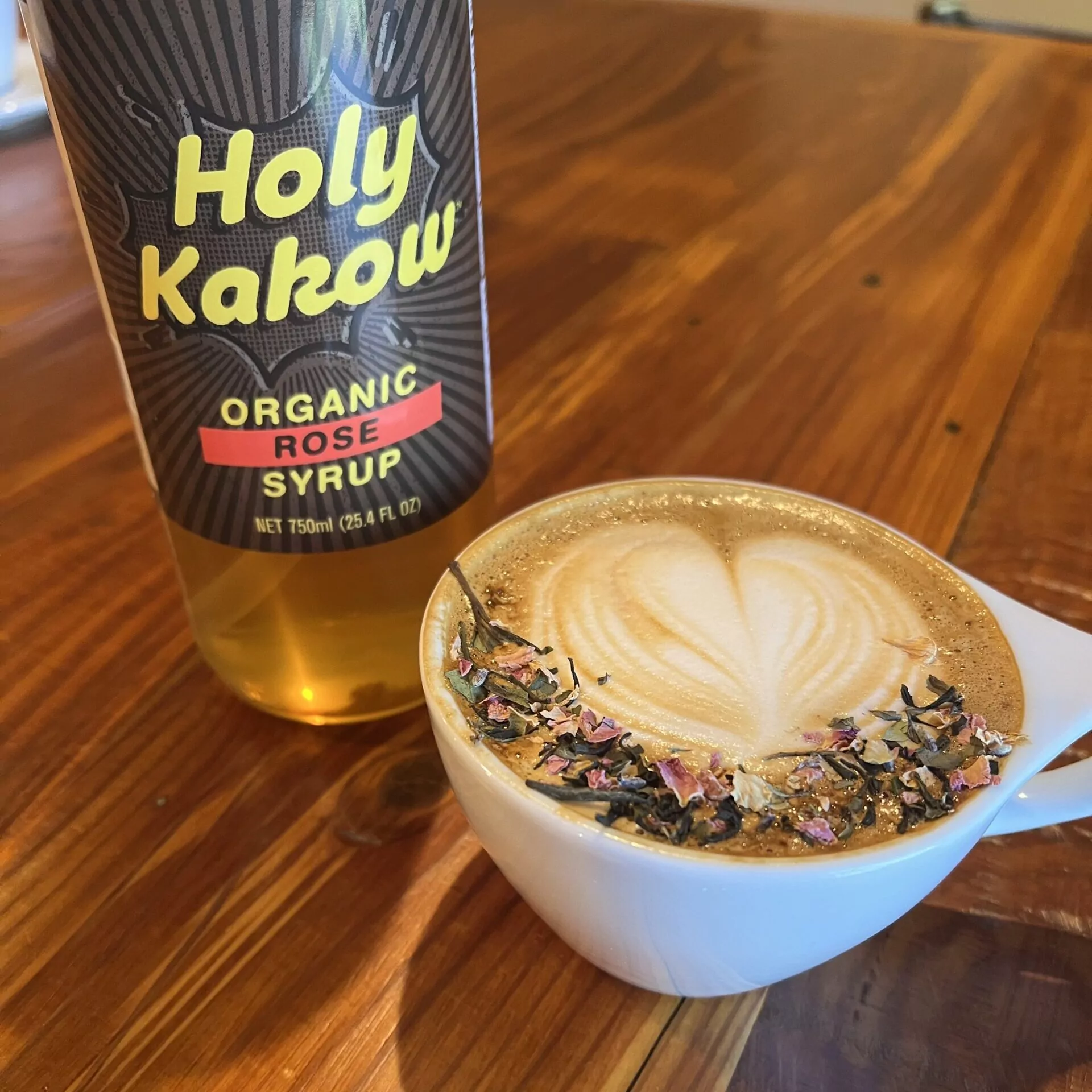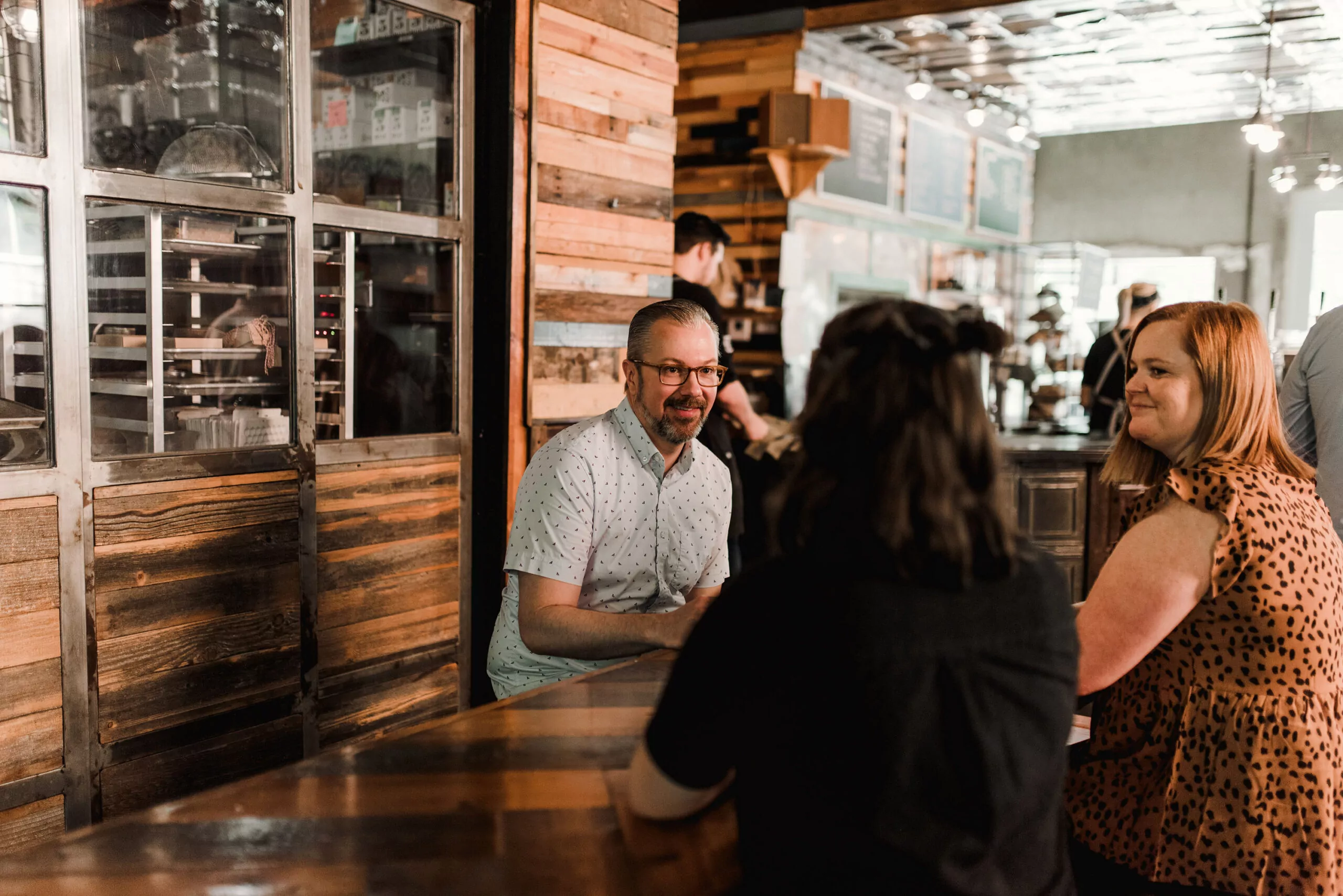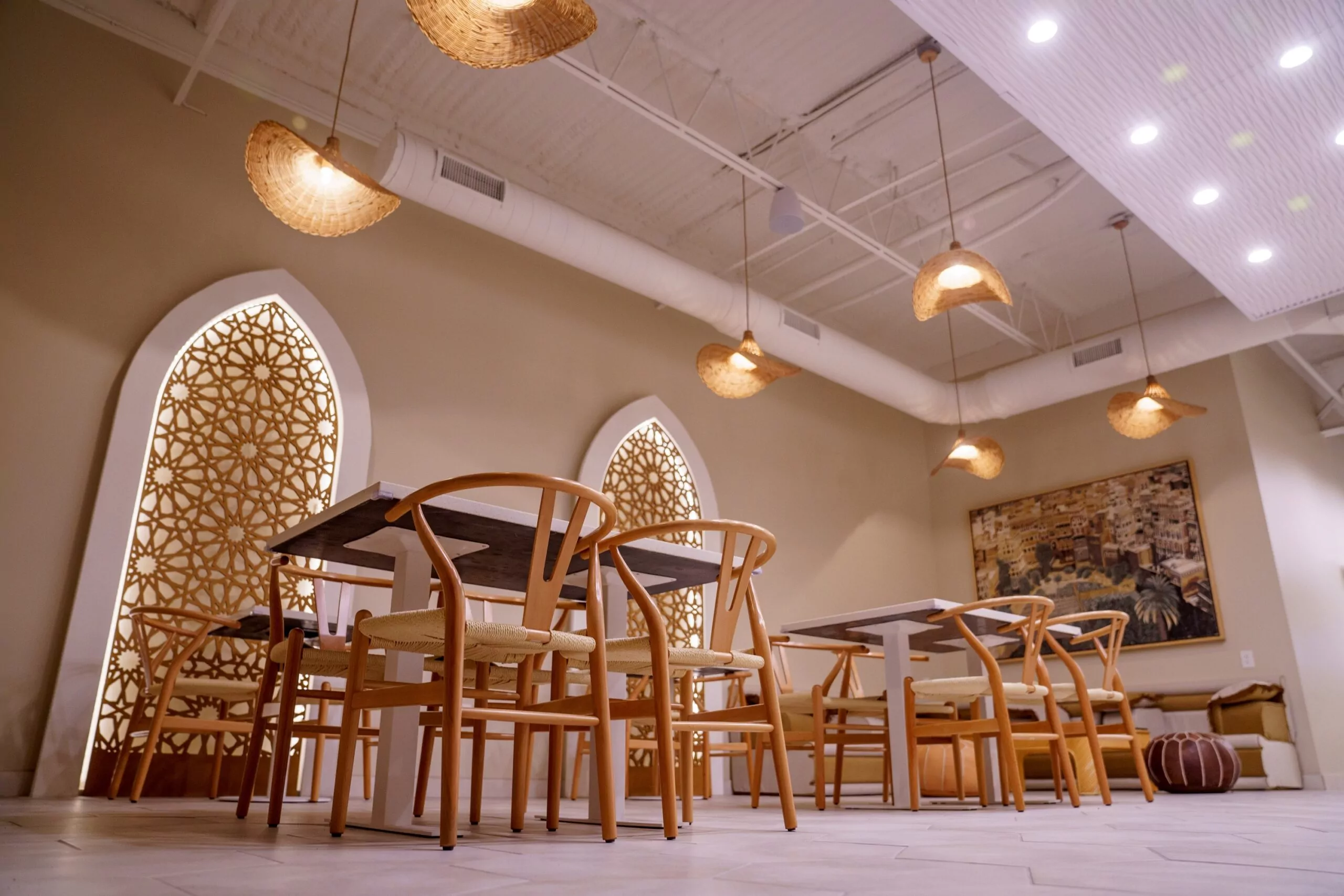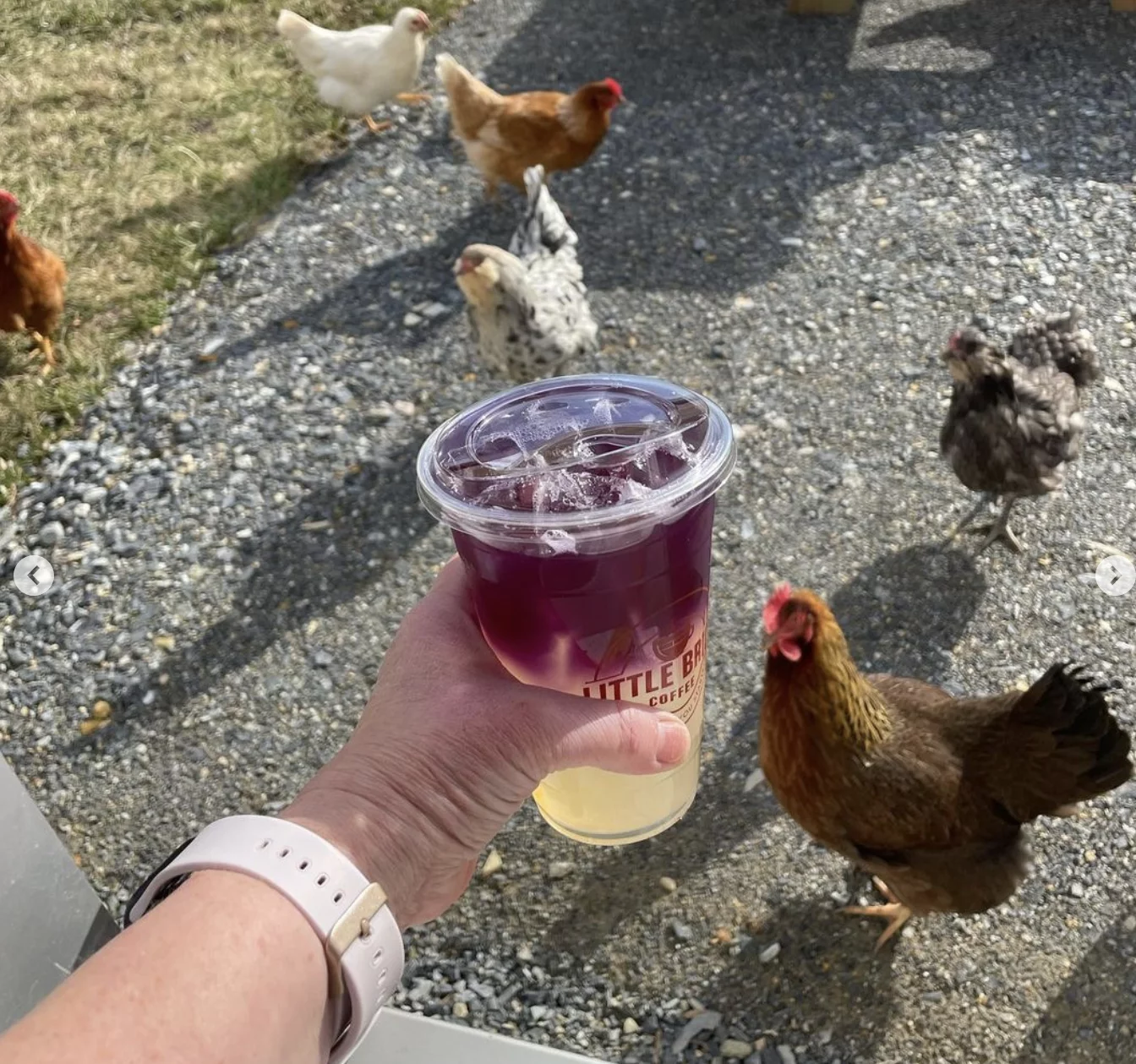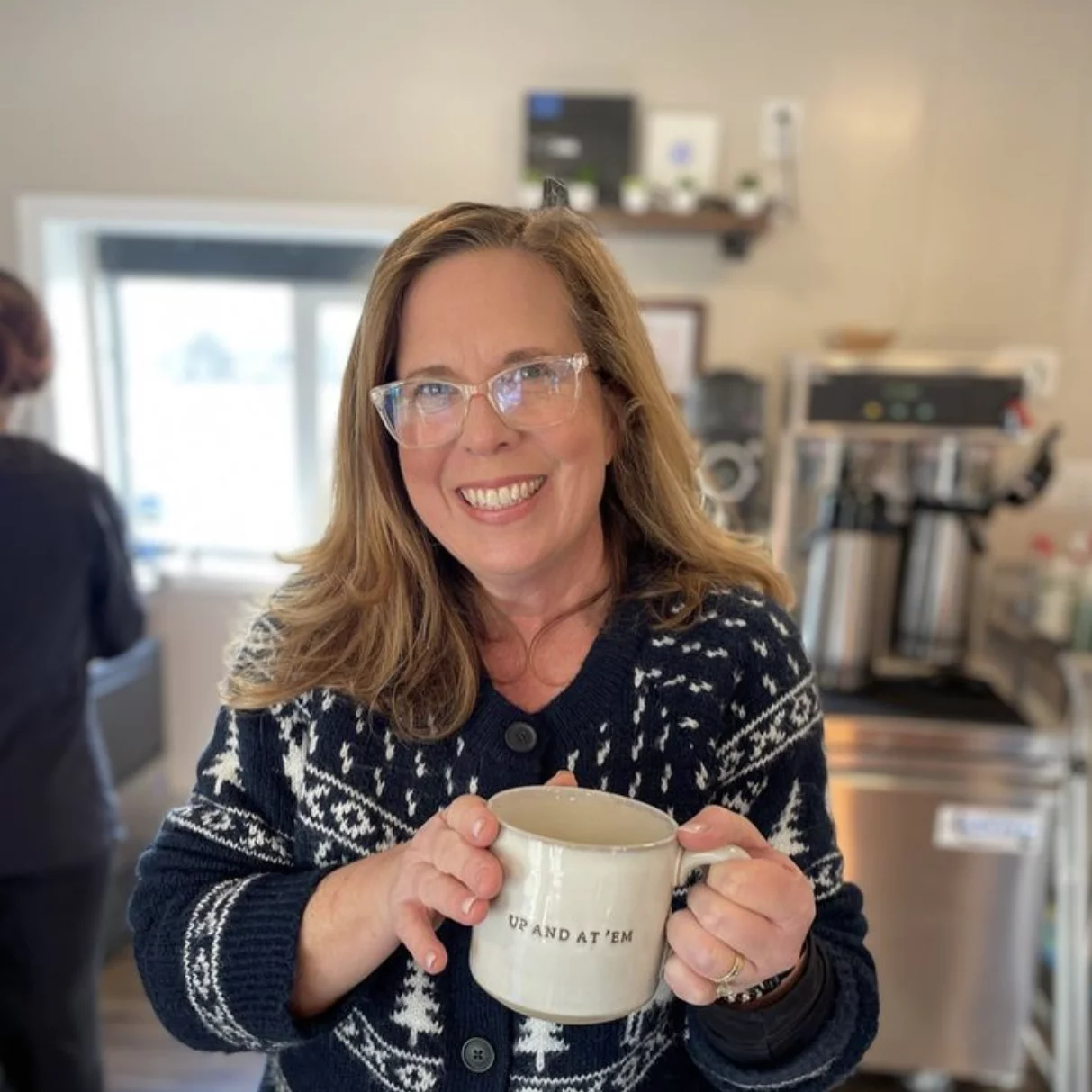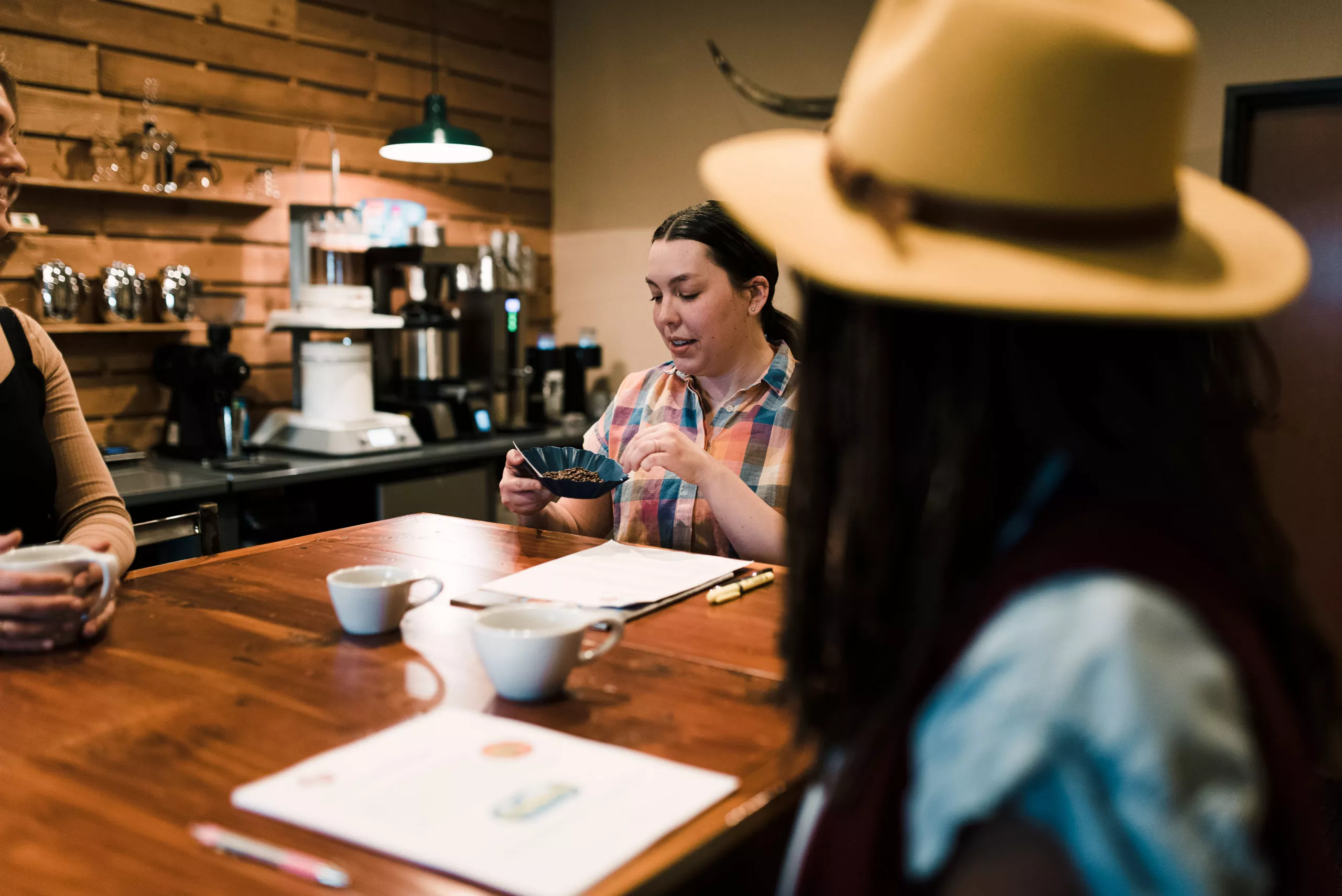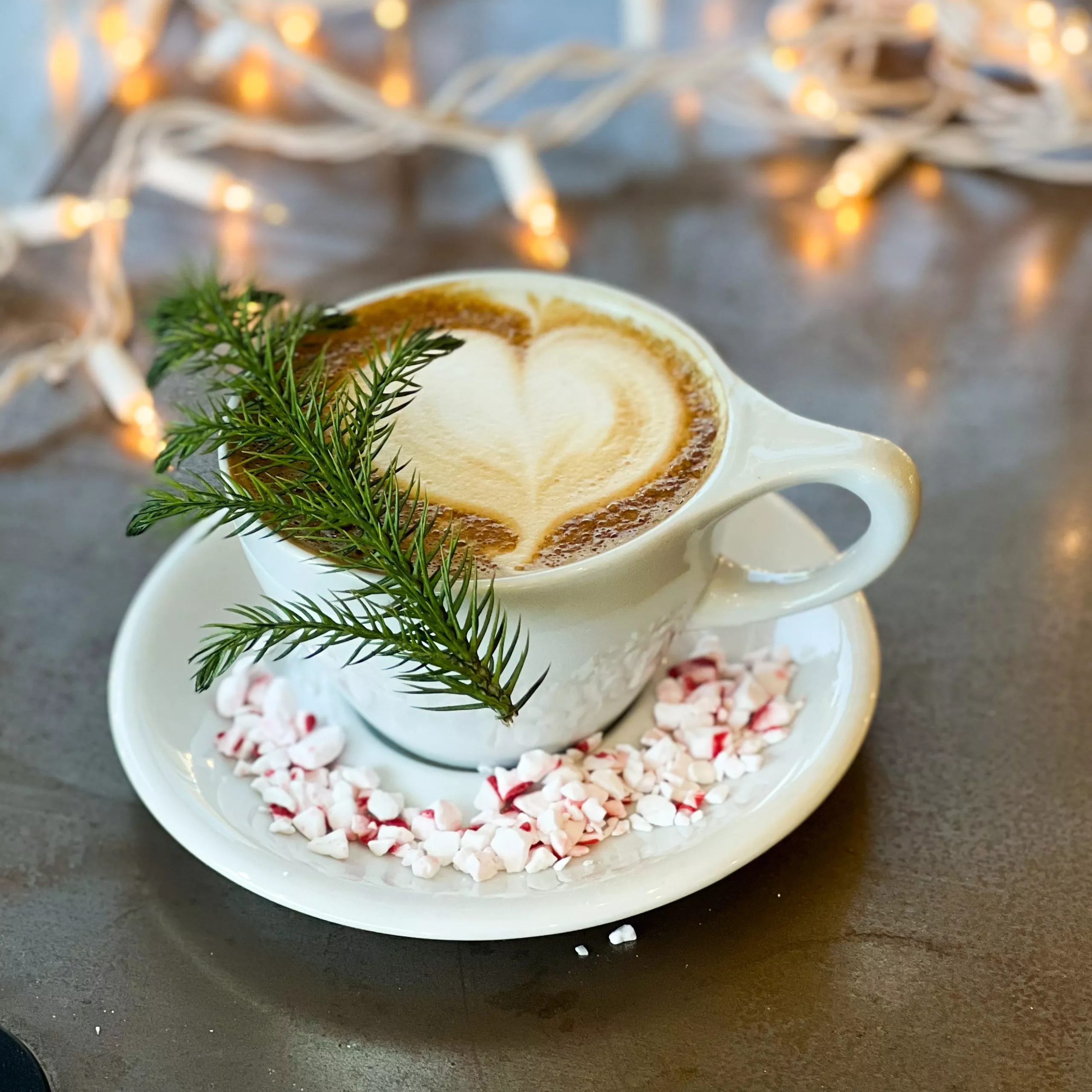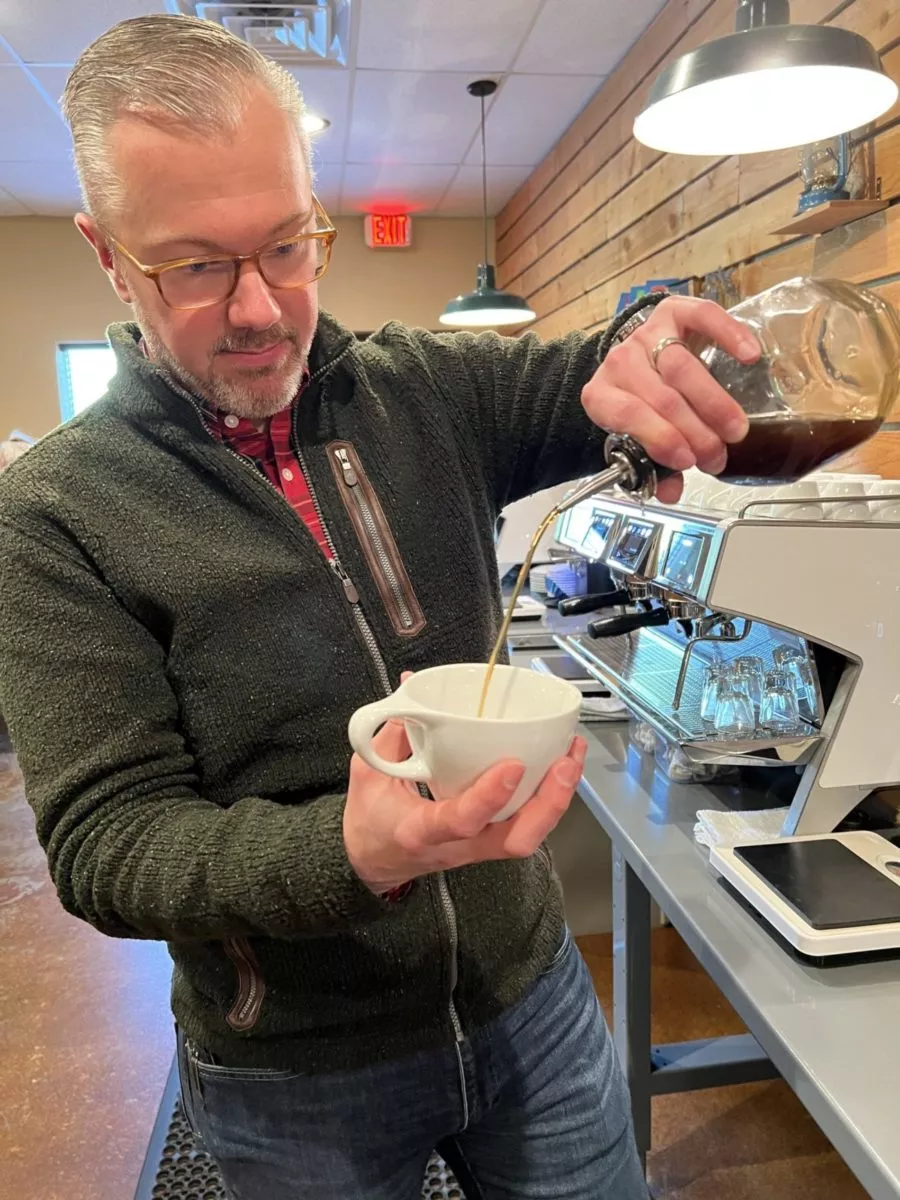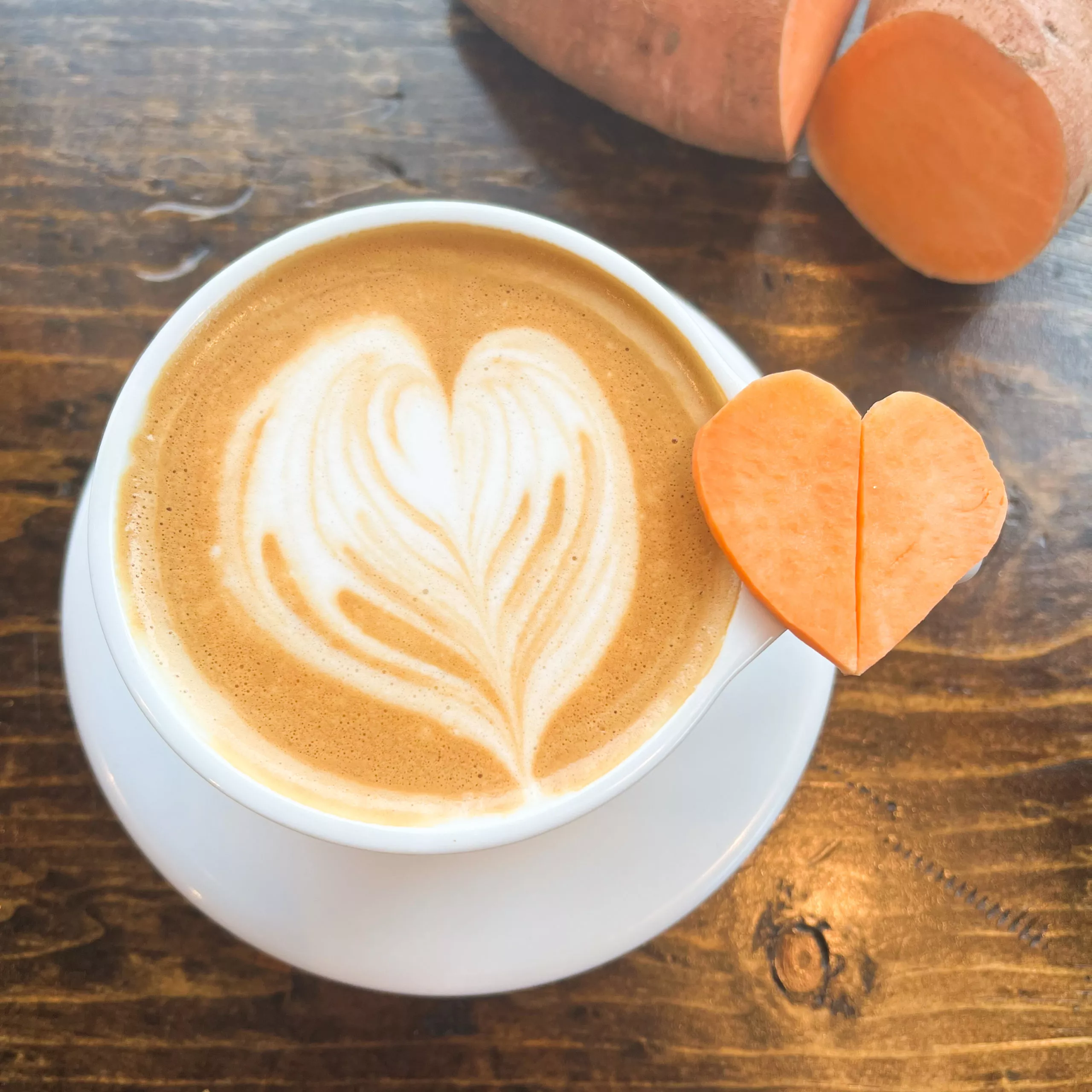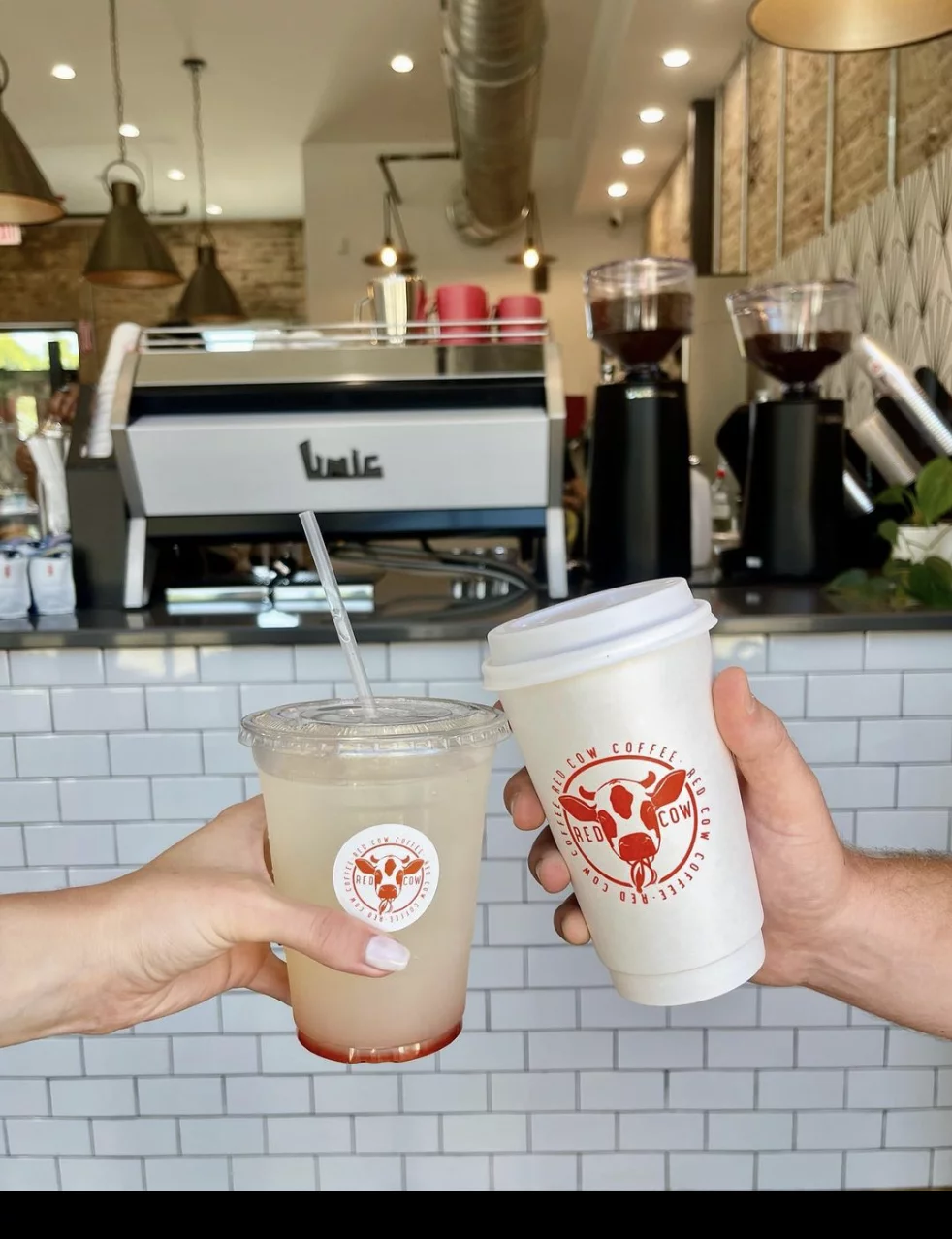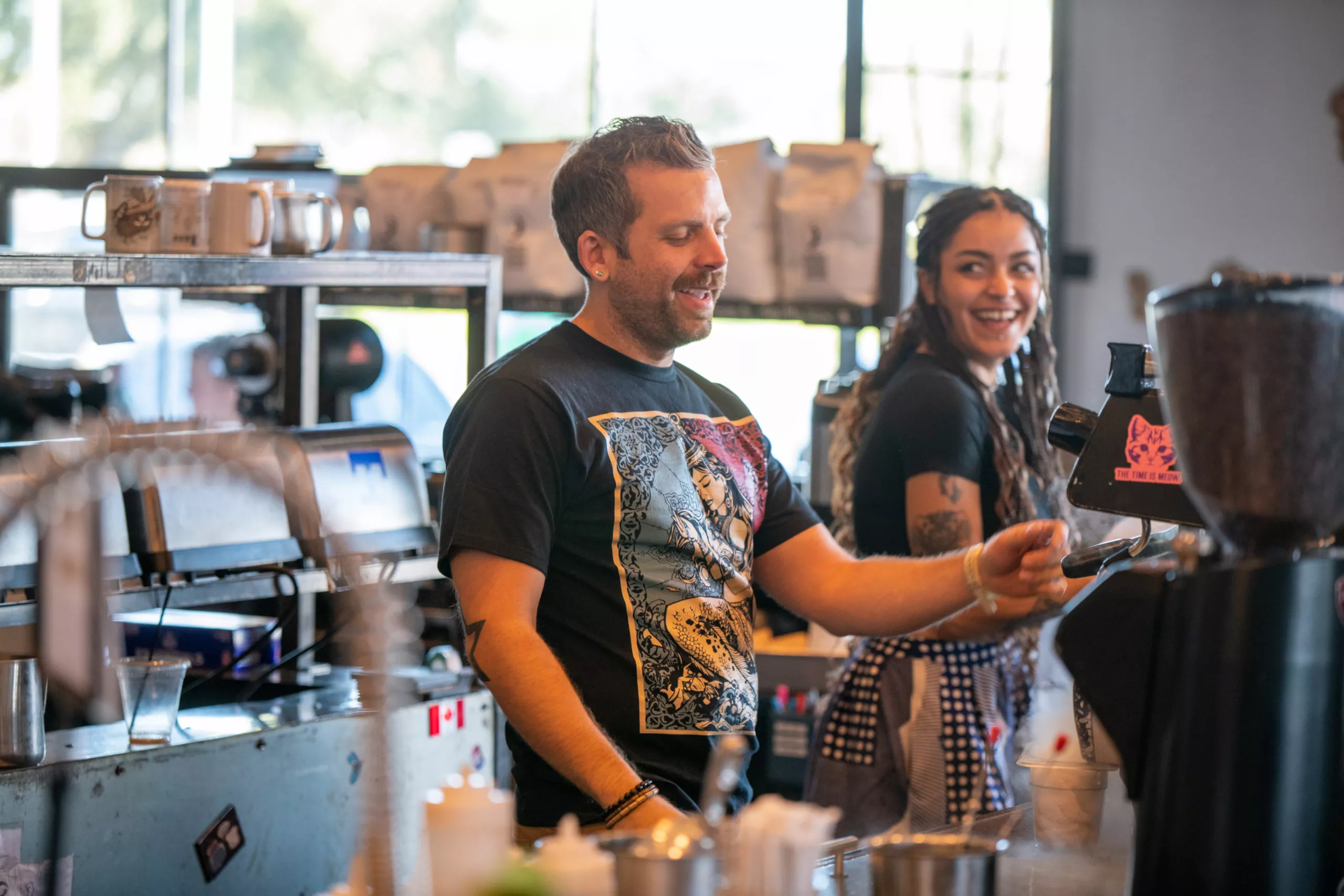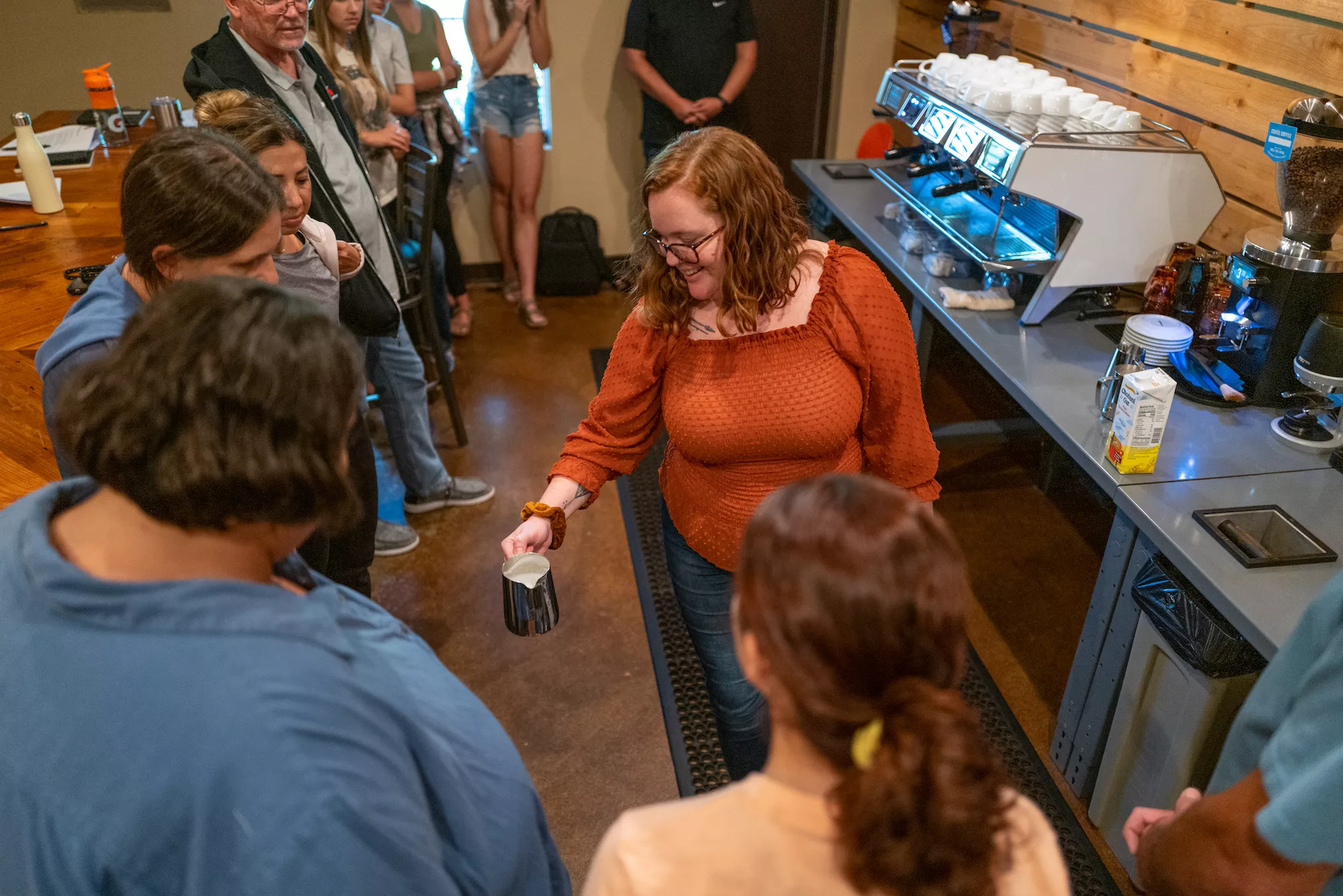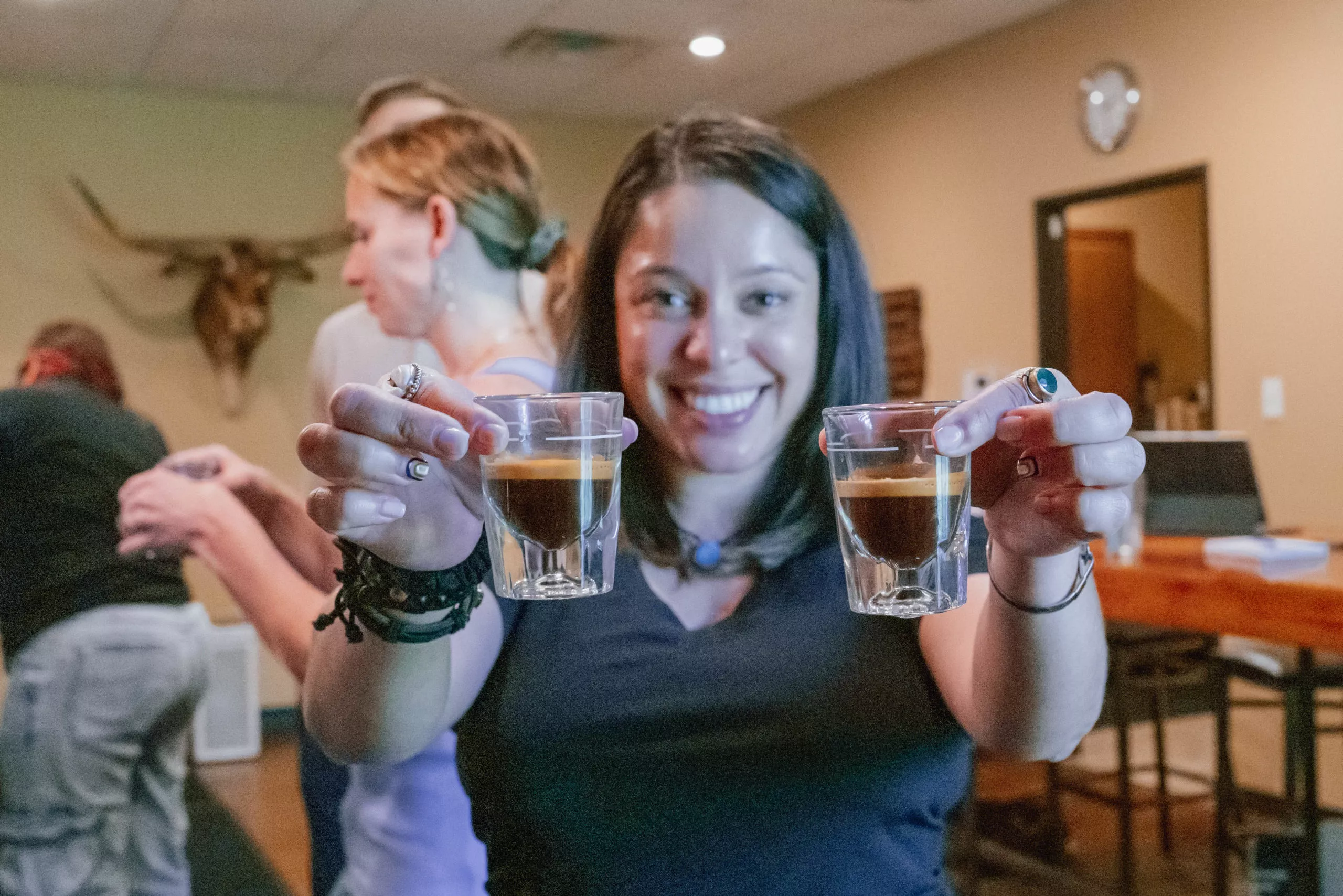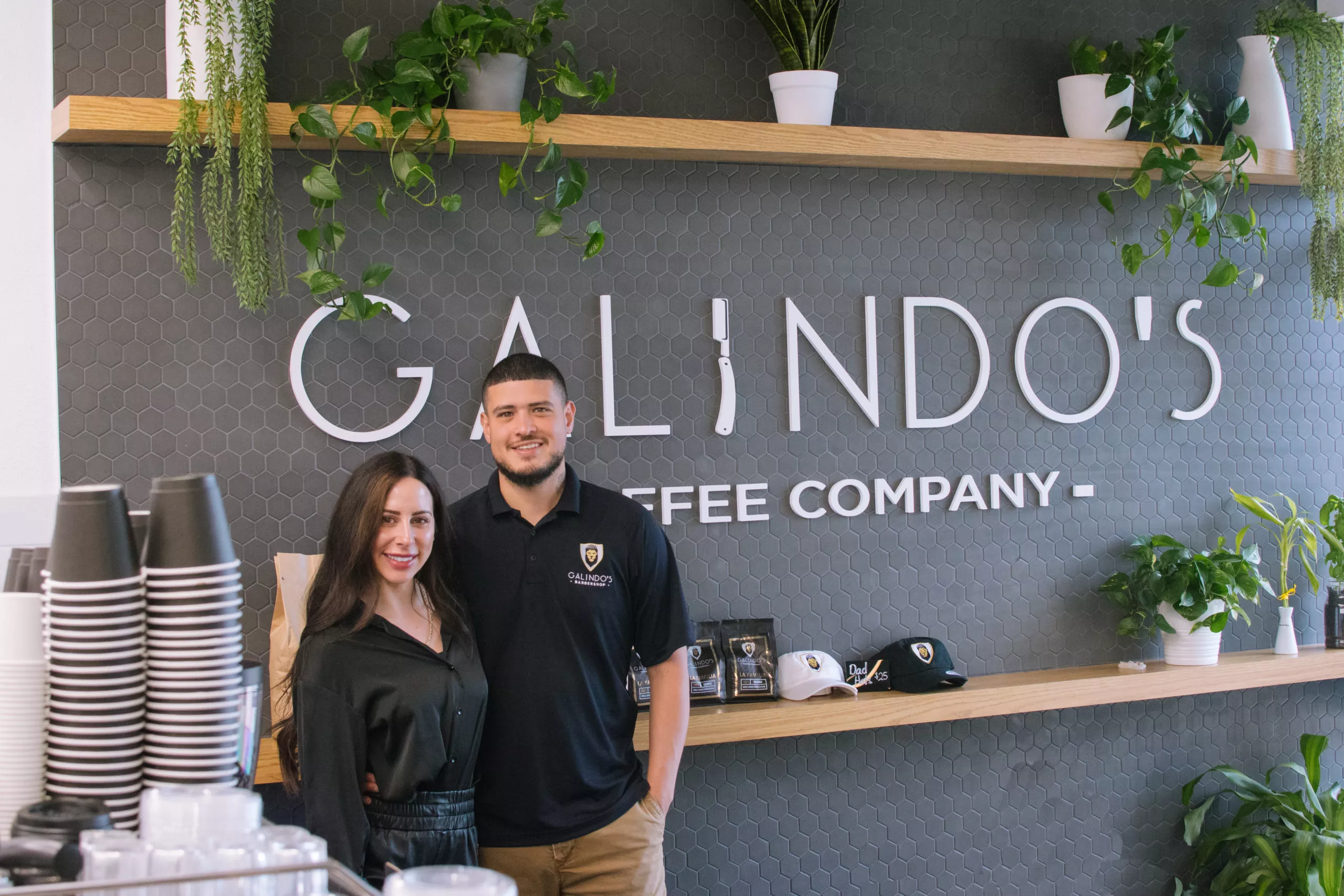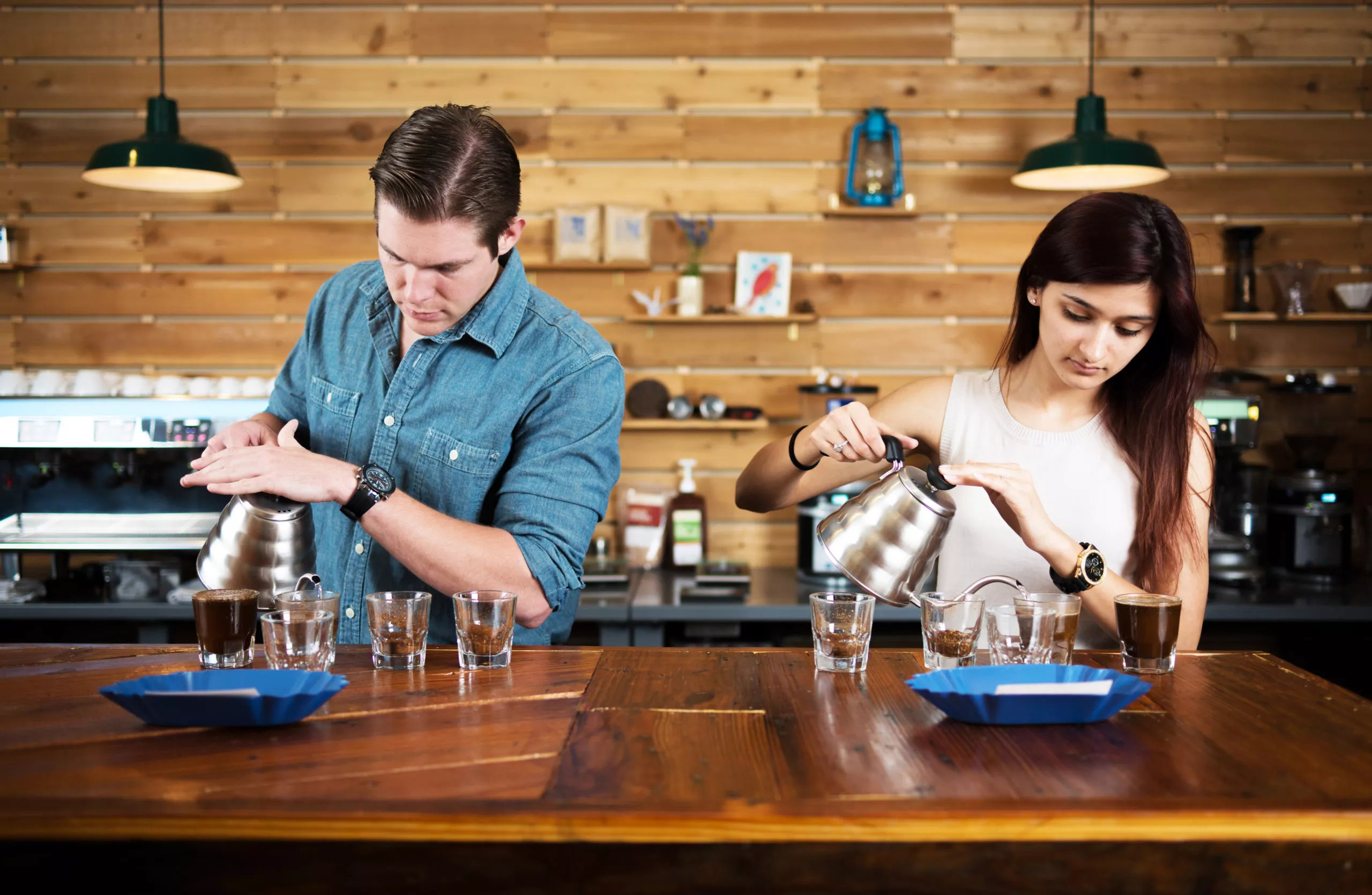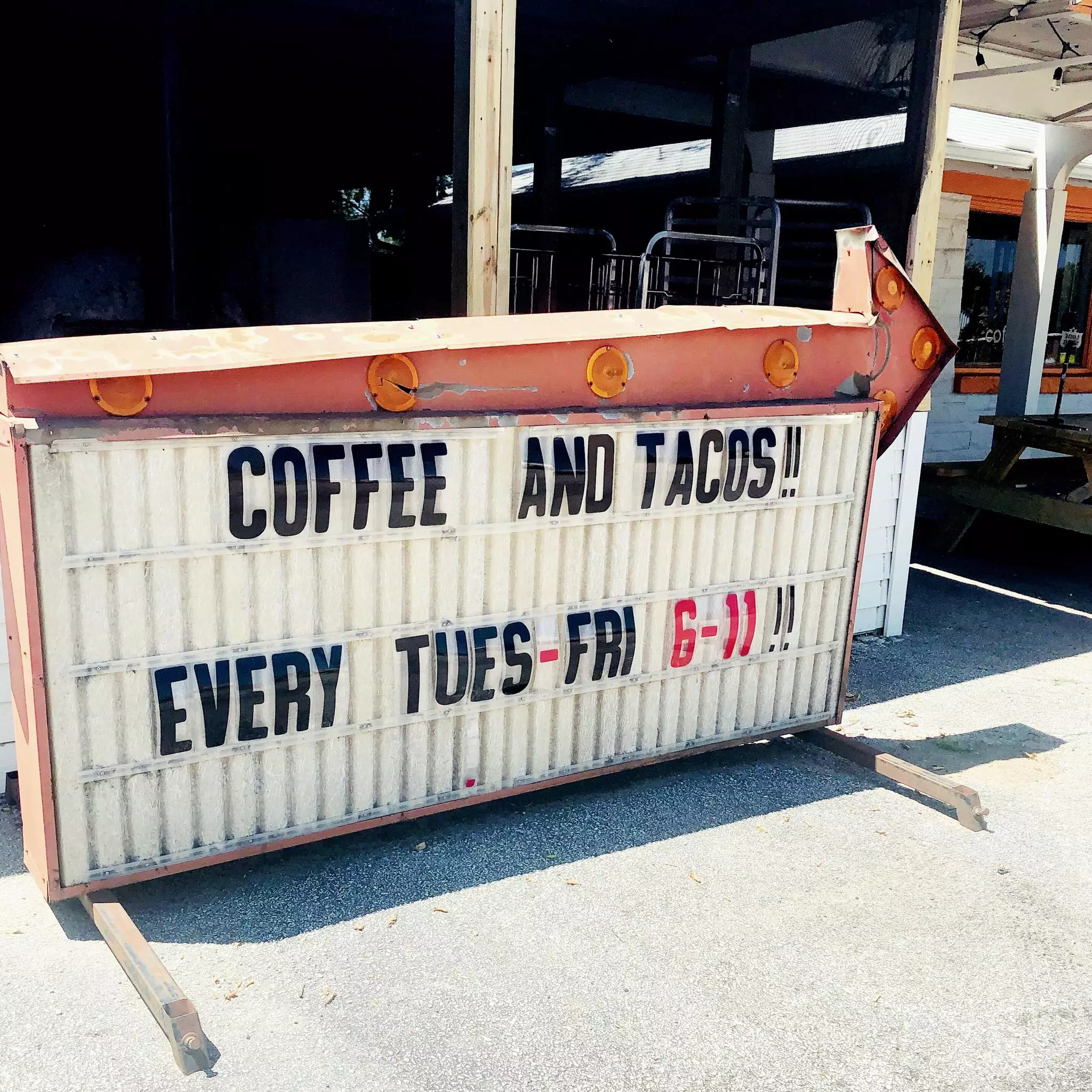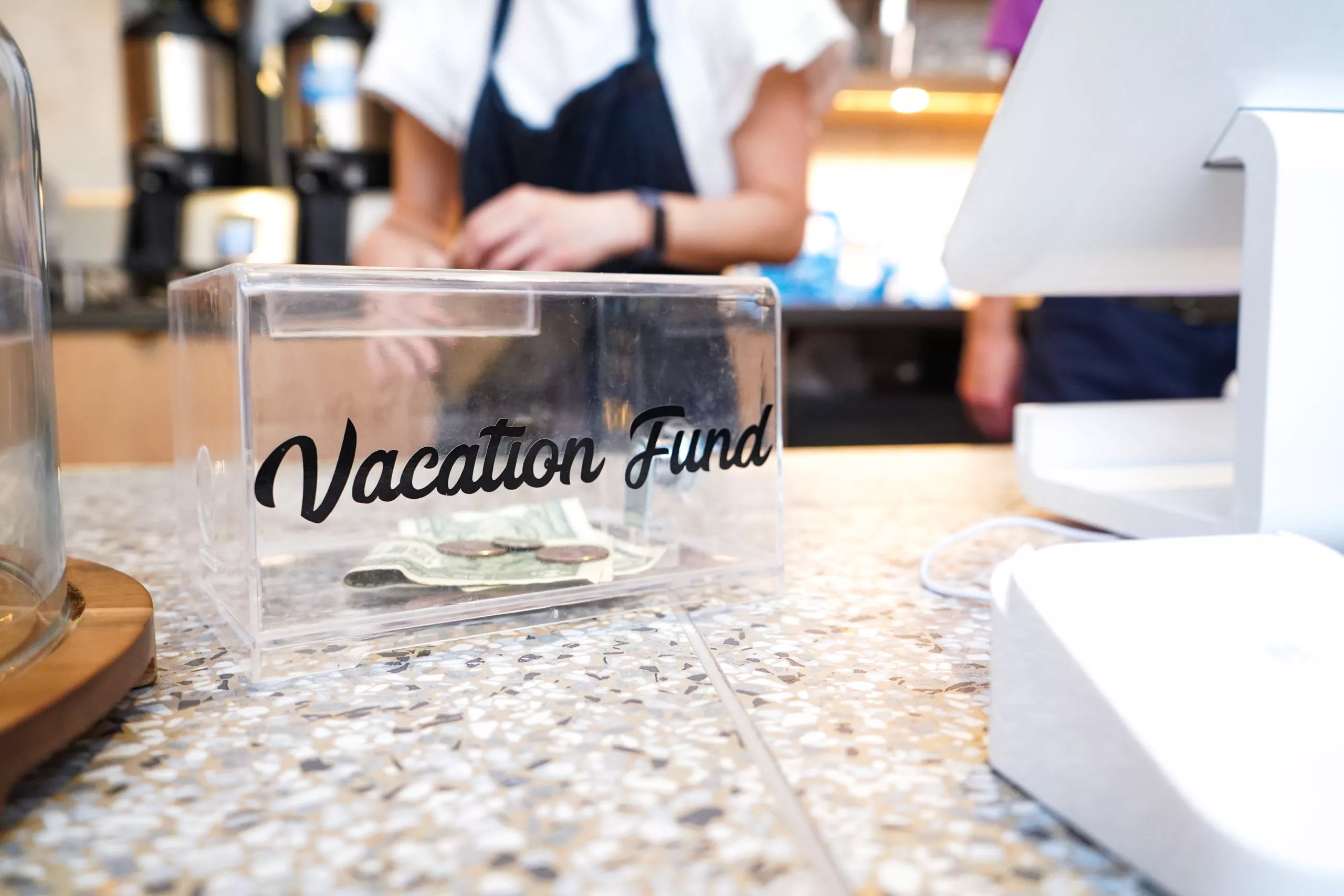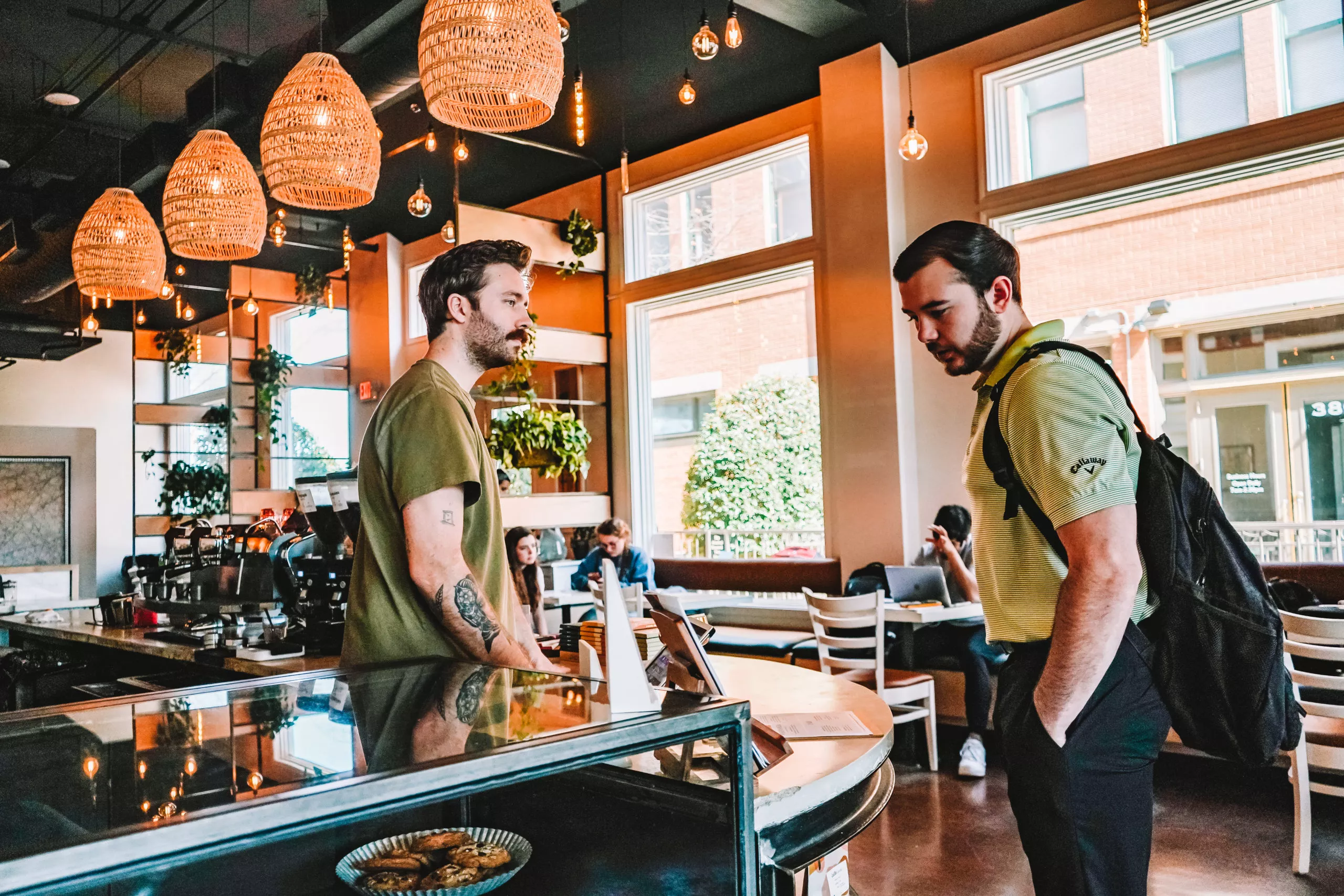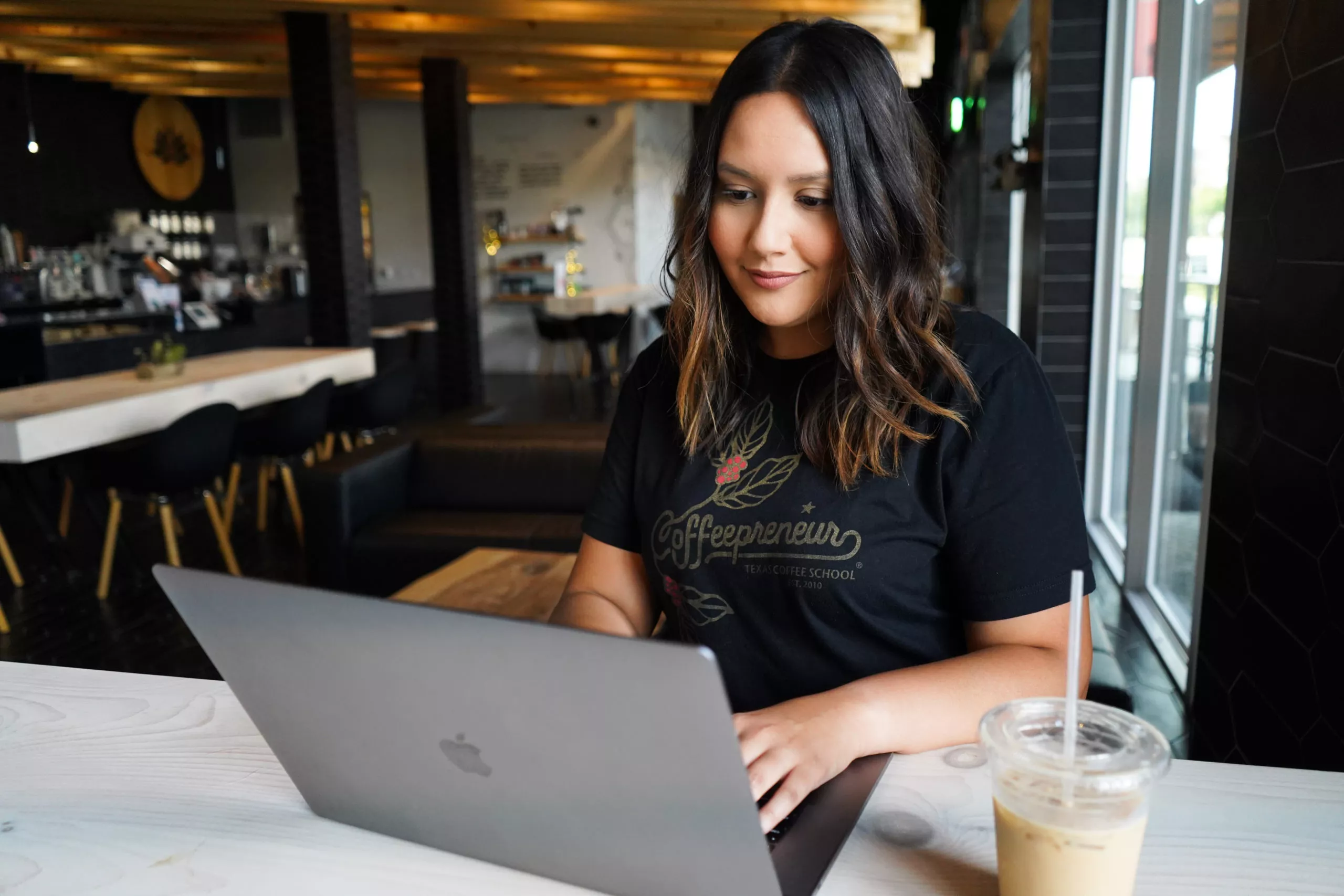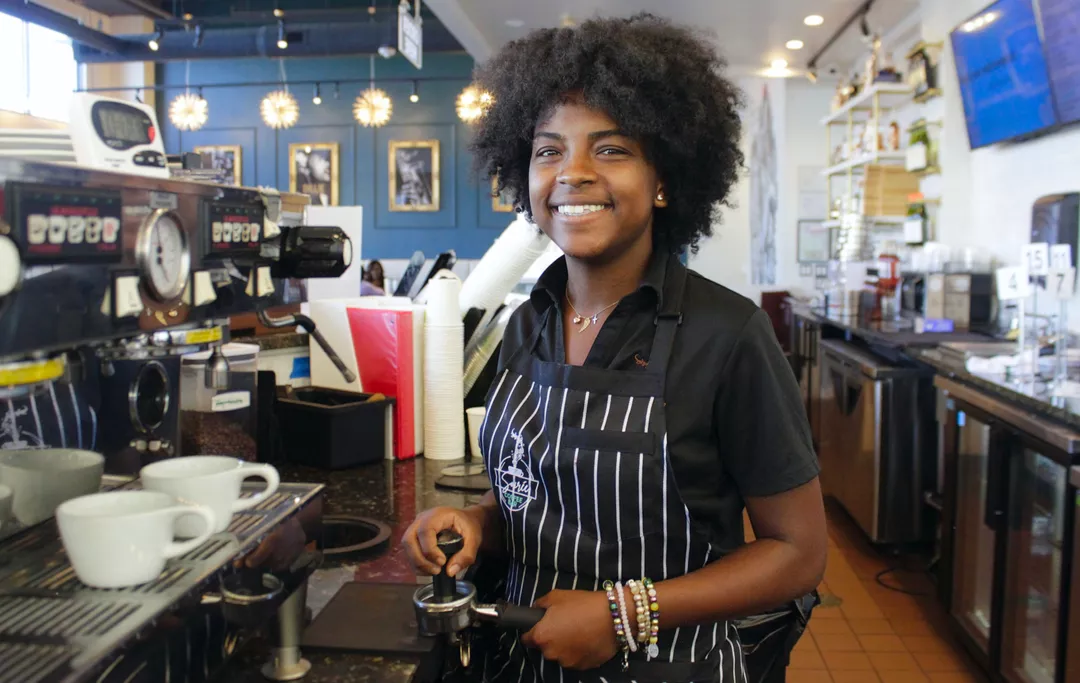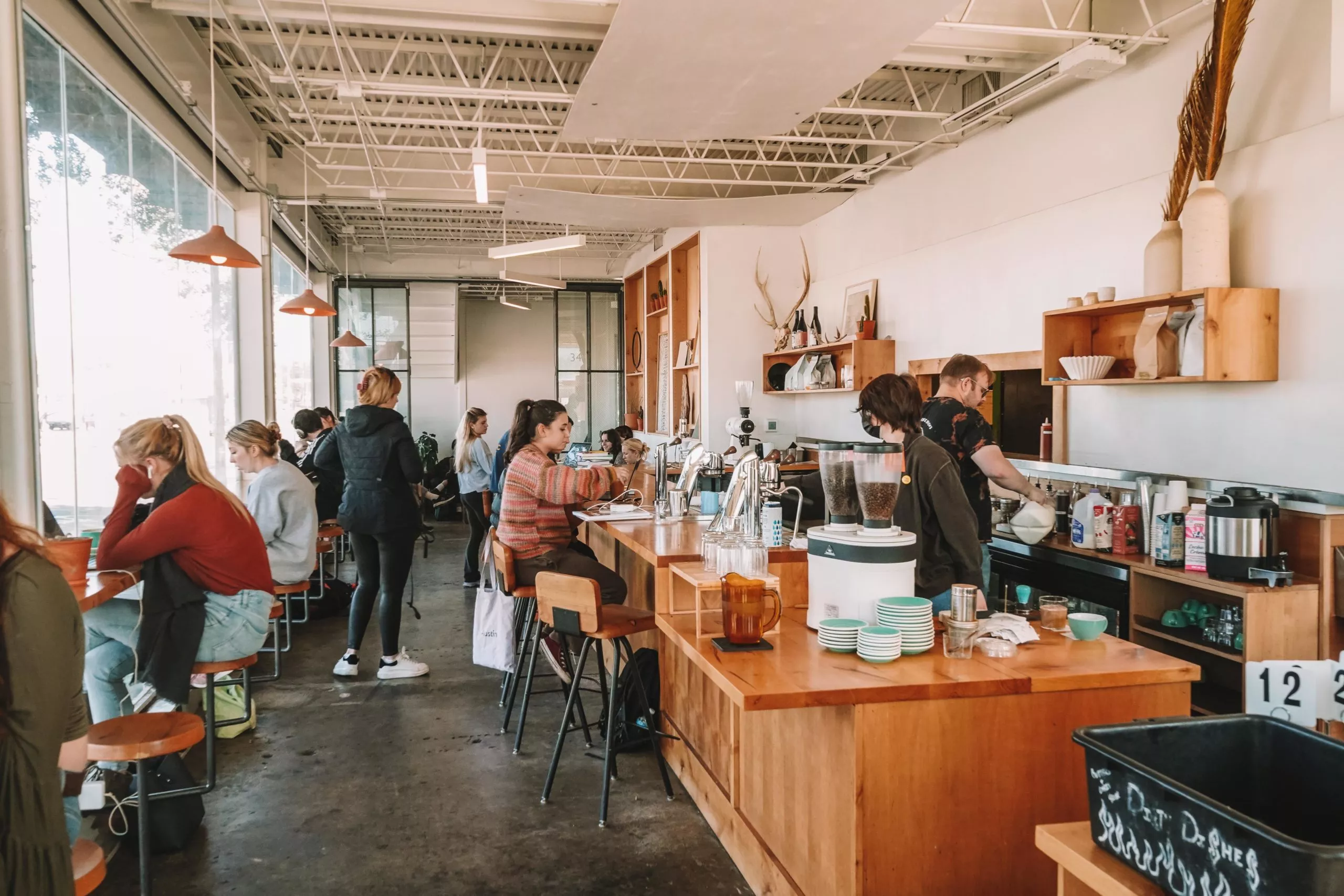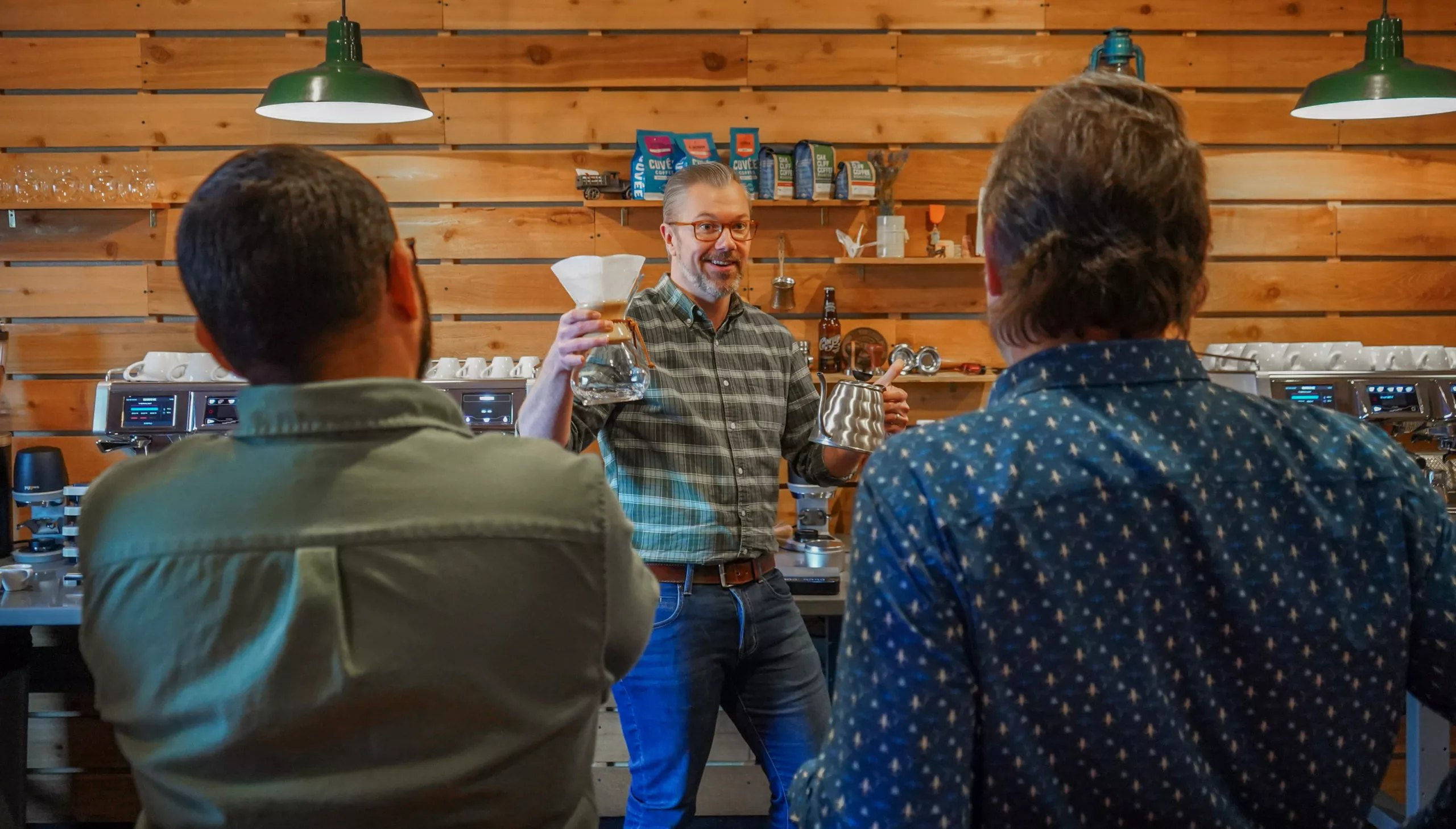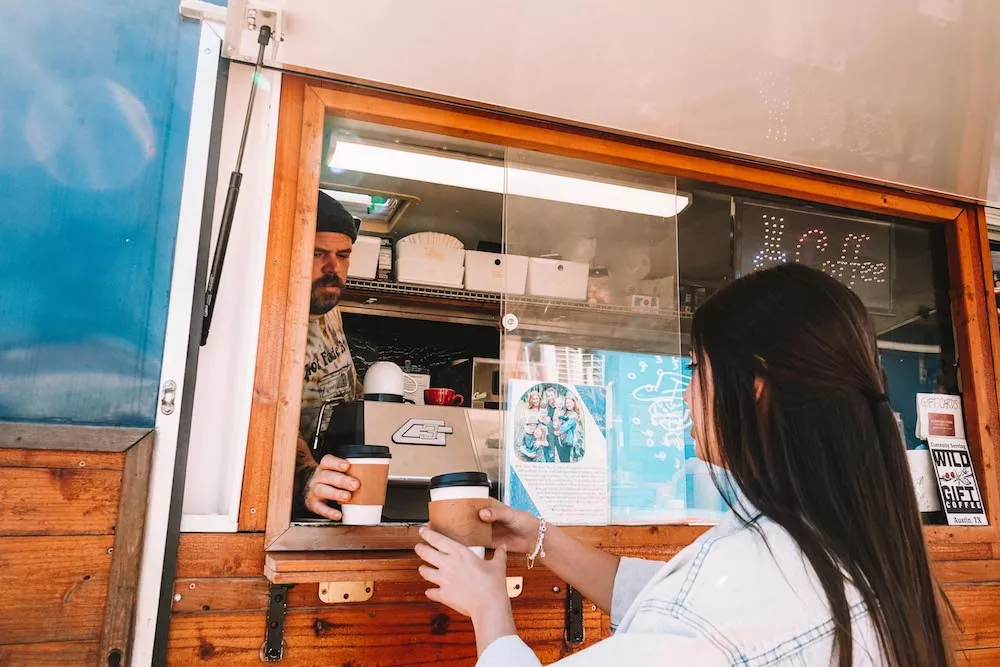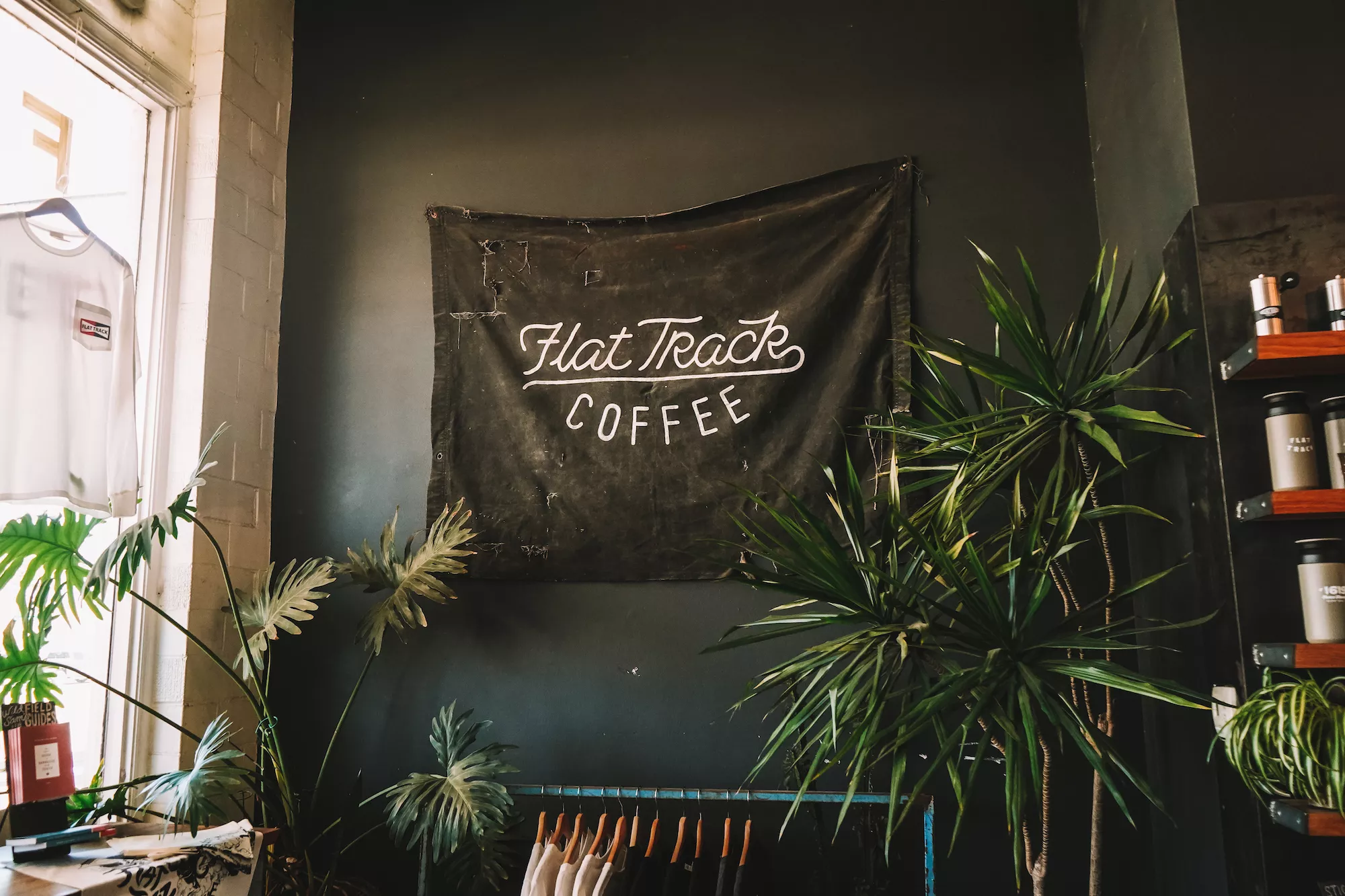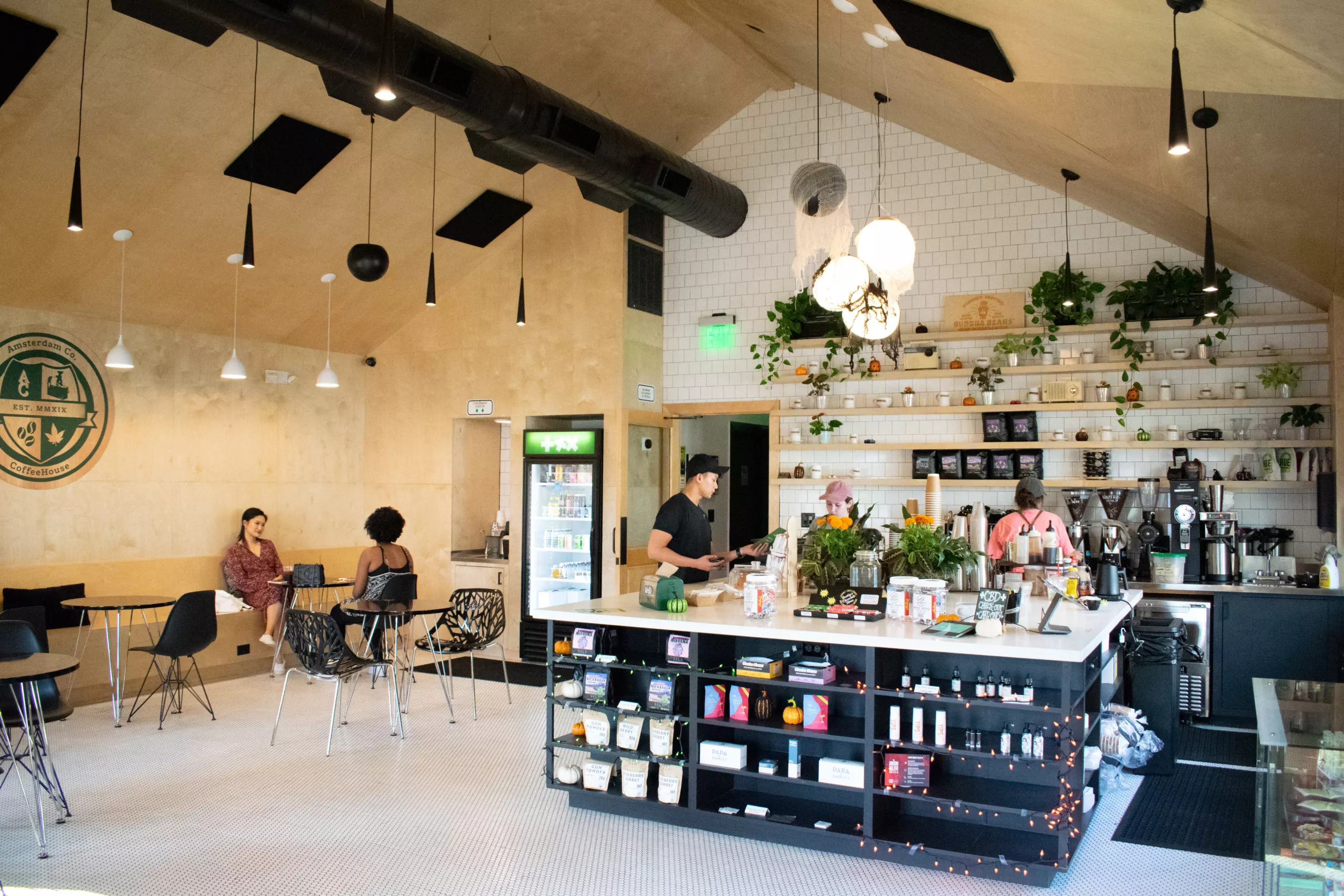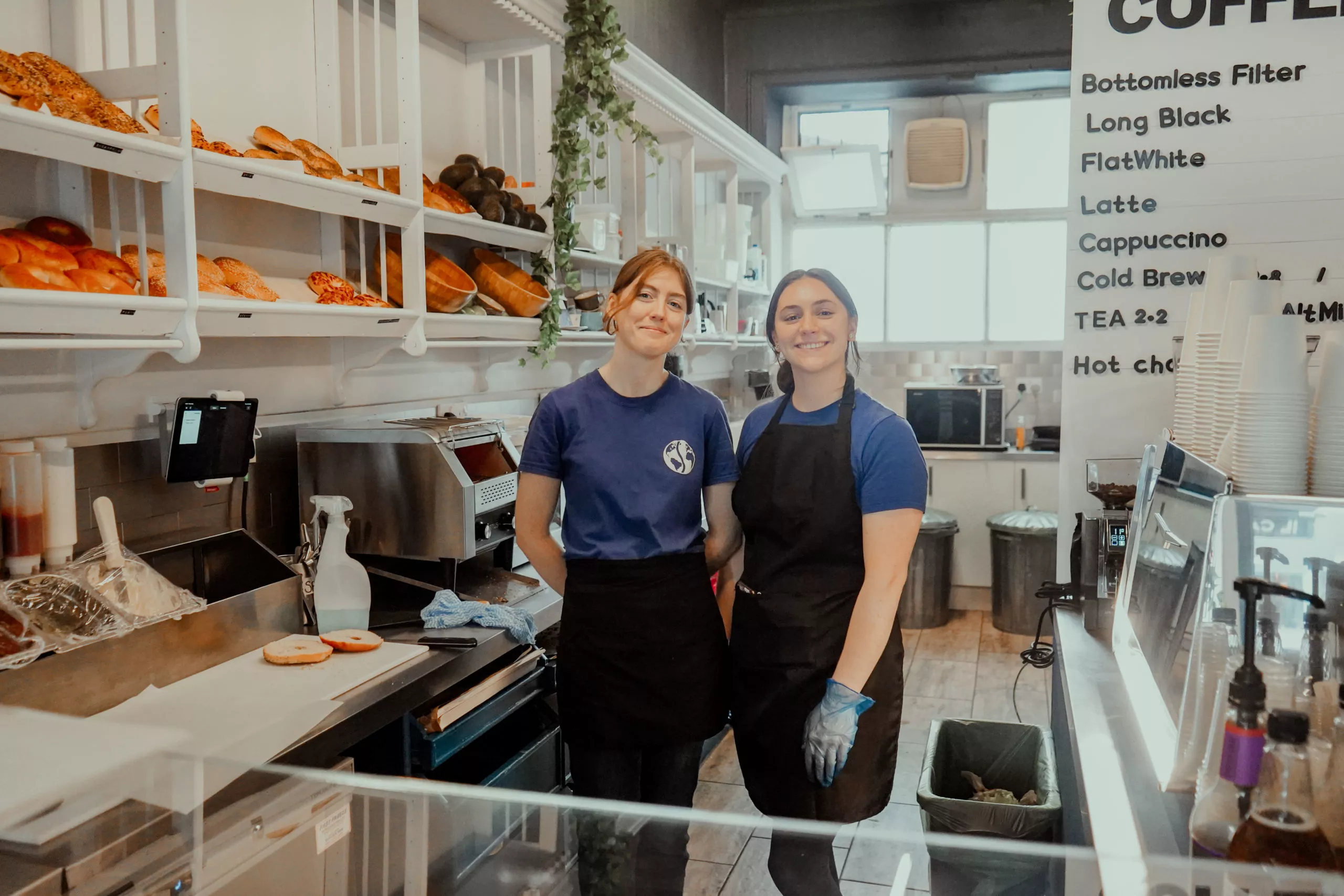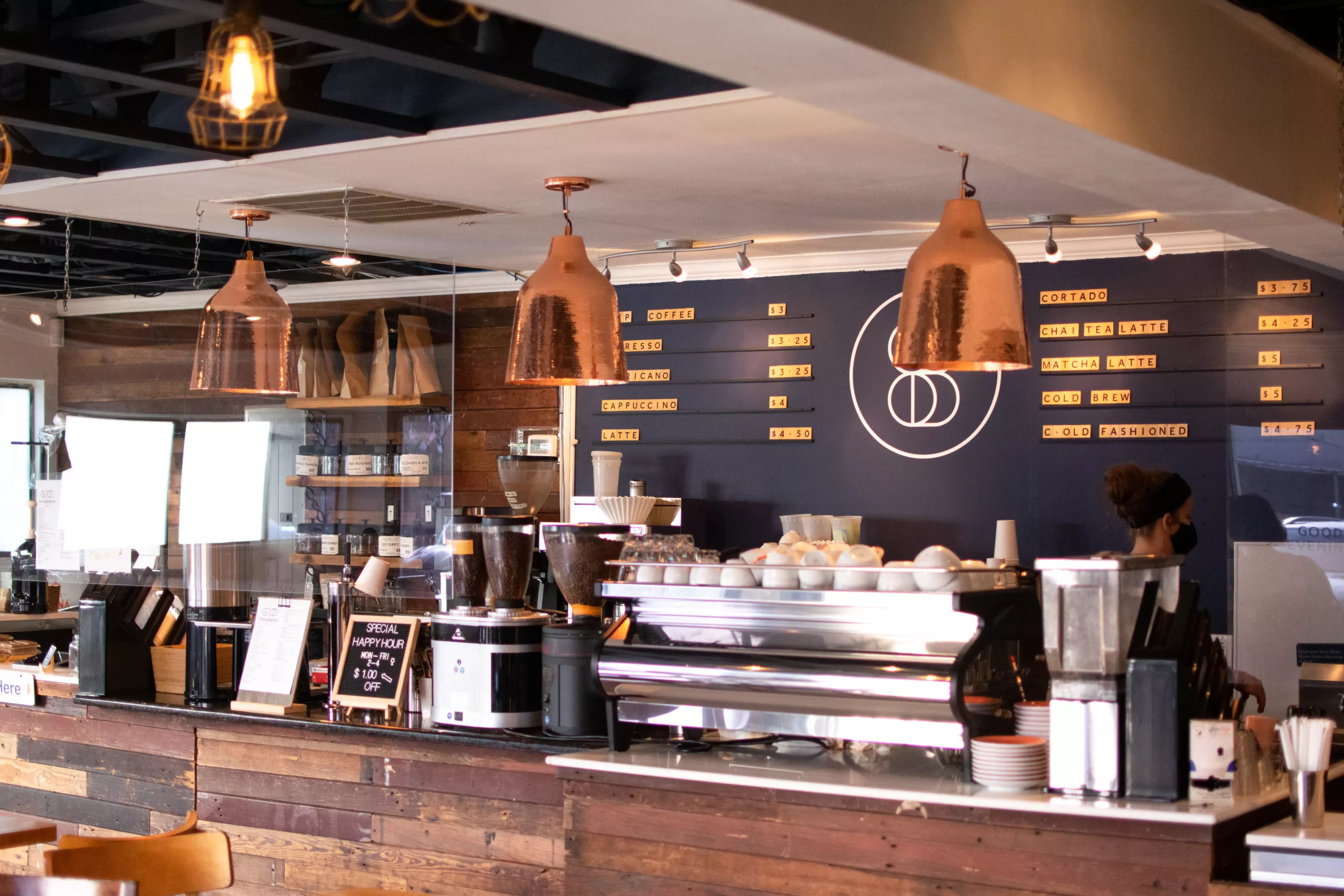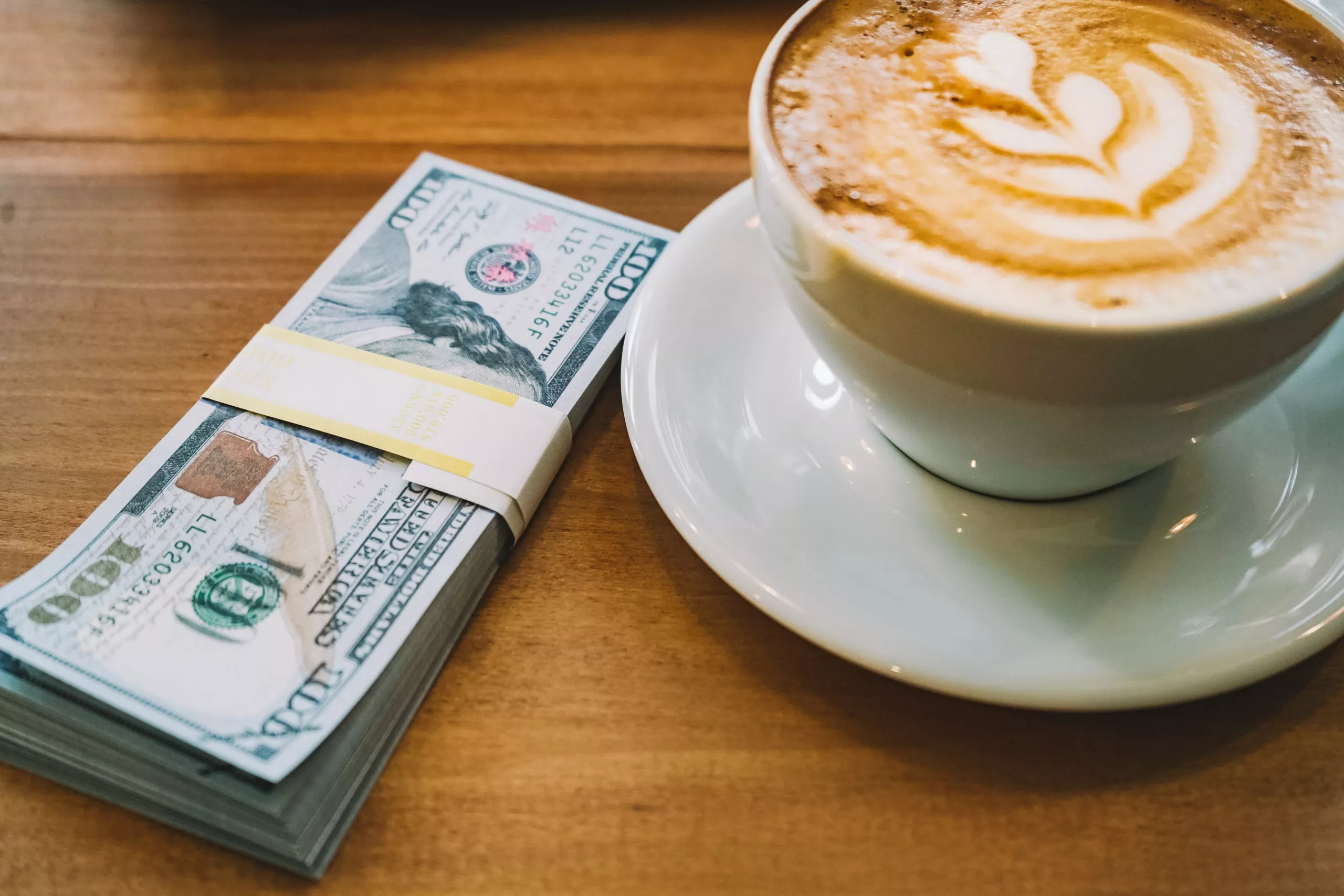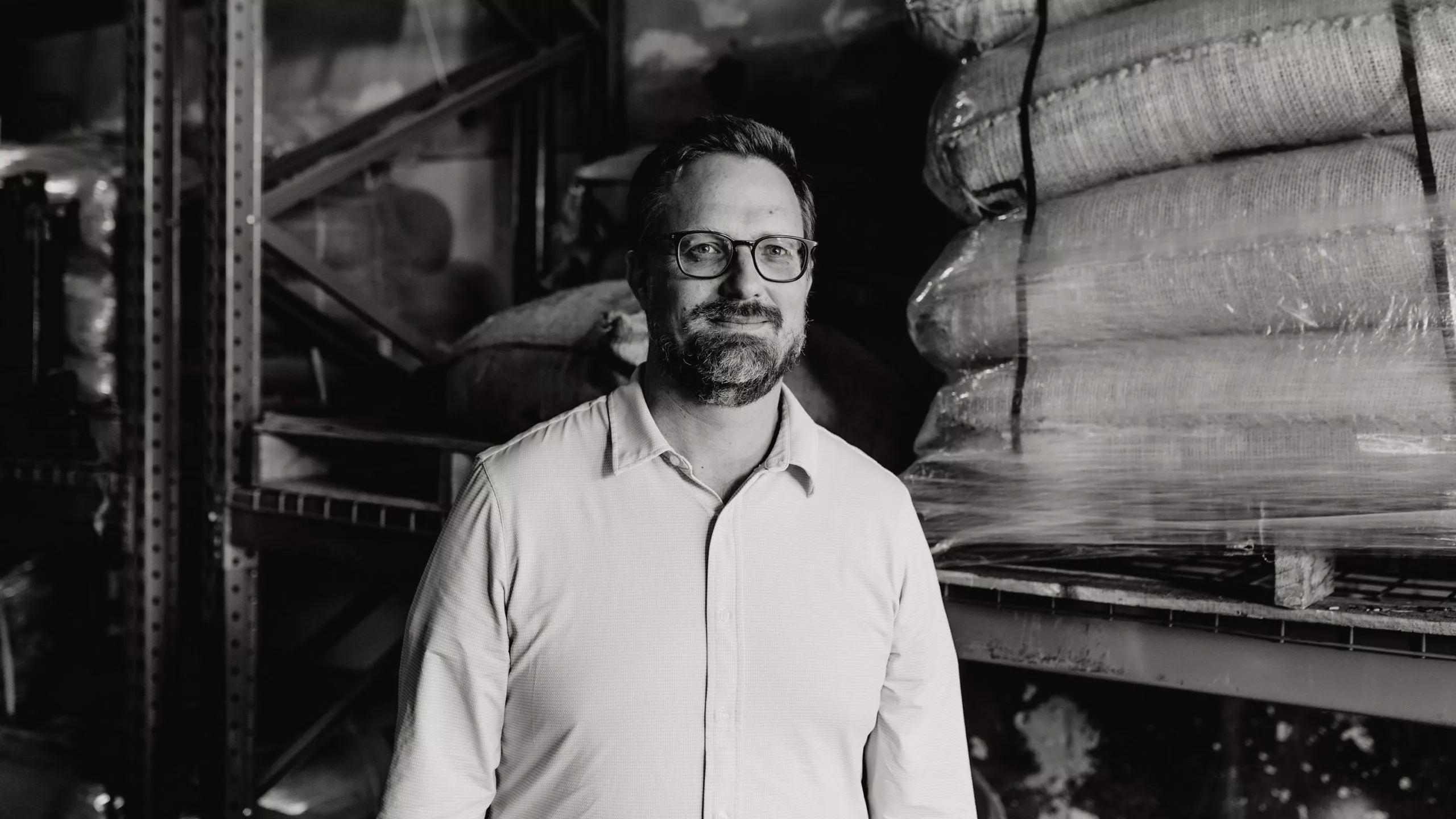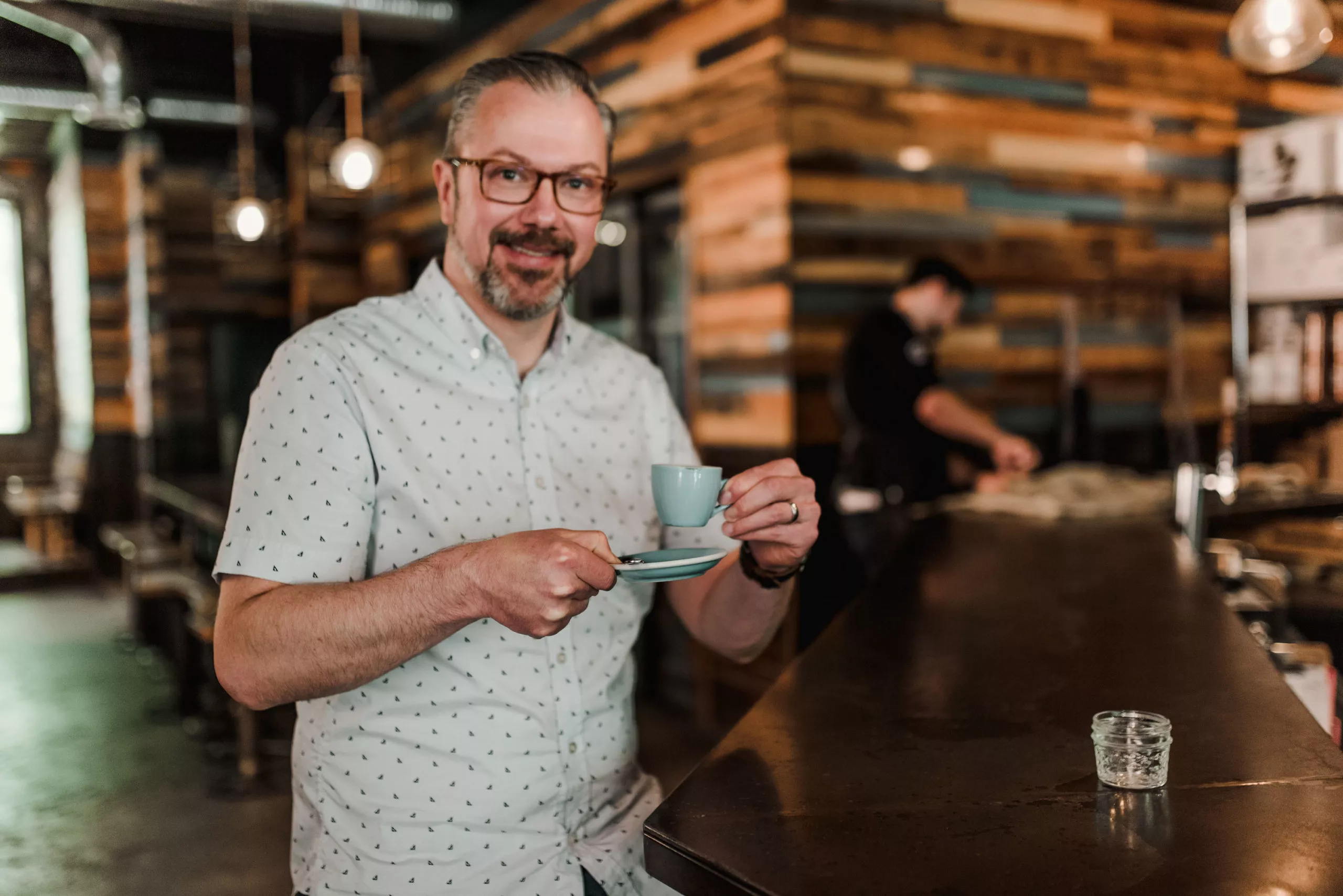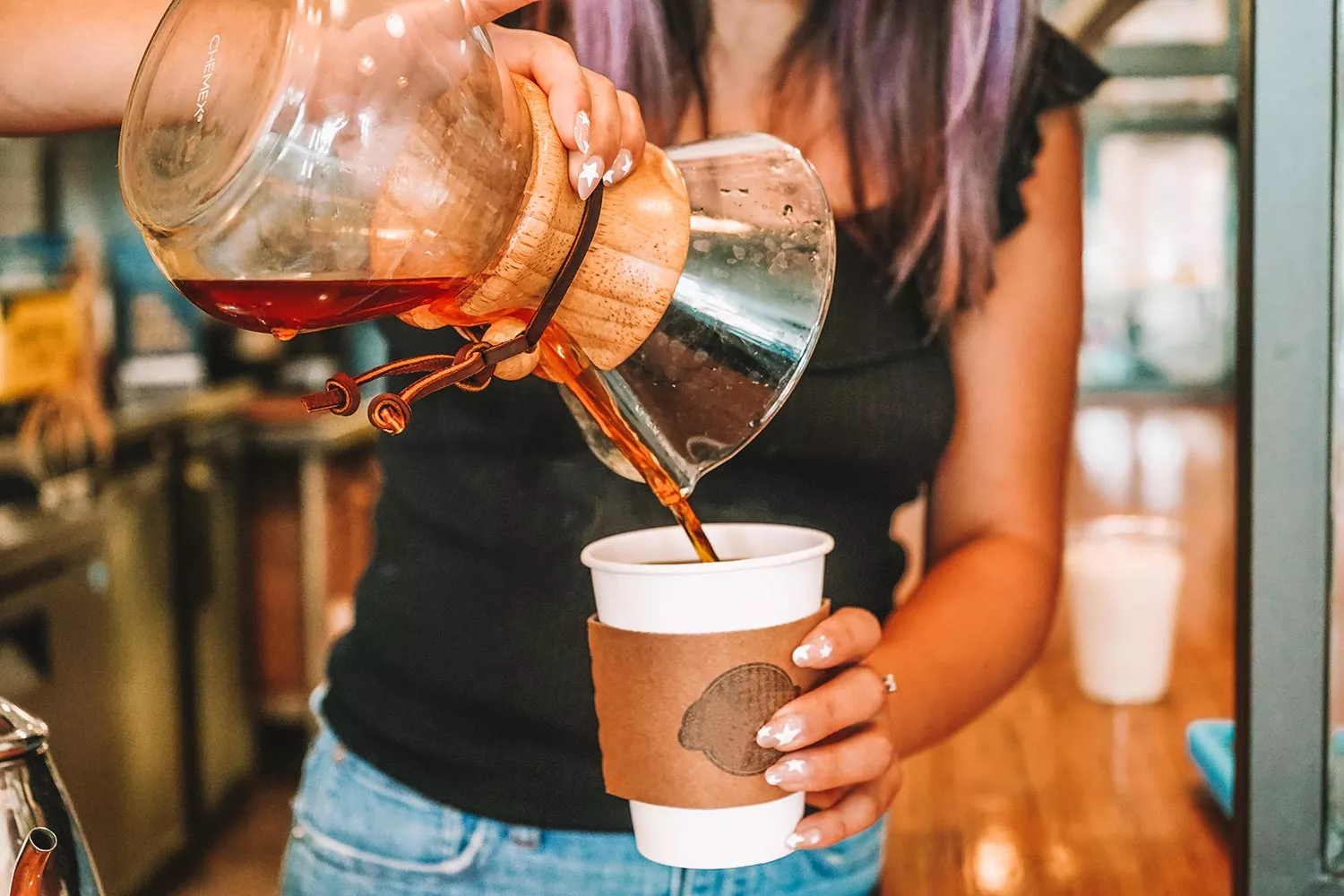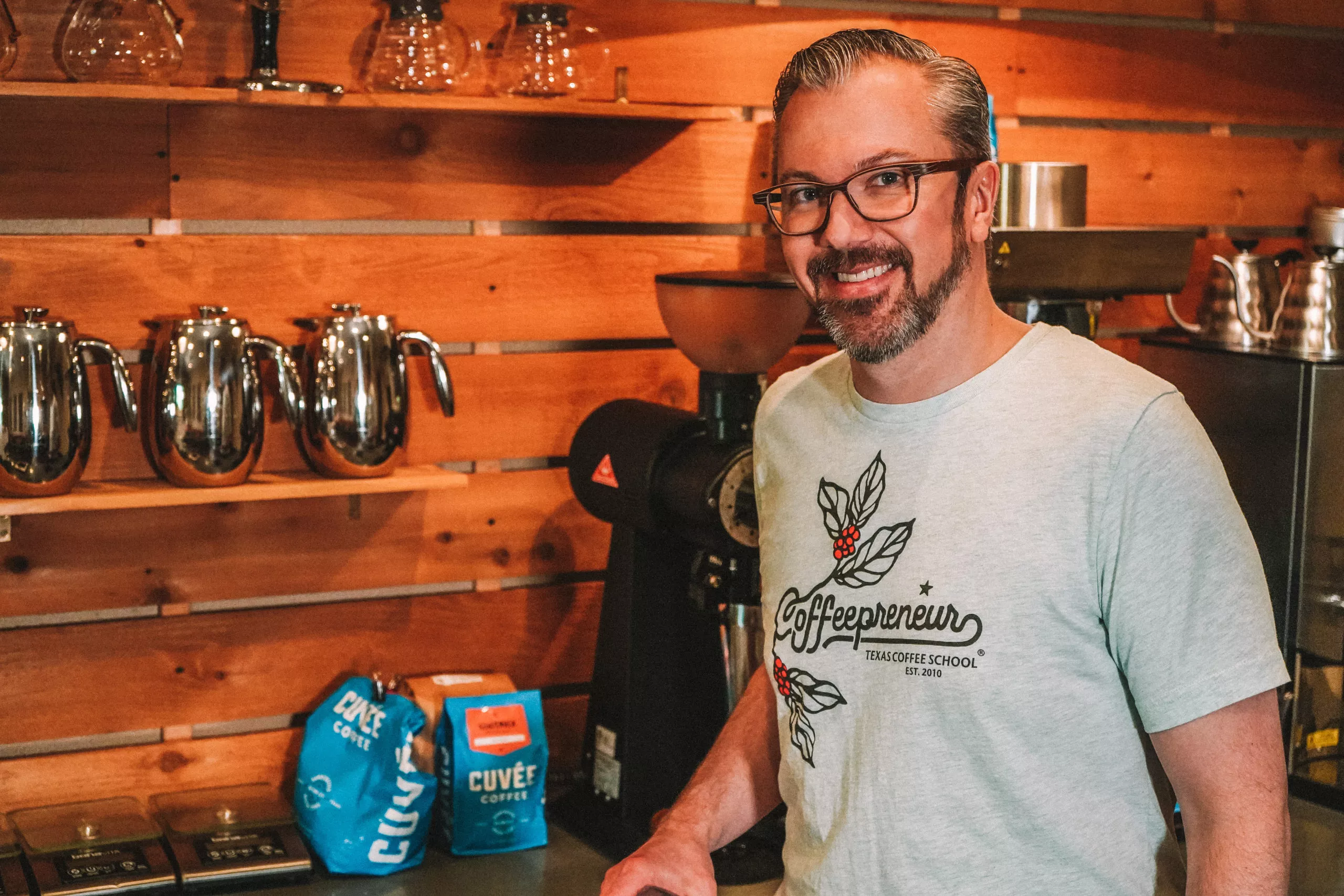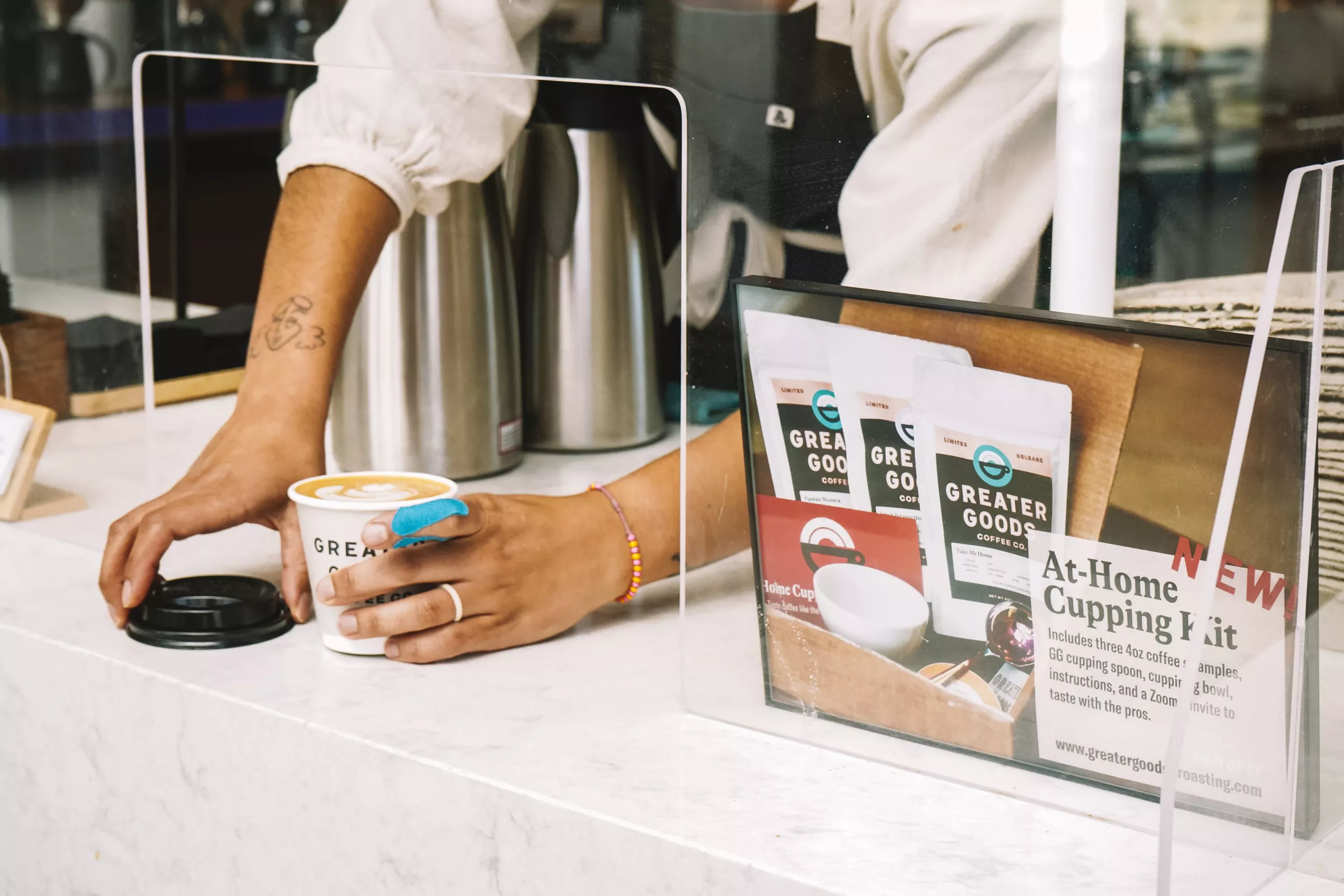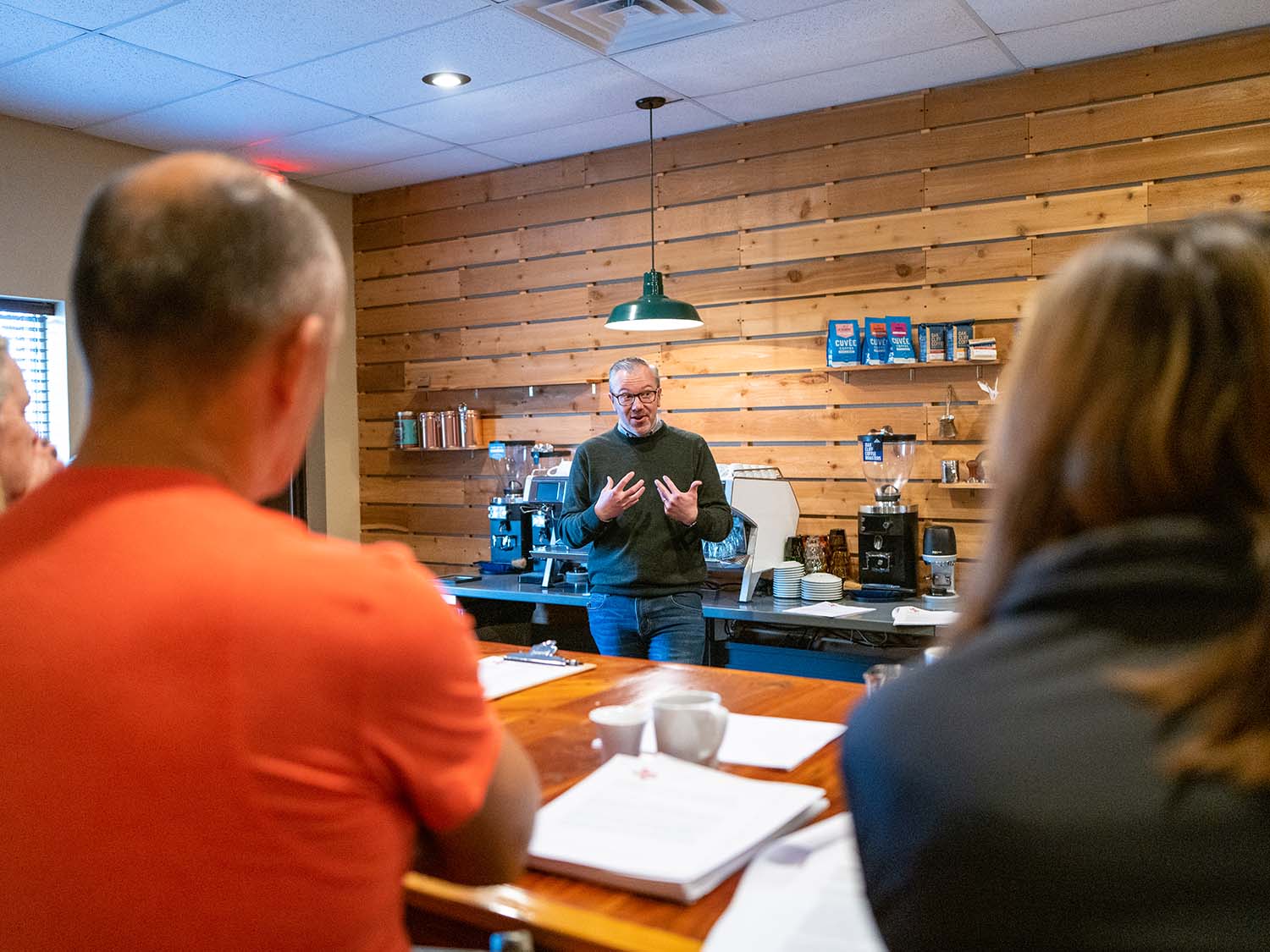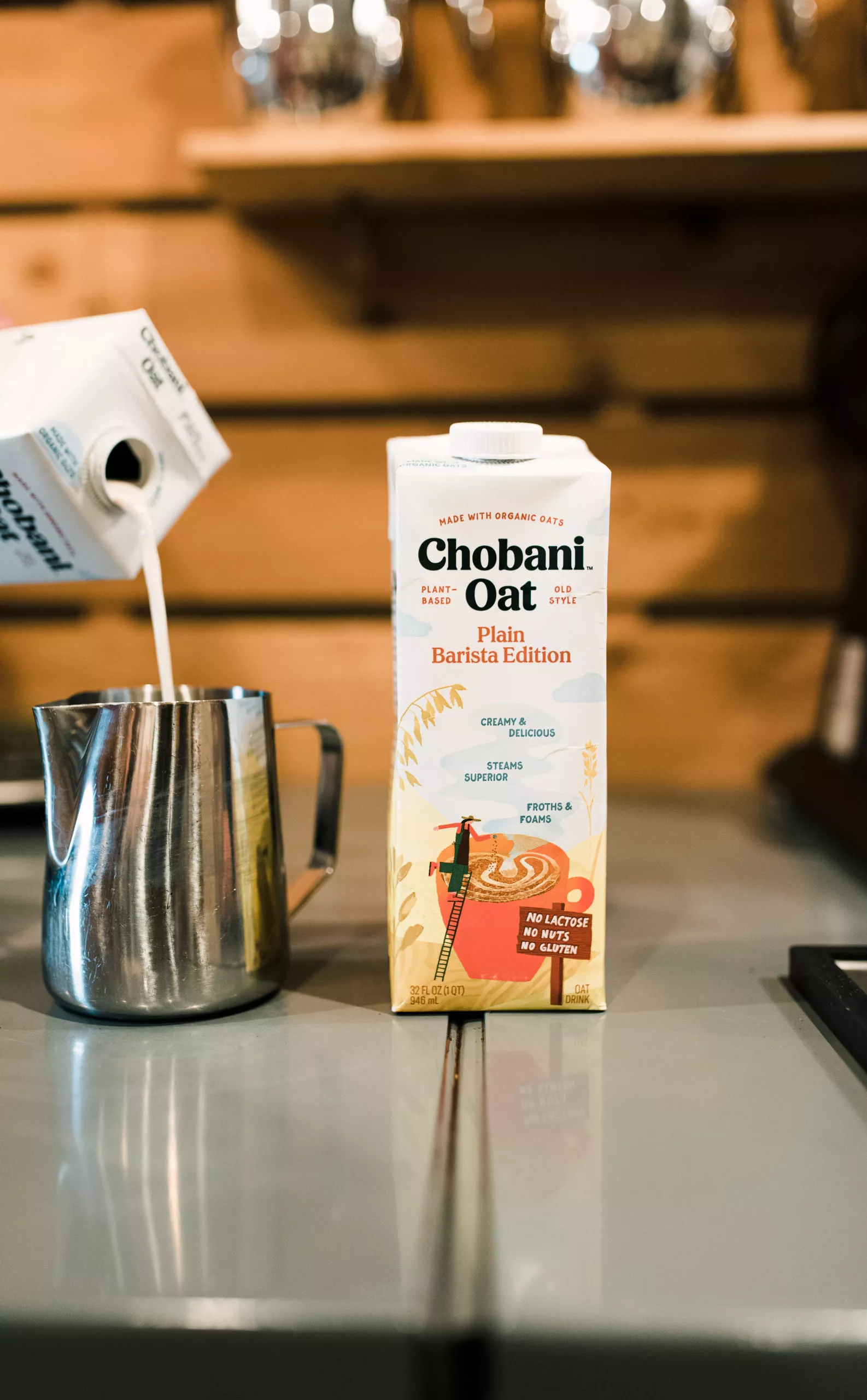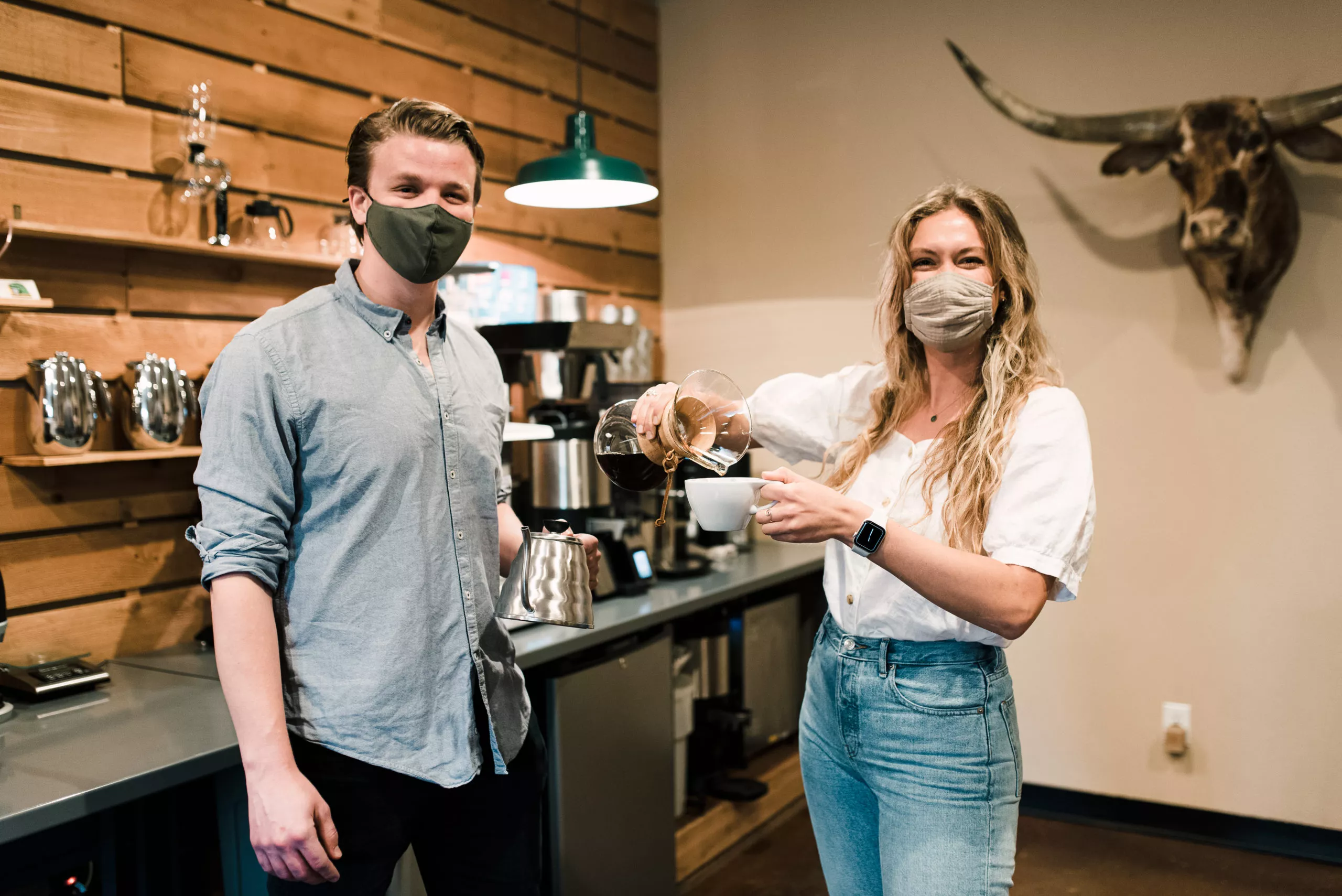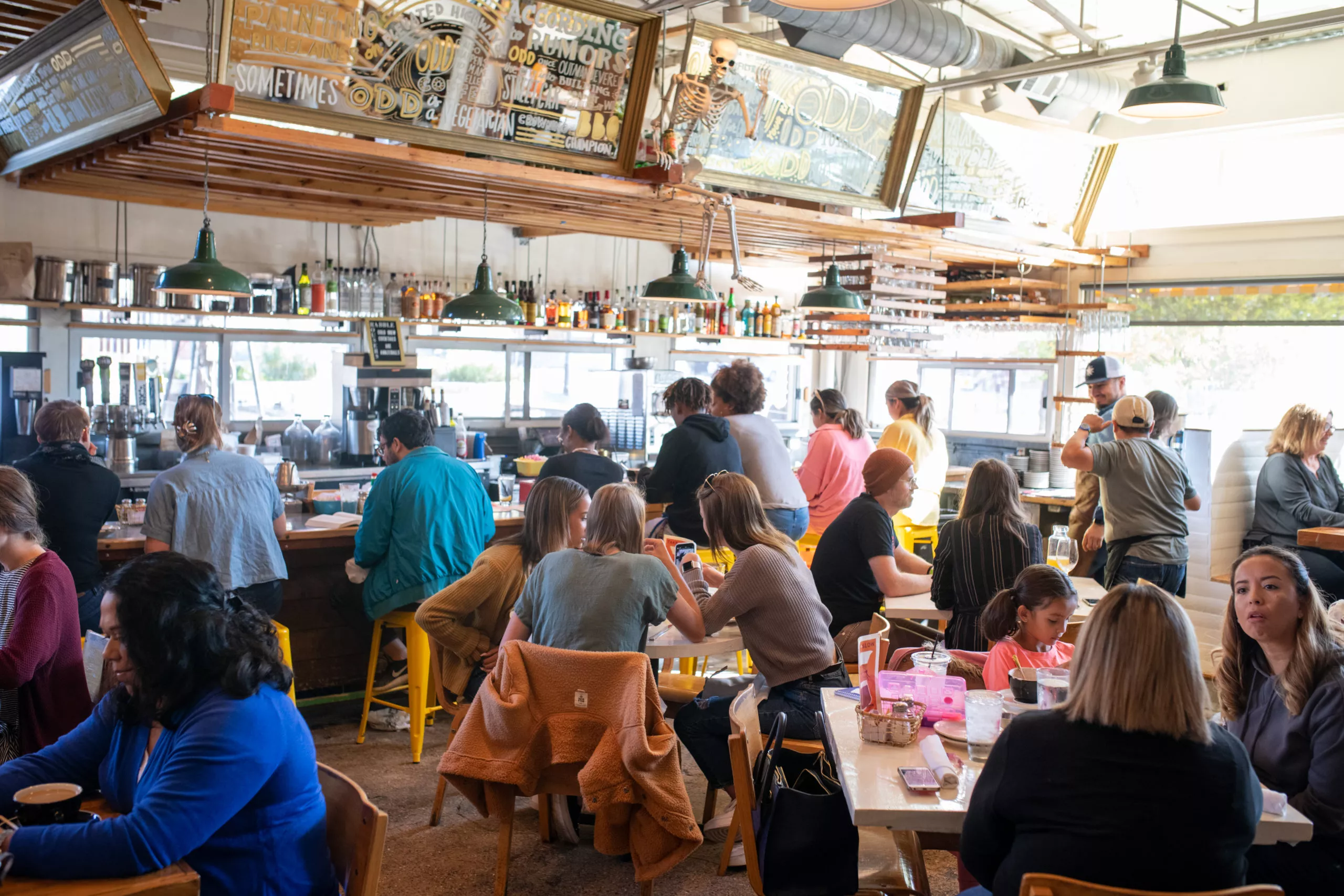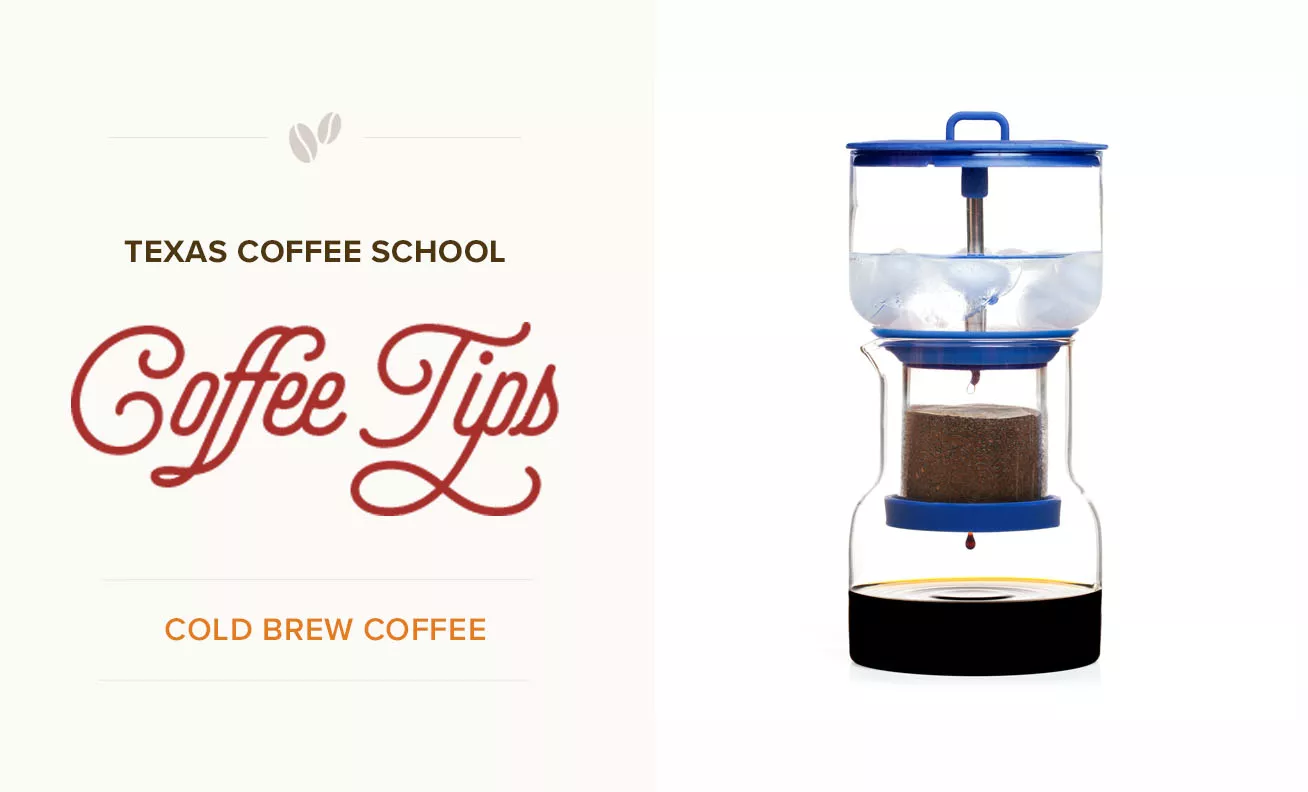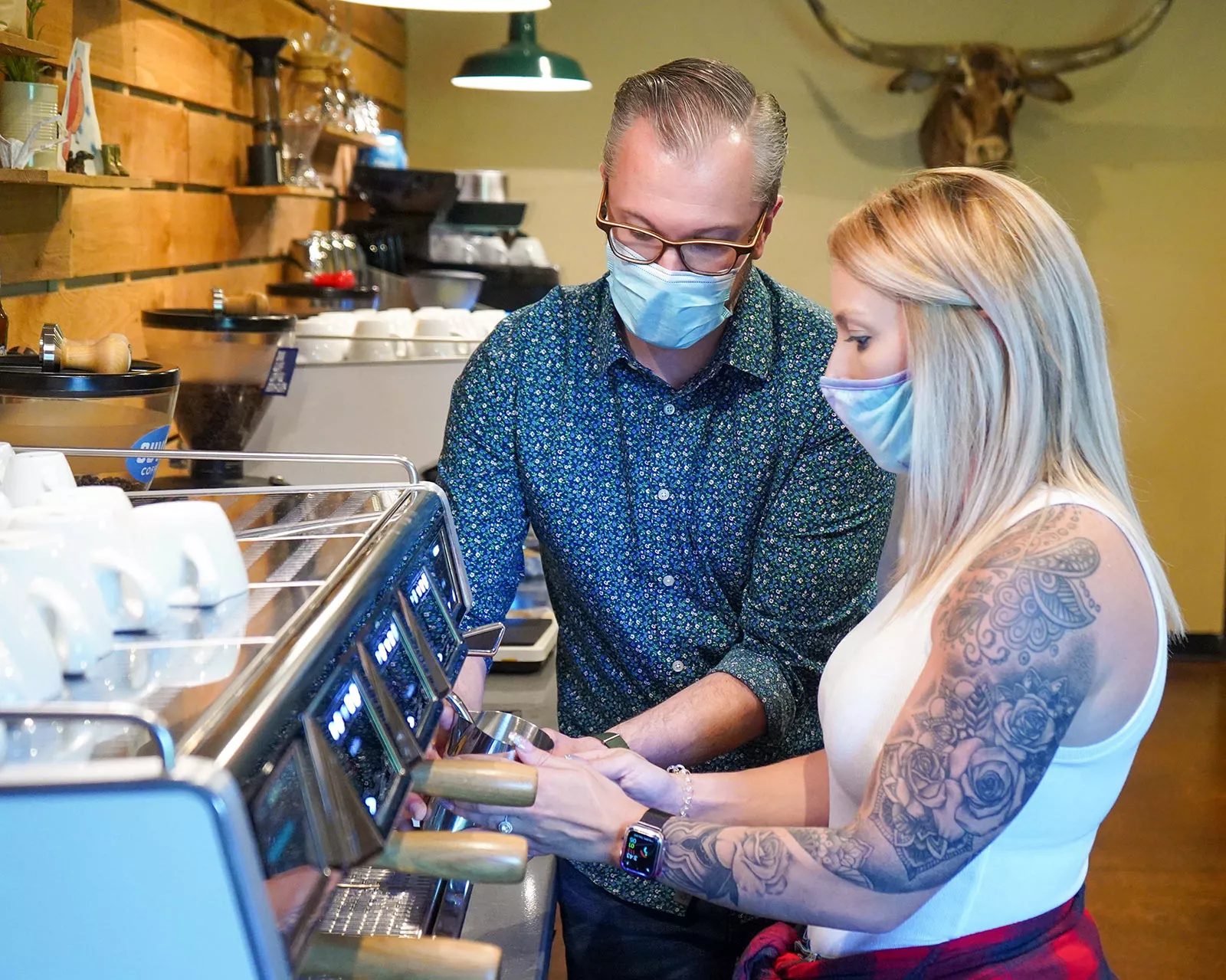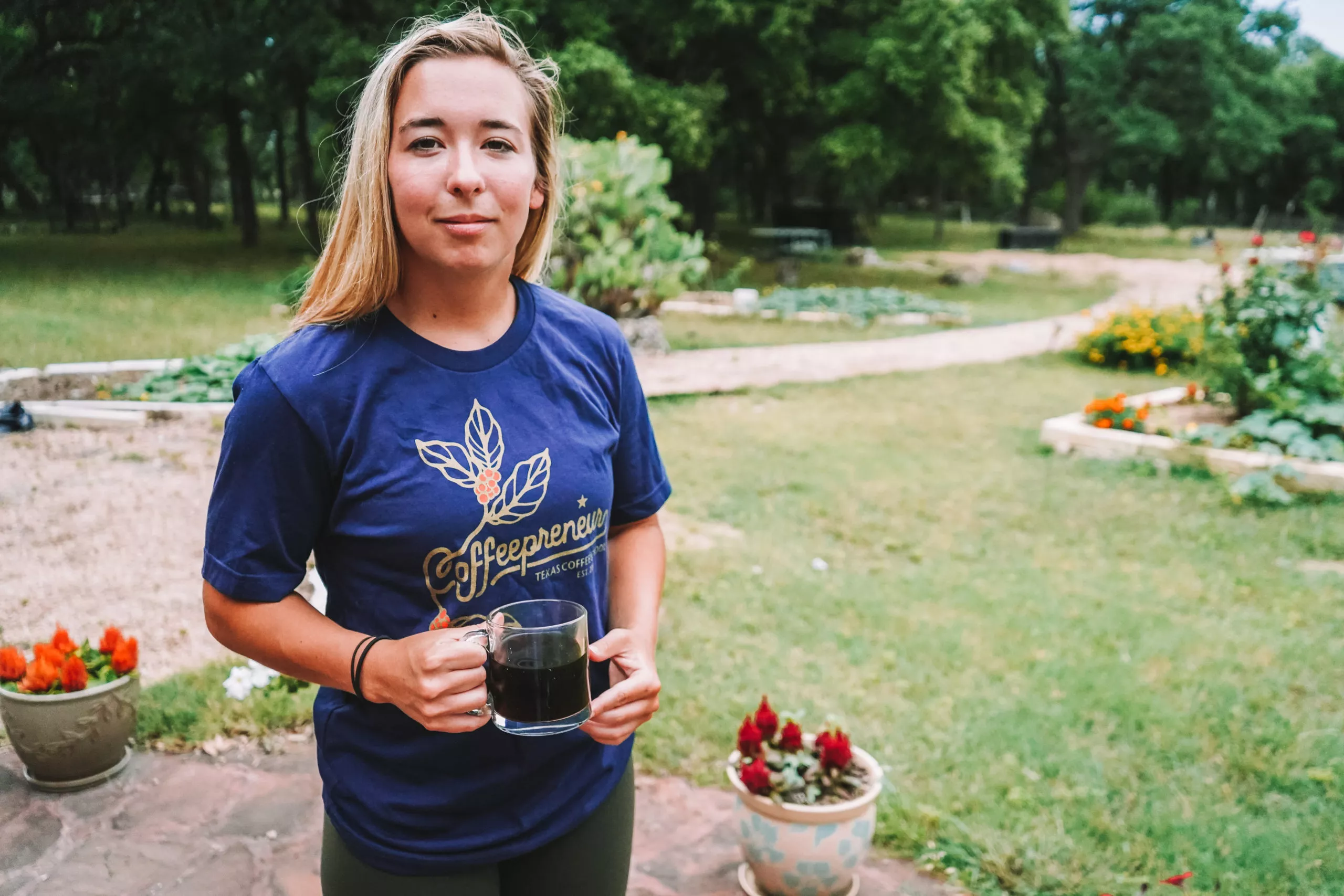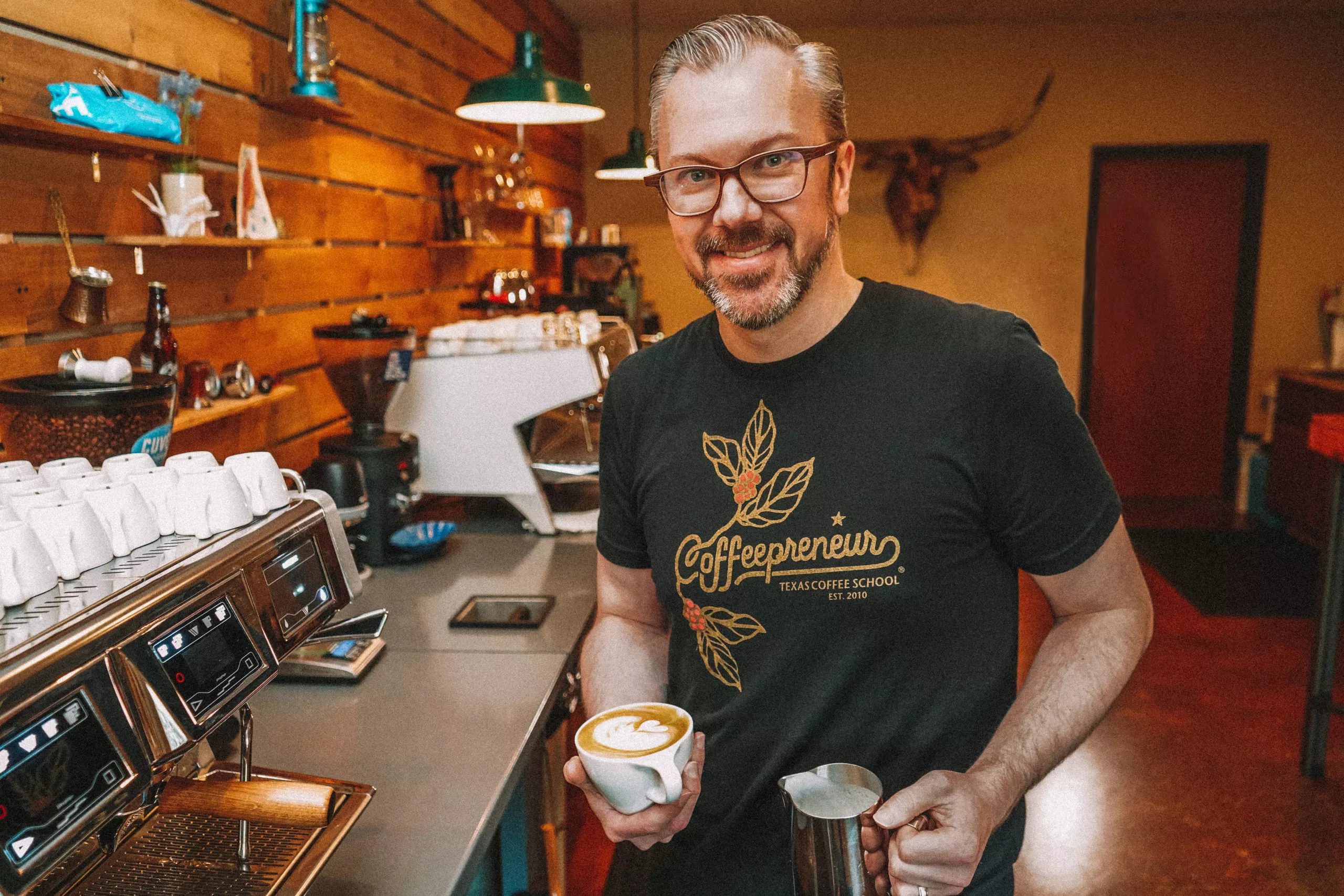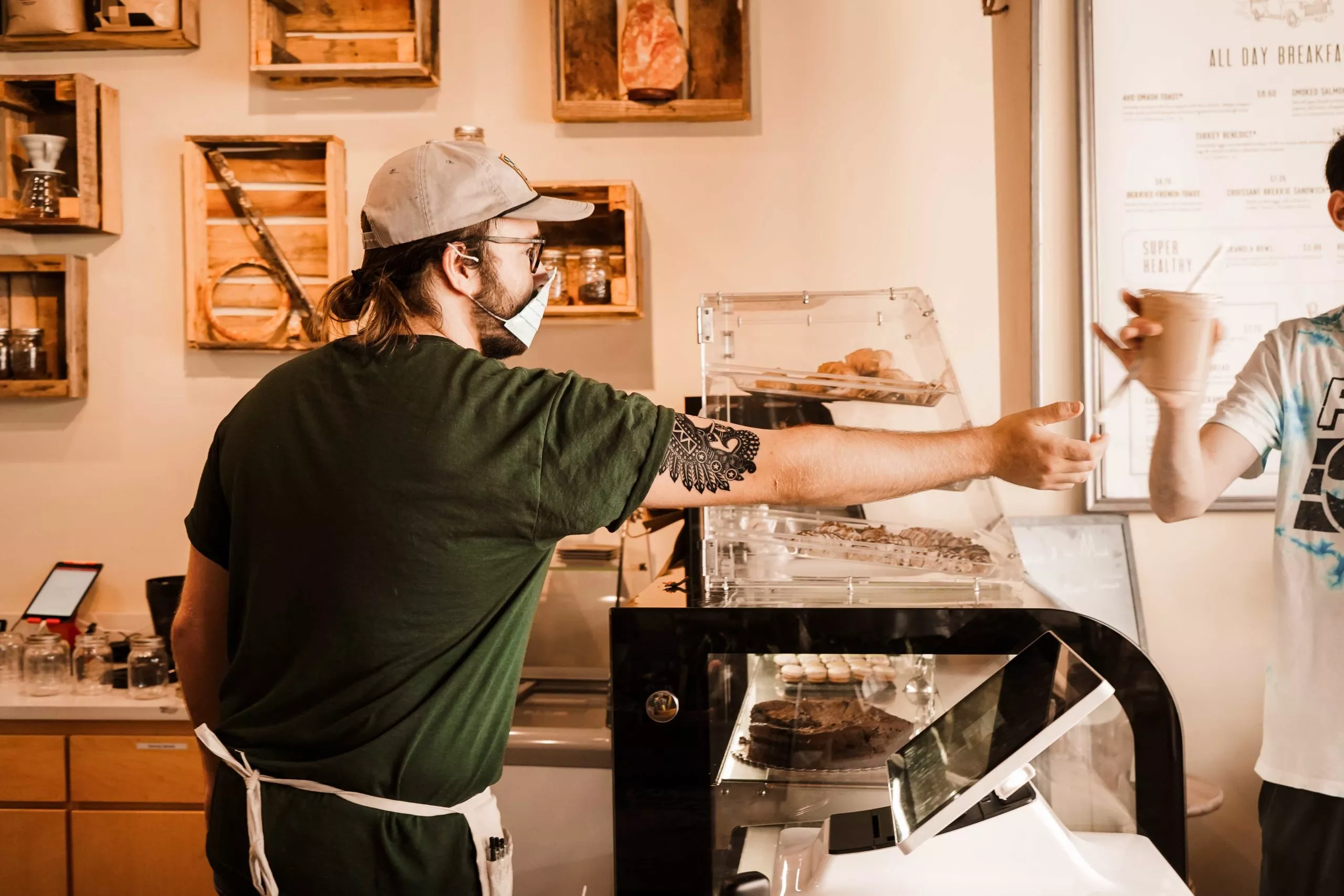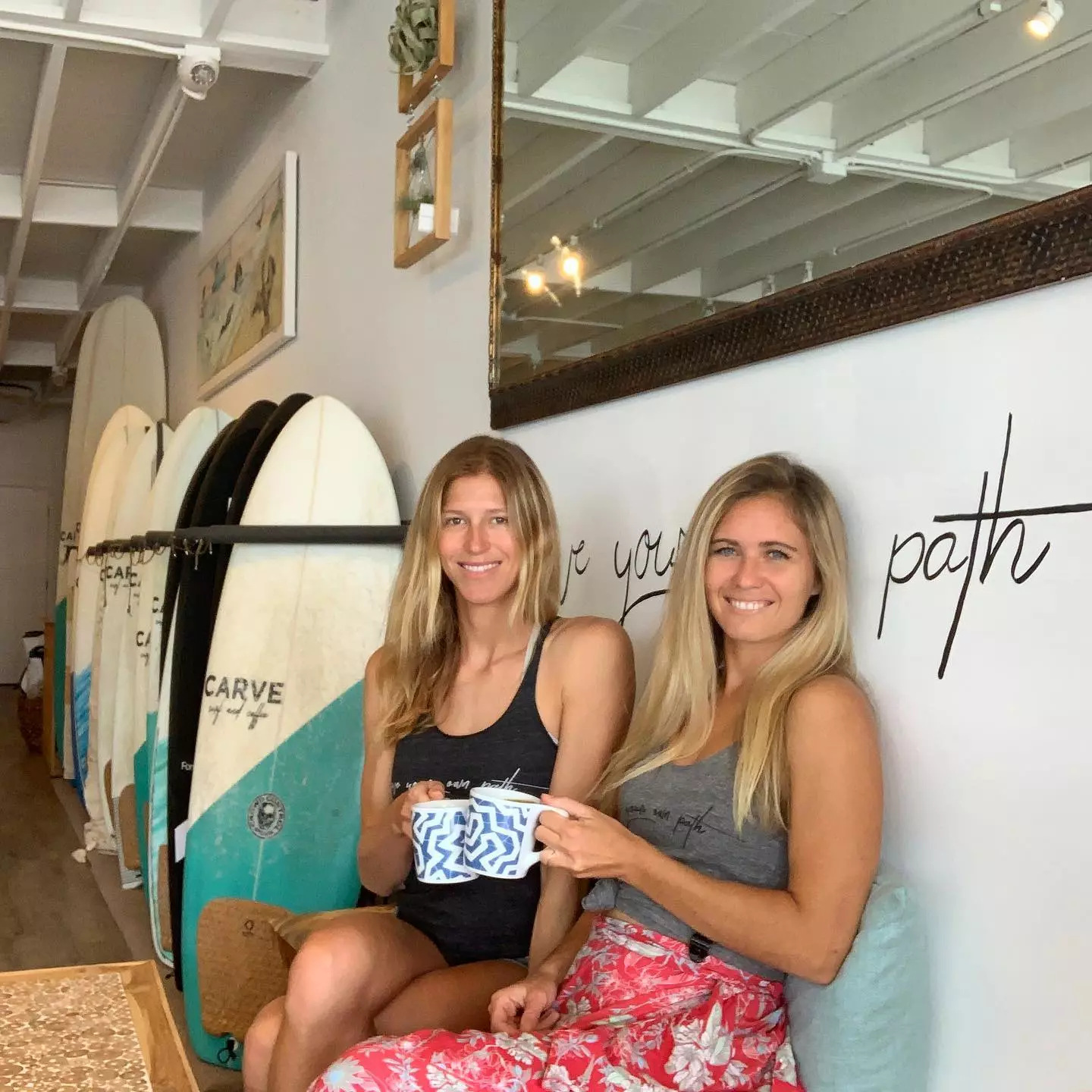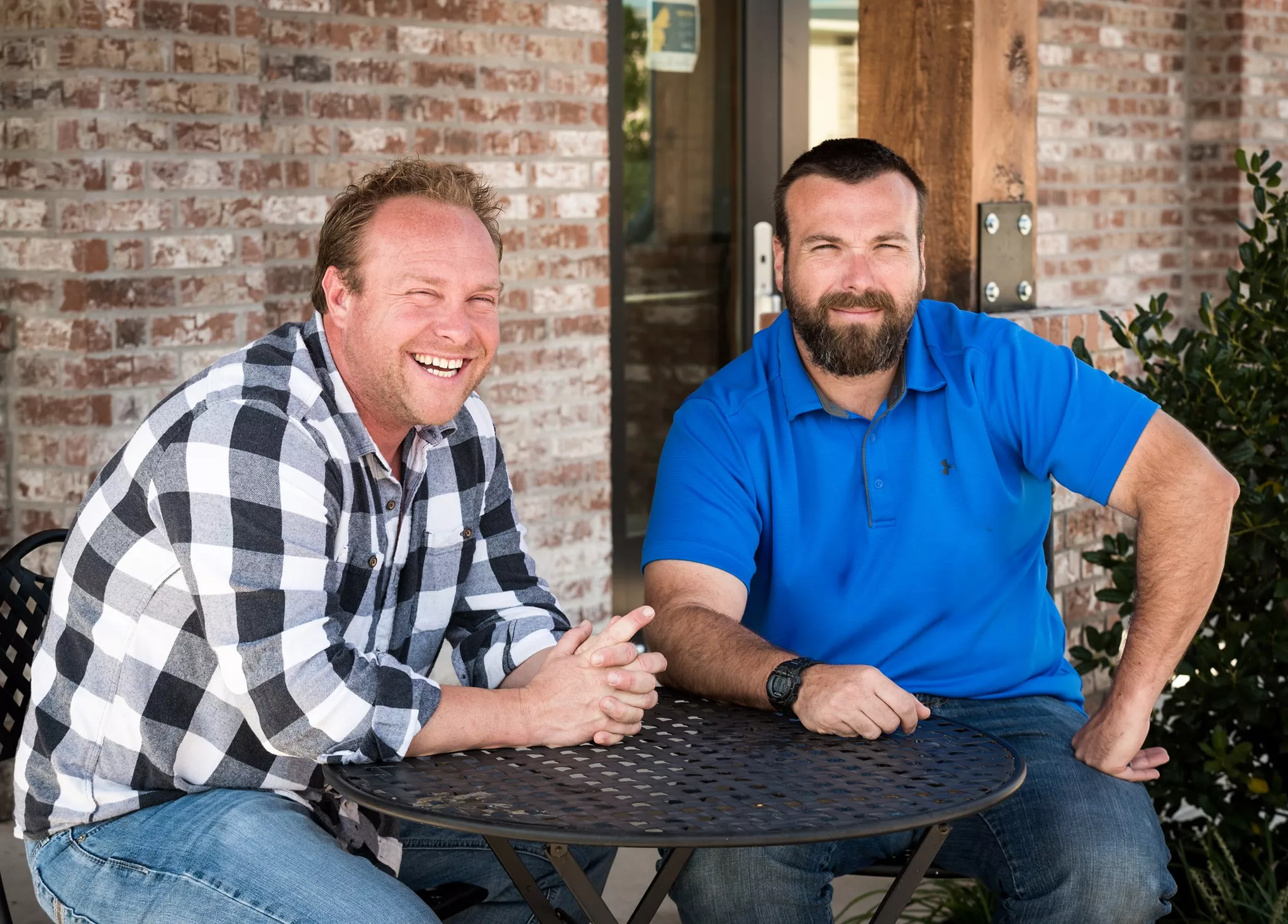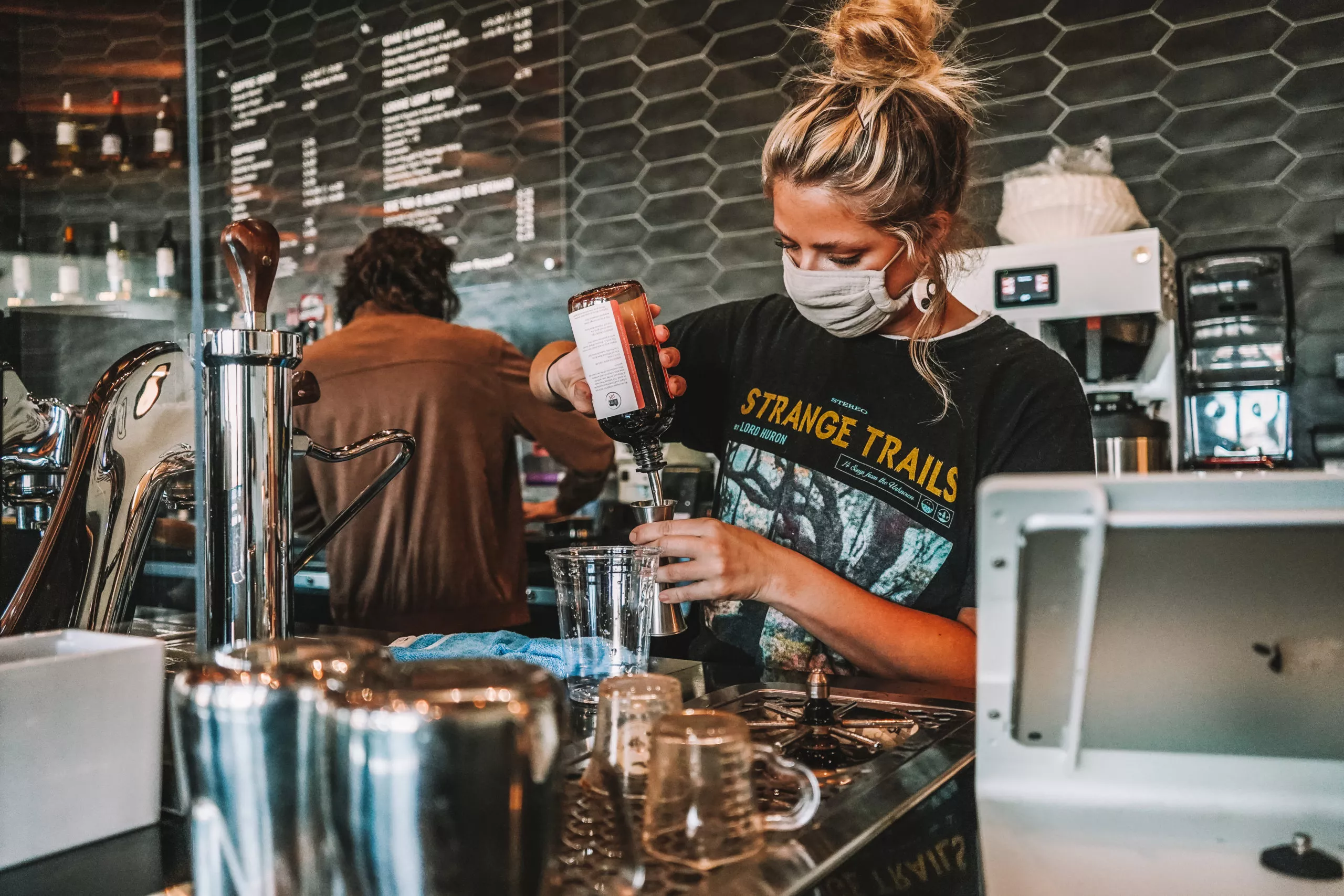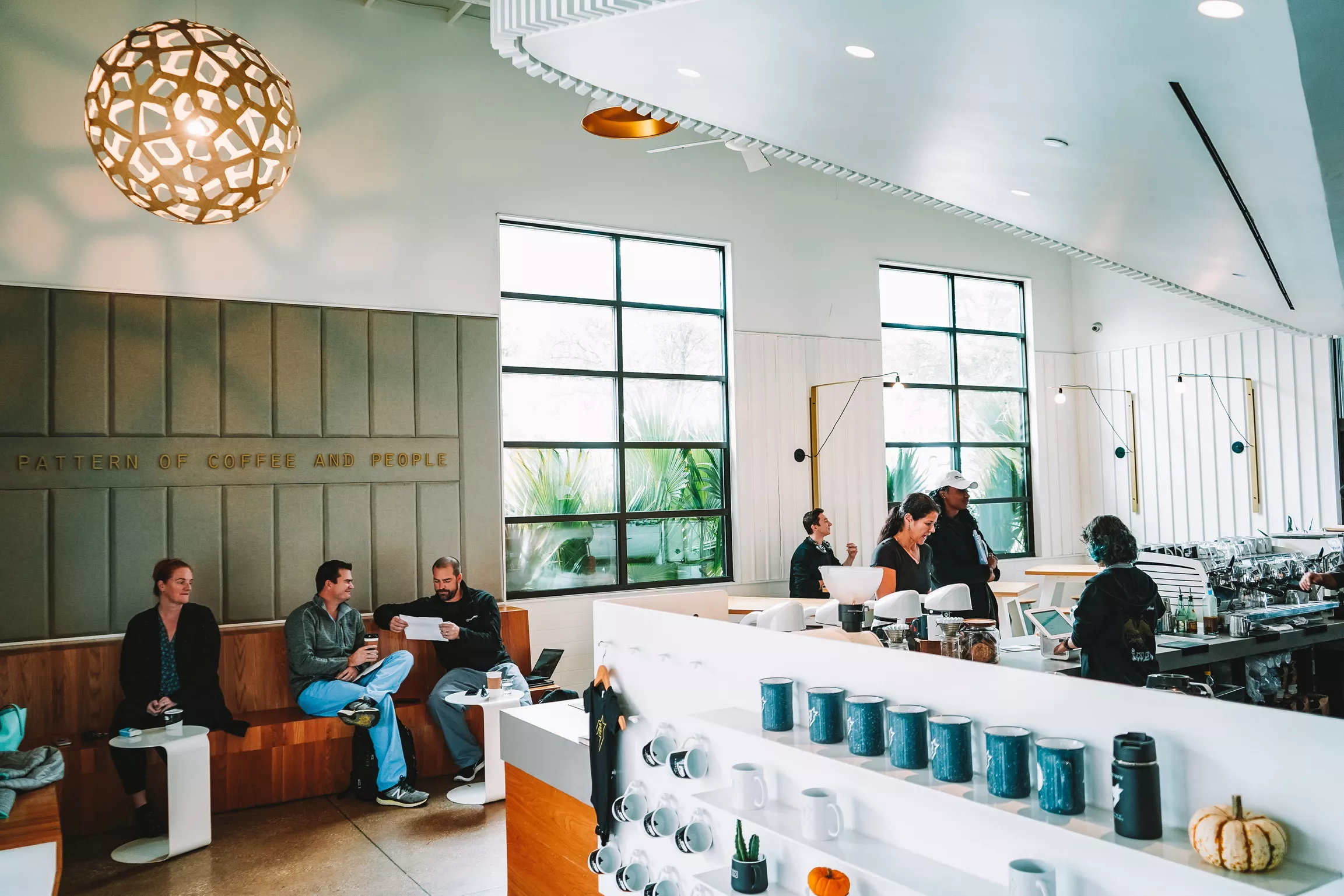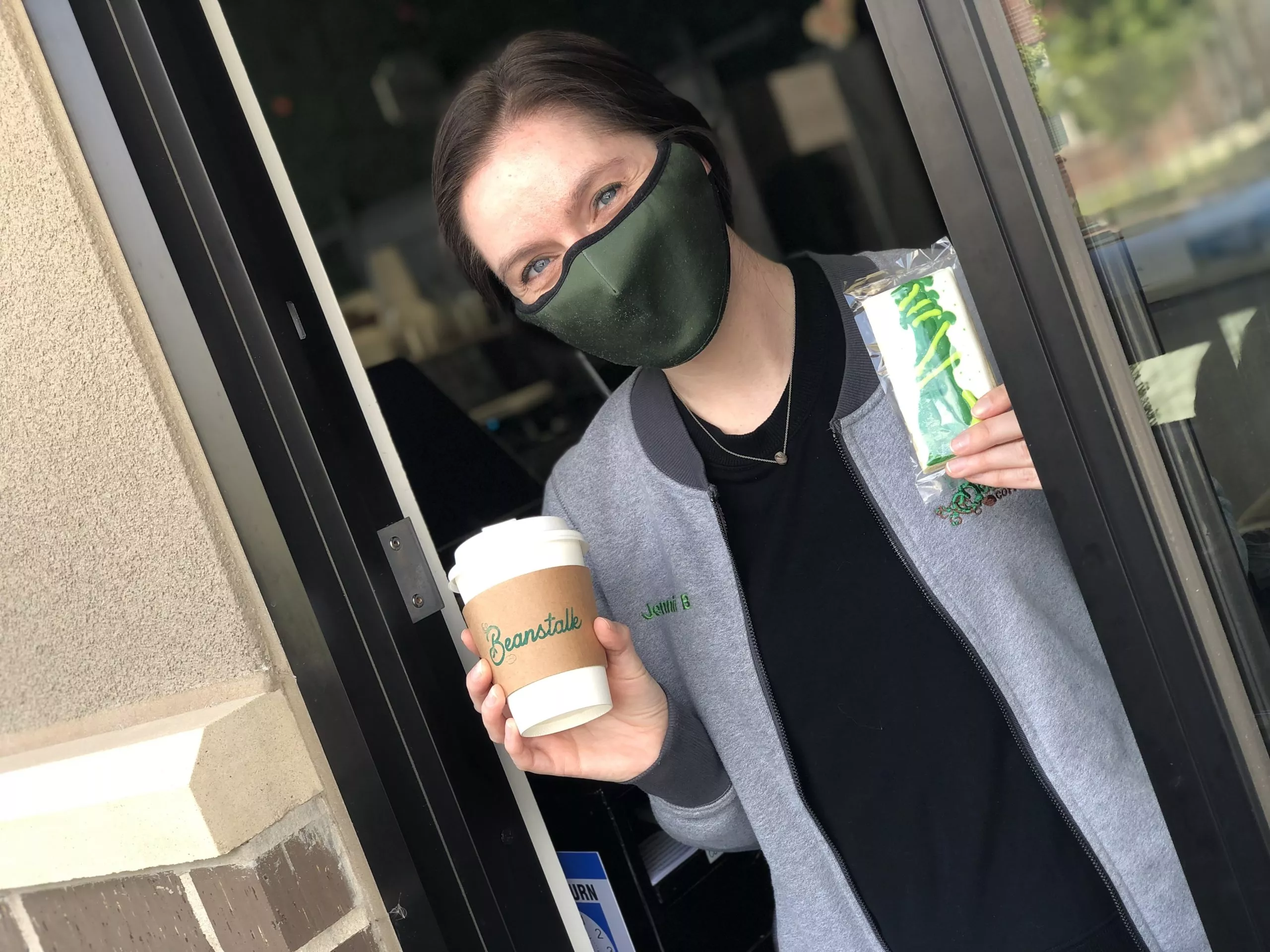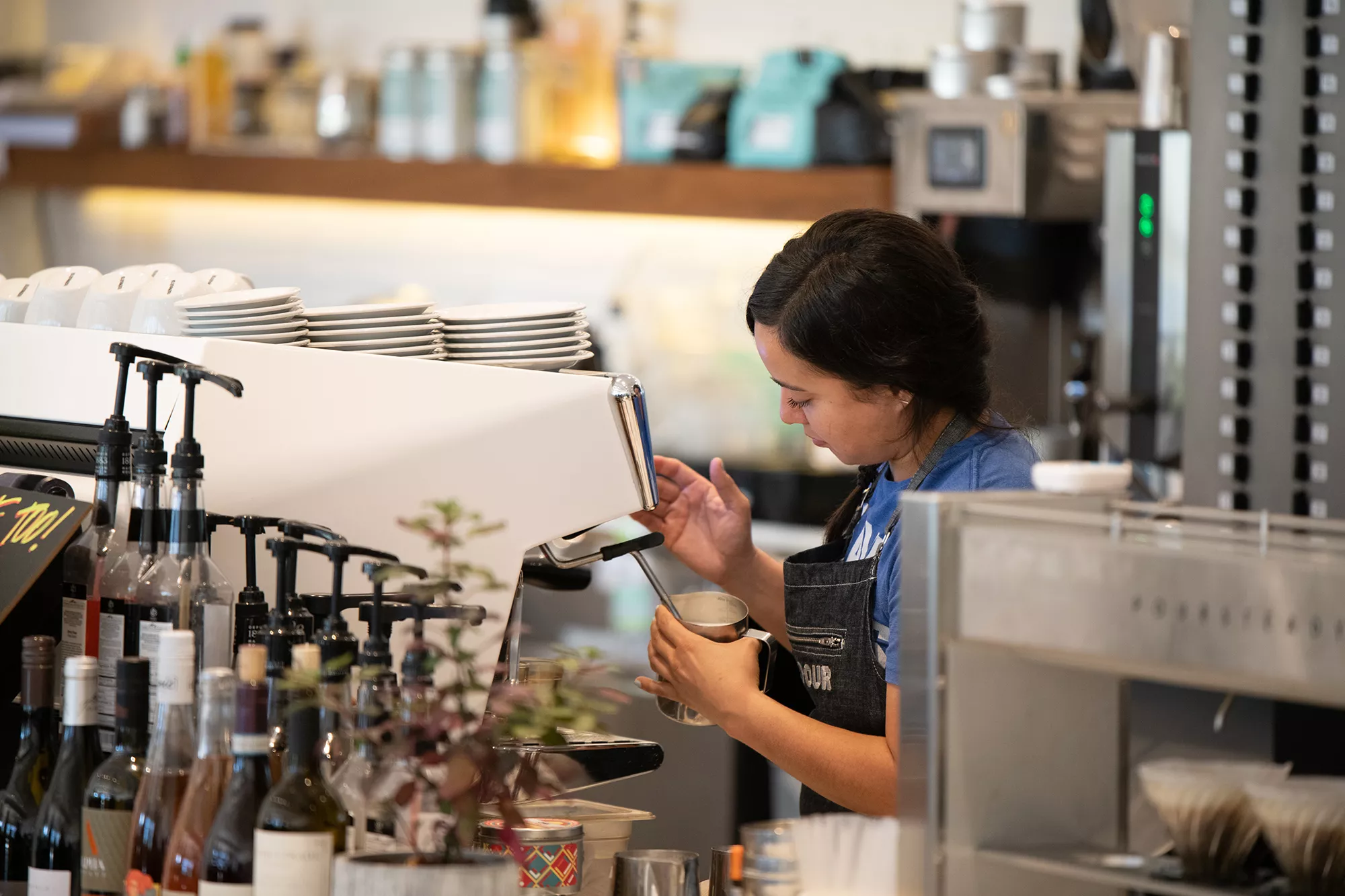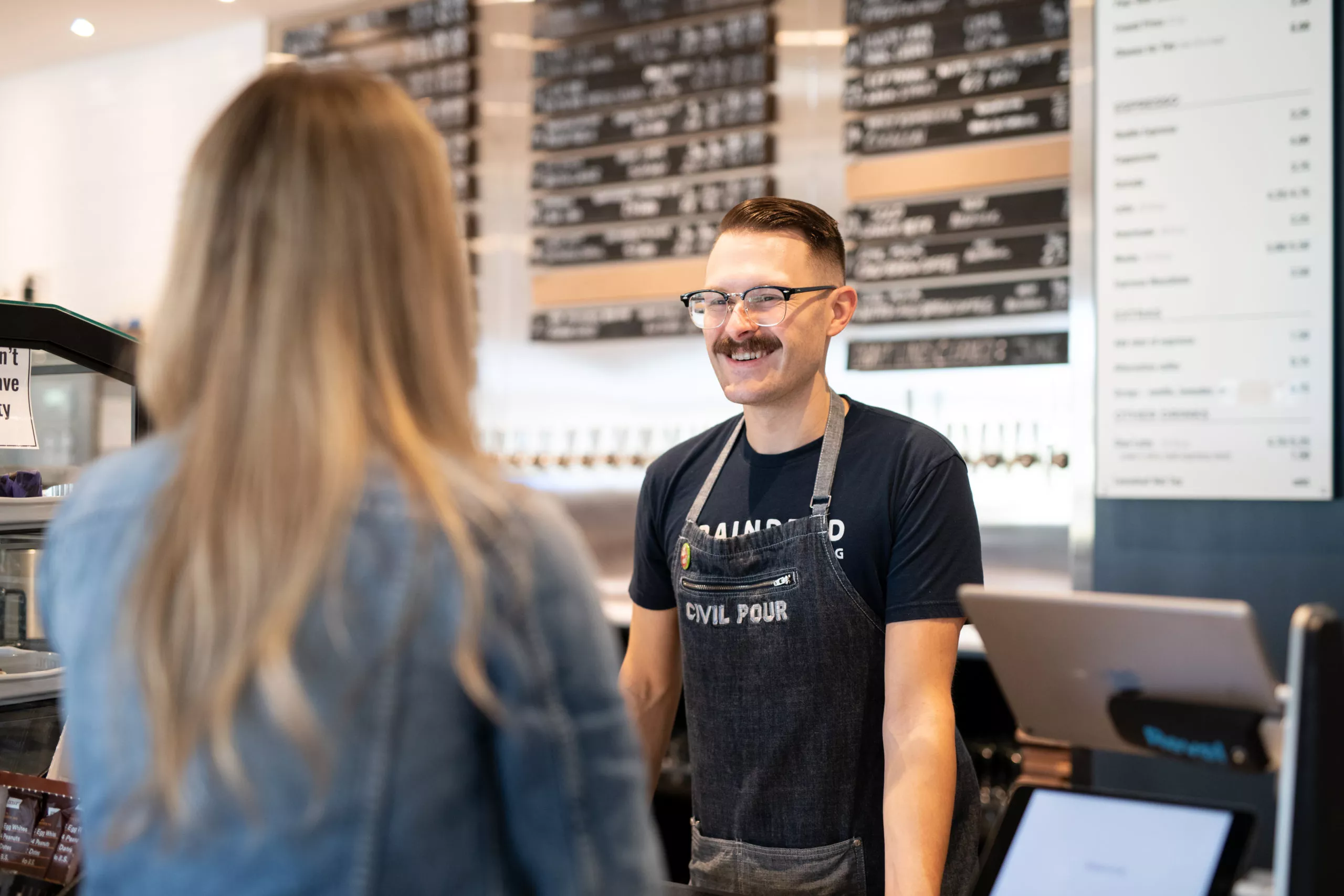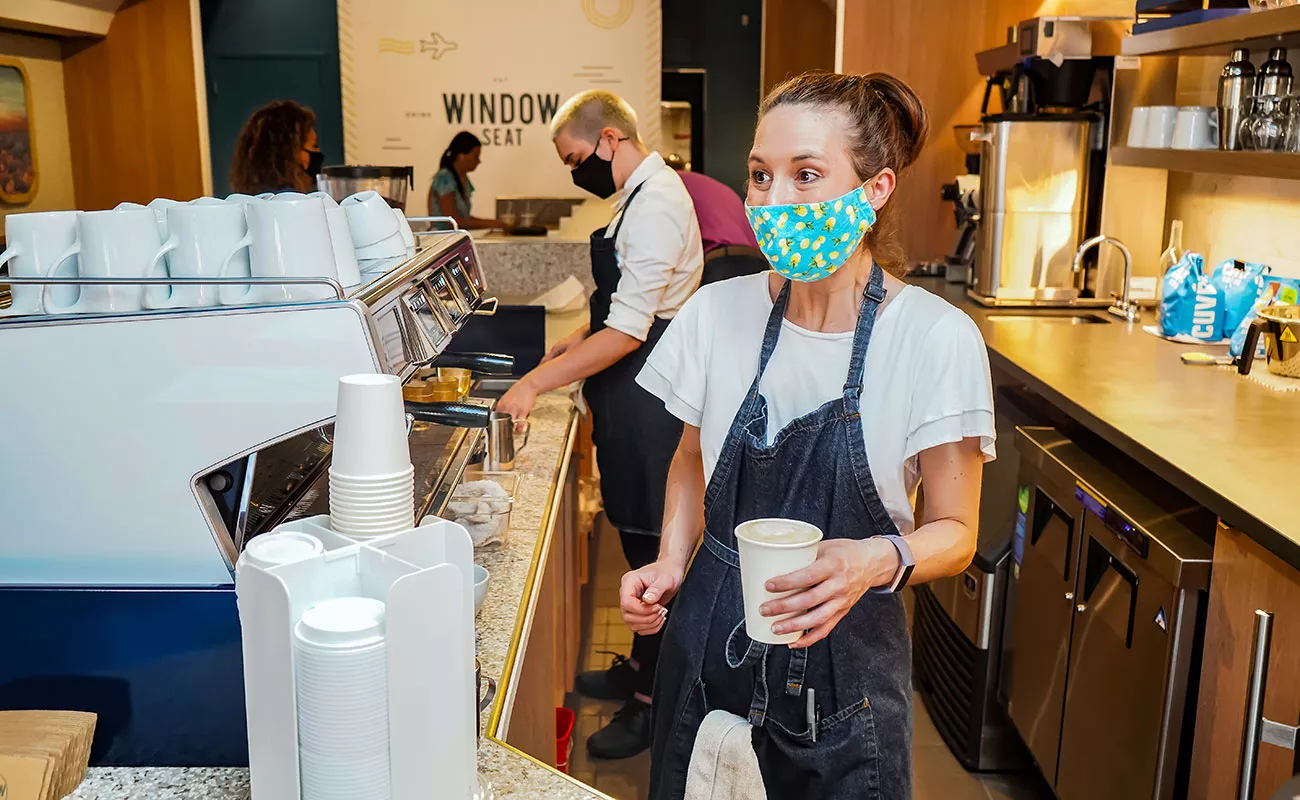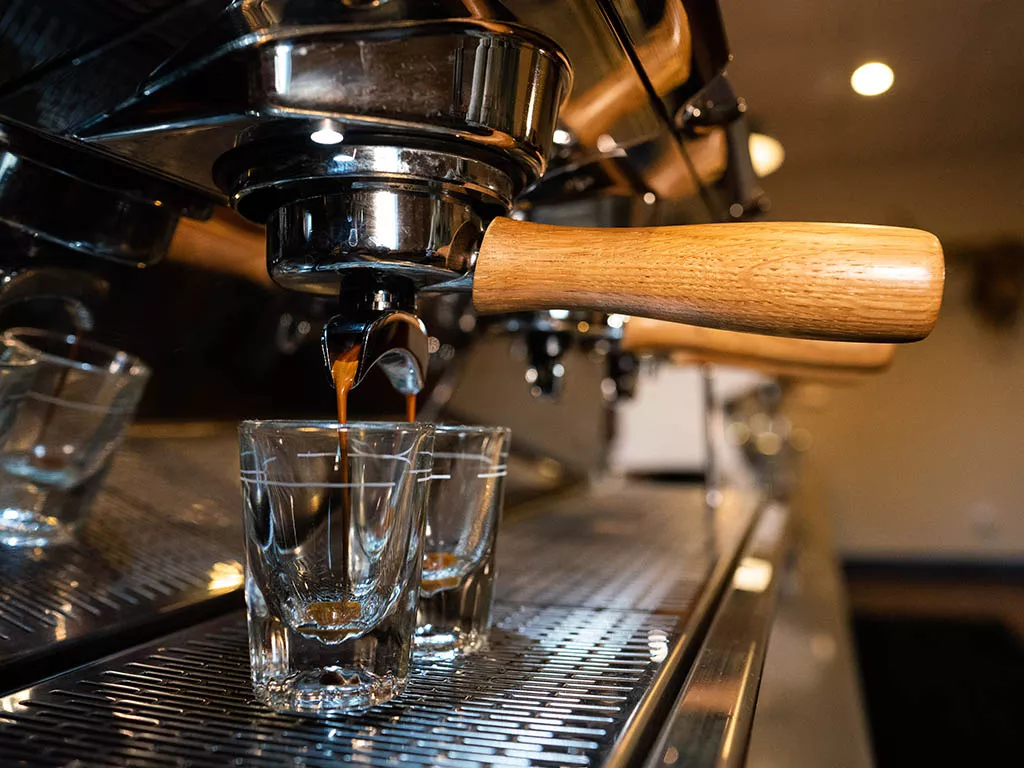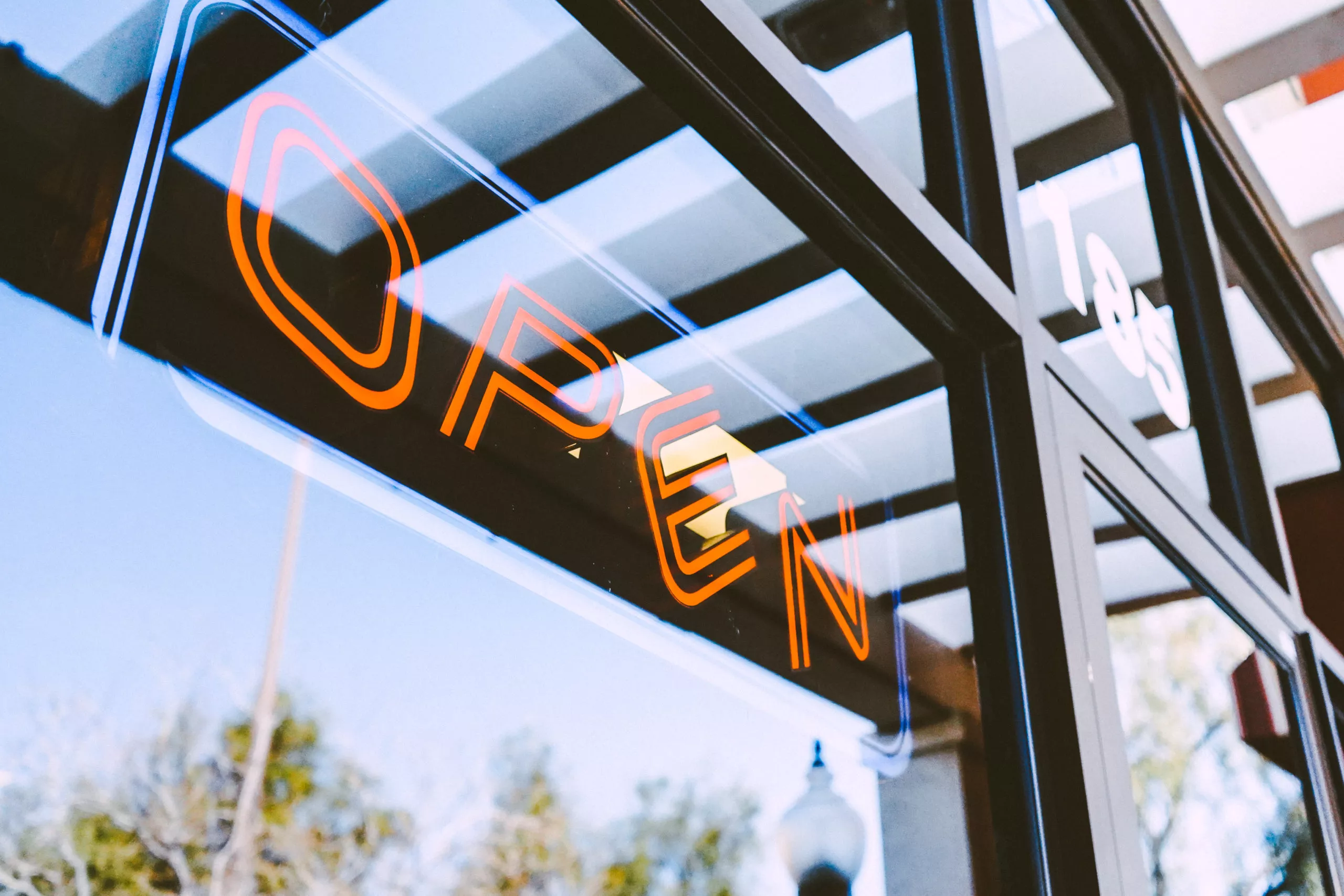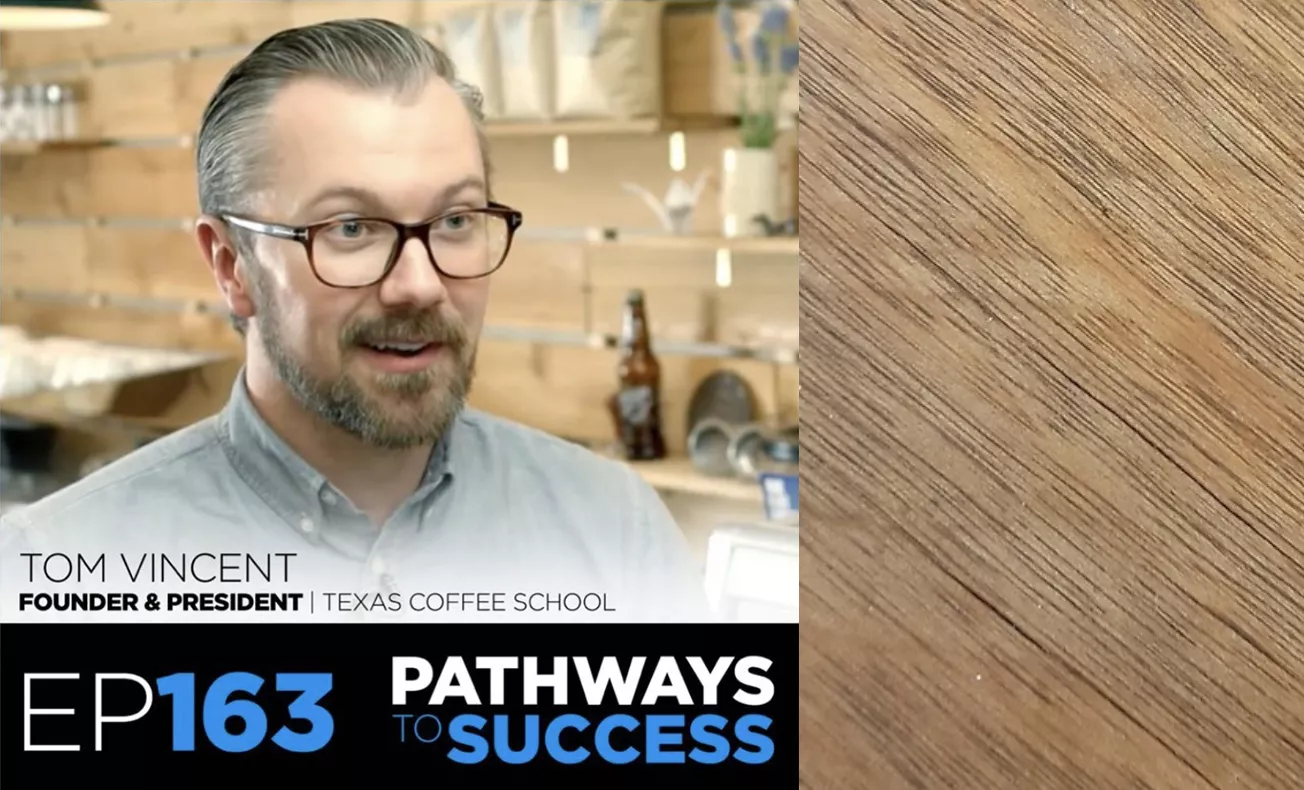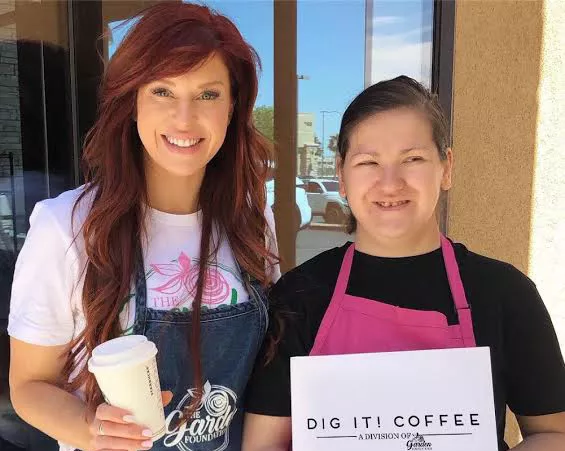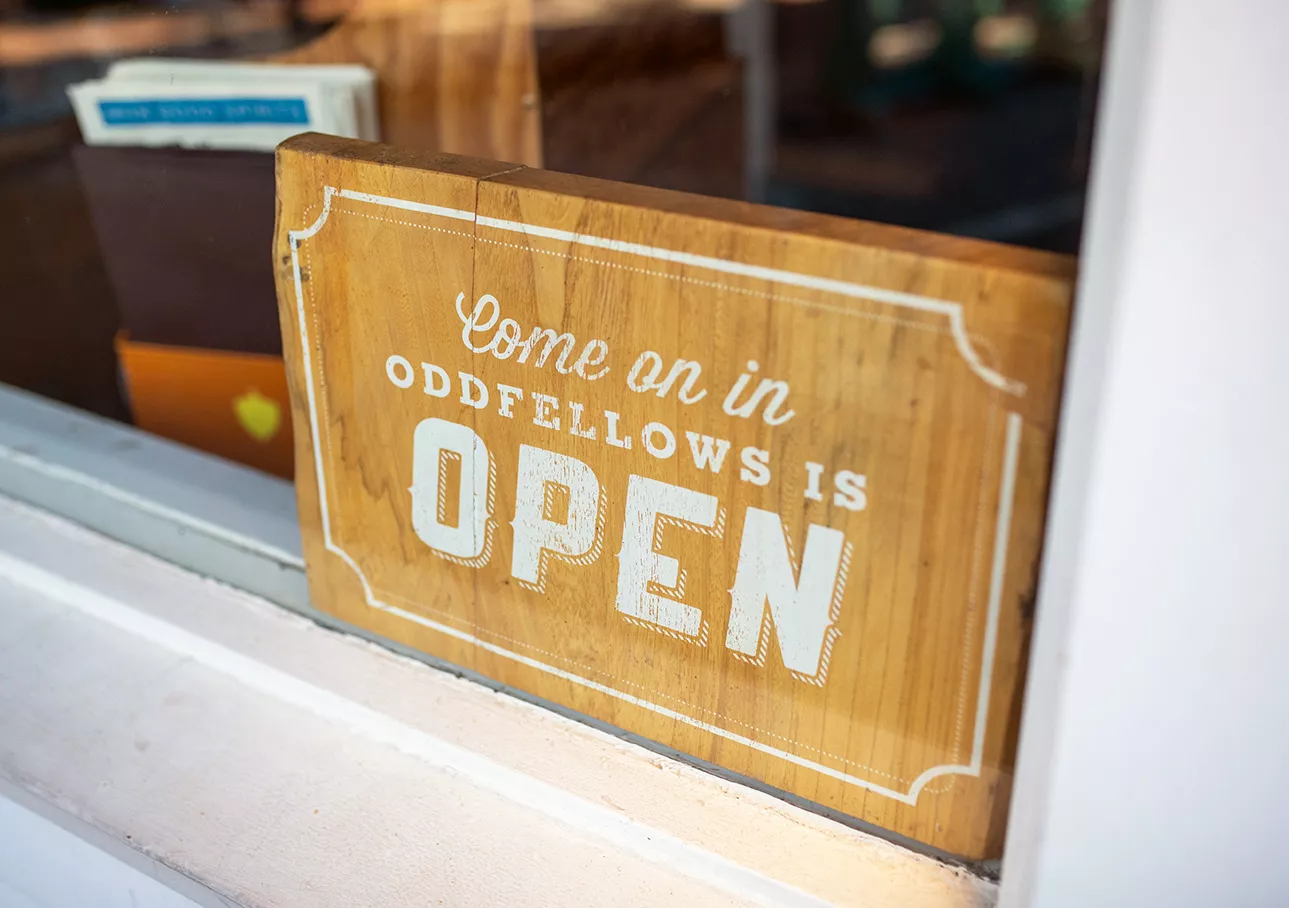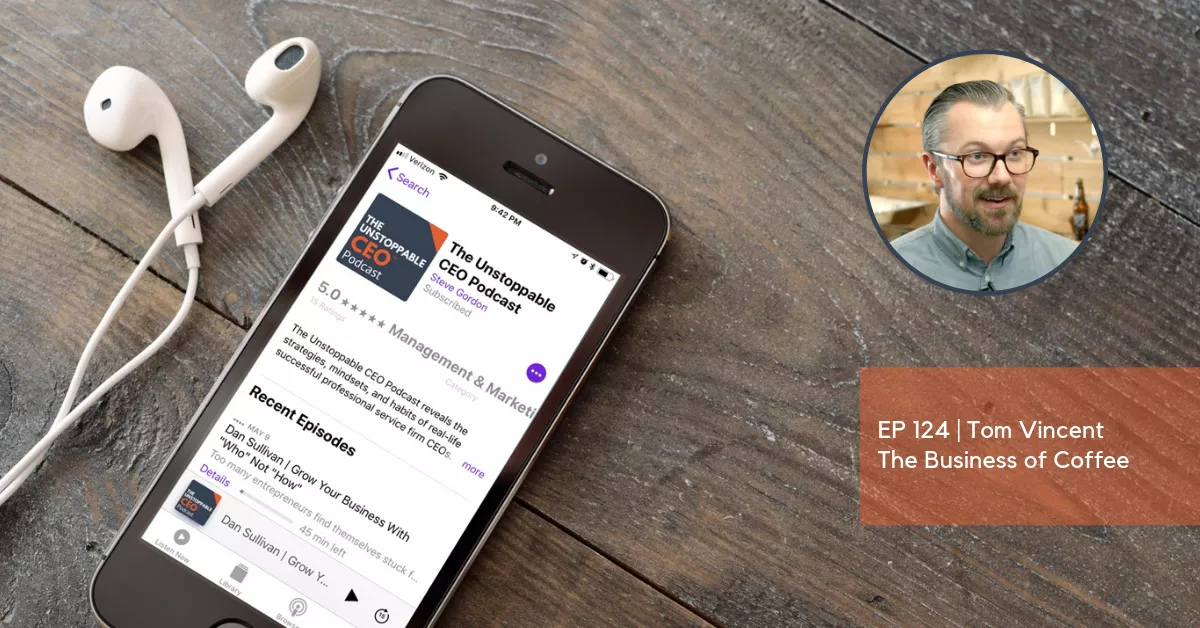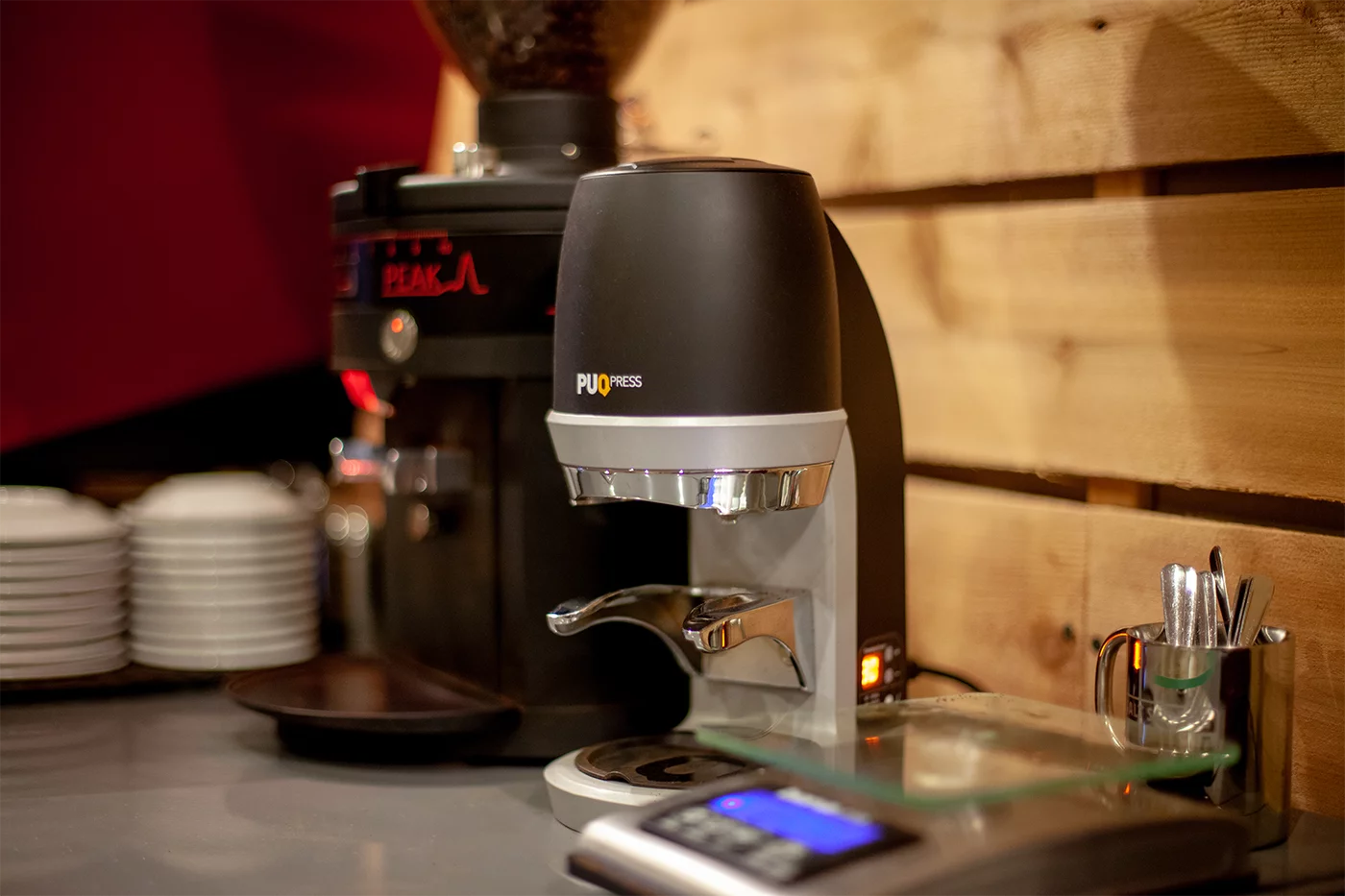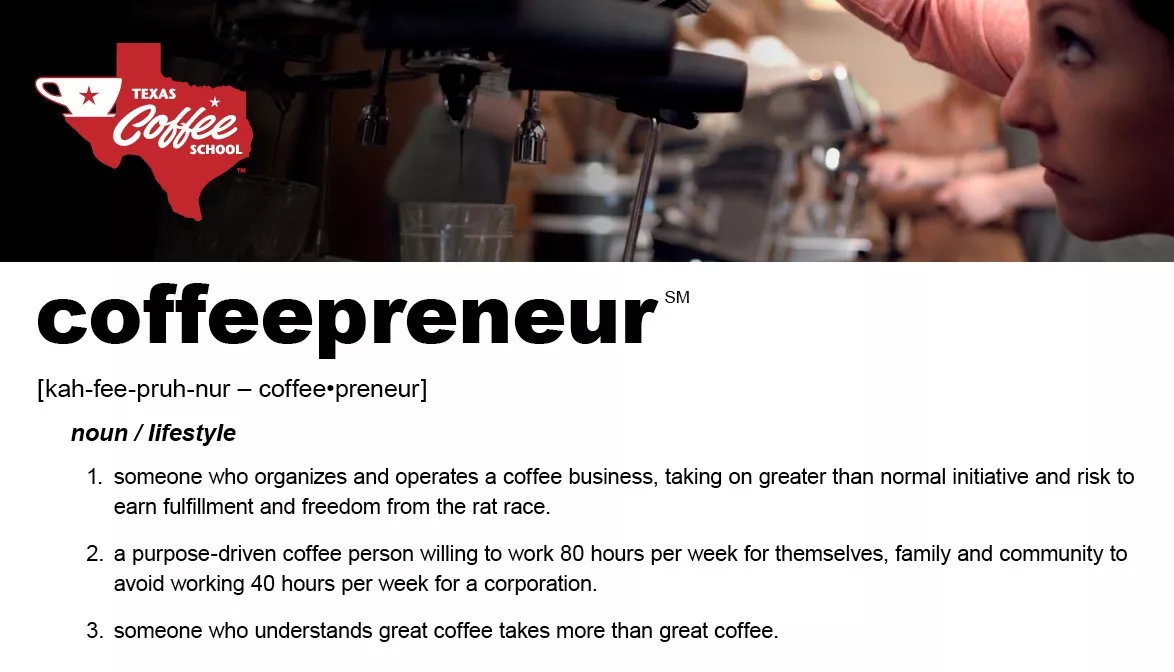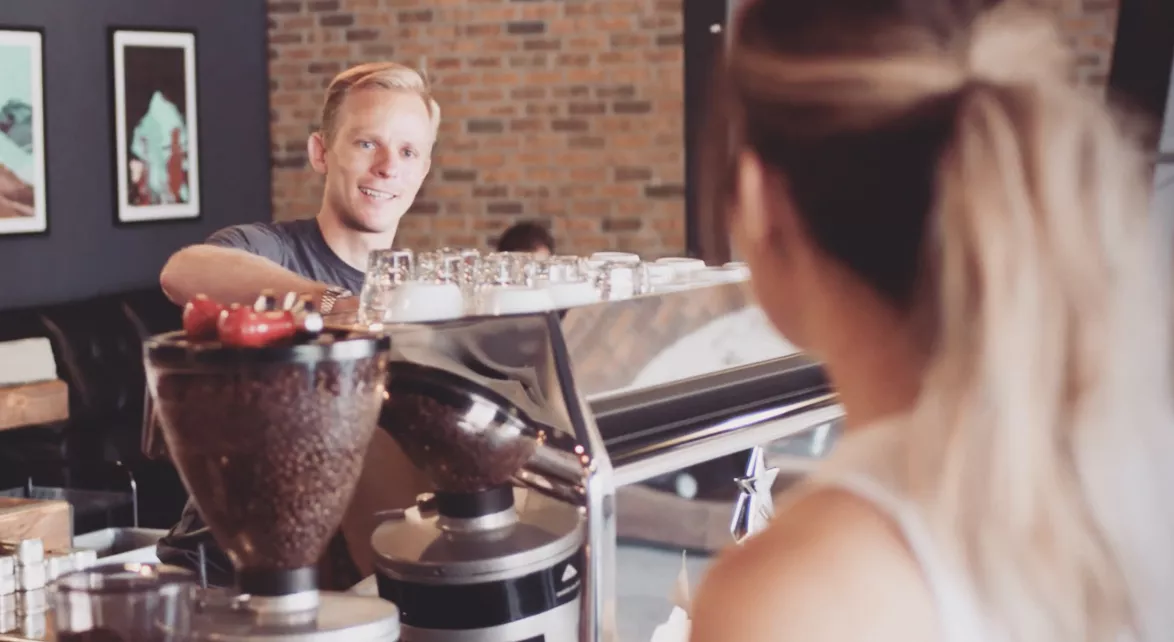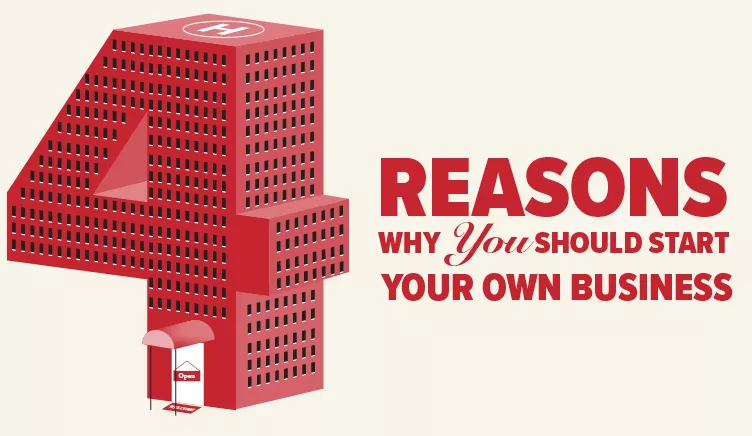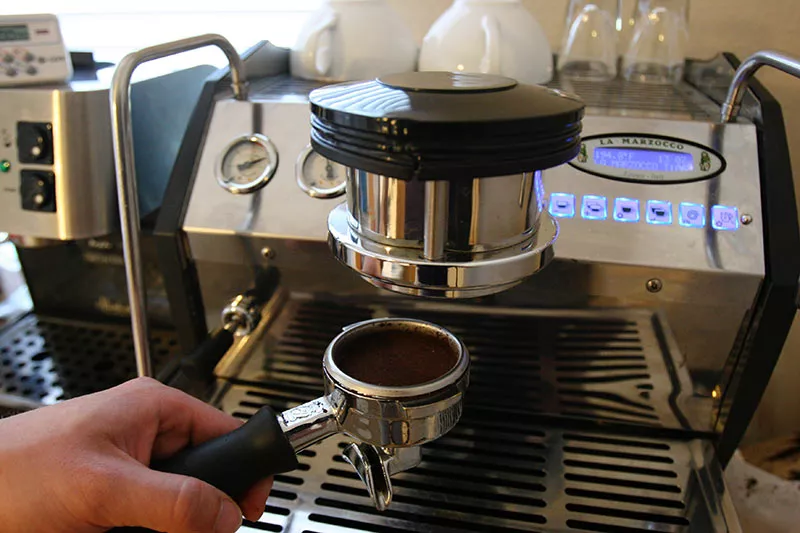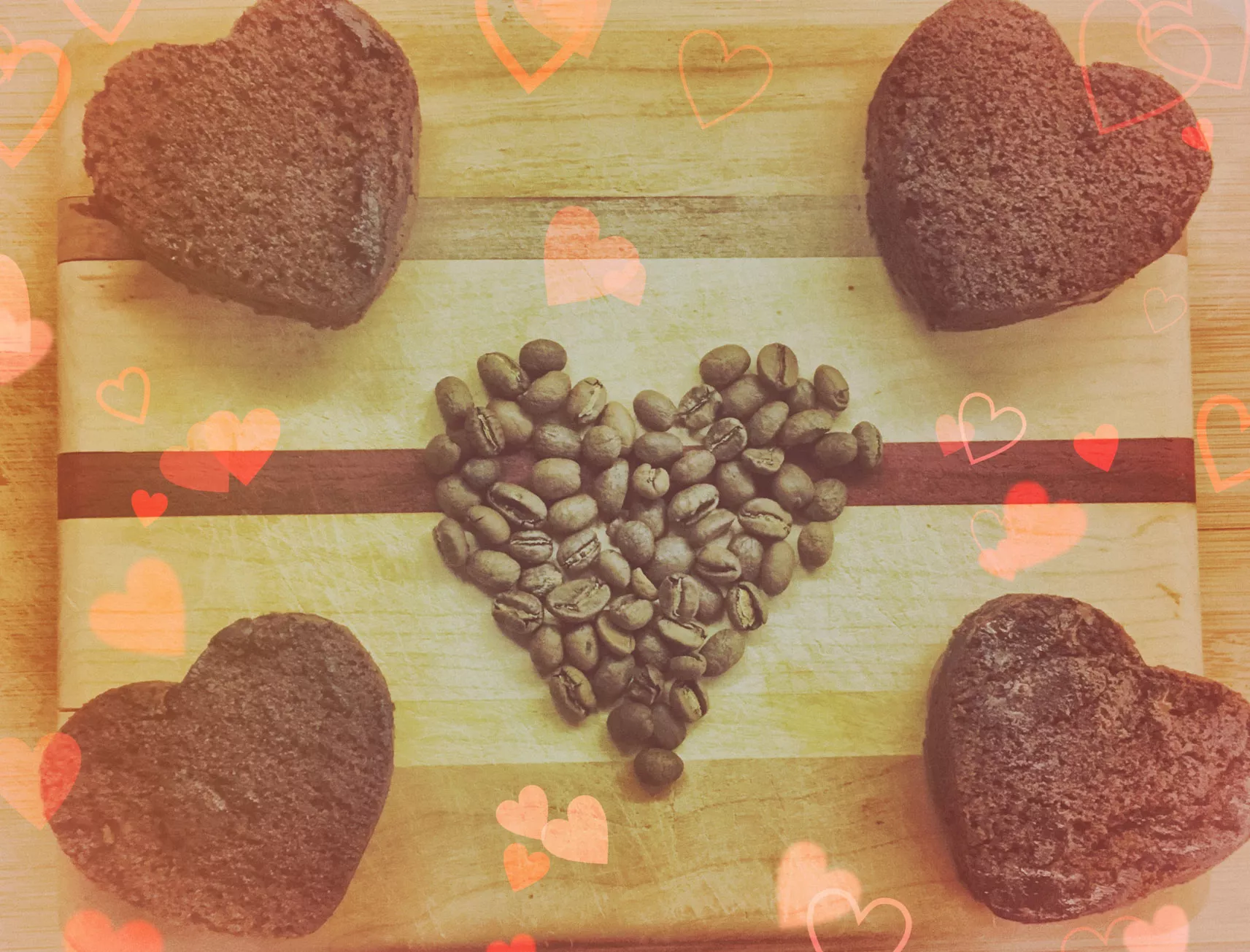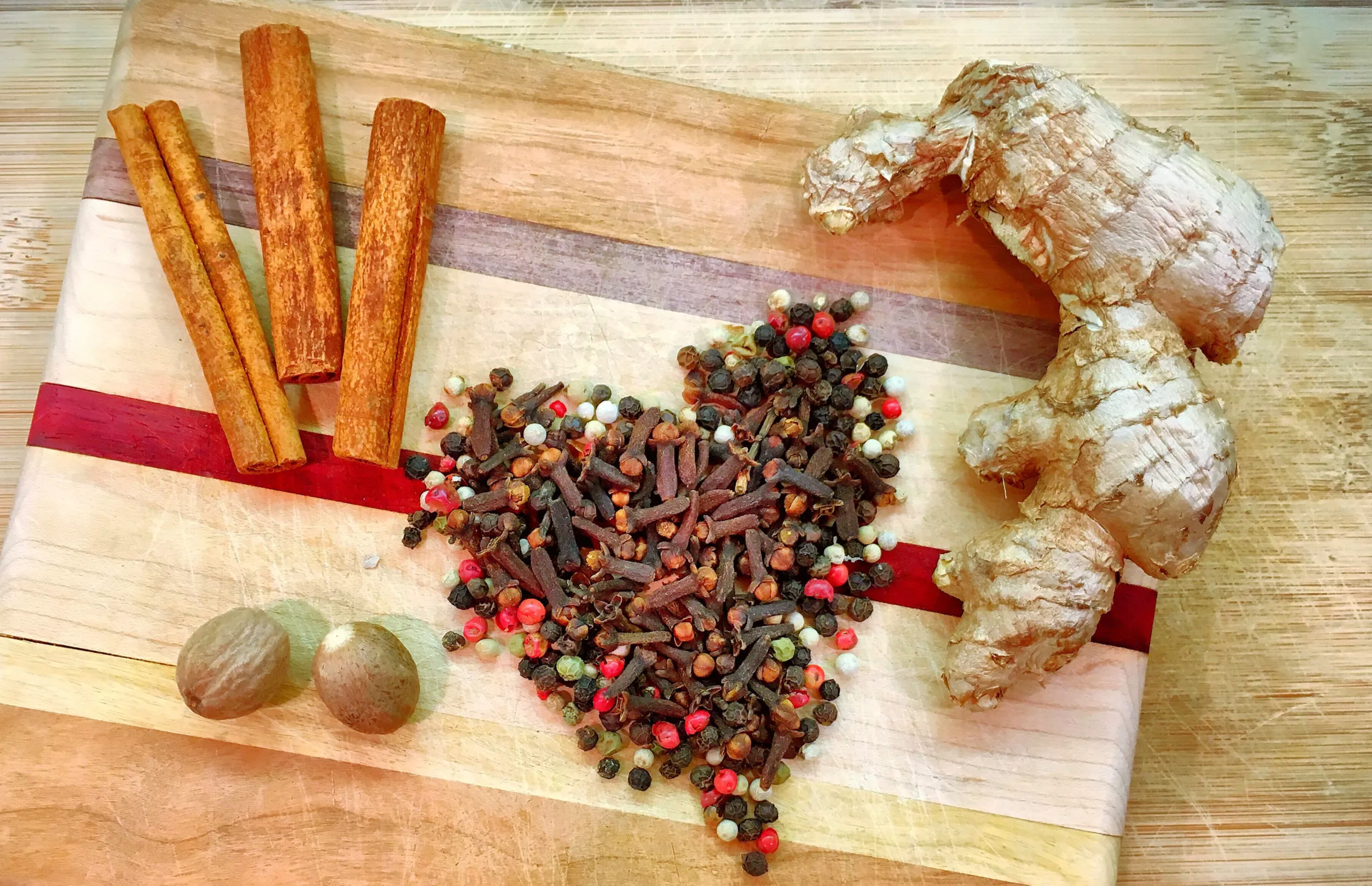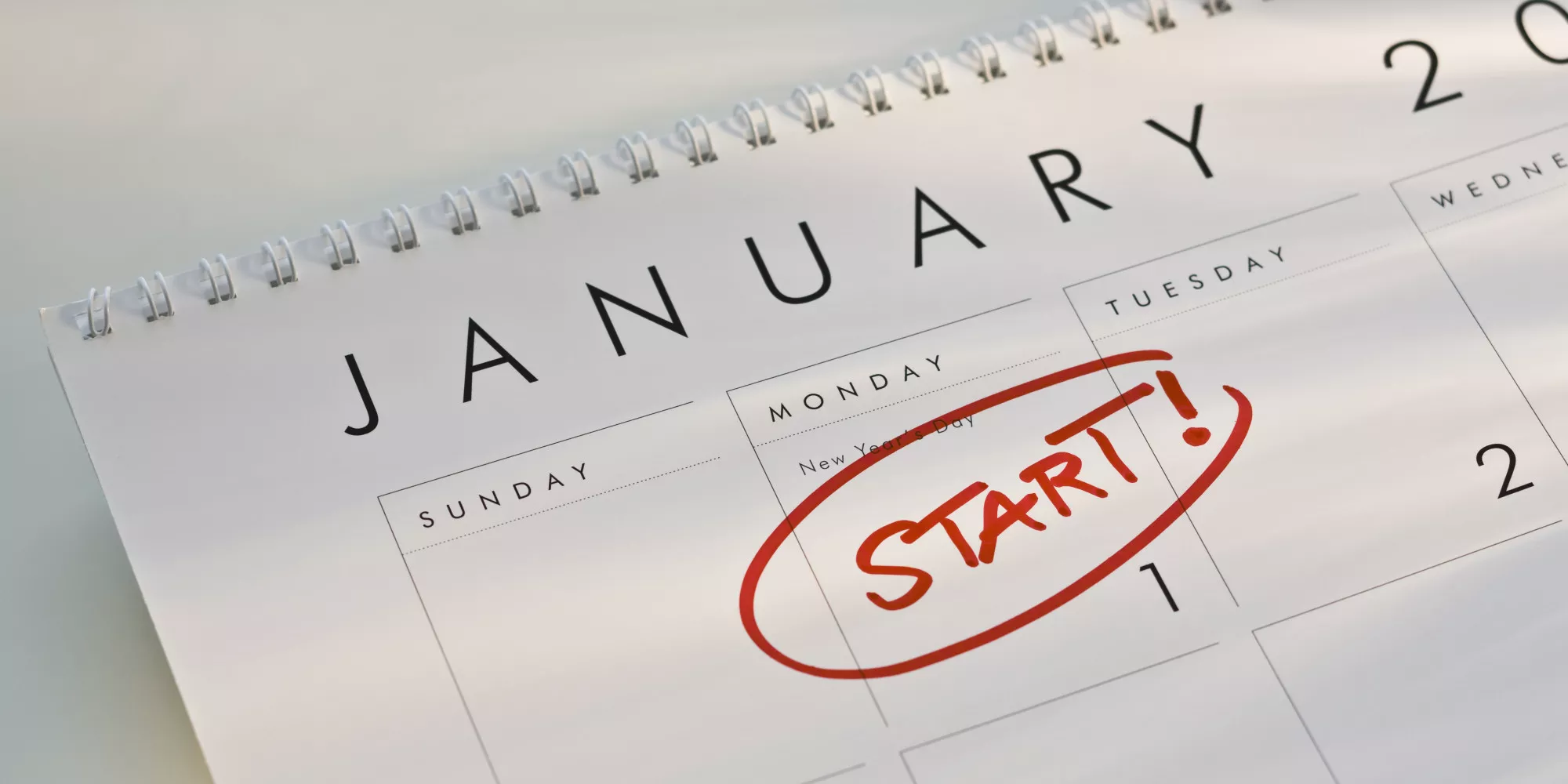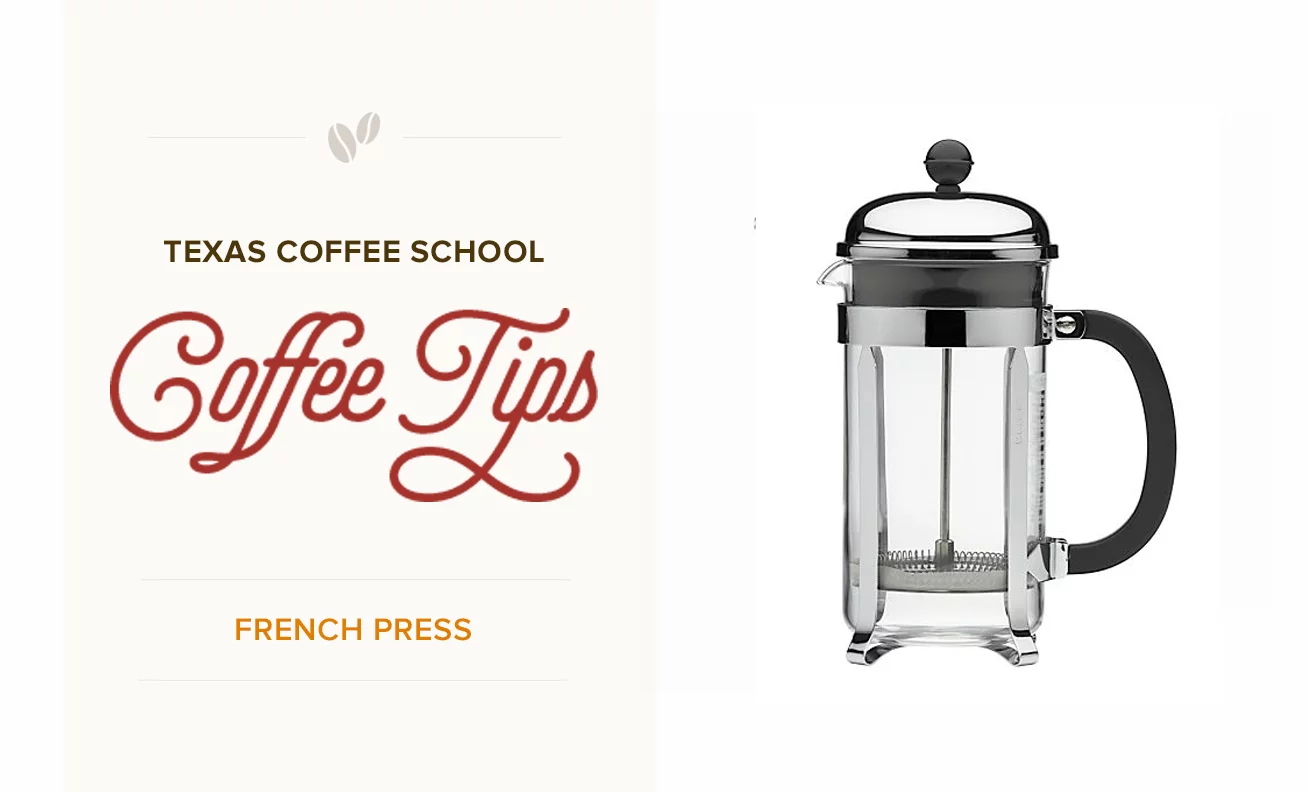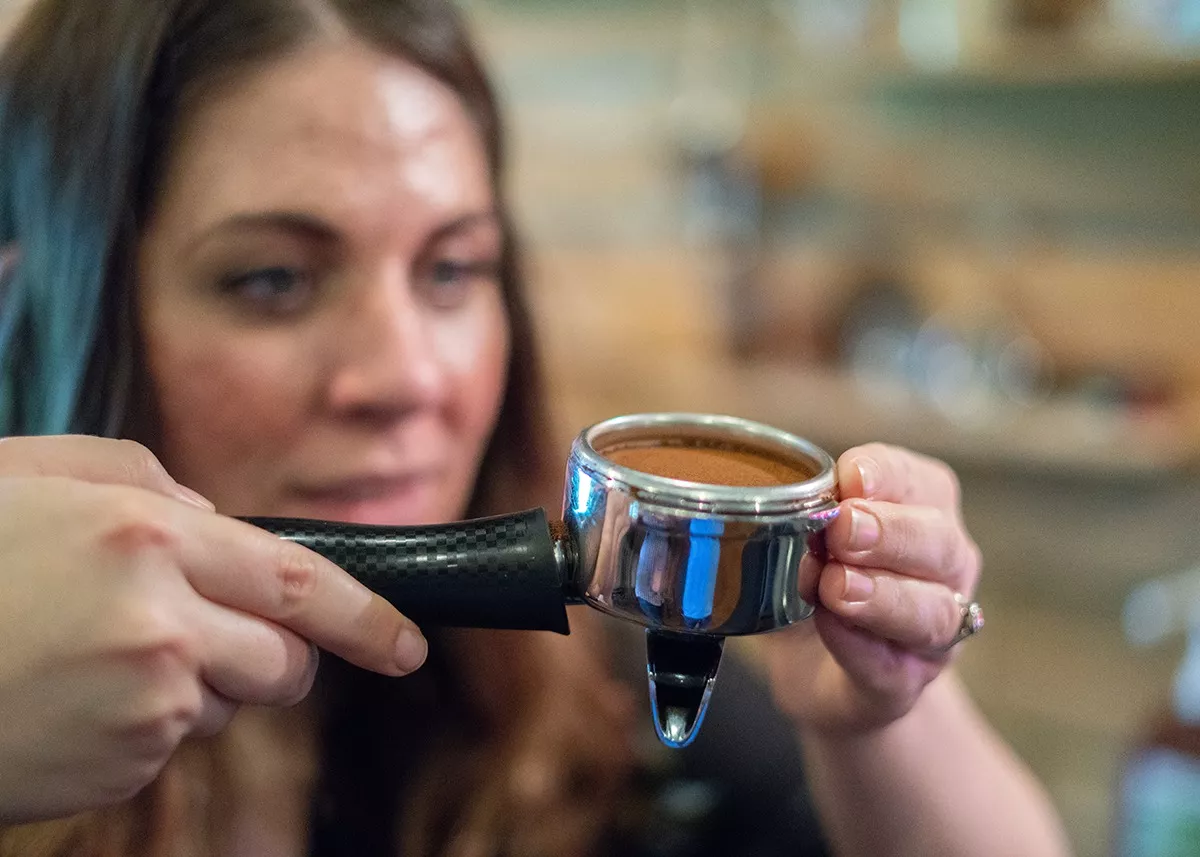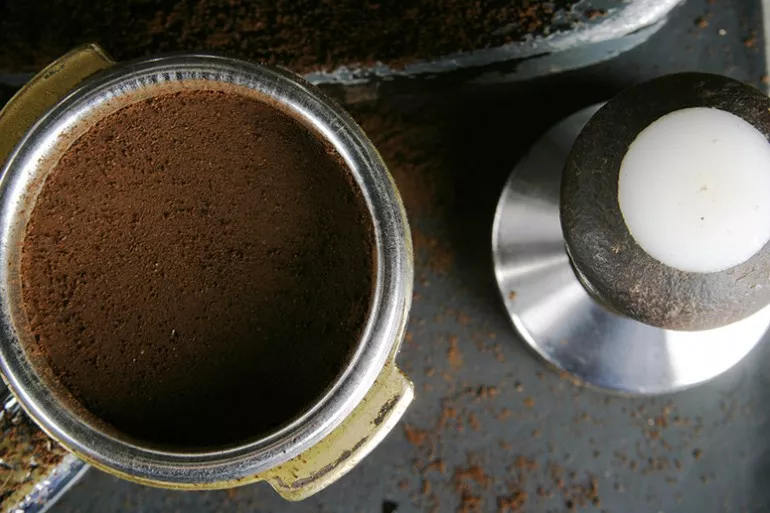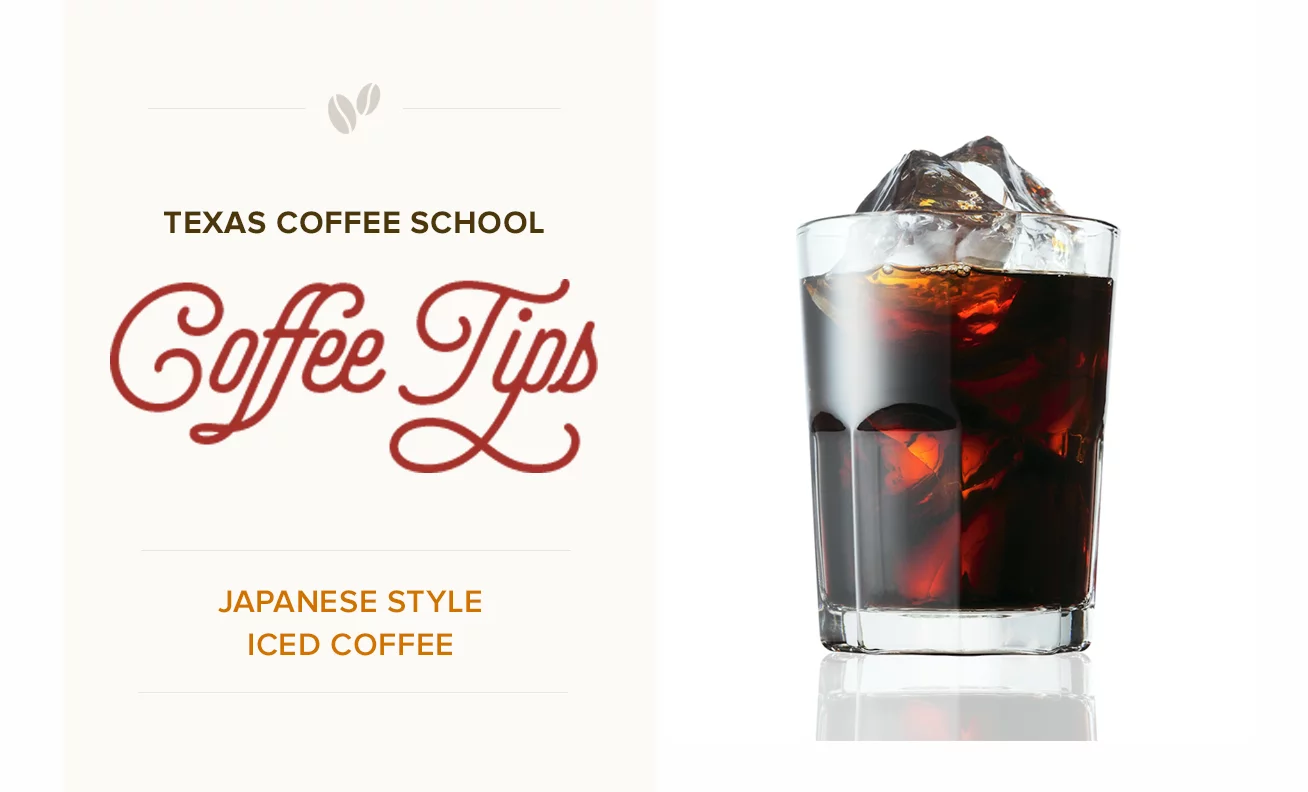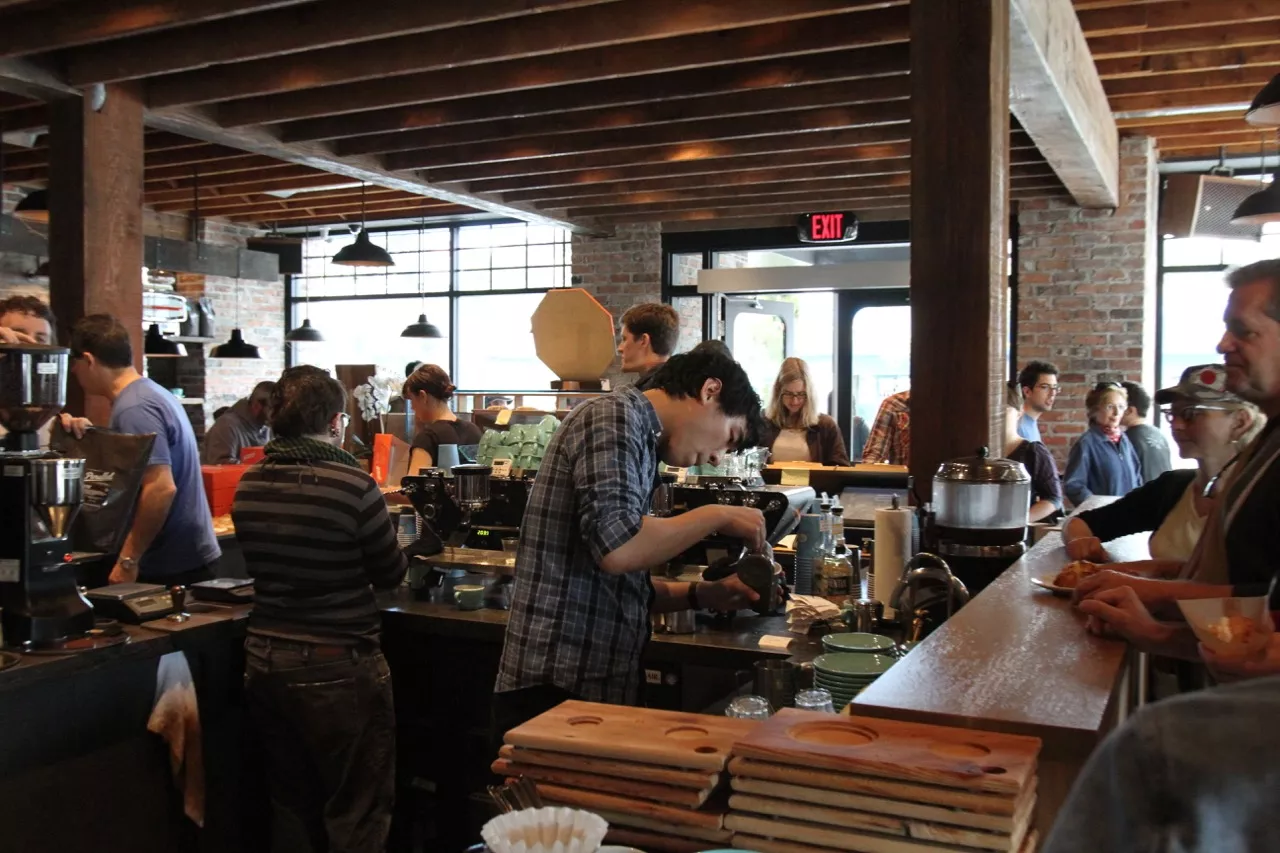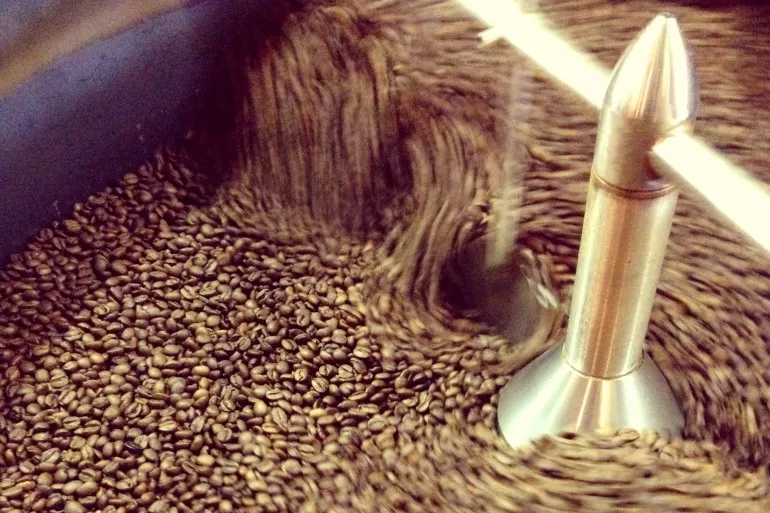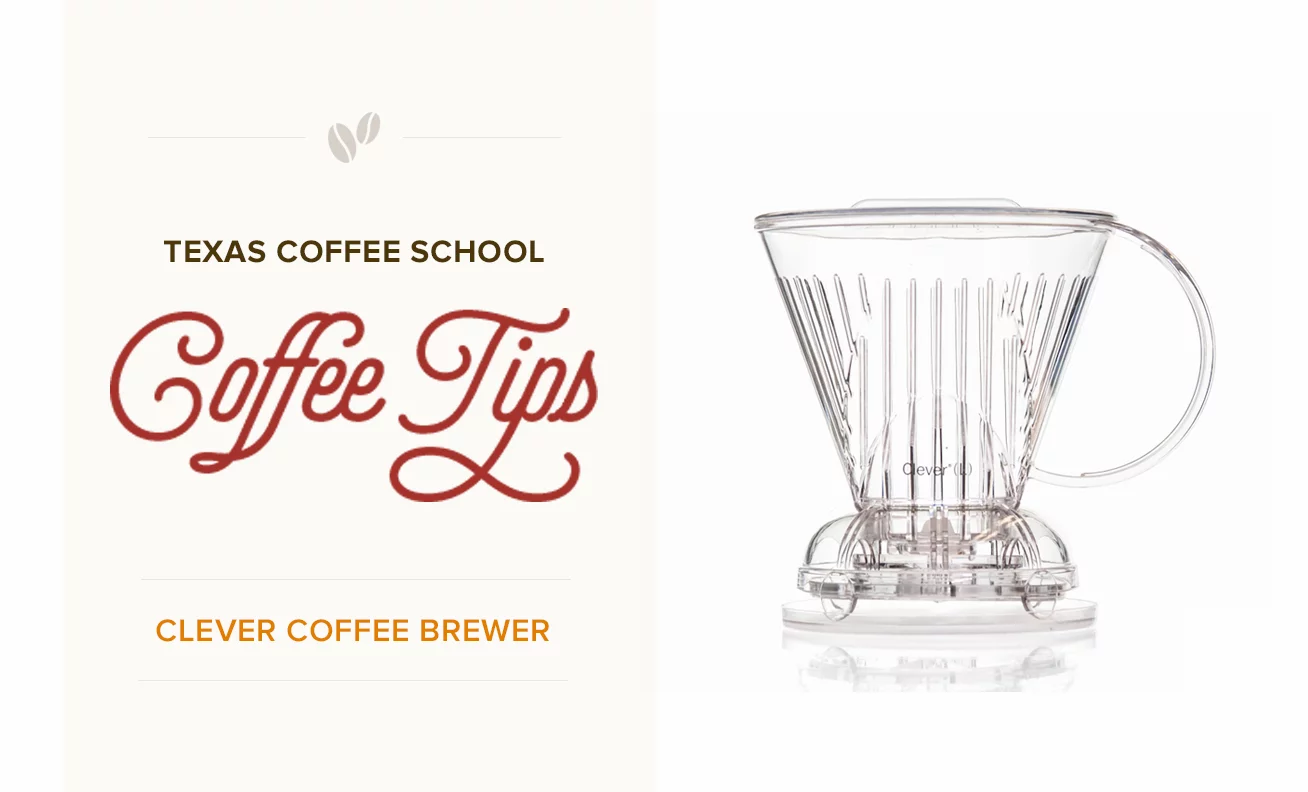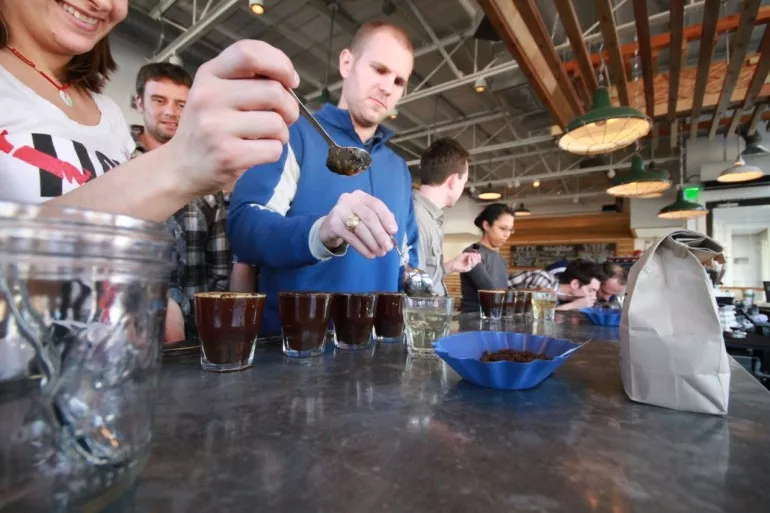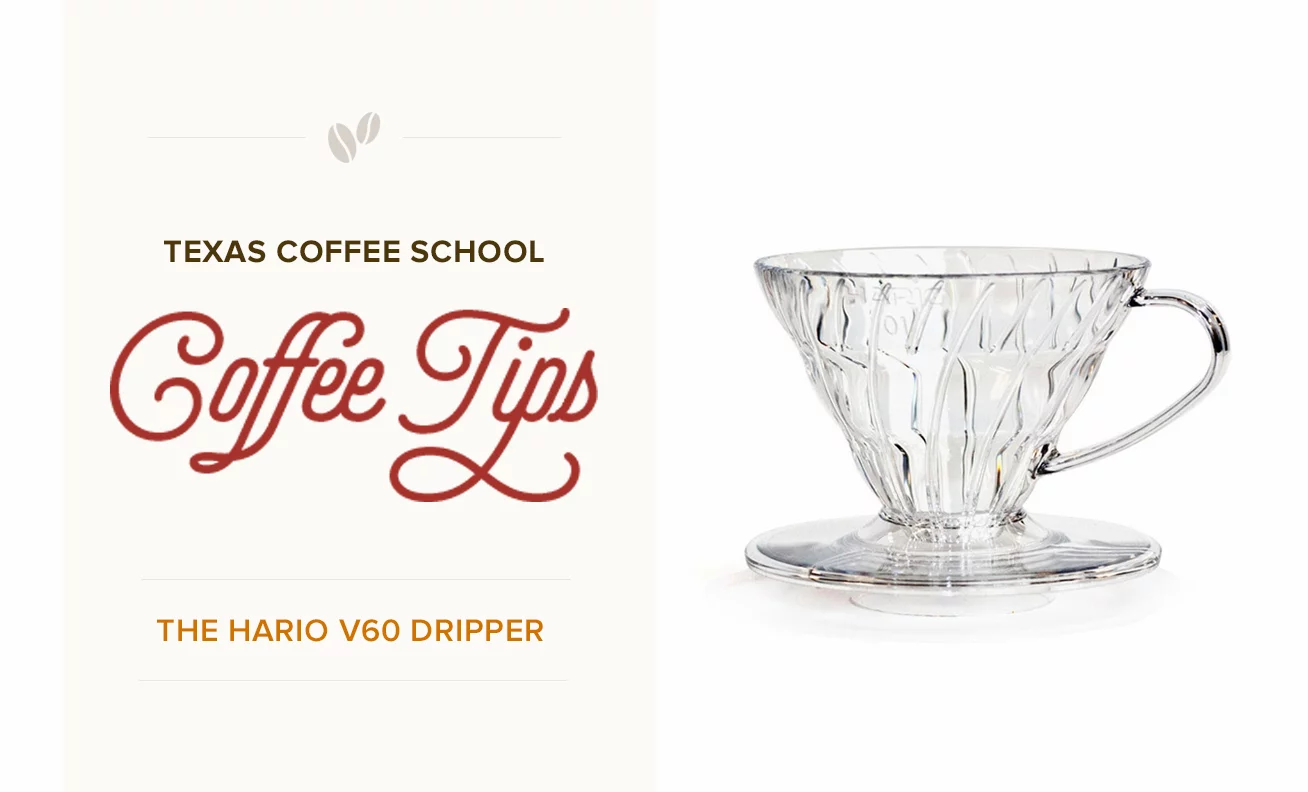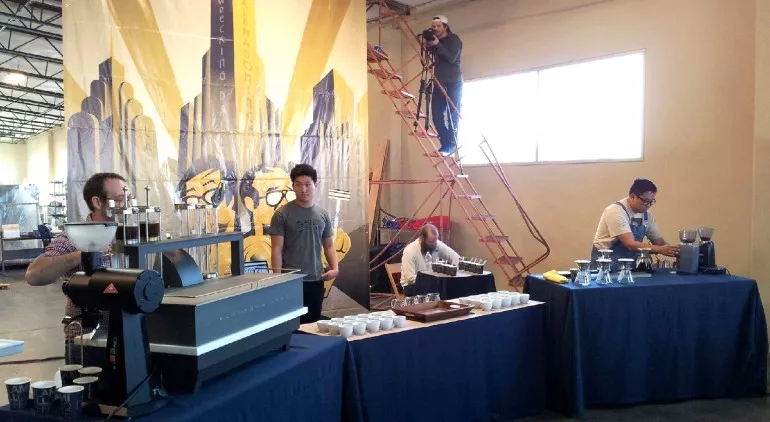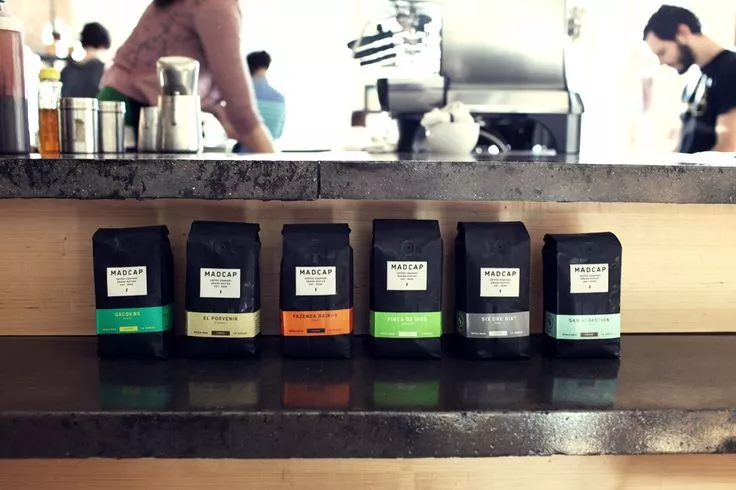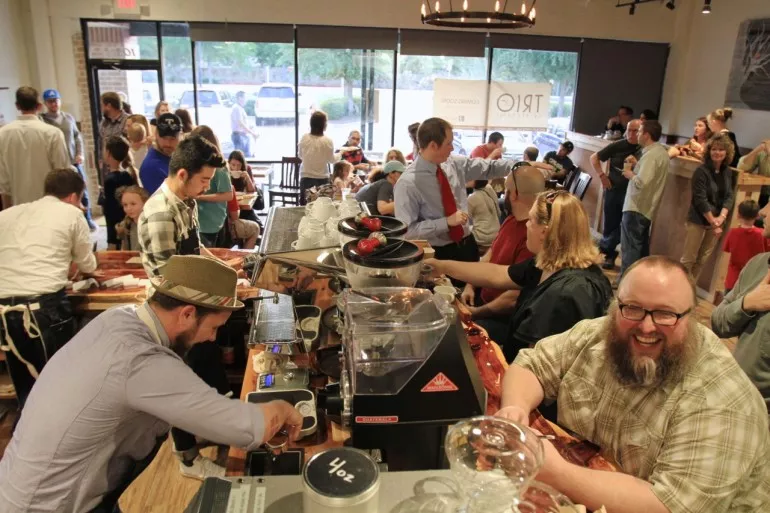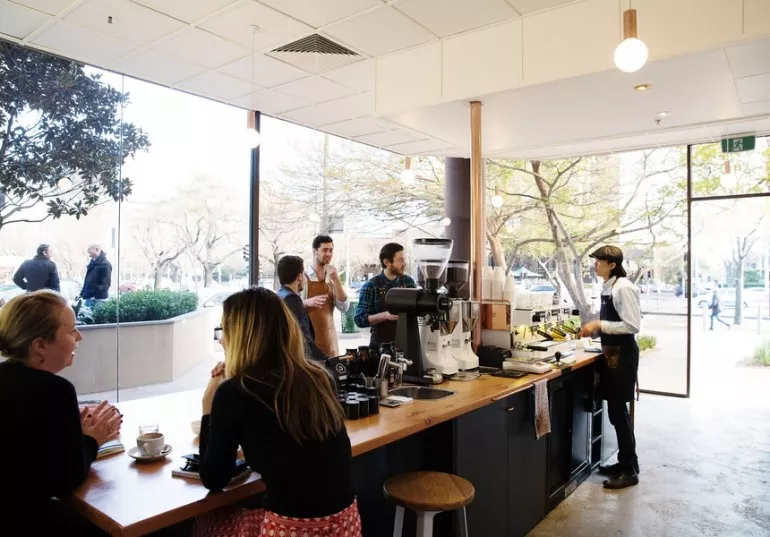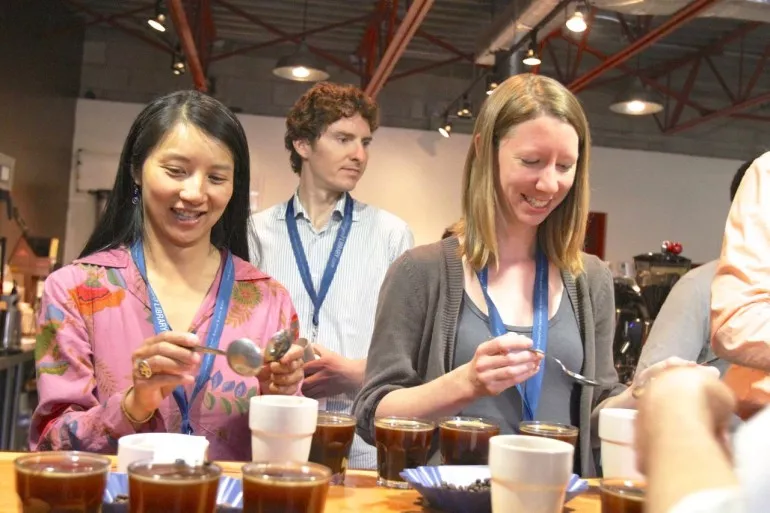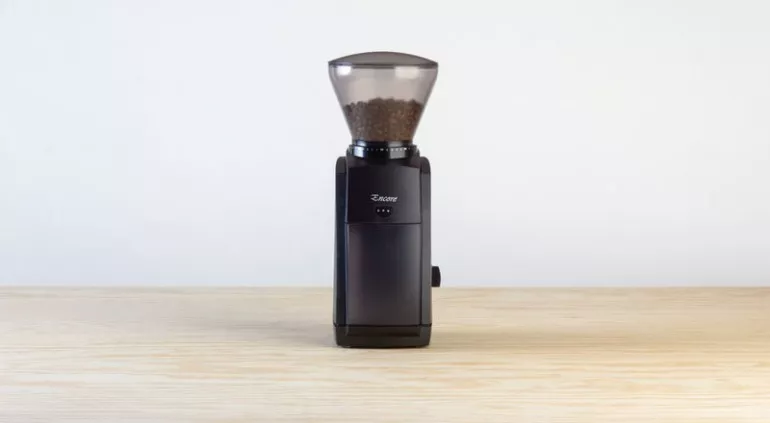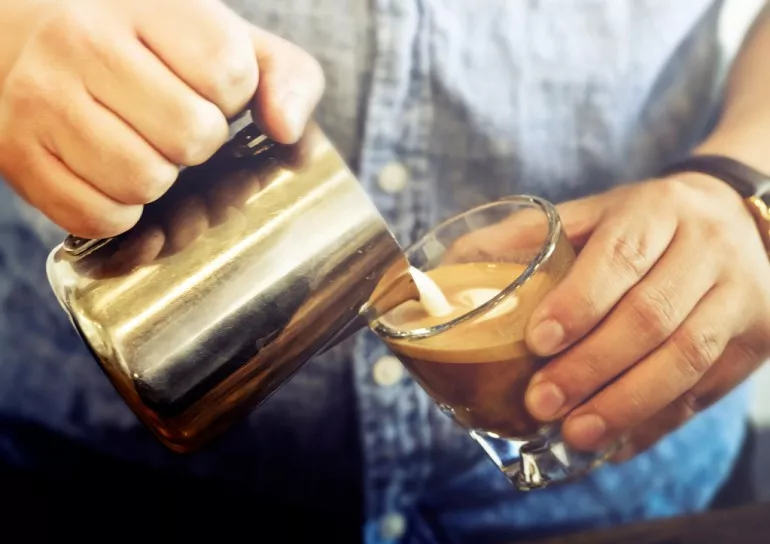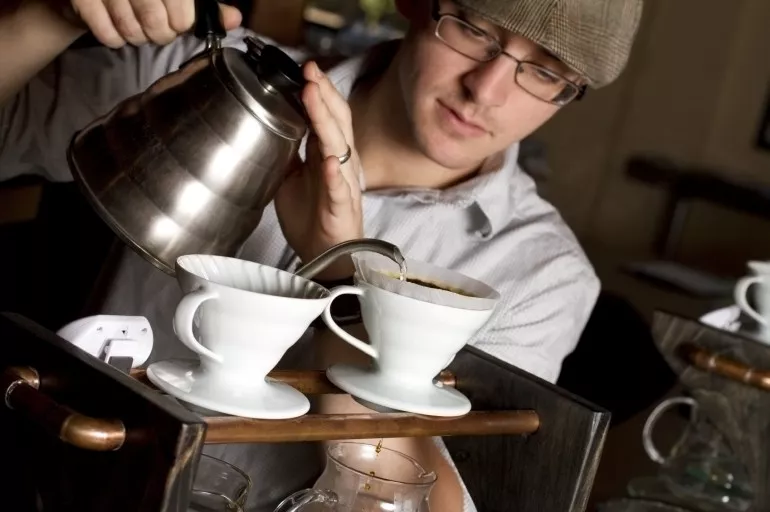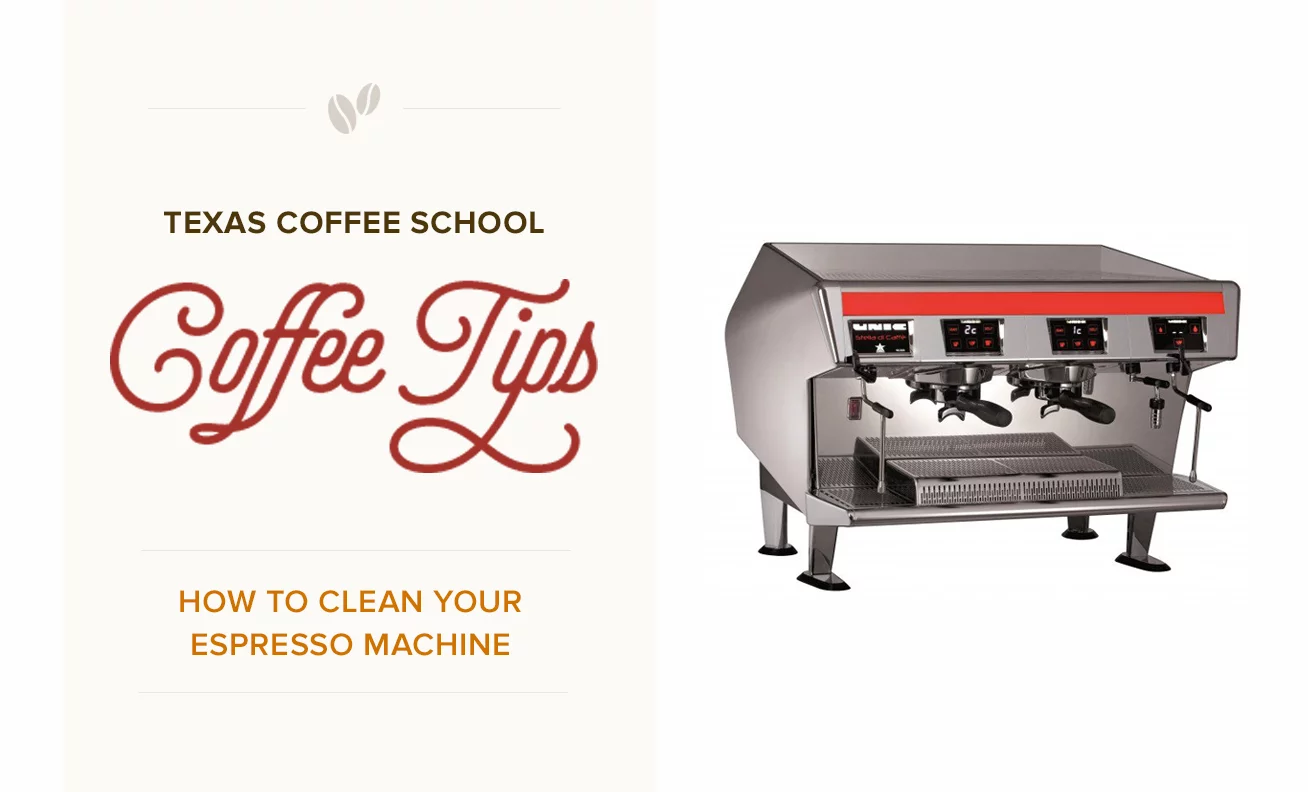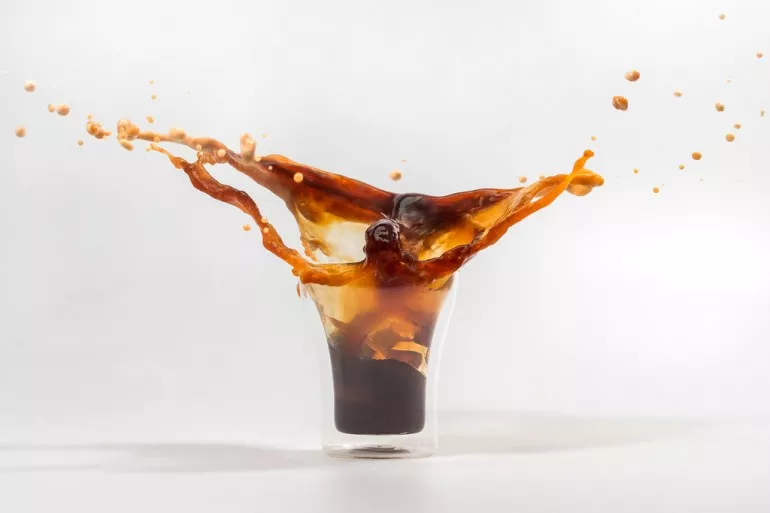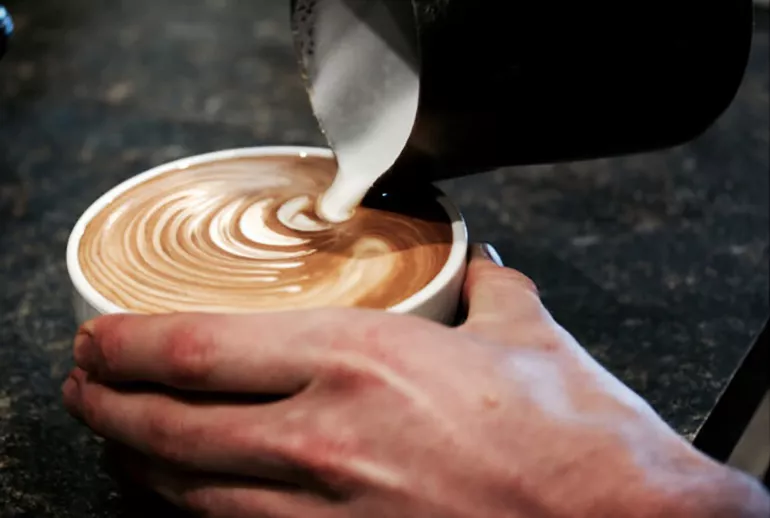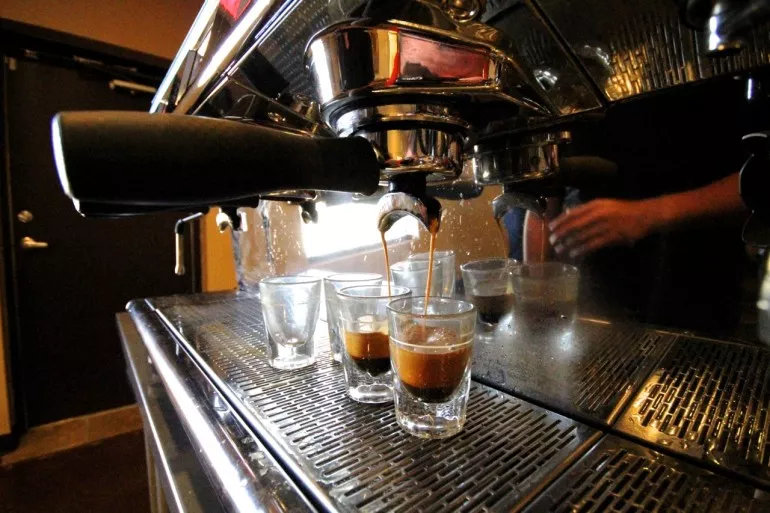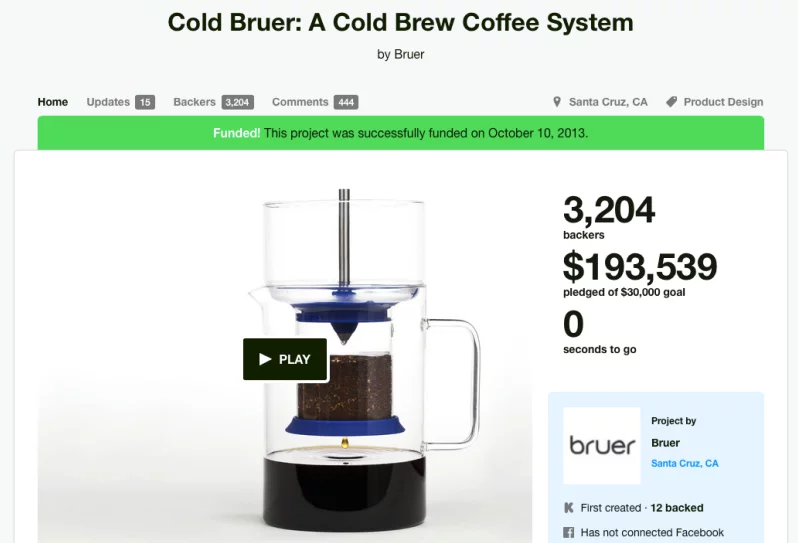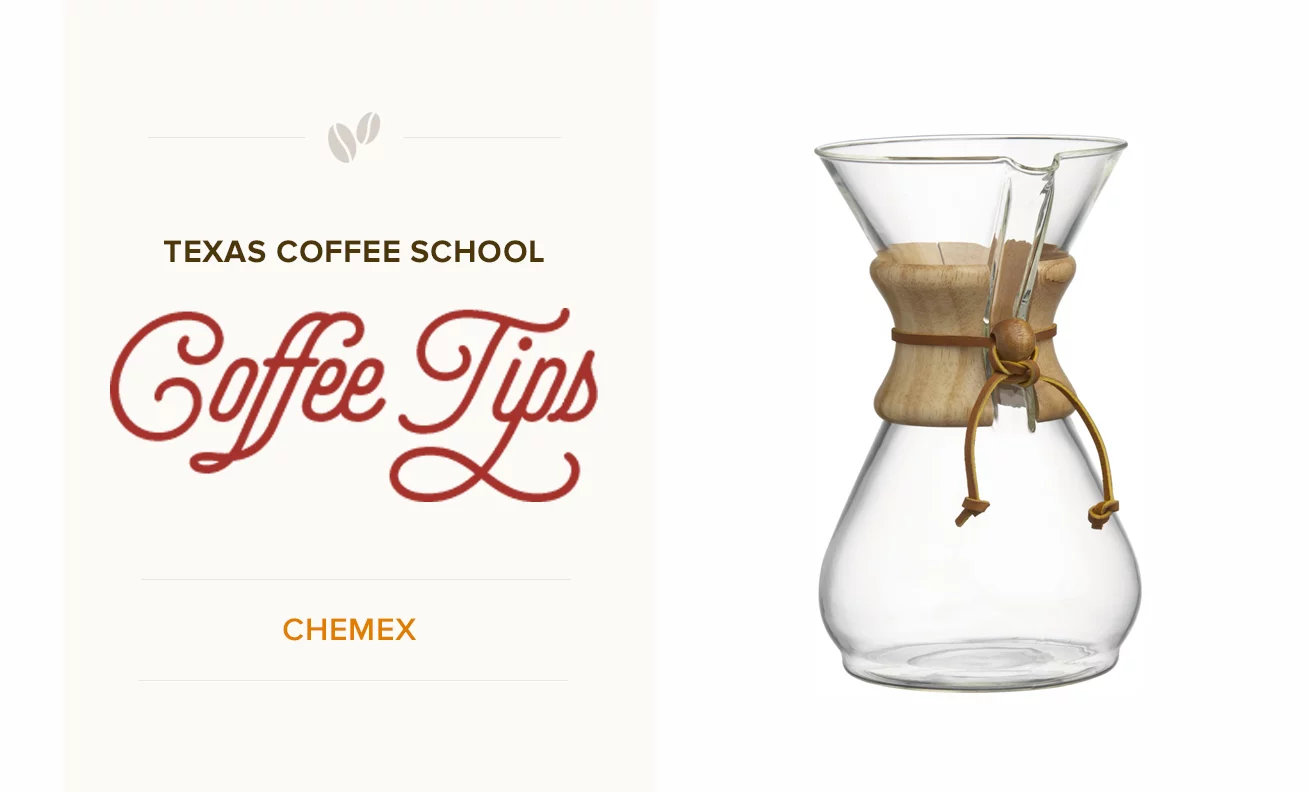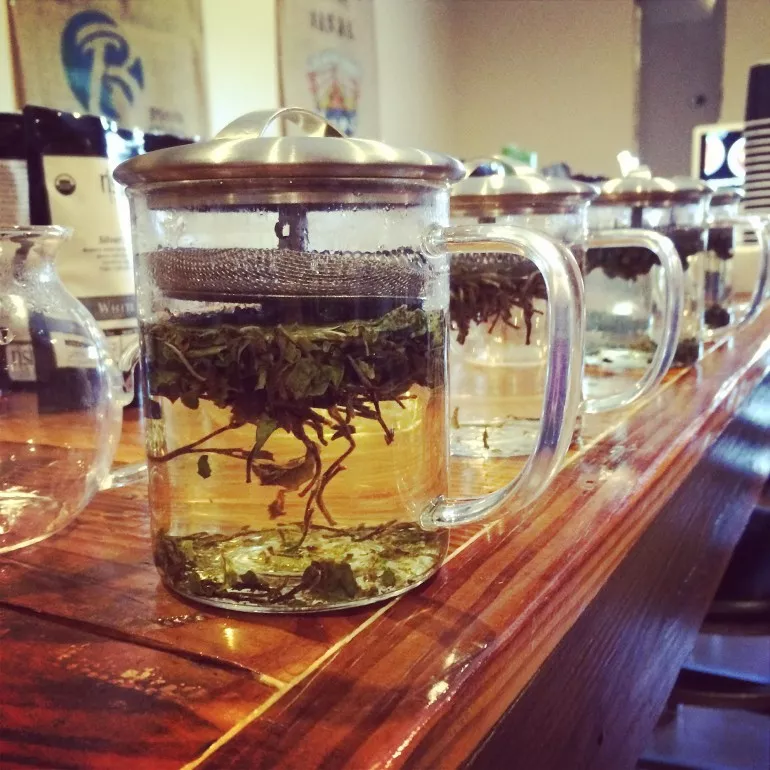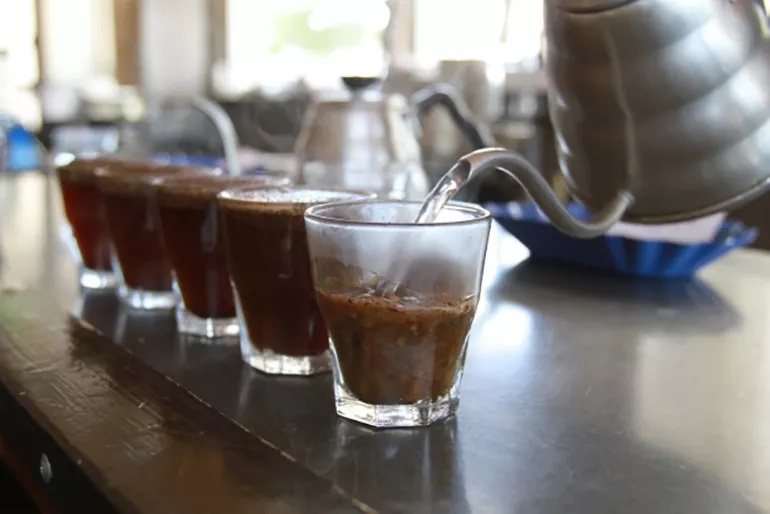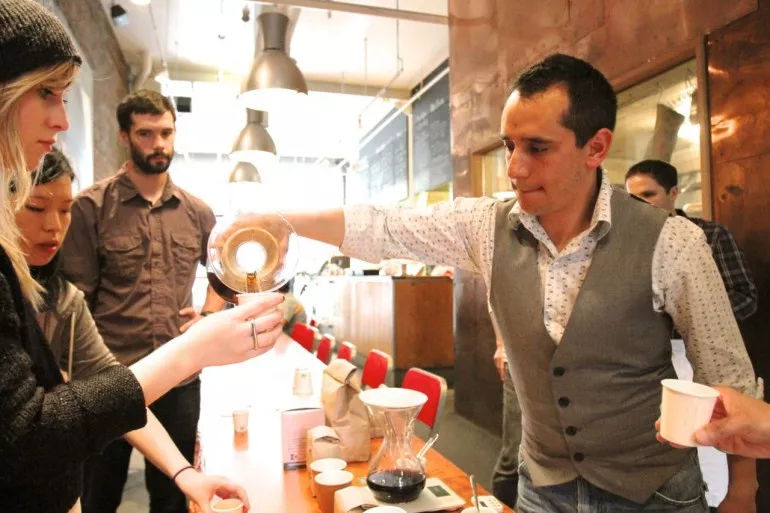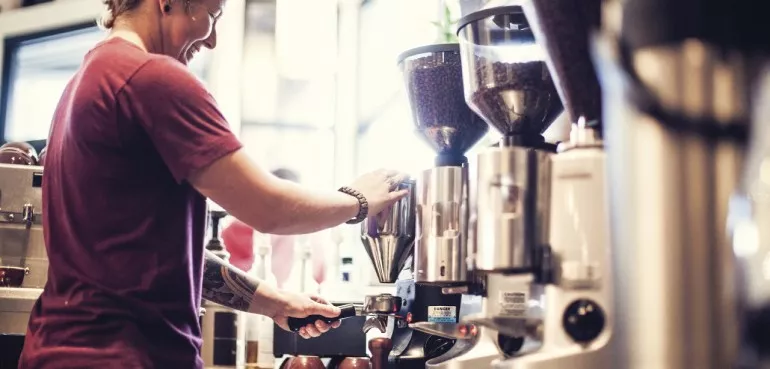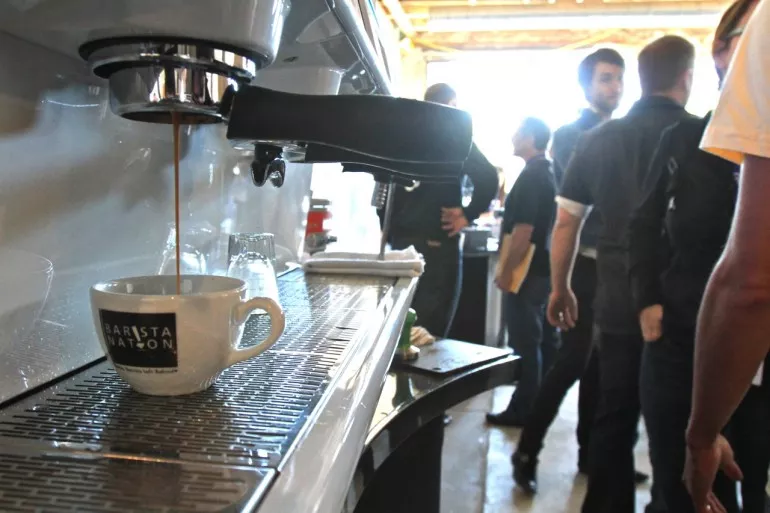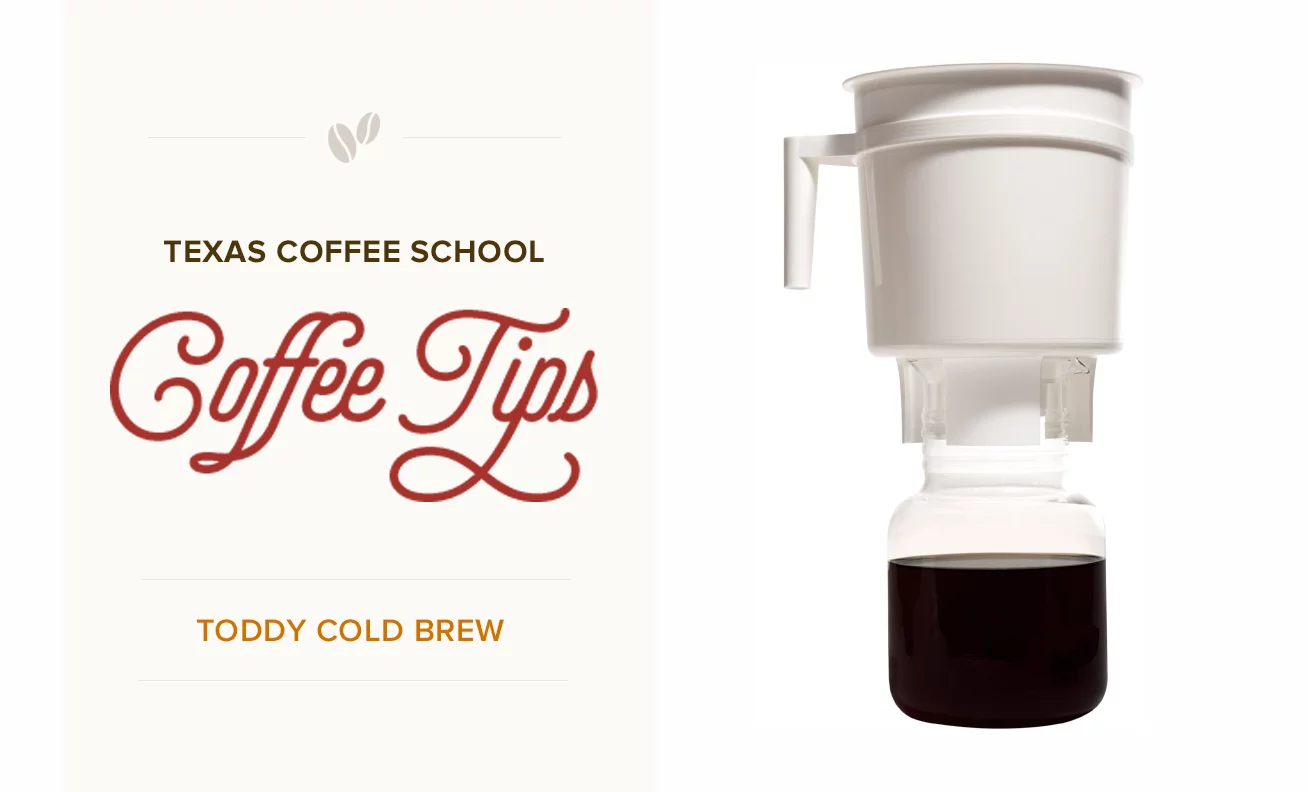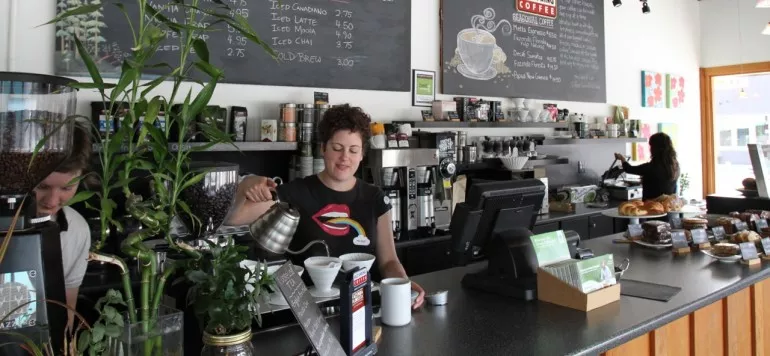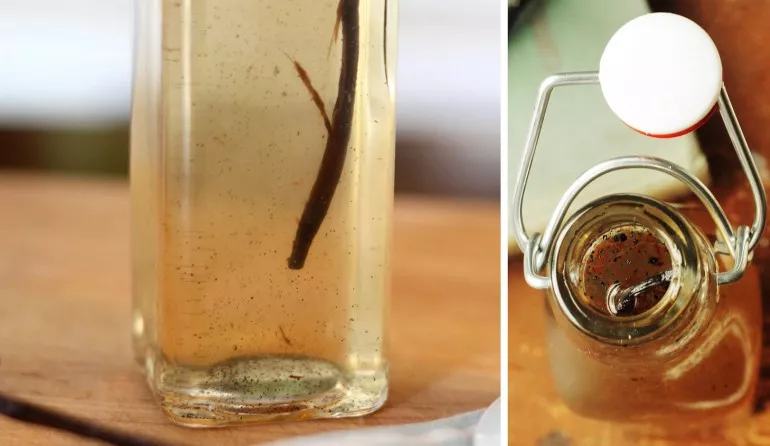
To Flavor or Not to Flavor? : A Barista School Guide to Better Flavored Lattes
When it comes to coffee, flavored syrups and other beverage additions it can be a divisive issue. Many coffee shops line their bars with several dozen flavor syrup offerings while other shops take a radically different approach, offering very few, to even no syrups at all. These are two wildly different points of view. One side of the conversation might argue “People have diverse likes and dislikes. We want people to be able customize and personalize their drinks to their own liking.” while the other side might argue “Farmers put an immense amount of effort into growing the highest quality coffee possible. Many people have worked hard to preserve these special qualities all the way from tree to cup. We want to emphasize that rather than change it.”
Thankfully, the world does not need to exist only with these two extremes.
Let’s think of a similar situation in the world of bartending (in Italian, the word “barista” translates to “bartender,” after all). The people that manufacture spirits often put years of hard work into creating what they believe is the perfect gin or bourbon and while many people choose to enjoy these spirits alone, you won’t see many bartenders scoff when someone orders a gin and tonic or an old fashioned. Many bartenders, in fact, pride themselves on the creative concoctions they can invent.
Why should this be any different for coffee?
Something else to consider is that simple “specialty coffee” is a relatively new concept for a large number of consumers. If the goal is to capture the business of people who only know “big-chain” coffee drinks, while still standing out and celebrating local, high-quality, hand crafted beverages, consider not trying to emulate the way big chains create their drinks. (i.e. 2 pumps of this factory produced syrup, 3 pumps of that, add whip.) It isn’t likely that you will stand out from the crowd of copycats already doing this, and you are definitely not going to beat the fast food chains at their own game. Instead, try to bridge the gap and meet the customers in the middle, at least at first.
Too many times we have visited a specialty cafe and heard someone order a vanilla latte or something of the sort, only to see the barista sigh, roll their eyes and proceed to make a drink they feel to be “inferior.” By treating consumers this way we can never expect them to grow an appreciation for specialty coffee, rather, they will return to the large-chain stores they have been frequenting comfortably in the past, and receiving infinitely more personable service.
We’re not saying every cafe needs to offer caramel macchiatos or a dozen flavors (or flavors at all) but we do suggest that there is no reason to treat flavor additions to specialty coffee drinks as a mortal sin. Believe it or not, it is possible to create amazing drinks using the addition of flavored syrups and other ingredients to compliment the flavor profiles of specialty coffee. We just need to consider approaching it like a quality-oriented bartender or mixologist.
Many cafes have started to address this topic by making their own flavored simple syrups in house. There are several advantages to this strategy that make it a really great choice for many coffee businesses and cafes. Consider the following:
1. Quantity issues
– As previously mentioned, many people are accustomed to a page-long menu of flavors to choose from. When told “no, we don’t have that,” they are immediately removed from their comfort zone. Often their first reaction is to ask “why.” If the reason is “we want to focus on what the coffee tastes like, not what we can make it taste like,” you are essentially telling that person “what you like is bad and we know better than you do.”
No one likes to feel stupid.
By saying “we make all of our own flavored syrups in house and we offer these flavors….” People often appreciate the made-in-house concept and understand why you are not able to make 24 different handcrafted syrups.
2. Quality issues
– Many mass-produced flavored syrup brands use a variety of artificial sweeteners, preservatives and food colorings that more and more consumers are trying to avoid. These syrups are often overly sweet and taste the same as essentially every other brand making them. By making your own flavored syrups in-house you can create a product that is likely:
• Better for the consumer (aside from being an ethical issue this is also a strong marketing plus)
• Better tasting – by selecting quality ingredients to make these syrups it is easy to create a product far superior in flavor to most commercial brands.
Now that we have gotten over the stigmas and fears of flavoring our lattes, here are a couple barista school DIY recipes to get you started on the path to really “wowing” your customers whether they are drinking their coffee black or with your delicious, house-made syrups:
Bring each recipe to a boiler and then reduce to simmer for time directed.
Simple Cane Sugar Syrup
(Simmer 5 minutes after boil)
3 cups cane sugar
3 cups water
Vanilla Syrup
(Simmer 10 minutes after boil)
4 cups cane sugar
6 cups water
4 vanilla bean halves
1 TBSP vanilla extract (add this once the syrup has been removed from the heat-source. If you can find the clear vanilla bean extract it looks and tastes a little better)
Cinnamon Syrup
(Simmer 10 minutes after boil)
3 cups cane sugar
3 cups water
3 tsp. cinnamon (Vietnamese cinnamon if available)
Autumn Spice Syrup
: (Simmer 10 minutes after boil)
3 cups sugar (brown sugar works great for this one!)
4 cups water
1 ½ tsp. cinnamon (Vietnamese cinnamon if available)
1 tsp. nutmeg
1/2 tsp. all spice
¾ tsp. ginger
Use these barista school DIY recipes to get you started but don’t be afraid to experiment! Let your creativity flourish when thinking about your drink menu. Most of these barista school DIY syrups can be easily adjusted to accommodate other ingredients. Don’t be afraid to create new flavors! If you are looking to learn more about our
Continuing Education
Texas Coffee School offers a variety of coffee classes and barista training courses with the addition of coffee business classes to enhance your coffee education. Click here for classes and enrollment details.
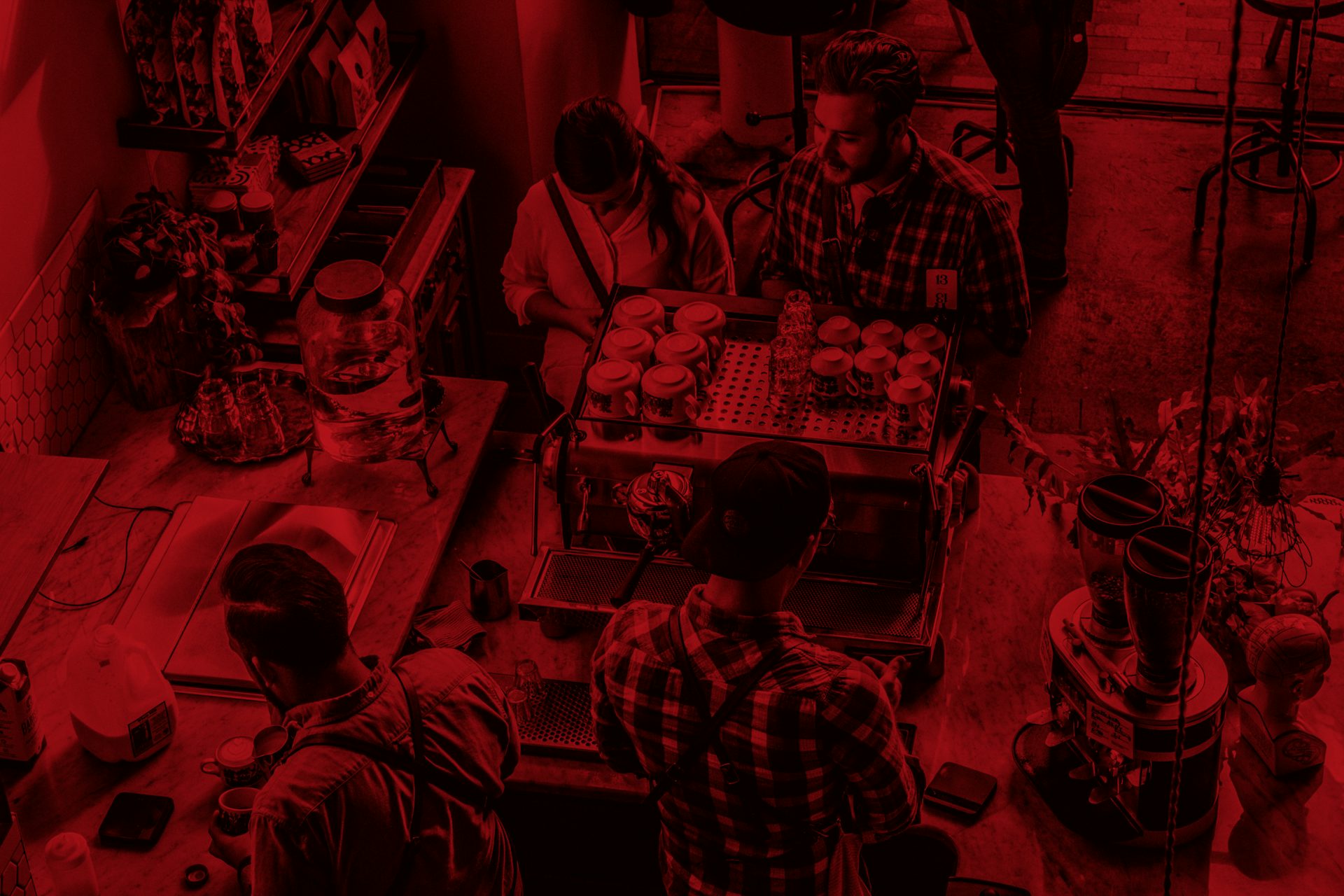
Register for a Coffee Class
The Best Coffee Training Available
We’ve helped hundreds of students successfully launch their own coffee shop businesses. Join us in our 5-Star Rated Coffee Classes, whether you’re an aspiring entrepreneur looking to open a coffee shop, a manager, a barista or home enthusiast looking to sharpen your skills.
